In late September and early October, Angela and I took our first trip to Asia with stays in Tokyo, Hong Kong, and Kyoto. We sprinkled in several day trips from Kyoto to ensure our experience was as varied as possible. Over two and a half weeks, we experienced the best hotel stays ever, walked more than a hundred and fifty miles in hot and humid conditions, experienced wind gusts from a typhoon, and enjoyed a lot of what Japan and Hong Kong have to offer.
In addition, this was our first international trip primarily funded with credit card points and airline miles so I’ll explain how I planned the trip with an eye on minimizing the out of pocket costs while maximizing the sense of luxury.
Why these places?
Before last year, we had no specific intention to travel to Japan or Hong Kong. We knew we’d eventually end up in Asia because we have a strong interest in interacting with elephants in Thailand, but we didn’t feel like a trip to the continent was a huge priority. However, after learning of an award travel sweet spot (which I’ll cover in more detail shortly), I decided it was an opportunity that we had to take advantage of before it disappeared. With the schedule flexibility that I’m afforded due to my line of work, there’s no reason not to grab the high value awards while they exist. For what it is worth, this is a continuation of the reasoning that led to our trip to Mauritius.
The sweet spot specifically covered air travel to Japan. As long as we were so far from home, I reasoned we should visit at least one additional country. After doing some reading, I settled on Hong Kong for our short intermission from Japan because it would be different enough to provide a meaningfully unique experience and small enough to hit some highlights during a relatively short stay.
Planning the trip
This trip was going to be a big one, so I planned it in several stages using things I’ve learned from reading the /r/churning and /r/awardtravel subreddits along with various blogs, nearly all of which are aggregated at Miles Feed. I had a basic outline of how long I wanted us to spend on the trip and where I wanted us to go and I worked from there to keep costs relatively low while providing us with a luxurious experience.
Booking the sweet spot
The focal point of this particular trip was the round trip flight for two people to Japan from the United States and, as such, that was the item I worked on booking first. Booking award flights can be complicated and it can be difficult to gauge if you’re getting a good value, but this one was fairly straightforward. There are clear restrictions on what can be booked, an easily determined value for the booking, and a coherent set of steps to follow.
A round trip ANA First Class flight from the west coast of North America can be booked (at the time of this writing) using 110,000 Virgin Atlantic Flying Club miles plus taxes and fees. The flight must be operated by ANA and both the outbound and inbound flights must be non-stop from (or to) a North American gateway city to (or from) Japan. I searched for availability on United’s website, called Virgin Atlantic to put the tickets on hold, transferred over the miles needed from American Express Membership Rewards, and then called Virgin Atlantic to finalize the booking.
I was able to transfer American Express Membership Rewards points to Virgin Atlantic Flying Club miles at a ratio of 1 point to 1.3 miles because of a limited time transfer bonus (that has since been repeated every six months or so). As such, it only required 170,000 total Membership Rewards points to make the booking. The Membership Rewards points were earned via a single signup bonus (and the spending required for it) on my American Express Business Platinum Card.
The total cash outlay for taxes and fees was $166.12. The retail value of the tickets (at the time I made the booking) was $35,897.32. I will cover the flight experience in more detail later in this post.
Positioning flights and a single overnight
Once the linchpin of the trip was in place, it was time to consider what to fit around it. The first piece was positioning flights. As I’ve mentioned in previous posts, we generally fly Southwest on positioning flights from LAS to whatever hub we need to be in if we can’t build a flight from our home city into the main itinerary for some reason.
That’s what we did here, with a single overnight in Los Angeles at the beginning of the trip before leaving from LAX the next day. On the return, I only built in enough buffer to get through customs and to our gate for the flight home. I chose an overnight on the outbound because I wanted to make sure to account for anything that might go wrong – I’d hate to lose such a valuable booking because of a flight delay on an hour long flight!
I used Southwest Rapid Rewards points earned from credit card sign up bonuses for the positioning flights and paid a total of $22.40 in taxes and fees (we used our Companion Pass to stretch the points even further).
For our overnight, I chose the Renaissance LAX. I’m a big fan of the Renaissance brand, in general, but it also happened to be the cheapest property near the airport with free shuttle service. We tend to prioritize Marriott properties given that I currently hold Platinum Premier Elite status with Marriott and we do almost all of our hotel bookings in my name. We paid cash for this stay.
Japan to Hong Kong and back again
As my plans developed, I knew I wanted us to spend a few nights in Tokyo, a few nights in Hong Kong, fly back to the Kansai region of Japan to stay there as a home base for day trips, and then finish our trip in Tokyo before heading home. I’d read that booking short, single segment flights is best done with British Airways Avios and knew that there were a couple of quality Oneworld partners that might have availability. I also knew that I wanted us to experience a multitude of airlines on this trip so we can best decide where to spend our miles in the future.
The first regional flight I booked was HND to HKG on Japan Airlines. This flight was scheduled on a retrofitted 777-200ER featuring JAL’s brand new Sky Suite III.
The return to Japan was booked on Cathay Pacific from HKG to KIX flying their recently introduced A350. We had previously enjoyed this particular aircraft from MRU to CDG during our vacation to Mauritius and I was eager to try it again with another carrier.
Each flight was 40,000 BA Avios for the two of us in business (20,000 each). The total taxes and fees were $71.84 and $83.16, respectively. I transferred the Avios from Chase Ultimate Rewards which we earn from ongoing spend on dining and travel as well as through my business.
Figuring out where to stay
With our major transport booked, it was time to figure out where we were staying and for how long. I wanted our hotel stays to match our prospective activities, which I had basically determined as the following:
- Three night stay in Tokyo – two full days of tourism while fighting jet lag
- Three night stay in Hong Kong – one full day of tourism and one full day of work
- Seven night stay in the Kansai region – day trips with a relatively heavy workload in the evening
- Three night stay in Tokyo – remaining tourist activities with a heavy dose of relaxation
With this outline in mind, I booked a standard room at the Hyatt Regency Tokyo for 12,000 World of Hyatt points a night for our first stay in Tokyo. I knew we’d be spending a minimal amount of time in the room and we’d be so exhausted at night that we would fall asleep as long as there was a comfortable bed. A business hotel seemed perfect. I transferred Chase Ultimate Rewards to the World of Hyatt program for this booking.
For Hong Kong, I booked a stay at The Ritz-Carlton, Hong Kong on a cash rate to ensure that we’d have the view I wanted without having to rely on an upgrade. I booked a room with Club Lounge access so we could relax, eat our fill of food, and so that I’d have a pleasant place to work. To be quite frank, staying at this hotel was a big reason we were even going to Hong Kong in the first place, so there was never really any question about where we were staying during this part of our trip.
In the Kansai region, I redeemed a 7-night certificate (that I’d received as part of a travel package redemption that included United Airlines miles used to book a future trip) for a Deluxe Room at The Ritz-Carlton, Kyoto. Our day trips wouldn’t take all day, so I wanted somewhere comfortable for Angela and I to relax and for me to work comfortably at night. It helped that this is one of the best reviewed Ritz-Carlton properties in the entire world.
For the final part of our trip, I booked us into a standard room at the Andaz Tokyo Toranomon Hills for 25,000 World of Hyatt points a night. I knew we’d want somewhere to relax, comfortably, as we prepared to return to normal life and this seemed like just the place. Additionally, I really wanted to try out the Andaz brand to see if it would be a good fit for us during future travels. Again, I transferred Chase Ultimate Rewards points to the World of Hyatt program for this booking.
Getting around
The final piece of the puzzle was how to get around Japan and Hong Kong. Luckily, this part proved extremely straightforward. For our time in Japan, we purchased the Japan Rail Pass for long-distance journeys between airports and cities. Once in Tokyo, we purchased a Pasmo card for each of us. Pasmo is a branded reloadable IC card usable on mass transit around many Japanese cities, including Tokyo, Osaka, and Kyoto.
For our stop in Hong Kong, I purchased a round trip airport express card with three days of unlimited mass transit travel for each of us. It was the easiest option, but not strictly the most economical. I was willing to spend a little bit more for flexibility and ease of use.
Through the judicious use of HyperDia for figuring out time tables on longer journeys and Google Maps for finding subway routes, we didn’t have any problems getting around. It helped that most major transit stations had copious amounts of English, as well.
A great start in an unexpected place
As previously mentioned, our first stop was the Renaissance LAX for a quick overnight. The team at the hotel reached out to me via email a few days before the stay asking what our plans were and when we’d be arriving. I wrote back with a few quick details, including our flight times, and indicated we would be staying a single night before we jetted of to Japan the next day.
Upon arrival, we were automatically upgraded to a very nice junior suite. Concurrently with our entry into our room, a staff member arrived and delivered a huge charcuterie board with crackers, cheeses, meats, and some pickled vegetables. We also received a complementary bottle of wine. Most surprisingly, the tray included a personal note wishing us well on our trip – it even had a big sticker of Mount Fuji on it!
To say the staff at the Renaissance LAX went above and beyond would be an understatement. Most importantly, the room was clean, cozy, and comfortable. We had a few bites at the on-site restaurant, Studio 12, and were delighted by the quality and variety of what was on offer. We’ll definitely make it a point to stay at the Renaissance LAX in similar situations in the future.
Our first international first class flight
The next morning, we woke up well-rested and extremely excited for our first international first class flight. While we’d flown international business class a few times on a variety of carriers, we didn’t know what to expect from first class – would it really be that much different?
We rode the hotel shuttle to our departure terminal and quickly made our way through security. We headed to the Star Alliance First Class lounge to eat some breakfast and relax while we waited for our flight. The lounge was a delightful place to spend a few hours at the airport. We each ordered an omelette and I followed that up with a steak salad. Everything on offer was scrumptious and my steak was cooked perfectly.
After finishing our meal we moved to large recliners to relax until our boarding announcement was made.
We were informed, when checking in at the lounge, that we needed paper boarding passes for the flight (in spite of the fact that ANA checked us in automatically and emailed us mobile boarding passes). Luckily, we didn’t have to do anything. One of the lounge attendants took our passports and retrieved our boarding passes for us while we relaxed.
Before too long, we were on our way to the gate and boarding the plane, a 777-300ER. The first thing I noticed about our seats was the amount of surface area that each open suite occupied. The seat was huge and there were plenty of storage compartments for everything I needed accessible during the flight. I instantly knew that there would be no issues with comfort for the next 11 hours.
After getting everything stowed, the flight attendant approached and asked if I’d like to change into my pajamas. I affirmed that I would and was led to the larger front lavatory to change. The flight attendant was standing by when I exited and took my street clothes from me – I had no idea what was happening but handed them over to be taken care of. The pajamas on offer are extremely comfortable, although the sizing is a little odd. I was offered a set of large pants and shirt. The shirt was quite snug but the pants were extremely loose – I don’t know if it is just my larger than average frame or if others experience this as well. Angela fit in her pajamas without any issues.
I was offered a pre-departure beverage shortly after returning to my seat and chose water. Angela chose champagne and we gently toasted each other as we prepared for take off.
We were on our way shortly thereafter with a smooth take-off and climb to cruising altitude. The flight attendants started meal service as soon as we leveled out. I requested sparkling water with lime, my go-to drink on longer flights, and Angela chose a German Riesling from an extremely lengthy wine and cocktail menu. After pouring our drinks, the crew set our tray tables with white linens and a full set of cutlery.
I won’t discuss dinner in much detail other than to say the quality of food far surpassed most meals I’ve had in restaurants, let alone on an airplane. The service was attentive and friendly and I got the feeling that I could ask for anything within reason and it would not be a problem at all.
After we ate, I pulled out my laptop to work during the flight and was treated to an endless series of sparkling water and espresso refills. I never had to press the call button or otherwise summon an attendant as someone would just magically appear when I needed to be topped off.
I got hungry in the middle of the flight and decided to order some food (which you can do at any time, an awesome touch in my mind). I opted for a panini and ANA’s classic curry. Both dishes were fantastic tasting.
After my light dishes, I reclined my seat and got some sleep. I woke up tucked in and covered by a large duvet, a pleasant surprise. This was the first time we’ve flown in a lie-flat seat where I felt like I had room to move around while sleeping. The seat was larger than any I’ve previously experienced – always a plus with my wide shoulders.
Angela, being smart and anticipating that she’d want to rest, asked the flight attendant to make up her bed. They rolled out a mattress pad for her, which was apparently quite comfortable, and gave her a large foam pillow separate from the one distributed on the seats prior to boarding.
Shortly before landing we were offered an additional meal. I was so full by this point that I just requested a fruit plate to tide me over until we could get out of the airport and to our hotel. Angela requested the same with tea service.
If I had any complaint about the flight, it would be the extremely limited WiFi bandwidth you’re granted. Even as first class passengers, we were limited to 100MB total of data between takeoff and landing which required some careful rationing on my part. Other than that, the flight was perfect in every way – the seat was awessome, the food was great, the service was excellent, and we left the plane feeling relaxed and refreshed. We even got a personalized card and gift from the flight attendants when we arrived in Japan.
I wondered if the international first class experience would be demonstrably different from a business class one and it ended up surpassing my expectations. There’s no way I’d pay retail price for this particular flight but I was more than happy to redeem points for it and would do so again without hesitation. It made me even more excited for the first class flights we have booked for next year on various carriers.
Our first night in Tokyo
After deplaning, we made our way through immigration and customs and headed to the train station attached to the terminal. There, we purchased tickets on the Narita Express to Shinjuku station. The Narita Express is included as part of your Japan Rail pass, which I mentioned previously, but we wouldn’t be activating our pass until we returned from Hong Kong so it didn’t do us any good at this point.
After a train ride of about an hour we arrived at the station and headed for the exits. The Hyatt Regency Tokyo is about a half mile from Shinjuku station so we figured we would walk rather than take a taxi.
As soon as we made it outside we were hit with the full force of Japanese humidity and subjected to a moderate rain shower. I started sweating immediately and, by the time we made it to the hotel, I was dripping perspiration from my face. I felt like a monster as we checked in. We made it up to the room, which was exactly as expected, and freshened up. Angela went to sleep and I did a bit more work before joining her.
Parks, shrines, and schmoos in tall buildings
Our first day started with a big breakfast at the hotel. In general, we try to eat a hearty breakfast that will keep us full throughout the day so we don’t have to stop sightseeing until it is time for dinner – that was our plan throughout this trip and it worked well. Hotel breakfast isn’t always the most exciting, but it is generally reliable in terms of the items on offer.
After eating our fill, we headed out to get a feel for Tokyo and see the first few things on our list. Our first stop was conveniently located next door to the hotel, Shinjuku Central Park. This park plays hosts to a shrine where we experienced our first true taste of Japanese culture.
That third picture is of a Torii gate, something you’ll see a lot of throughout this post.
Our next stop was the Meiji Shrine a few miles away. The shrine is located inside of a massive forested park with a variety of winding paths. As you approach the shrine, you pass through one of many huge Torii gates.
You then encounter a ritual washing station called a temizuya that was present in some form at every Shinto shrine we visited. There, you can perform a purification ritual known as timizu.
Finally, you reach the shrine’s structures. They are complex and beautiful without being unnecessarily ornate. I thoroughly enjoyed the architecture of all the shrines we visited with the Meiji Shrine setting the standard for the rest of the trip.
As we left the park, we took a path past barrels of sake and wine that are consecrated and offered in memory of the deified souls of the emperor and empress that, supposedly, reside at the Meiji Shrine.
We took a trip back to the hotel to cool off, but not before stopping to briefly admire some of Tokyo’s varied architecture. While Tokyo often felt like “just another big city,” there were definitely some distinctive buildings that stood out in the skyline.
After cooling off, we walked across the street to visit the Tokyo Metropolitan Government Building which houses observation decks on the top floors of the north and south towers. The best part is that, unlike Tokyo Tower or the Tokyo Skytree, access to the observation deck is free and easy. We first stopped at a small exhibit dedicated to the 2020 Olympics which will be hosted by Japan.
Then, we headed to the top where we were treated to clear views of most of the city. The thing that really stood out to me was the building density and how the city seemed to stretch forever. It was really a sight to behold.
After returning to the ground floor we set off through the main Shinjuku shopping district towards a few other parks that were on the docket for the day. On the way, we decided to stop for lunch at a restaurant where no one really spoke English. In this case we lucked out that they had picture menus for tourists. We pointed at some dishes that looked good and went from there. The view from our seating was great (and we got to have an aerial look at the next place we were going to visit).
Eating local food in a foreign country is part of the full travel experience, so we try to make it a priority when possible (and within the constraints of us not wasting time with food that we know we’re not going to eat). When the meal arrived, mine had a raw egg in a bowl that I had no idea what to do with, but everything else looked delicious.
Angela’s dish, which is pictured, was fairly similar to mine but had sashimi as the main component as opposed to my beef. Regardless, there were definitely things on the tray that we had no idea what they were and I happily gobbled them up. This became somewhat of a recurring trend.
We finished our lunch and set off for Shinjuku Gyoen National Garden, what is supposedly a beautifully landscaped complex. I say supposedly because after we walked quite a ways towards the entrance, we were greeted with a sign that showed the park was unexpectedly closed. We still don’t know why it was closed on that particular day, but we’ll just treat that as a reason to return to Tokyo in the future!
We walked further south to take a look at the new New National Stadium being built for the upcoming Olympics. It is huge and it was fascinating to see it about halfway done – you essentially stumble upon it in the middle of the city with no warning, which I found pretty neat.
Finally, we decided to take another walk through the Meiji Shrine complex on our way back to the hotel to grab a couple more pictures and walk a different path to see if anything popped up. The park was a bit more peaceful in the later afternoon.
By this point we’d already walked a dozen miles on our first full day, so we headed back to the hotel for some much needed rest, skipping dinner from sheer exhaustion.
An ancient temple and an expansive museum
Our destinations for our second day in Tokyo were fairly far away so we introduced ourselves to the subway system. The first step was to buy an IC card, which I have previously mentioned. This was straightforward, but the kiosk that we purchased our card from was initially out of card stock to issue us a pass. After we purchased the card, the screen showed a processing message for a longer time than I thought was appropriate until a small door opened next to the kiosk and a gentleman who worked for the rail system poked his head out. It was quite startling, to say the least.
He asked if we were trying to purchase a commuter card, which we were, and then added some to the machine’s inventory so they were issued to us properly. It was an amusing way to start the day.
We eventually got used to the public transit system in Tokyo, but it was definitely a struggle the first time we looked at a transit map:
Before long, we arrived at our first destination, Sensō-ji. Sensō-ji is an ancient Buddhist temple in Tokyo that has stood in some form or another since 645 AD. It is a wonderful complex of buildings, statuary, and artifacts. I highly recommend a visit to this temple to anyone in Tokyo.
If you’re interested in learning more about the temple, I recommend taking a look at the previous link. Otherwise, here are some pictures of the grounds that we captured.
After thoroughly exploring the temple, we headed off to the Tokyo National Museum which housed a plethora of amazing artifacts from the long history of Japan. To be quite frank, the sheer number of items is too much to discuss in detail, but we captured some shots of some of our favorites, including various printed items, clothing, and swords made by Japanese masters.
Following the museum, we walked through yet another beautiful urban green space, this time with lily pads.
Then, on the way back to the hotel, we stopped in to Starbucks for Angela to try the Crispy Sweet Potato Frappuccino, which I was informed was a complete delight.
Then, it was off to bed to prepare for our journey to Hong Kong the next day.
A comfortable flight, views to remember, and our first Michelin star dinner
We woke up early the next morning and took the limousine bus from our hotel to Haneda airport. It was an extremely straightforward experience as we were able to book our tickets via the hotel’s bell desk and hop on fifteen steps from the front door. The trip was relatively short, taking about an hour with a few stops along the way, and cost about $10 per person. I would recommend this over the train for anyone with a moderately large bag (including large carry ons like we had).
After checking in at a kiosk to get our boarding passes, we made our way to the Japan Airlines Sakura Lounge Skyview which, luckily, was extremely close to our gate. The food selection was quite good and made me happy that we’d skipped breakfast. I particularly enjoyed the Japanese beef curry with a huge helping of rice. The espresso machines had instructions in English, which was a delight, and Angela really liked the cold Oolong tea on offer.
Boarding started exactly on time and we were on our way within a few minutes. Japan Airlines was exceptionally efficient in getting people on board and with their onboard service. I ordered a kiwi juice, which was delicious, and settled in for the relatively short flight.
I was excited for this route because it featured JL‘s newest seats. My excitement turned to a bit of disappointment as I found the seats to be fairly uncomfortable. The padding was hard, the seats didn’t have separate section controls (just a take-off / landing to bed continuum), and I felt there was a lack of storage space. It was better than any economy seat, but definitely one my least favorite business seats we’ve flown in.
I also found that the flight attendant had to reach over my shoulder to deliver food, making it an uncomfortable experience for both of us. The meal service was efficient, but the flight attendants seemed to disappear afterwards. In short, I won’t be itching to fly on JL’s product again.
We made it to HKG safely and made our way from the gate, through customs, and to the train station in about fifteen minutes. We picked up our Airport Express passes and hopped on the train. It took about twenty minutes to get from the airport to Kowloon Station, helpfully located directly underneath the building containing our hotel. We passed through a luxury mall on the way to an elevator that whisked us up to the 103rd floor where we completed check-in.
Our check-in experience was great. Room keys were ready on arrival because I’d checked in through the Marriott app on the way to the hotel. The check-in agent recognized my Platinum Premier Elite status and gave us some coupons valid for a discount on spa services and free drinks at Ozone bar (the highest bar in the world). We were escorted to our room where a plate of macarons, some fruit, and several moon cakes were waiting for us. The escort asked if we’d like a dinner reservation at any of the places on property so I asked for her to book us at her favorite place. She recommended Tin Lung Heen, a Michelin starred Cantonese restaurant.
The first thing that struck us was the views – they were everything that I’d hoped for when I booked the room.
After we got settled in and refreshed we headed up to the Club Lounge for the first time to enjoy afternoon tea service. I instantly recognized that this was going to be a completely different lounge experience than at other hotels where access is complimentary based on status. There is a full wait staff ready to attend to your every need and the food is delicious and bountiful. If you are going to stay at The Ritz-Carlton, Hong Kong, do what you need to in order to get a room with Club Lounge access.
Afternoon tea was delicious and, after enjoying the full spread with savory and sweet snacks, I requested some more plain scones with clotted cream and jam. The staff was happy to oblige. We spent a lot of time in the Club Lounge over the next couple of days, so I’ll try not to talk about it too much, but the experience was absolutely amazing across breakfast, lunch, tea, and dinner.
That night we got dressed up and headed downstairs for our reservation. The meal was absolutely amazing – definitely one of the best I’ve ever had. We ordered a broad variety of dishes to share. We lucked into availability for barbequed Iberico pork shoulder that you usually need to order a day in advance. We had Peking duck for the first time and we even tried jellyfish, which we enjoyed quite a bit.
After a long day and a sumptious meal we returned to our room, admired the Hong Kong skyline at night, and got a great night’s sleep in preparation for the next day.
The standard Hong Kong tourist experience
The next day we decided to head to Victoria Peak, which I believe is a requirement for anyone visiting Hong Kong for the first time. When we mentioned our plans for the day to Nancy, our server at breakfast, she suggested a restaurant in Hong Kong Central for us, Yum Cha.
We took the MTR from Kowloon Station to Hong Kong station, a short ride of a few minutes. We exited the station and walked to the Victoria Peak Tram. Tickets were reasonably priced, the wait was short, and we were on our way with haste. The journey to the peak was definitely interesting. The car was packed tightly and the angle of descent can only be described as extreme. The ride was over in about ten minutes and then we were at the top.
The views were astounding. It was so exciting to be able to see Hong Kong island and Kowloon from a different perspective. Interestingly, we were at the same elevation while at the top of Victoria Peak as we were in our hotel room on the other side of the harbor.
We took the tram back down and then started off towards the Hong Kong Zoological and Botanical Gardens. Unfortunately, for the second time this trip we were greeted with an unexpected park closure so we couldn’t go in. We walked down some winding streets and main thoroughfares as we headed to lunch. I always love walking through a new city because you really get a feel for the locale and this was no different. We eventually made it to Yum Cha where we ate some delicious (and Instagrammable) steam buns and wontons.
We headed back to our hotel and enjoyed some scones while I worked for the rest of the evening and throughout the next day. Overall, our time in Hong Kong was a true delight. The luxury of The Ritz-Carlton, Hong Kong was a big part of that and we will definitely return. We have a few things we want to do next time we go to Hong Kong and I’m already excited to go back. The only thing that went wrong was we got stuck in an elevator between the 113th and 114th for about ten minutes before maintenance came to force the door open. I didn’t really mind and we got half off of our dinner because of it. We had some other passengers in the elevator who were definitely freaking out, though.
The return to Japan and another amazing meal
After a delightful three nights in Hong Kong we were back to Japan for an extended tour of the country. After reversing our journey on the Airport Express we passed through security and visited Cathay Pacific’s business lounge The Bridge. CX is known for having some of the best lounges in the world at their Hong Kong hub, so I was excited to see what was on offer. We were directed to the right after checking in and found the selections somewhat underwhelming. I checked one of the lounge reviews I’d saved and realized there was another part of the lounge on the other side so we walked past the reception desk and enjoyed a spacious, practically empty, lounge experience. We ate quite a few dumplings and steam buns and then enjoyed some barista prepared espresso while we waited for boarding to start.
We walked to the gate and arrived just as boarding was starting. Unlike with JL, boarding did not start on time. However, that was the only way in which JL was superior to CX. We boarded the plane and the experience was excellent from start to finish. The seats on the A350 were roomy and comfortable, the service was attentive and proactive, and the food was delicious. I was a little disappointed that the flight was only three and a half hours long.
When we arrived in Kyoto we headed to the train station and exchanged our JR Pass voucher for rail passes that we’d be using the remainder of our time in Japan. From the airport, we took the Haruka Express to Kyoto station before transferring to the subway and eventually coming above ground a quarter mile from our hotel.
Again, the check-in experience was great. We were escorted to our room shortly after arriving and everything was completed there. We were informed, much to my surprise, that breakfast would be included with our stay. The Ritz-Carlton brand doesn’t usually provide complementary breakfast, even to Platinum Premier Elite members; I was happy to accept the gift. Without going on and on about the hotel, our stay at The Ritz-Carlton, Kyoto was absolutely magnificent, from start to finish. The room was large and well-appointed, the staff ensured we were taken care of, and all of our needs (and then some) were met.
Our first night in Kyoto we decided to dine at La Locanda and chose a set menu. The experience was sublime. For the second time on this trip we had one of the best meals of our lives.
Underappreciated art and a journey to Arashiyama
I arranged an art tour from The Ritz-Carlton, Kyoto’s activities list for our first full day. After breakfast we headed to the concierge desk and started an intimate tour of the hotel with an inside look at many of the unique features that the architect and designer incorporated. The tour surpassed all of my expectations. Our guide was thorough and made sure we had a good time and we learned a lot of things that we would have otherwise overlooked. Angela captured some great pictures, of which I’ve posted a sample, and I would recommend the tour to anyone who makes their way to the hotel.
From here on out, you can assume that we took the train or walked to get everywhere otherwise this post will get quite repetitive. Our first day in Kyoto we decided to keep it simple and take a short journey to the western outskirts of the city. Arashiyama is a gorgeous area on the western outskirts of Kyoto home to quite a few old shrines and temples and a set of paths through a verdant bamboo forest. This was probably the single most picturesque area we visited on our entire trip.
Our first stop was the Tenryū-ji Temple, a Special Place of Scenic Beauty, as designated by the Japanese government.
Next, we meandered through the famous bamboo forest and snapped a few pictures of the delightful landscape.
Our next stop was the Nison-in Temple, which includes one of the most ancient cemeteries in Japan. Several emperors are interred at Nison-in and the gravesites are open to the public.
There is a huge bell at the temple which you are invited to ring. Of course we did so.
We continued to explore the Arashiyama area before heading back for the night – it was a great place to start our time in Kyoto and I highly recommend it to anyone visiting the Kansai region.
Our first Shinkansen ride and an ancient castle
Our second day trip from Kyoto brought us to Himeji, site of the eponymous Himeji Castle. After a quick trip on the Shinkansen (a Japanese high-speed train) we walked down the city’s main boulevard to the imposing hillside edifice. There, we were treated with open access to a reconstructed medieval fortress, which I encourage you to read about in the above link. We took a bunch of pictures as we ascended through the five story structure.
When we returned to the hotel, we changed and made our way to Mizuki, the on-site Michelin starred Japense restaurant. We were treated to an amazing Omakase (chef’s choice) sushi course. The chef carefully prepared every single piece and explained to us what we were eating. It was a great way to try things that I otherwise would not have ordered. The salmon, in particular, was quite delicious. The sea urchin is something I don’t think I would have tried if we hadn’t left it up to the chef. If you like sushi and have the opportunity, I highly encourage you to try it omakase style at some point.
One piece of advice that I had read before going to Japan. If you are eating sushi at a sushi counter, please ask if it is OK to take pictures of the chef or the dishes the chef prepares before you do so. It is apparently a sensitive thing at some places.
Another day of Japanese history in Osaka
Our next day trip started with a trip to Sumiyoshi-taisha, one of the oldest shrines in Japan having been built in the mid-900s. The architecture is unique because it was constructed before Chinese and Korean influences were imported into the country. One of the most impressive features of the shrine complex is the half-moon bridge that leads to it.
Next, it was off to Osaka Castle, which played a major role in Japanese unification during the 16th century. The history of Osaka Castle is extremely interesting and I encourage you to read the previously linked Wikipedia article to learn more.
On the way back to the hotel, we stopped to pick up Uncle Rikuro’s Cheesecake at Osaka Station. We specifically went out of our way to get this after we saw it featured in several places prior to our trip. While the flavor wasn’t my favorite, the texture was really interesting. I’m glad we made an effort to get one.
The treasures of Kyoto
Even though we had been in Kyoto for several days, we had yet to really explore the city. First, we made our way to the park containing the Kyoto Imperial Palace. The palace is one of the Emperor of Japan’s active residences but parts of it are open to the public. Unfortunately, pictures are not allowed inside. The grounds around the palace were fun to explore after seeing the beautiful structures within.
Next, we went to Fushimi Inaria-taisha. There are an astounding amount of torii gates at this shrine, each donated by a business or individual wishing for good fortune in industry (Inari is the god of rice and, believe it or not, rice represents industry and production in Japna).
While the shrine was packed, we were able to secure some good pictures, including one that makes it seem like we were all alone on the path of 10,000 gates. This was one of my favorite stops on our entire trip because it looked so surreal. The gates are packed together, base to base, and as you’re walking through them, it really seems like they go on forever. We also took this opportunity to imbibe some street meat.
Because we didn’t go far, we made it back to the hotel in the middle of the afternoon and were able to engage in one of our favorite rituals, afternoon tea. The tea service at The Ritz-Carlton, Kyoto is probably my favorite that we’ve done with every single item being delectable.
A sobering trip, a ferry ride, and fearless deer
Our final day trip from Kyoto was to Hiroshima and the nearby Miyajima.
Hiroshima is a place that is likely more important than many others in the history of the world. This is true not because of something that Hiroshima produced or some cultural movement that started there, but because of what happened to the city itself. If you are a student of history or humanity, I think it is a must visit.
Our first stop was the Atomic Bomb Dome, the famous structure you’ll see in most pictures of Hiroshima. The building survived because it was located almost directly underneath the hypocenter of the blast and was shielded, somewhat, from the shock wave that followed.
Next, we wandered around Hiroshima Peace Memorial Park which is packed with monuments to the victims of the bombing as well as structures that intend to promote peace and understanding and prevent the proliferation of nuclear weapons.
We made our way through the Hiroshima National Peace Memorial Hall and read reminiscences about the victims of the blast. It contains pictures of the city before and after the blast from different viewpoints and contains an art intallation of 140,000 mosaic tiles that signifies the number of victims whose lives were extinguished by the end of 1945. No pictures are allowed in this hall, but I can say that it is worth a visit.
Finally, we visited the Hiroshima Peace Memorial Museum which recounts the development of the atomic bomb and the events leading up to its deployment at Hiroshima. The museum contains artifacts from the city after the bombing, some of which have an accompanying story about the family or individual who donated the item.
The entire time we were in the vicinity of the park and museum, I felt viscerally ill thinking of the horrors of the atomic bomb. Angela and I are both well-versed in the arguments and counter-arguments as to its deployment, but I don’t know how anyone can go there and feel anything other than horror and shame. As an aside, while we were there I saw some guy wearing a shirt that said “Sons of America: Infidel Division” with an American flag patterned skull on it and I was absolutely disgusted by his tone deafness.
After Hirosihima, we were off to Miyajima to see the famous “floating” Itsukushima Shrine, which you can observe as you approach the island.
After landing on Miyajima, we wandered through the main shrine complex and were able to snap some more photos from a different perspective. Angela and I felt that the shrine area was extremely commercialized, even more than other tourist attractions we visited. As soon as you exit the shrine you’re greeted with a Starbucks – it was a little disorienting.
On the other hand, the plethora of human activity means that the fauna are more than happy to walk right up to you. We were able to get extremely close to several deer and even managed to take a selfie with one. After purchasing a few snacks, an intrepid deer tried to grab it out of our hands as we were eating!
The return to Tokyo
After a tourism free last day in Kyoto, we were off to Tokyo the next morning to finish off our trip. Unfortunately, this was a little more exciting than we anticipated. With Typhoon Trami bearing down on mainland Japan, the rail companies decided to do a last-minute cancellation of all trains heading from Kyoto to Tokyo at noon. Luckily for us, we happened to arrive at Kyoto Station at 11:45AM and made it through the ticket line quickly enough to purchase tickets for the 11:58AM train to Tokyo Station. The train was packed to the gills and we ended up spending two and a half hours standing in a sardine can.
We eventually made it to Tokyo and checked in to the Andaz, which turned out to be a fairly nice luxury hotel. The room we were provided was large and comfortable and the hotel offered all guests wine and snacks in the lounge between 6PM and 8PM every evening with non-alcoholic drinks provided for free at all other times.
Our first night at the Andaz was an interesting one as the typhoon made its way through an area close to Tokyo and the building was hit with heavy winds. We woke up to the skyscraper swaying noticeably with a loud continuous howl for almost two hours in the middle of the night. It was definitely an experience.
Sushi worth the wait
The heat was intense our first day back in Tokyo, so we decided to lay low for most of it. However, we did venture out to enjoy some local cuisine at Umegaoka Sushino Midori Ginza. We lined up and waited about an hour for our number to be called. As a reward for the wait, we were treated to the biggest cuts of fish I’ve ever seen. We ordered a bunch of tuna and a couple of rolls and everything was absolutely delicious. Afterwards, we made our way to Manneken for Belgian waffles. After a few hours of decadent eating it was back to the hotel to relax and stay out of the heat.
That night, we were treated to an absolutely clear sky which allowed us to capture some breathtaking views of the Tokyo skyline from our room.
Another palace, a memorable plaza, and a beautiful garden
Our final day in Japan was full of walking in preparation for sitting on a plane the next day. First, we headed to the Tokyo Imperial Palace to see the surrounding scenery. Again, this is an active residence of the Emperor of Japan and, while tours are allowed, they are restricted and require advance signup which we didn’t want to commit to. The grounds were pleasant enough, though.
Next, it was off to an attraction that Angela kept secret from me until we arrived. Excitedly, I discovered that we had arrived at Godzilla Square, featuring a nine foot tall statue of the eponymous monster. I did my best to strike poses in horror and imitation.
Finally, we wandered through the most beautiful public green space that we visited in Japan, the Hamarikyu Gardens. The relatively modern grounds were manicured and beautiful. Beside that, they contained spots of historical interest related to the Tokugawa Shogunate that had previously owned the grounds.
A grand trip, complete
That stroll through the garden completed our trip to Japan as we packed up and headed home the next day. The flight to Los Angeles was just as much a delight as the one to Tokyo had been, and the Southwest flight to Las Vegas was not noteworthy in any way, the best you can hope for from Southwest.
I’m so happy we took the opportunity to visit Japan and Hong Kong and that we were able to do so in such luxury. We will definitely return to both places in the future and are looking forward to more varied and interesting adventures when we do. If at all possible, I highly recommend a trip with a similar itinerary to anyone even remotely comfortable with trying something different.
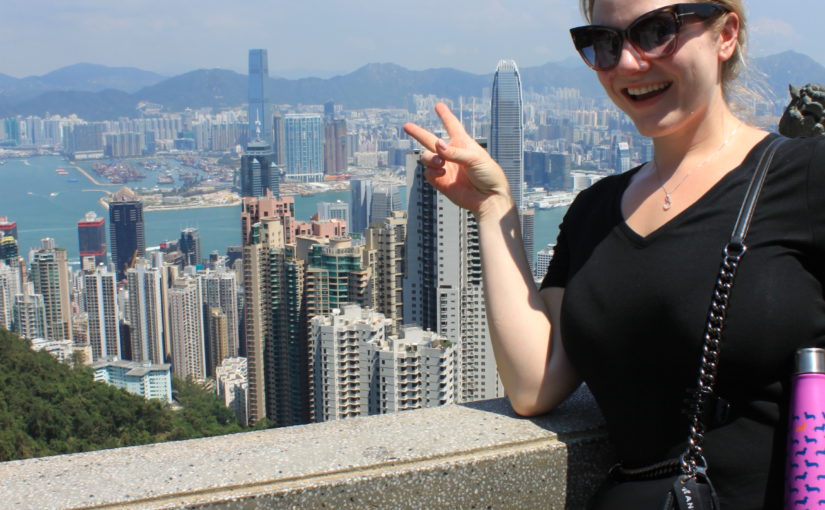
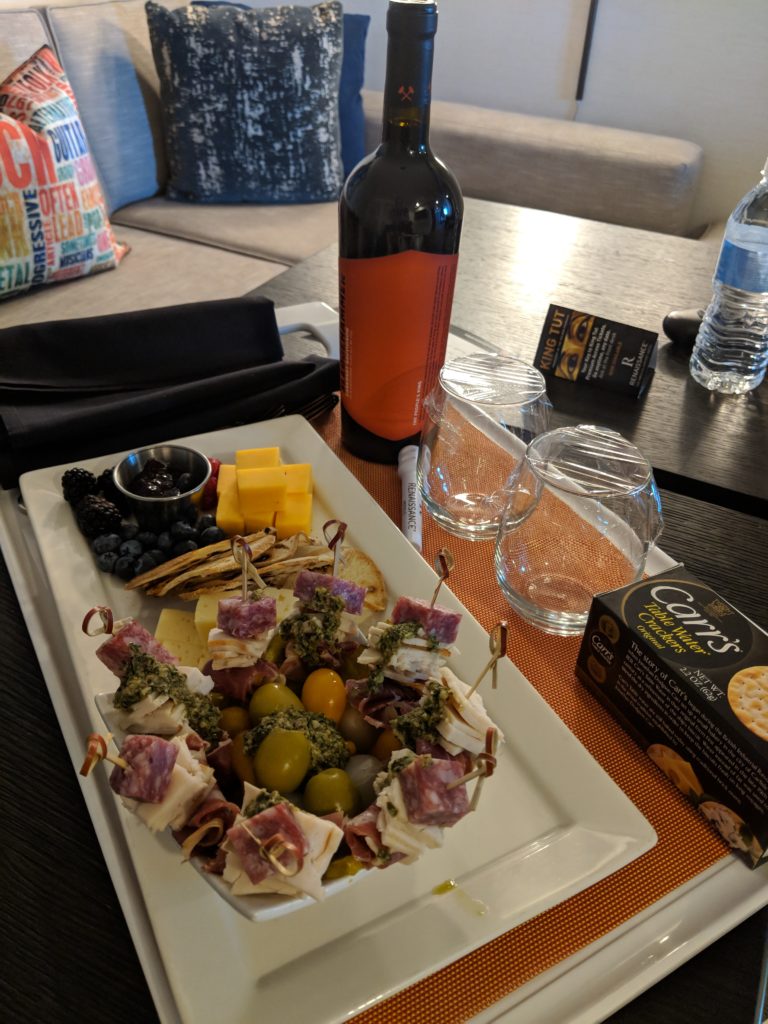
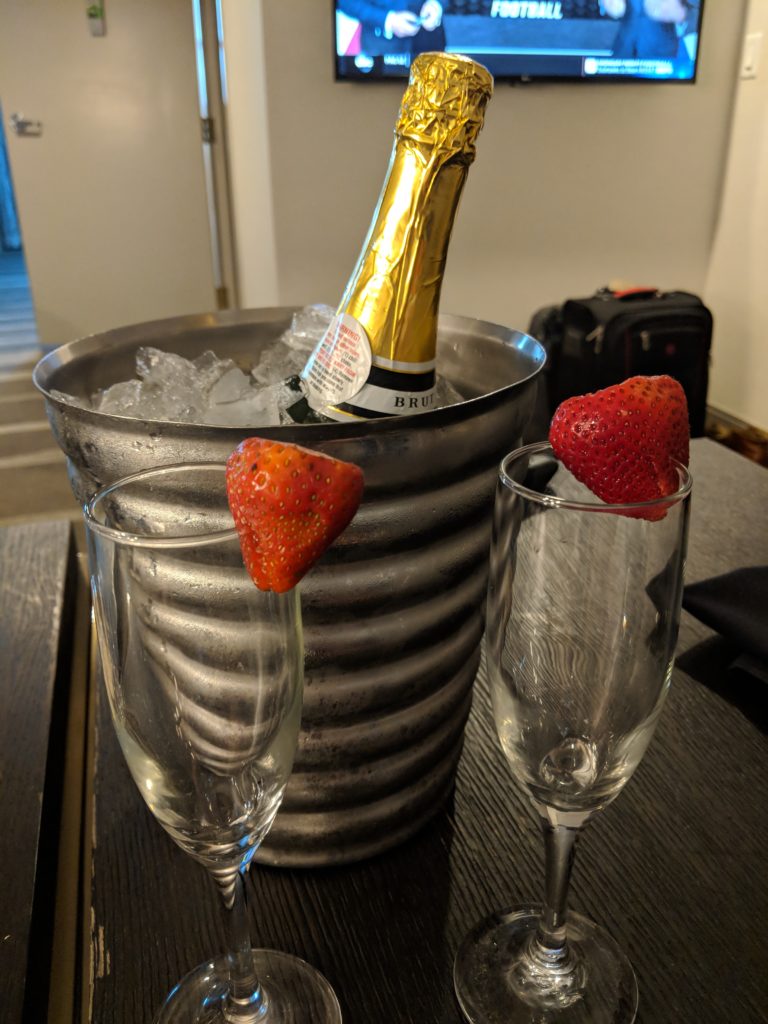
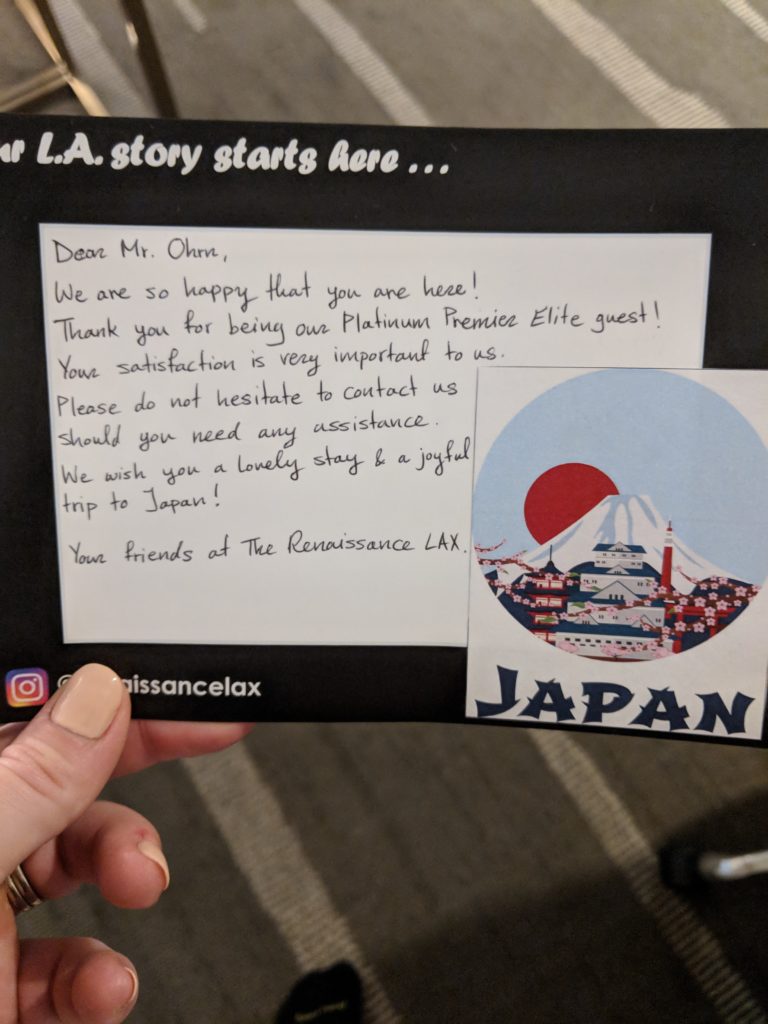
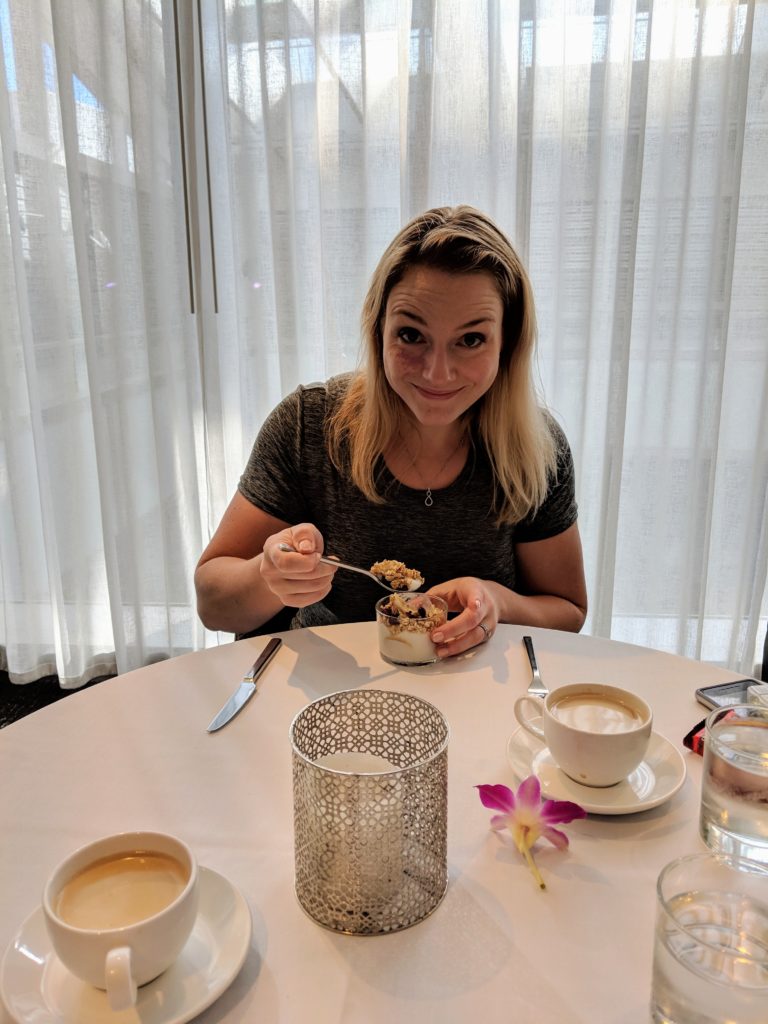
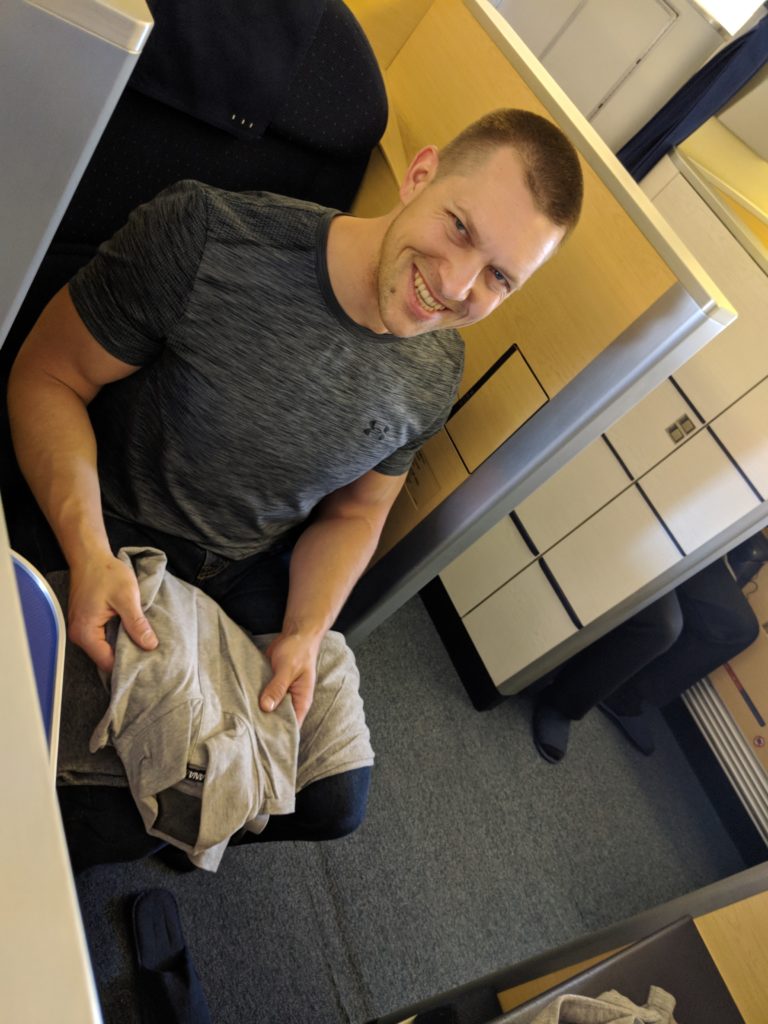
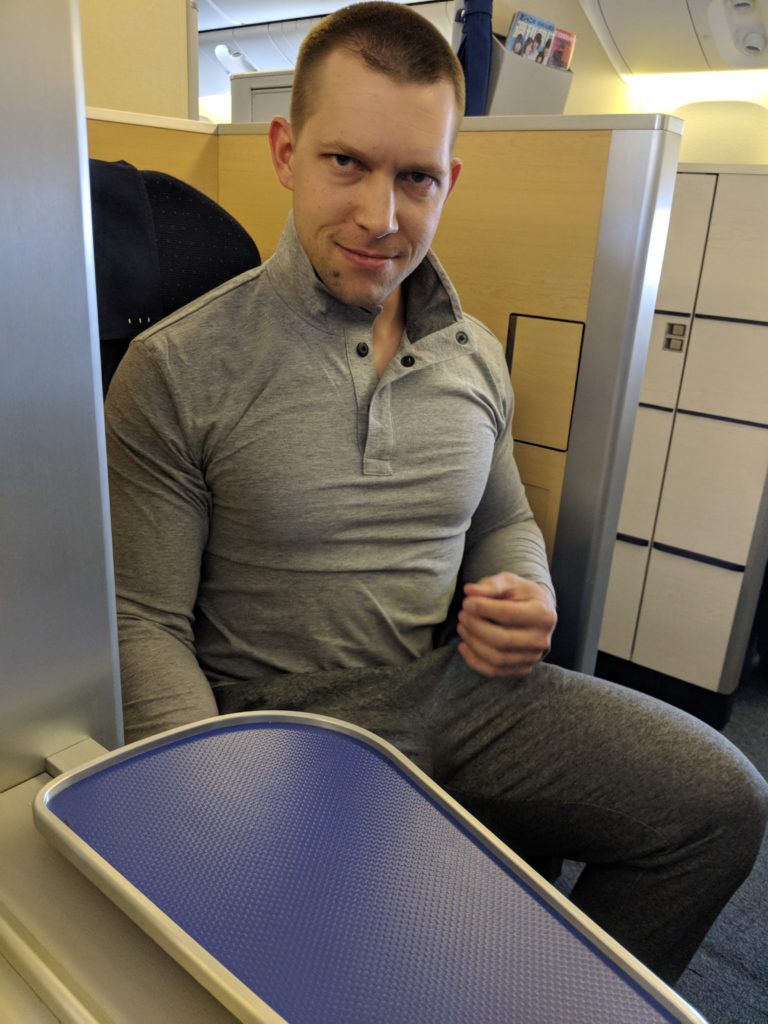
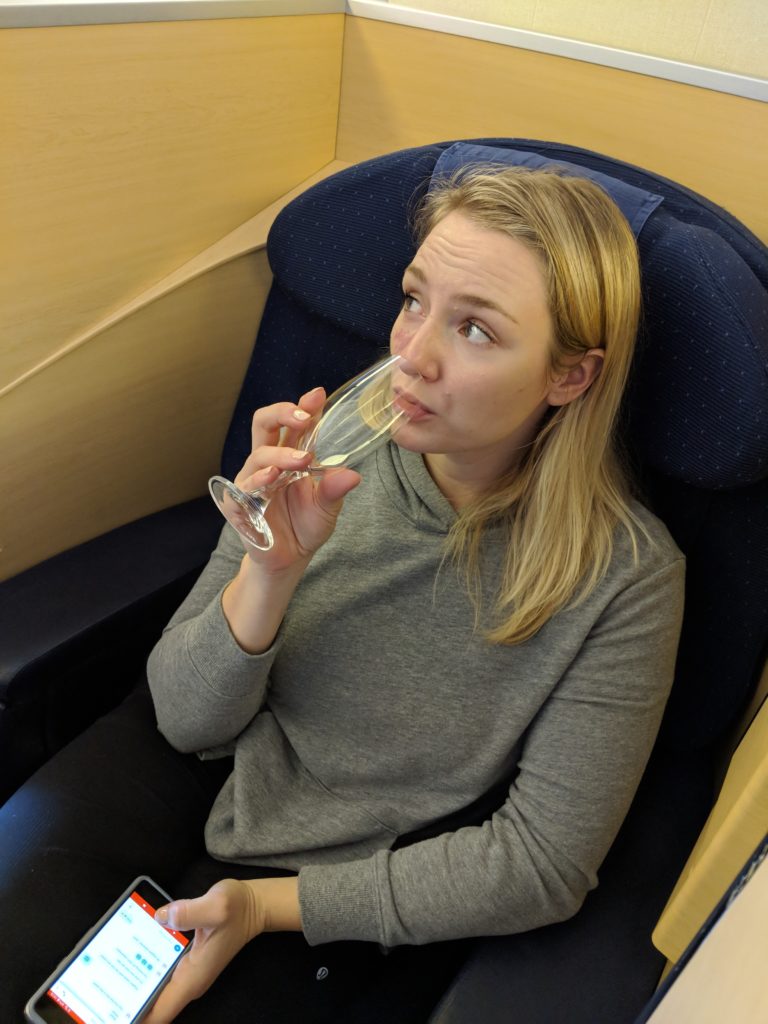
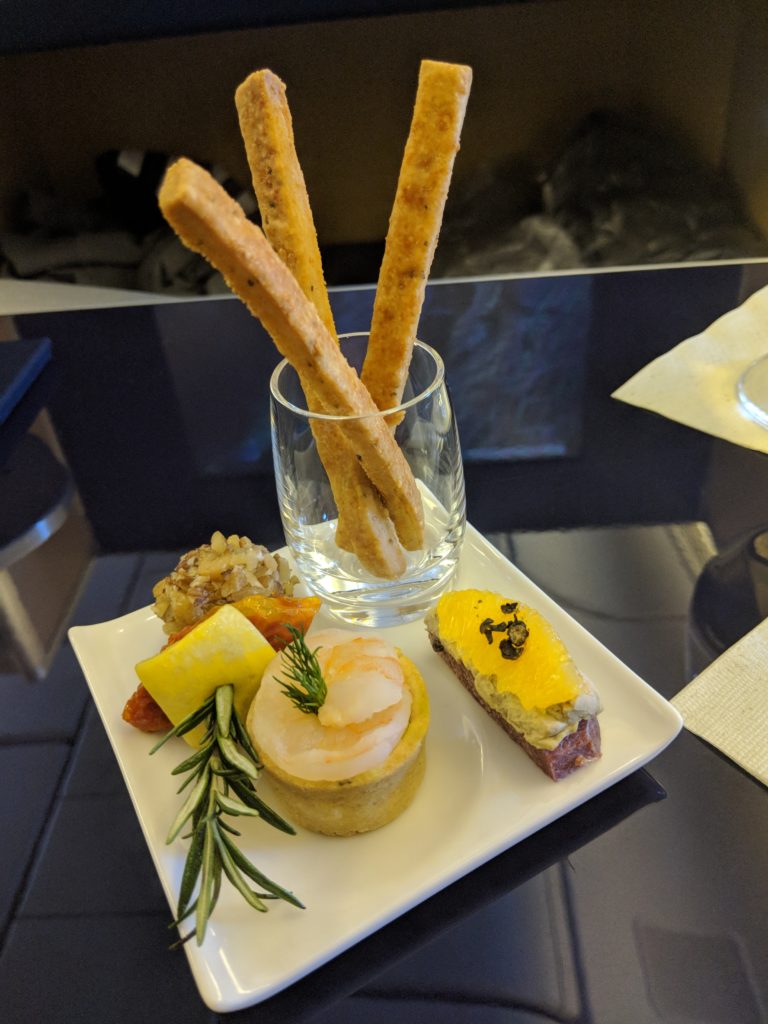
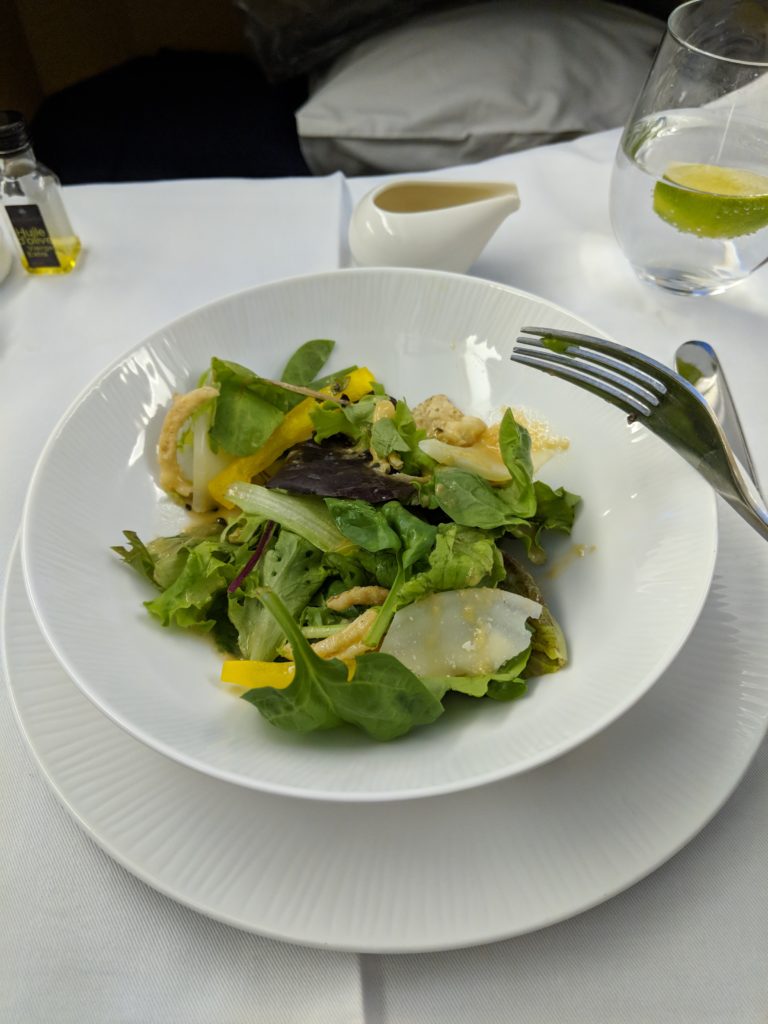
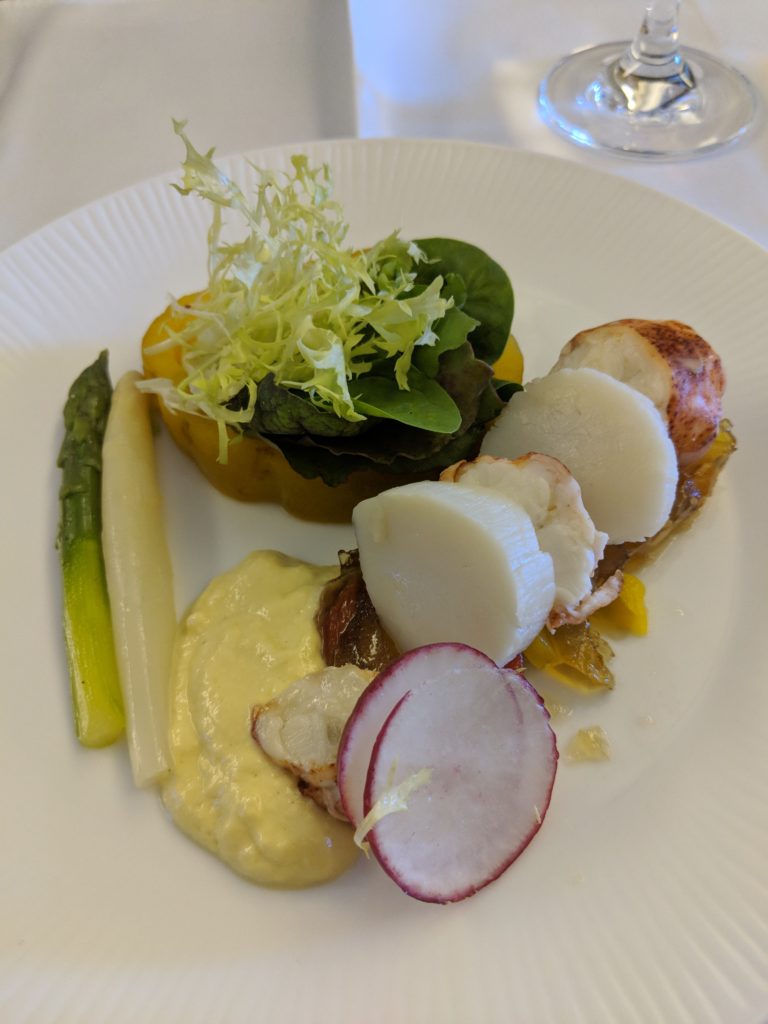
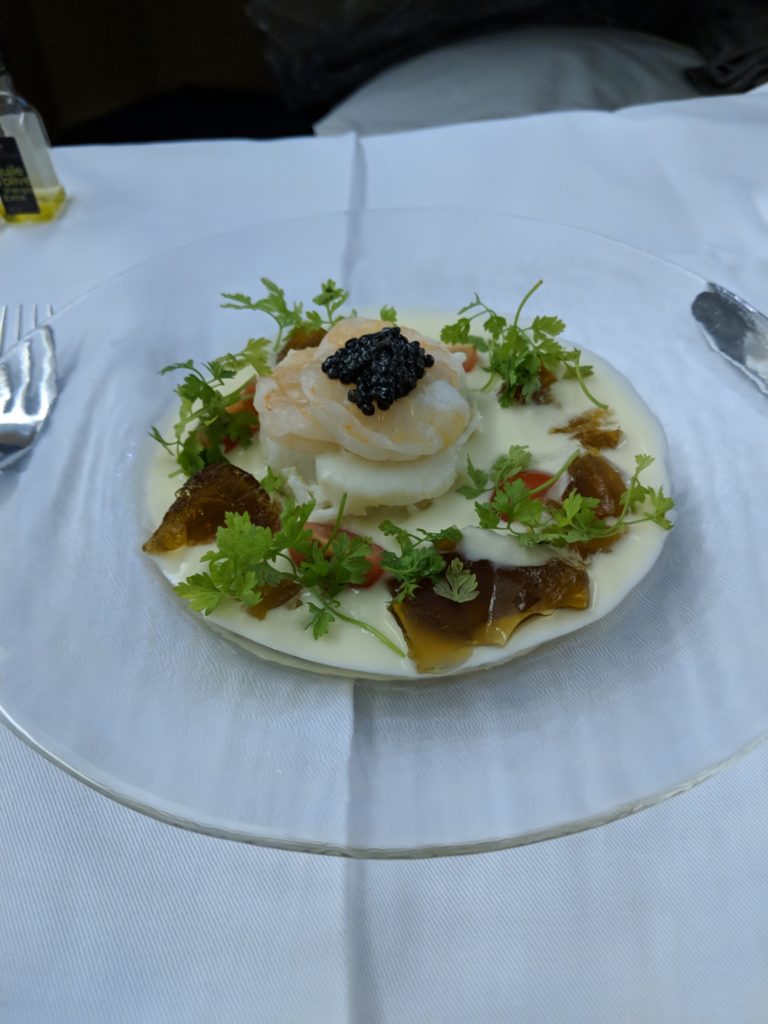
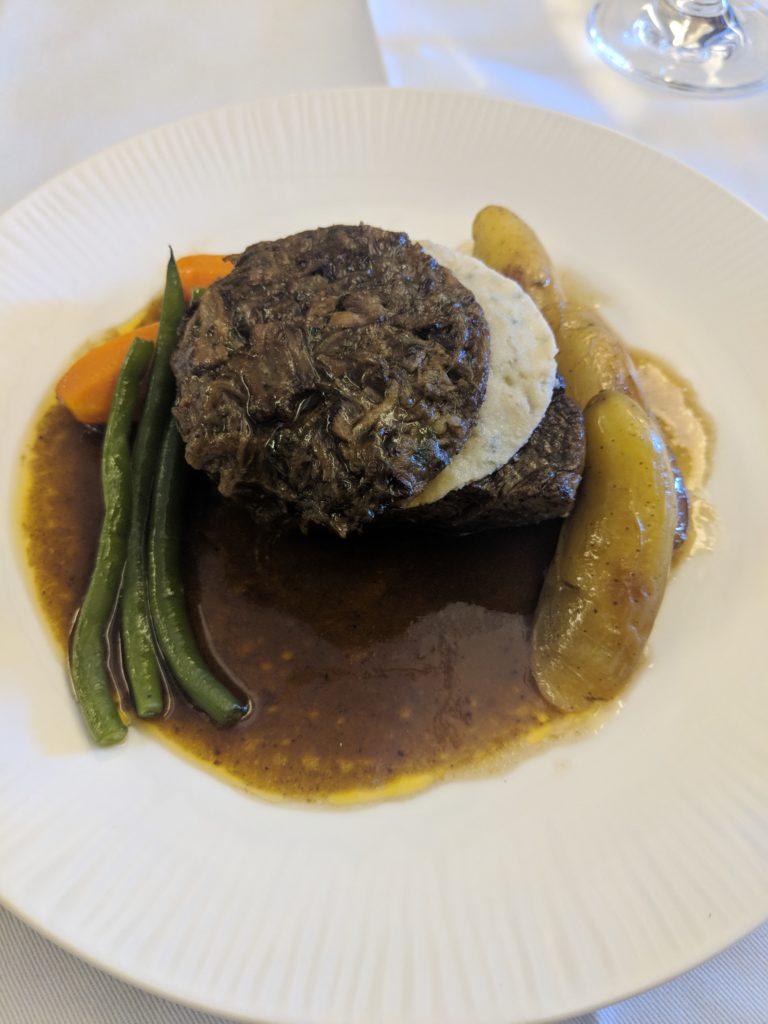
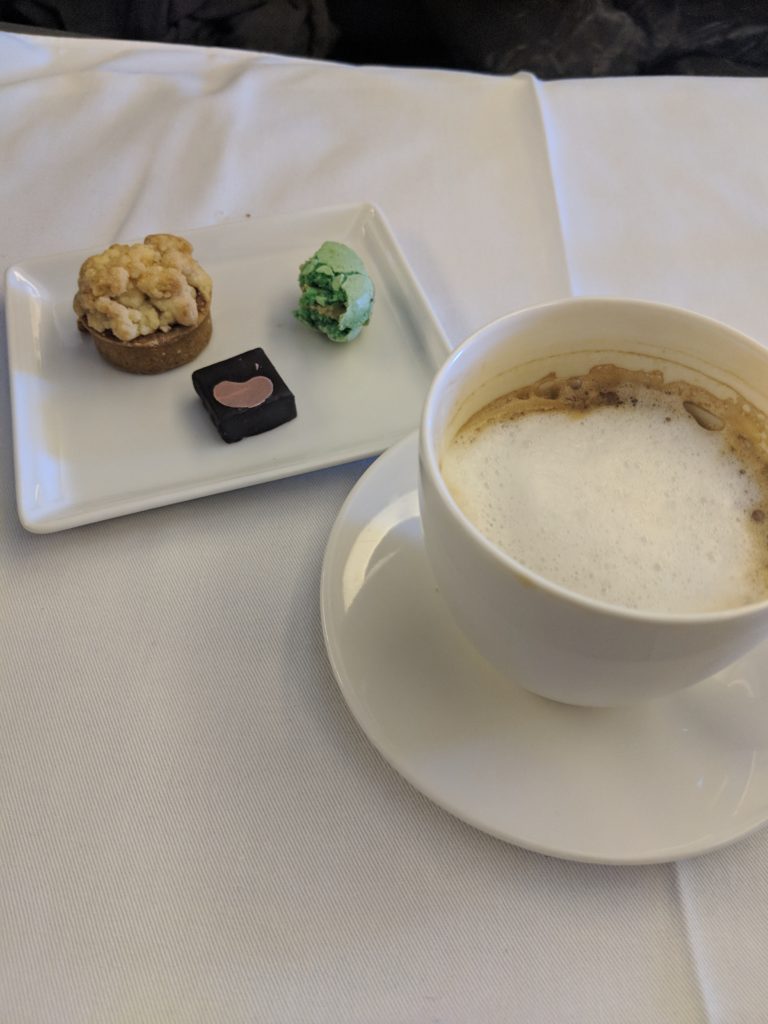
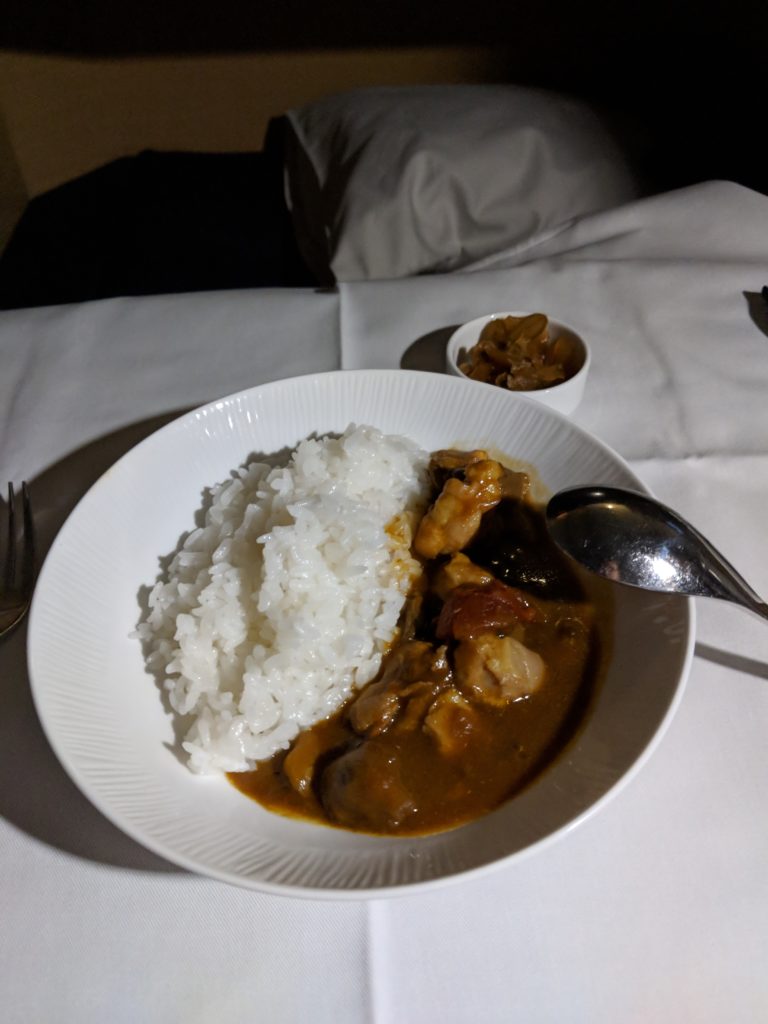
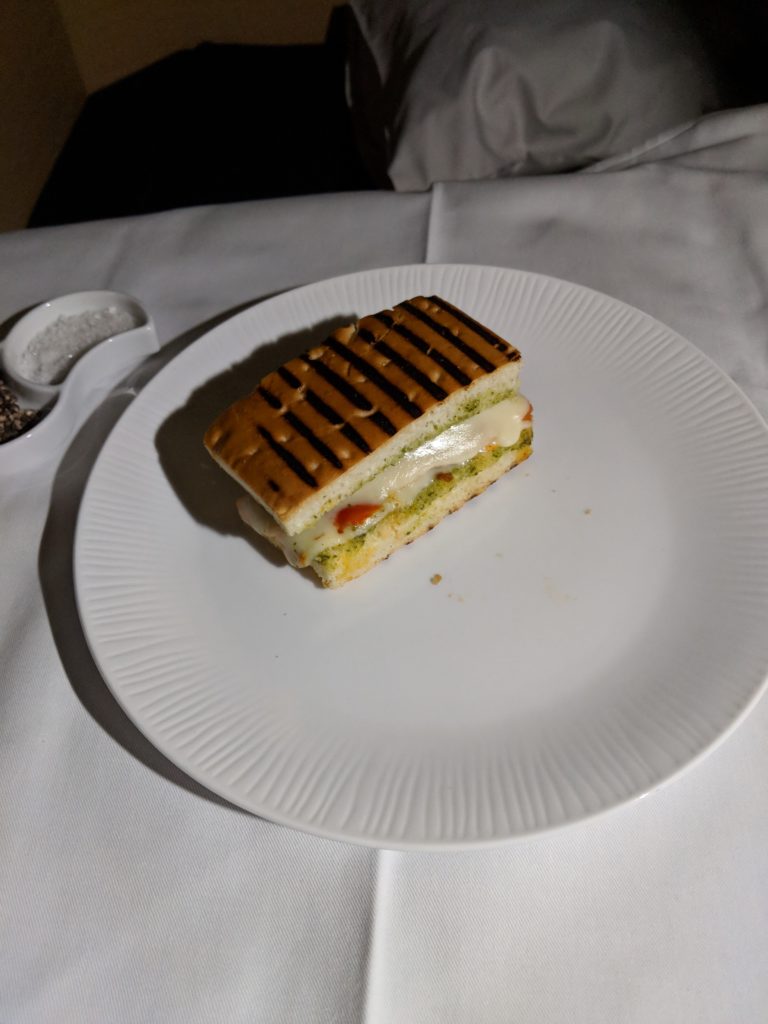
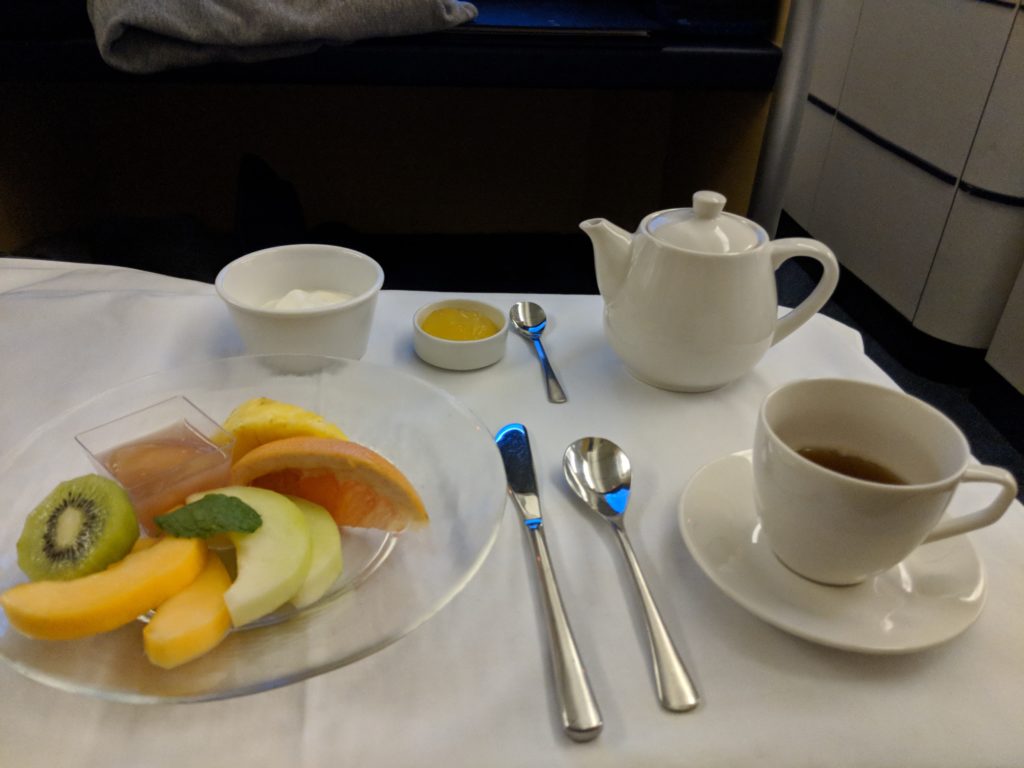
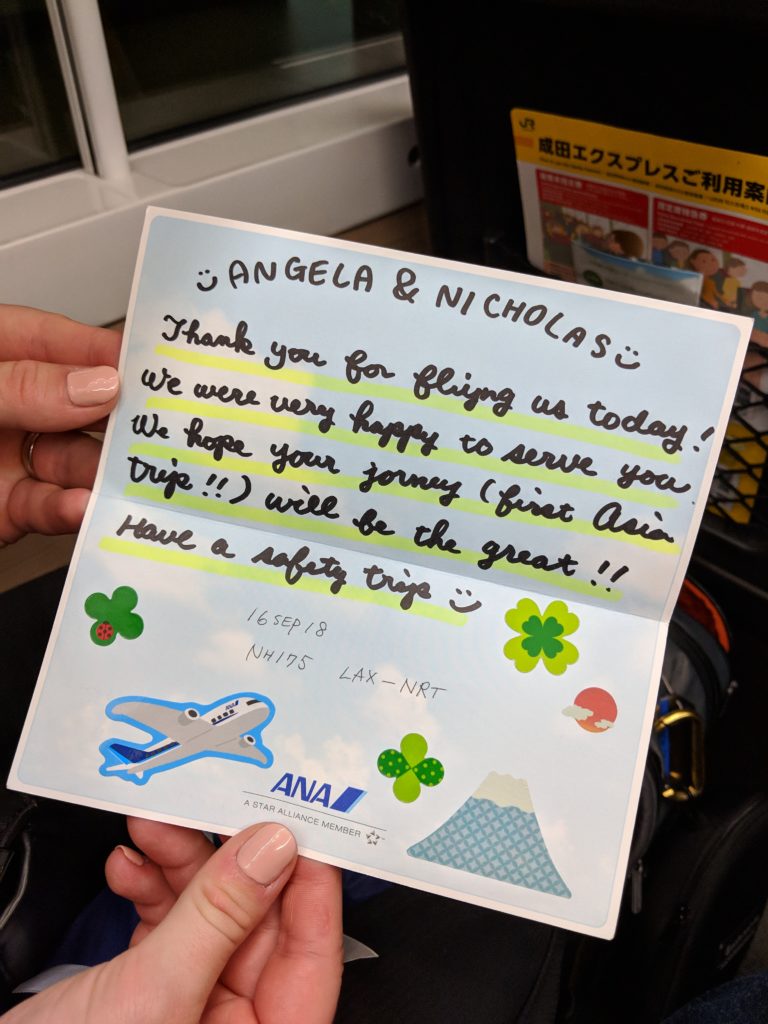
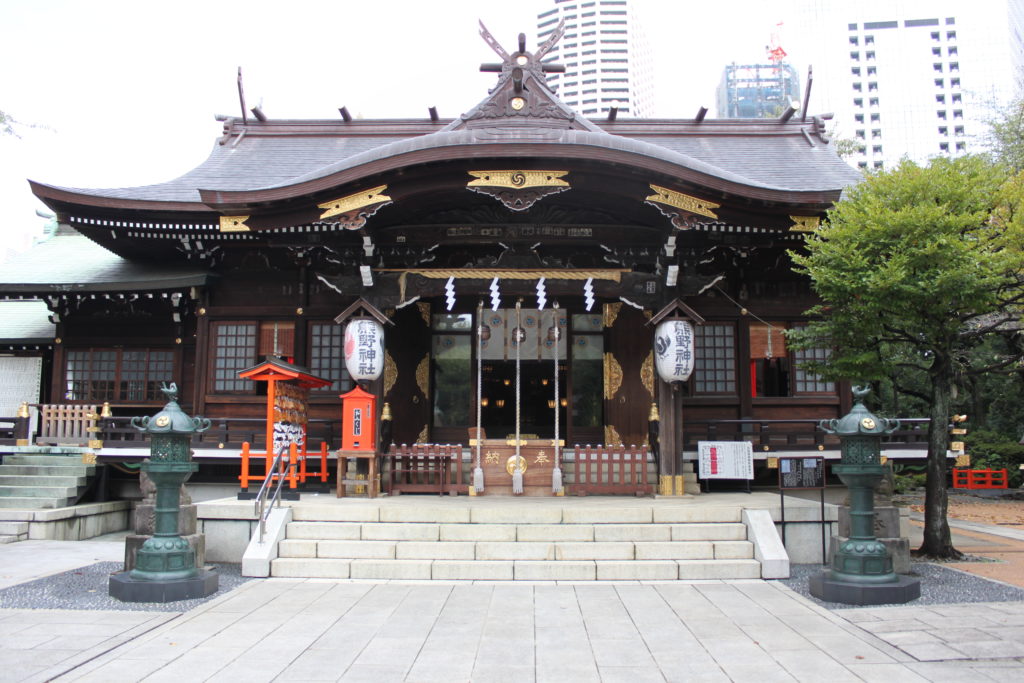
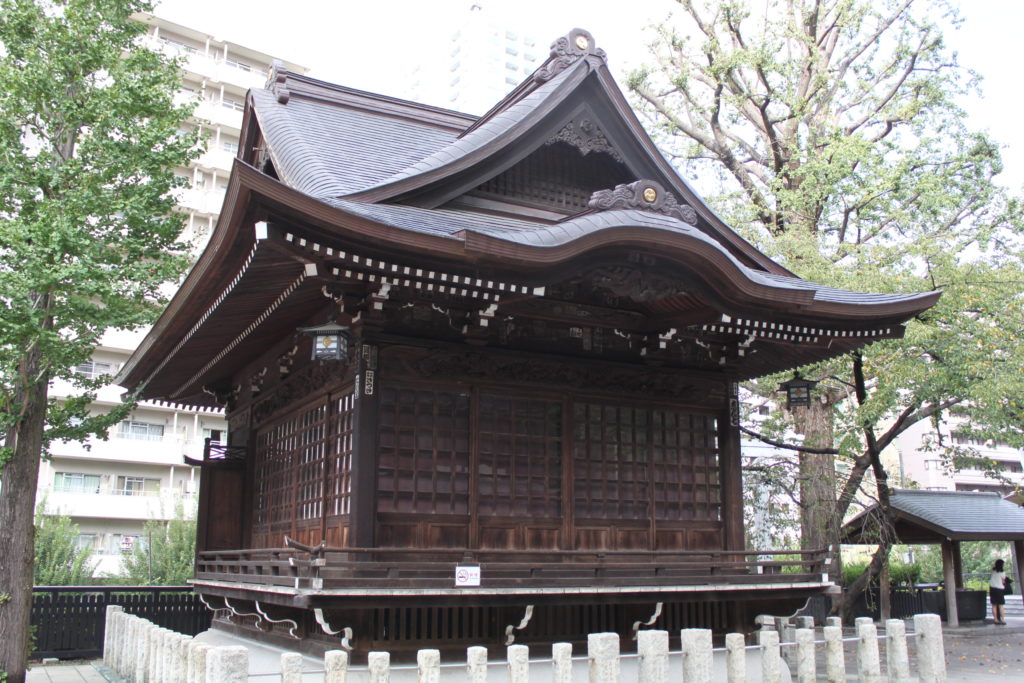
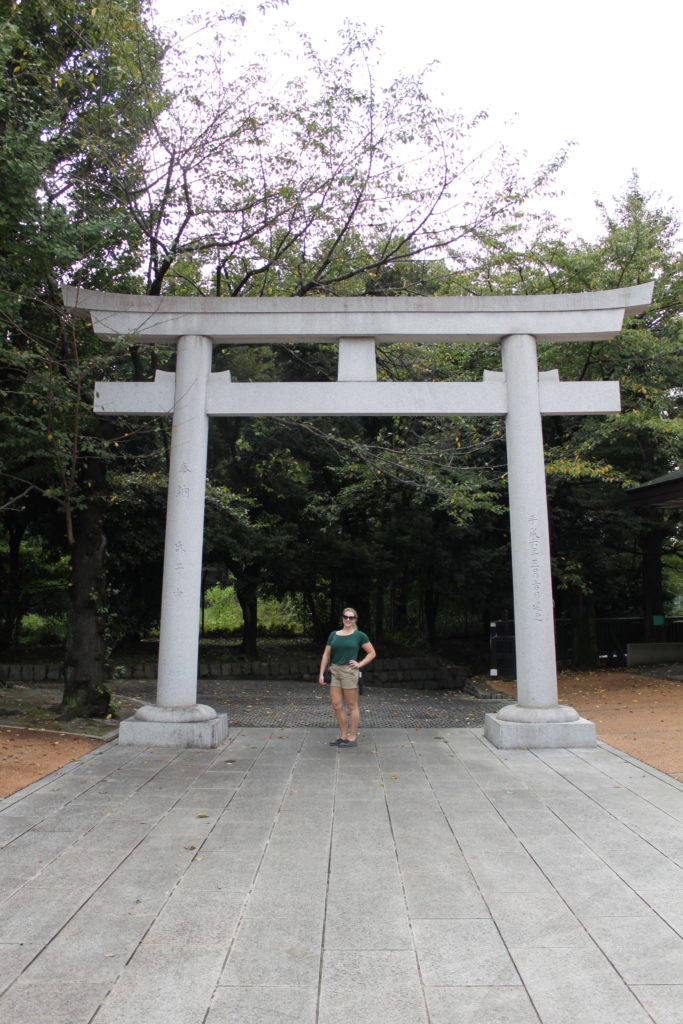
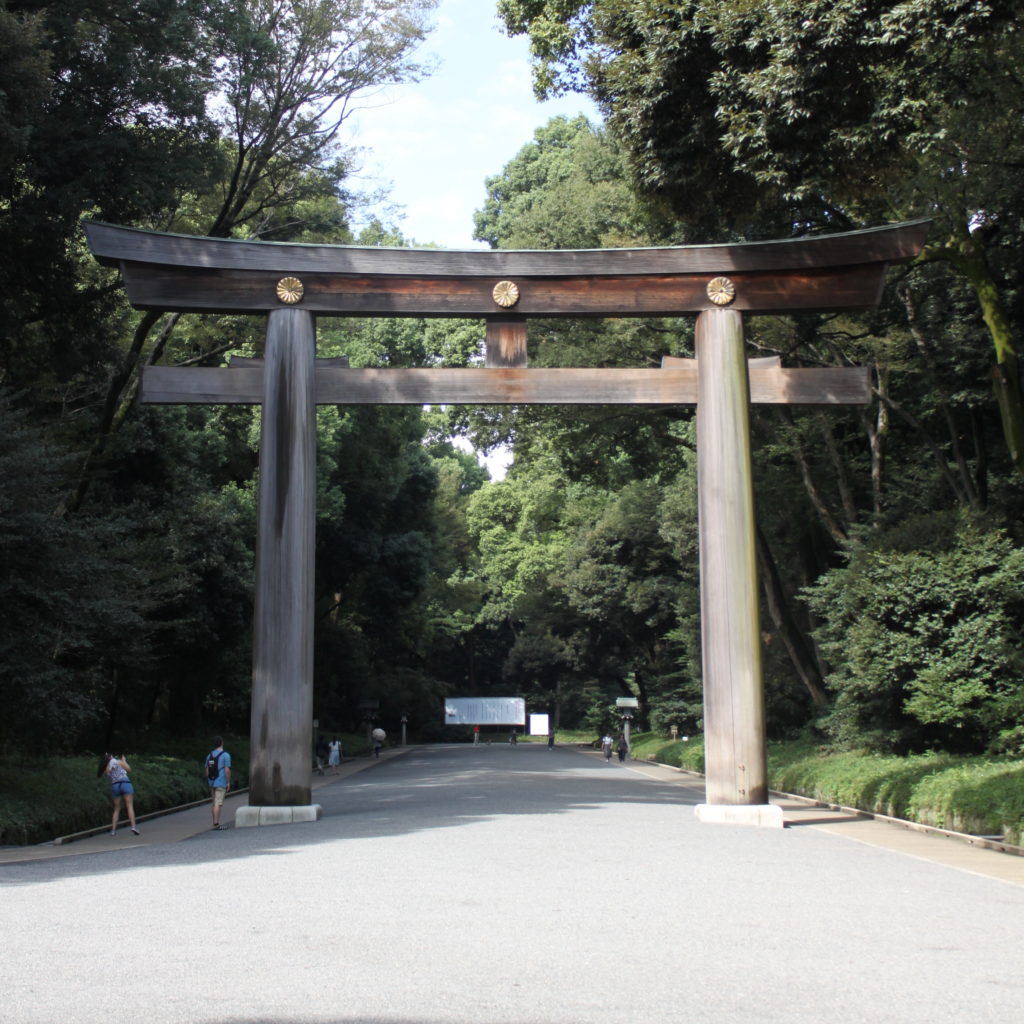
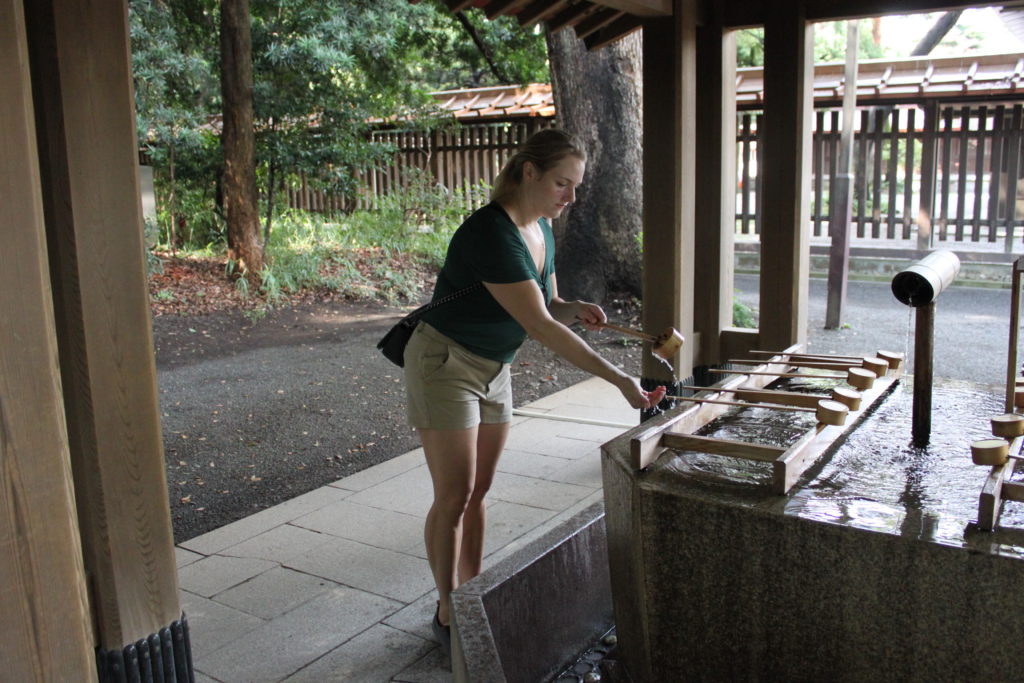
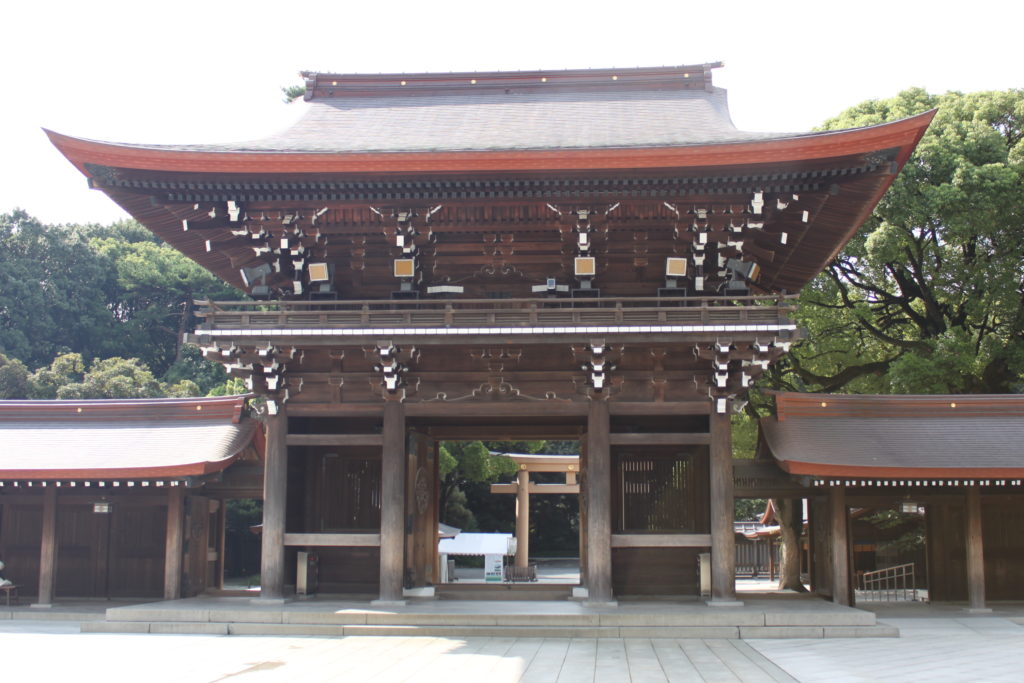
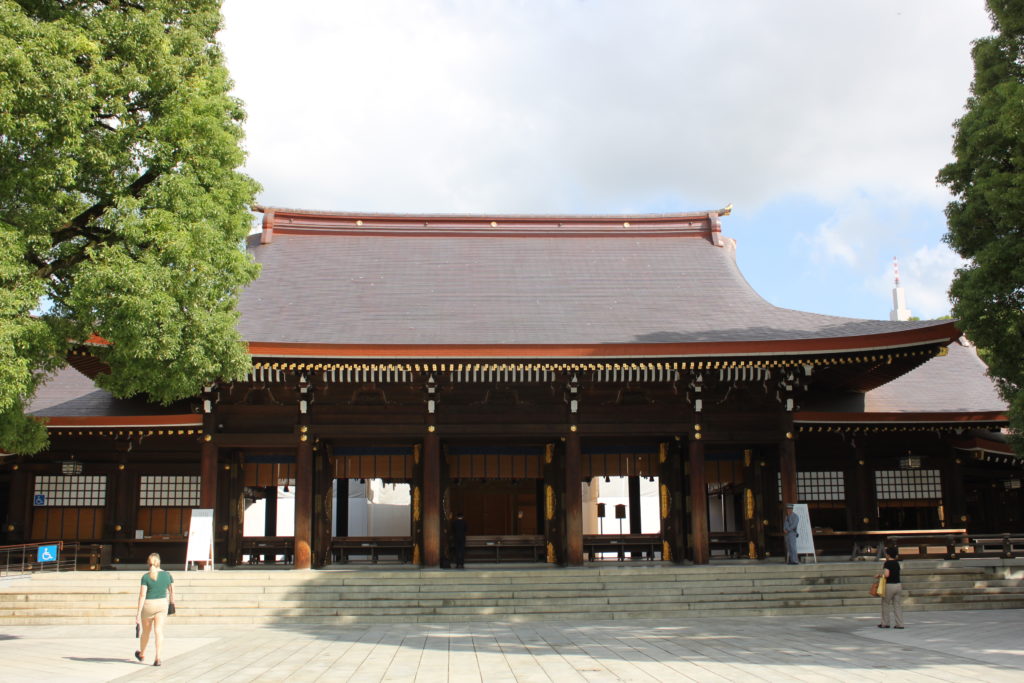
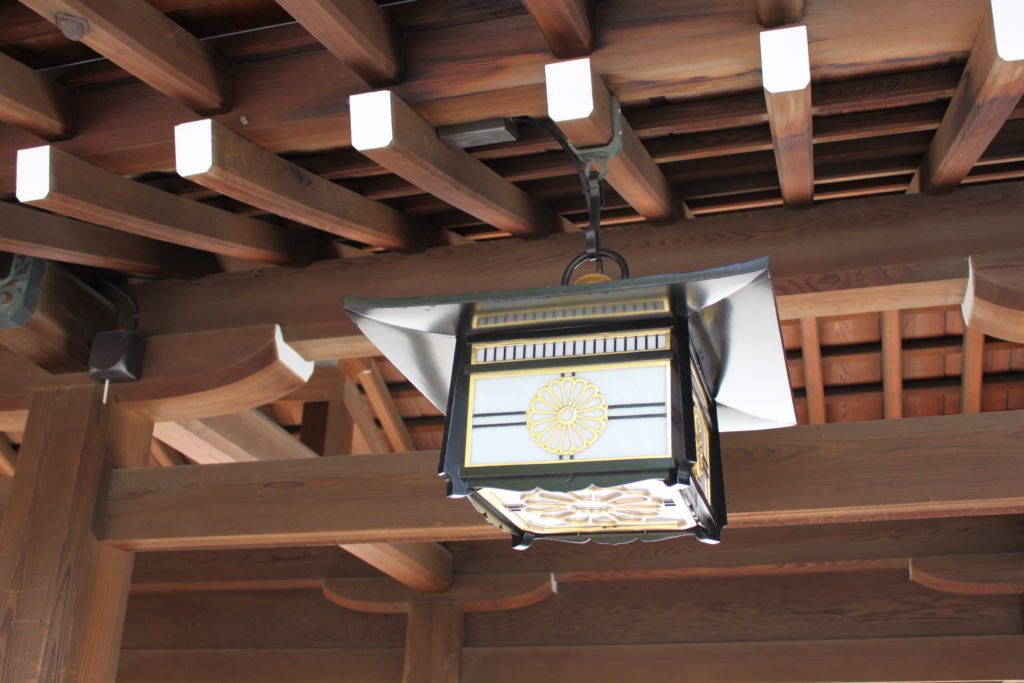
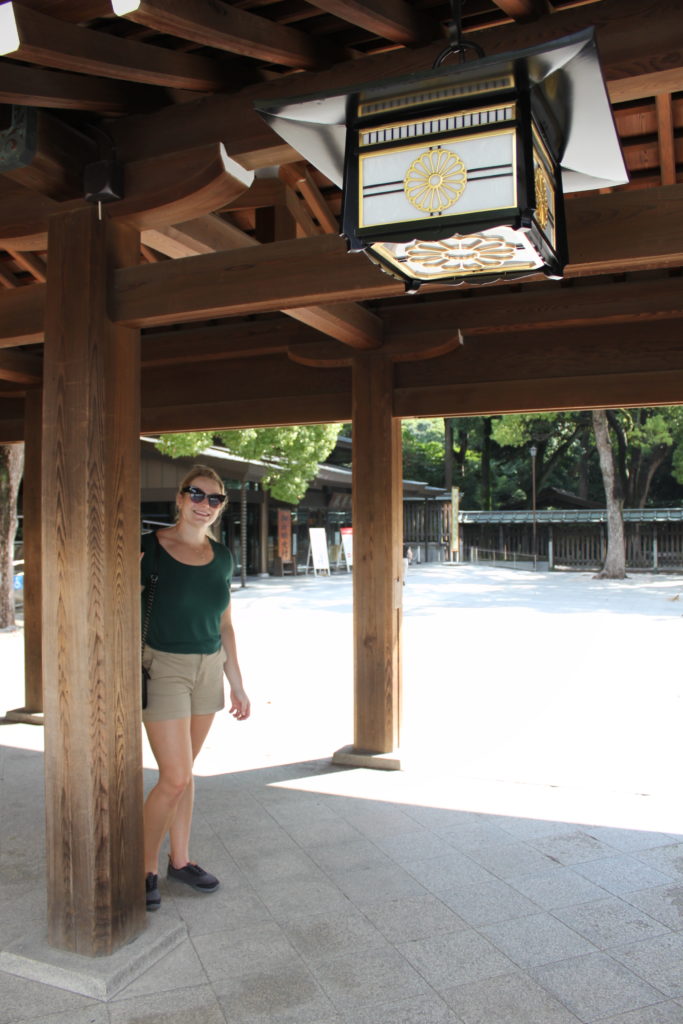
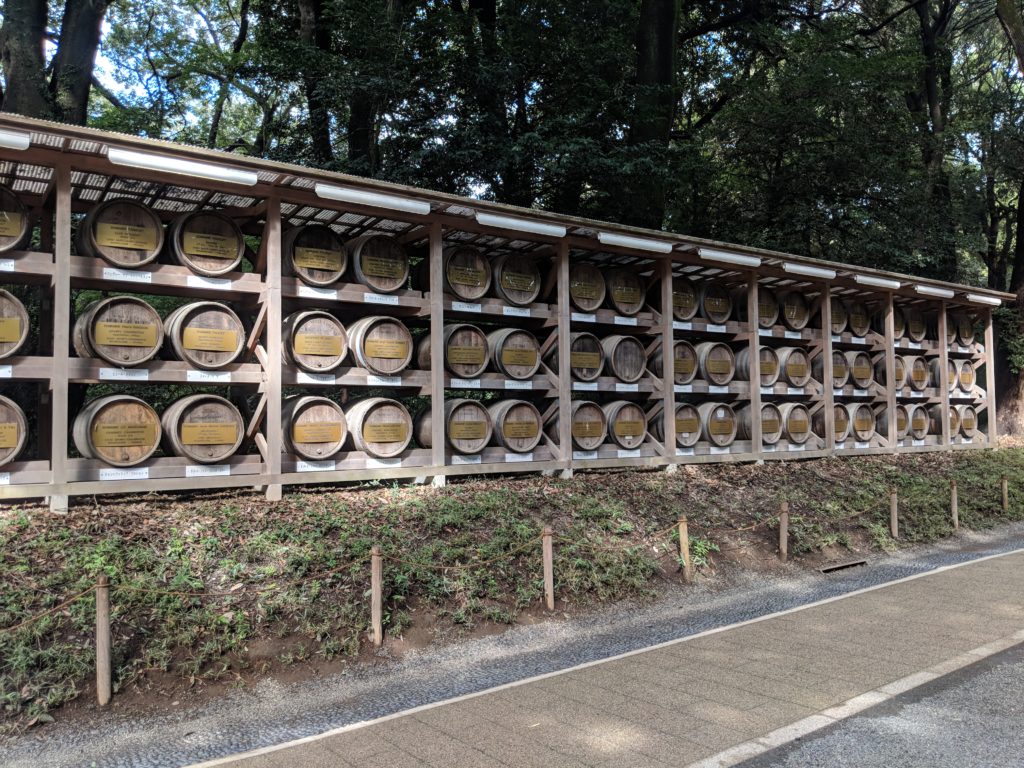
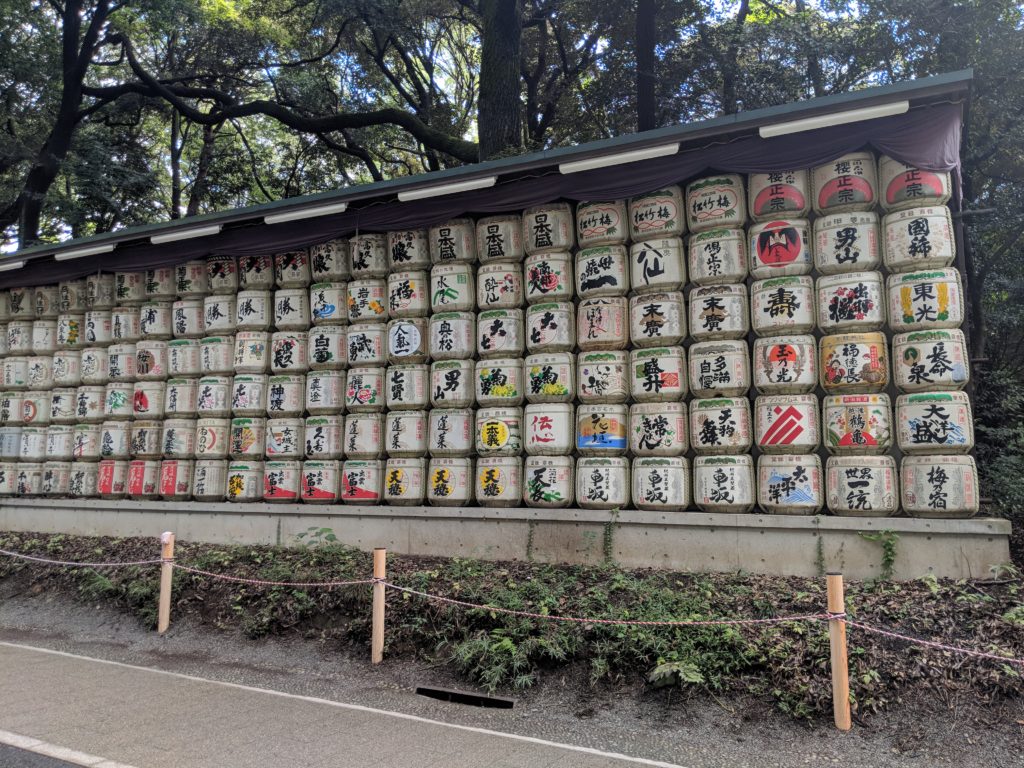
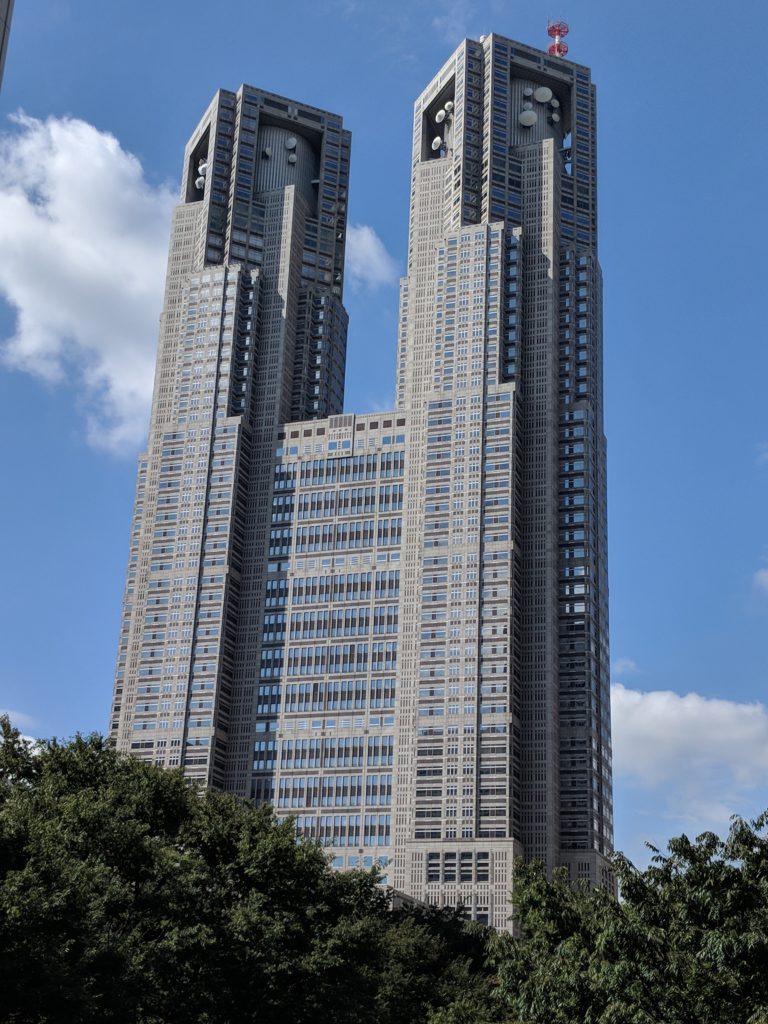
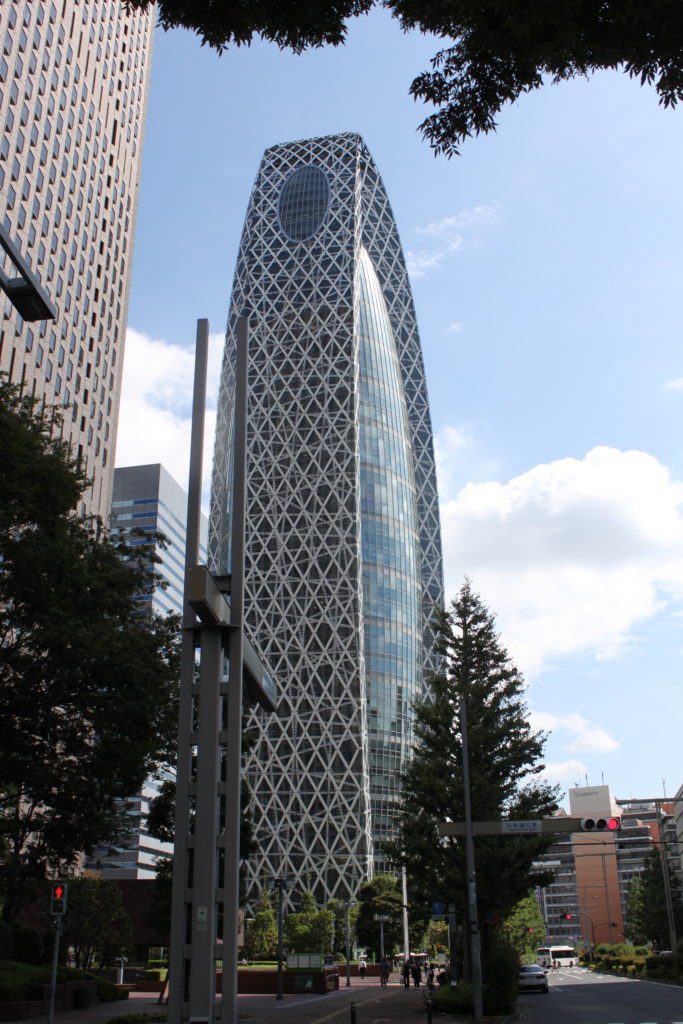
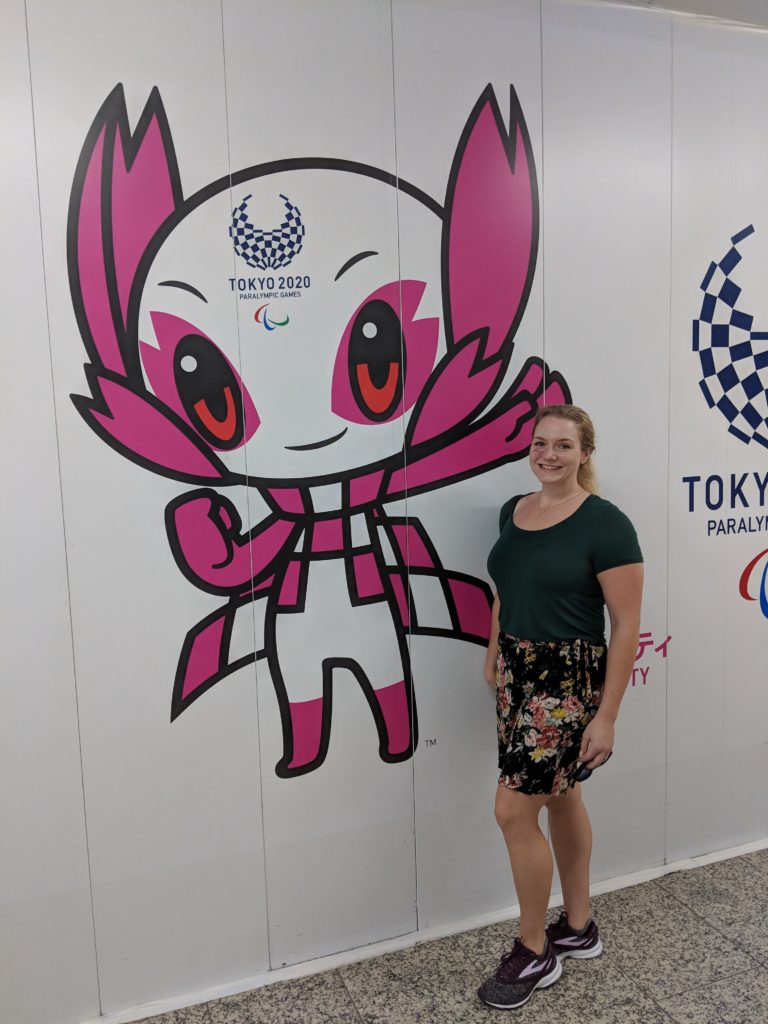
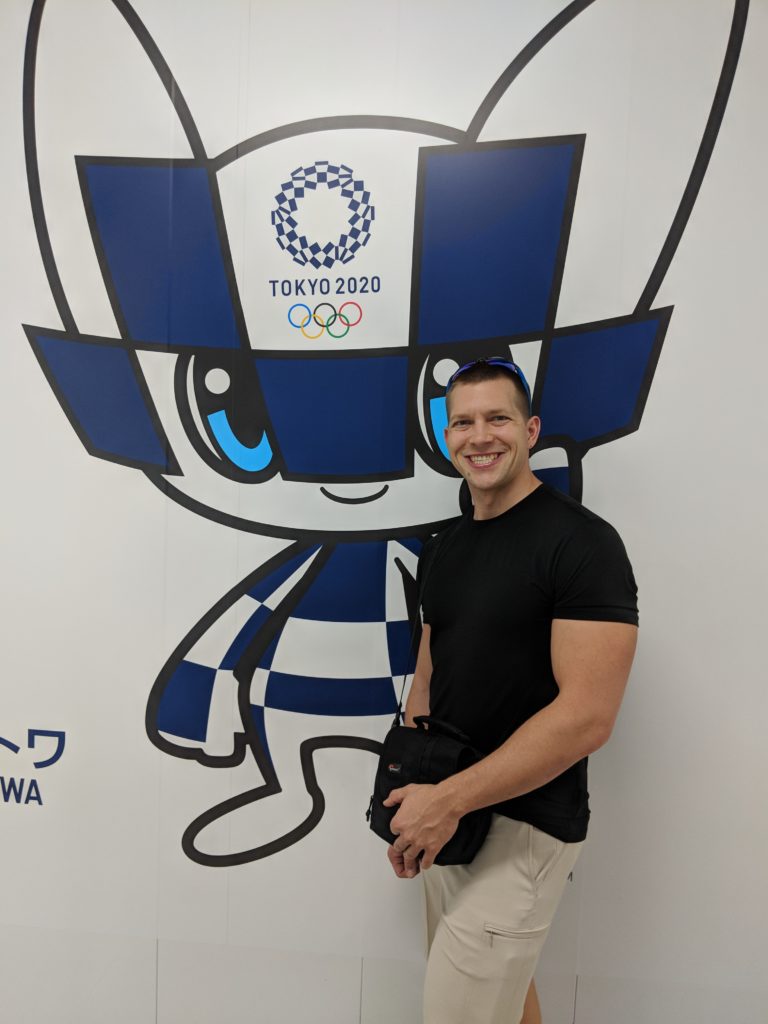
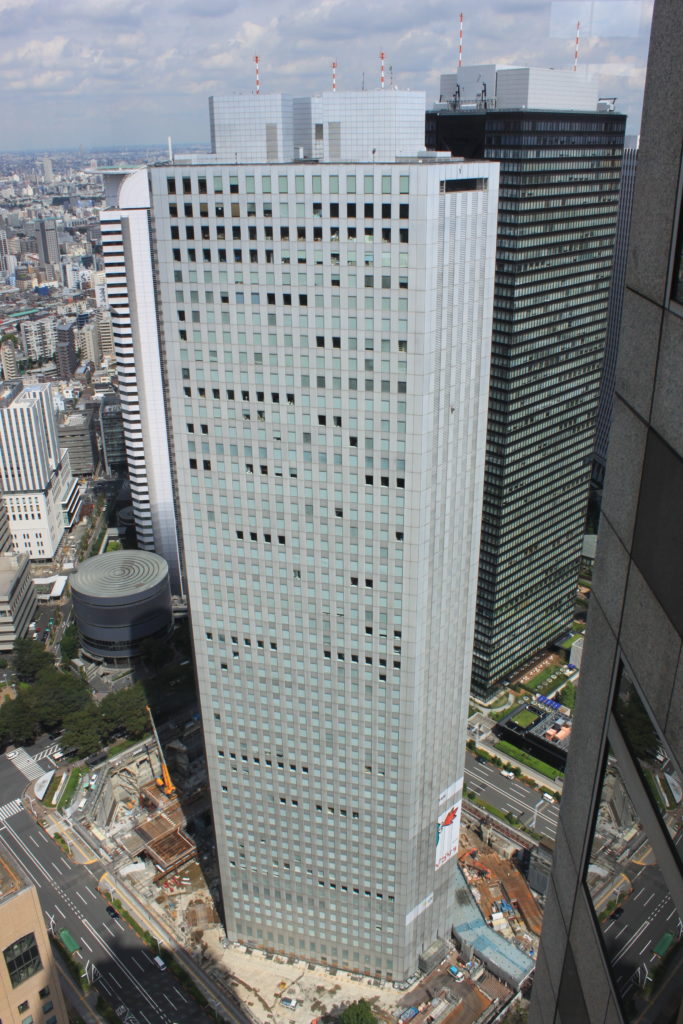
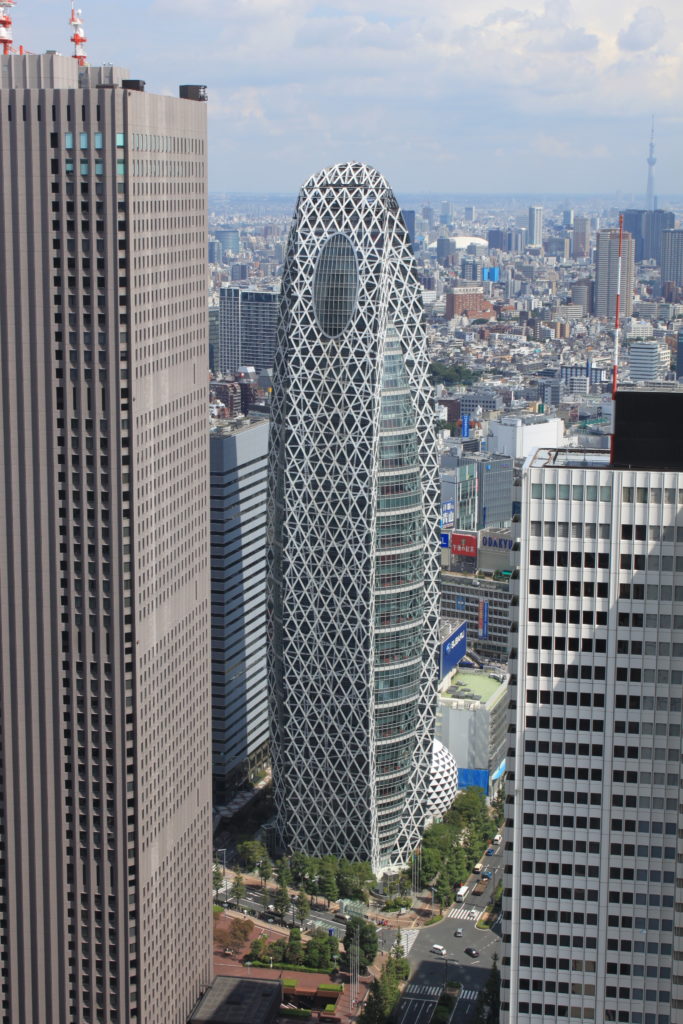
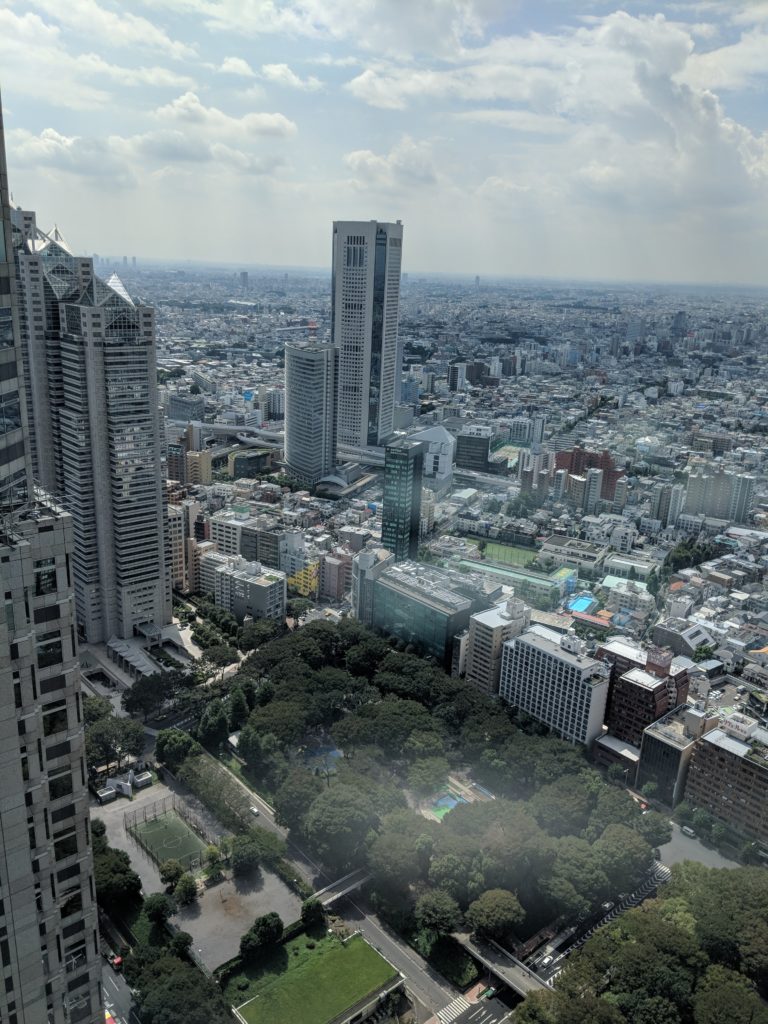
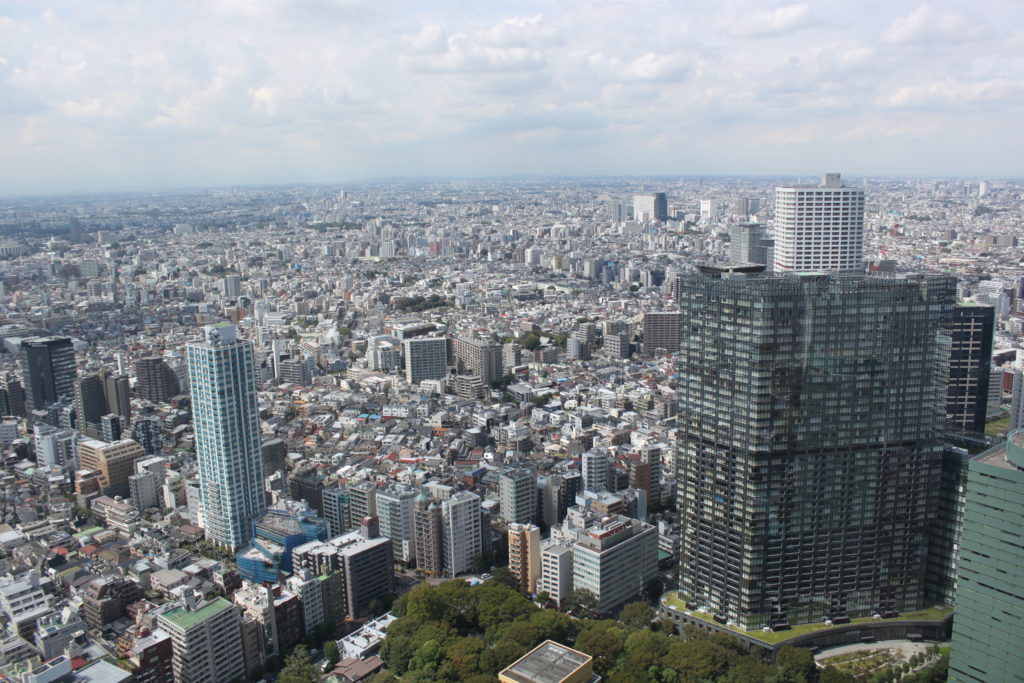
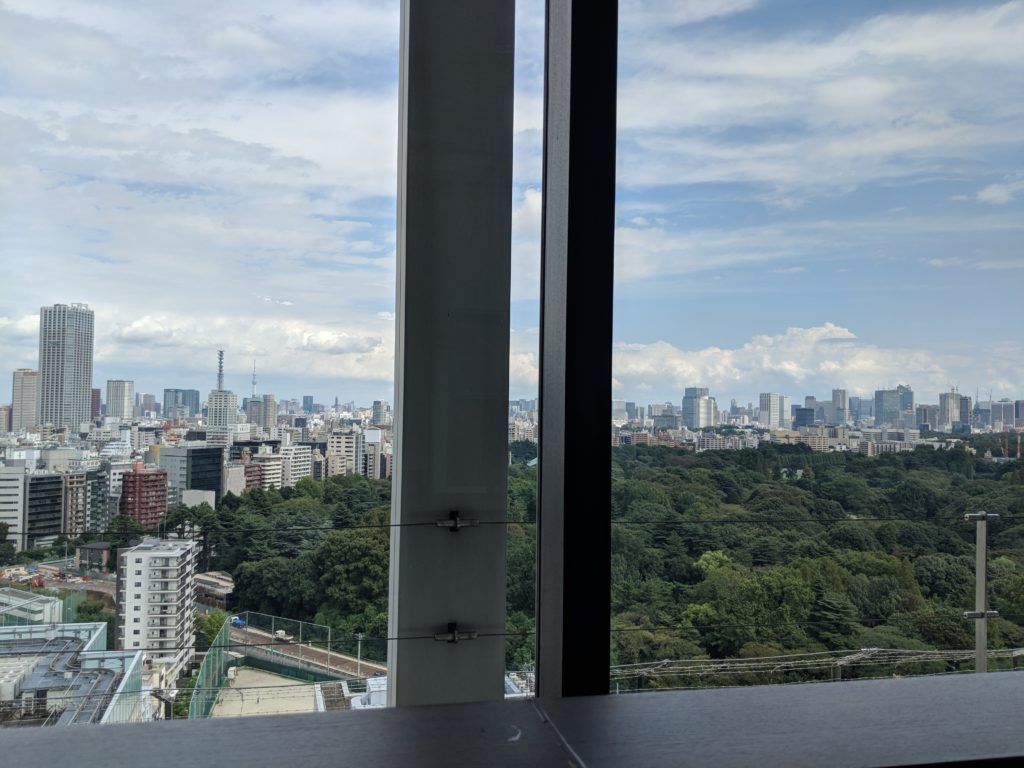
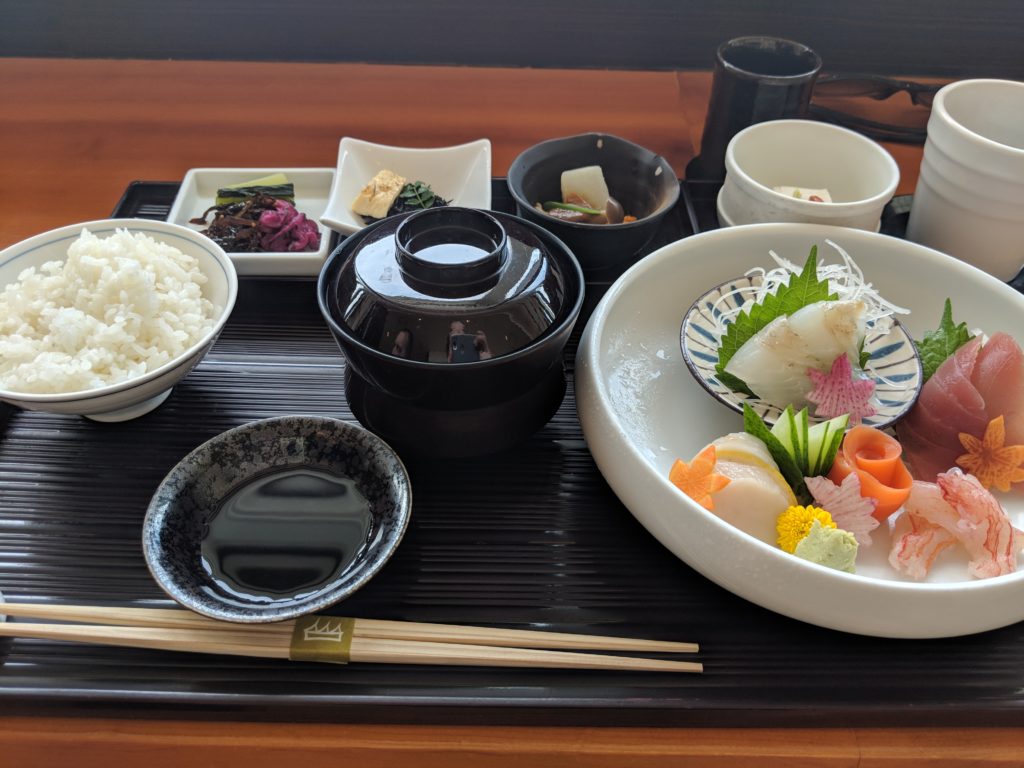
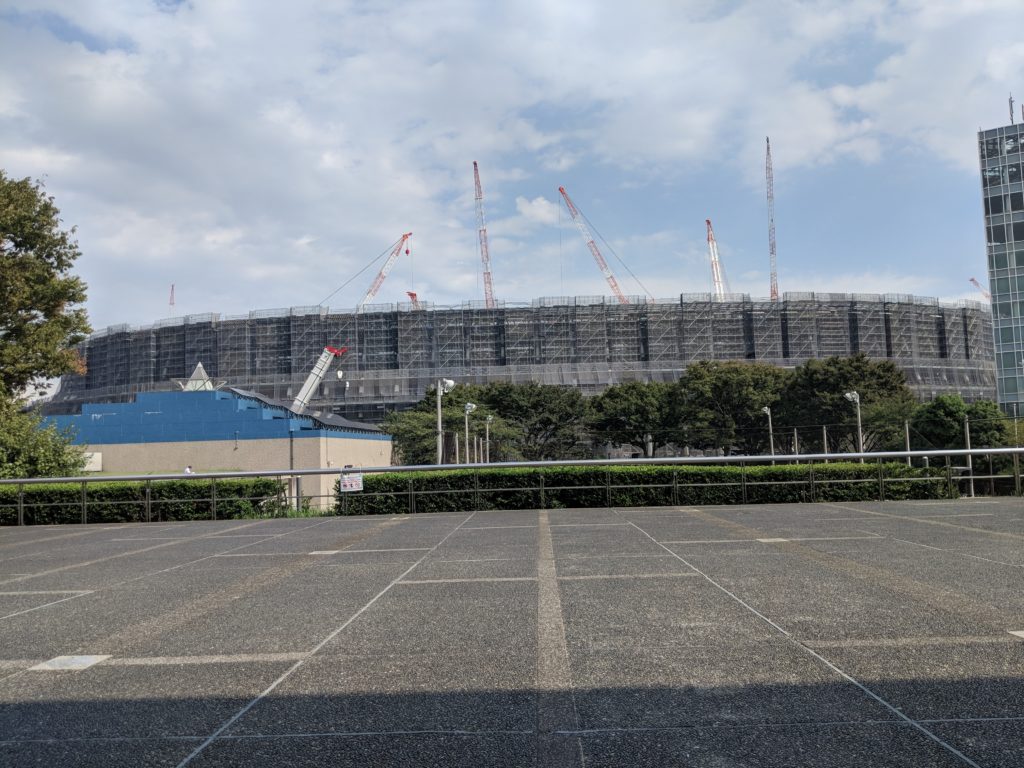
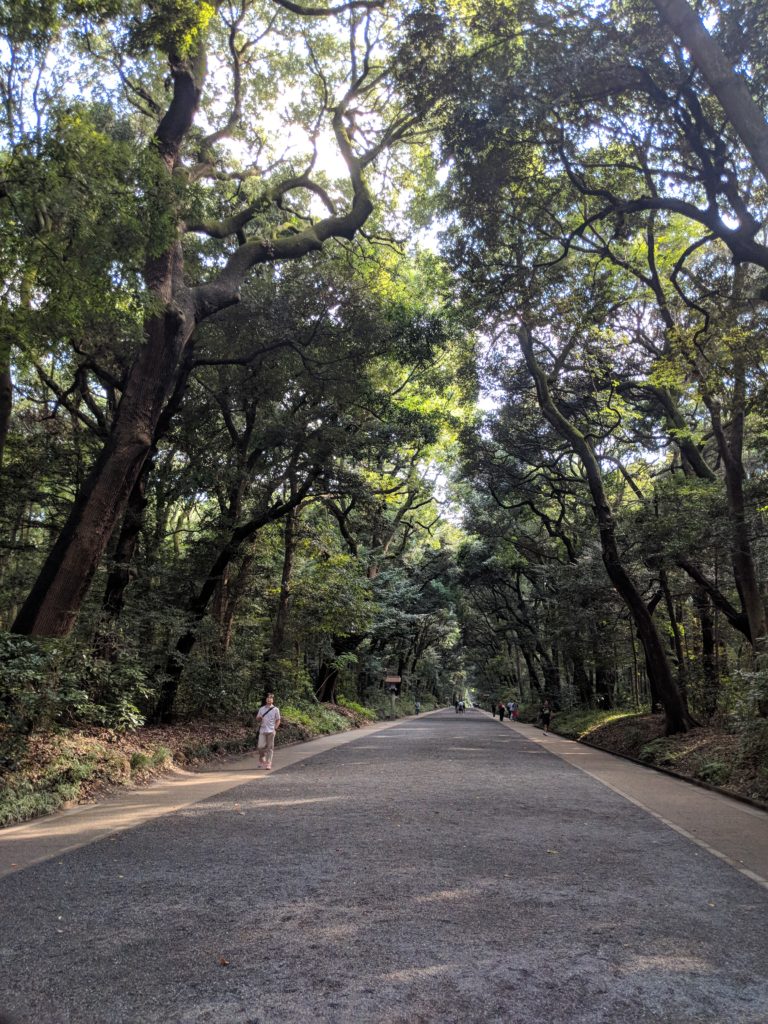
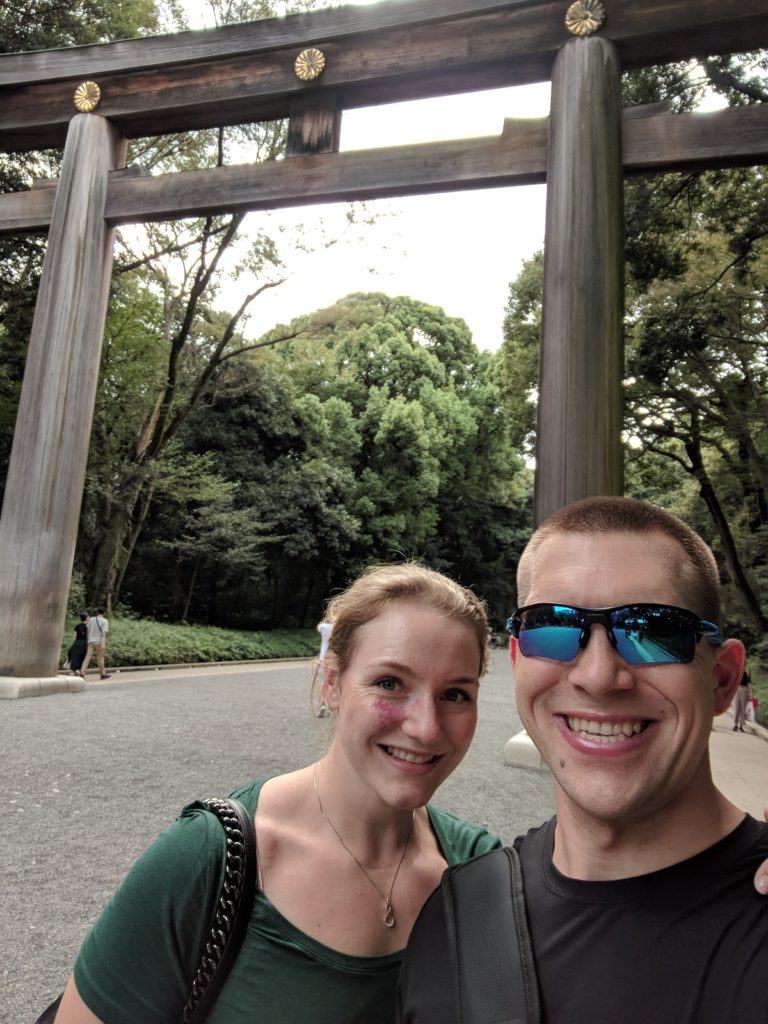
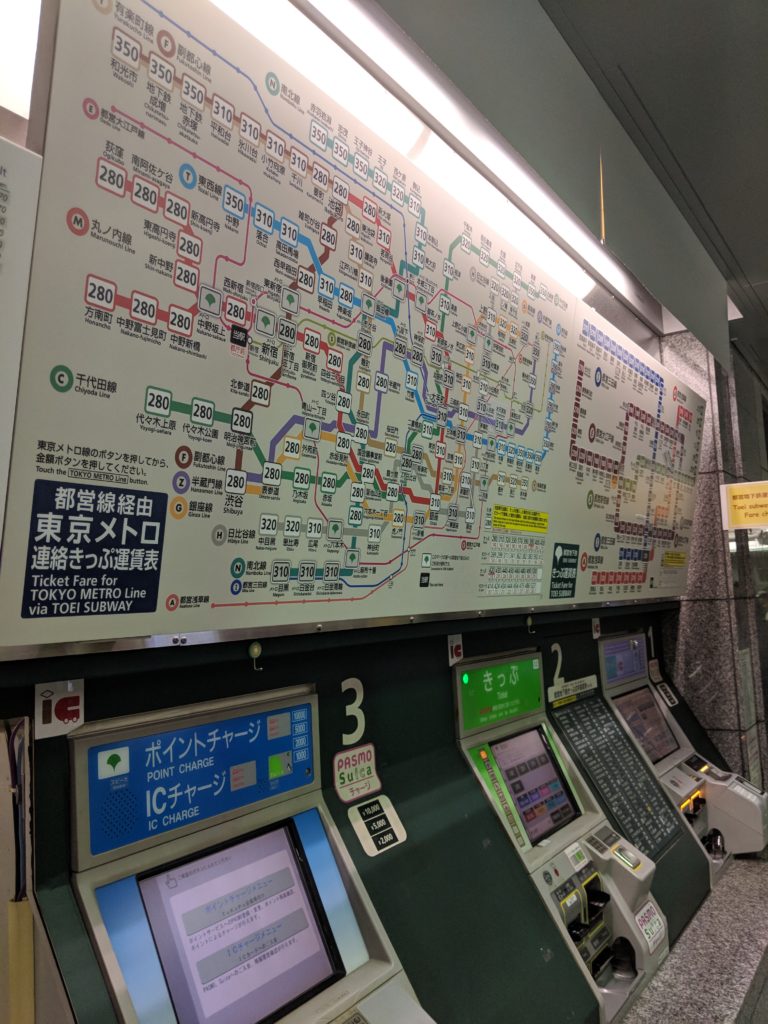
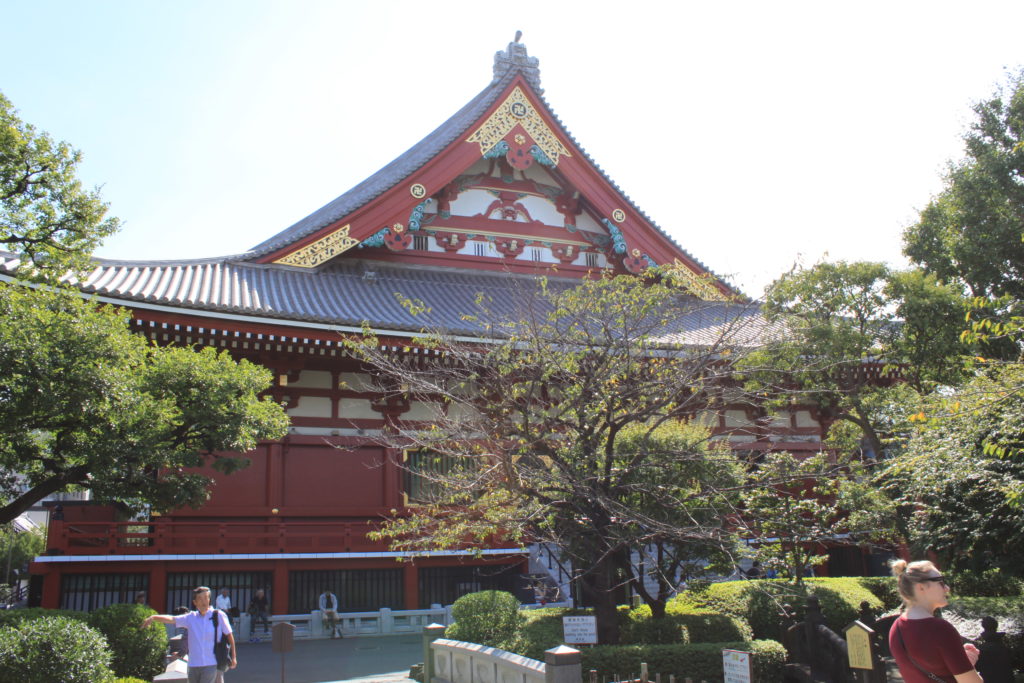
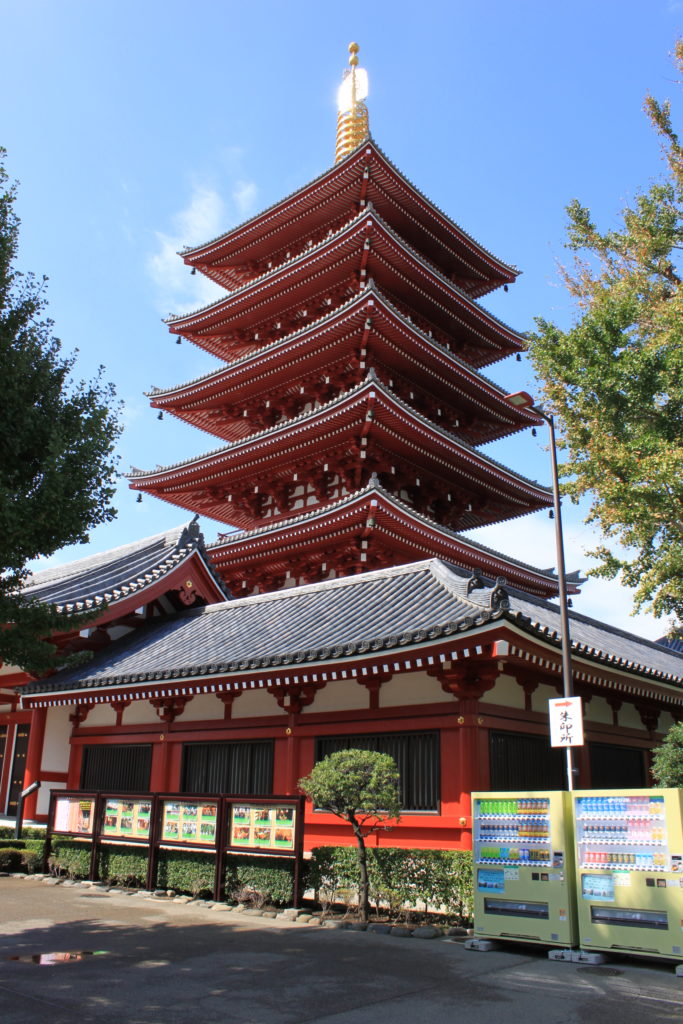
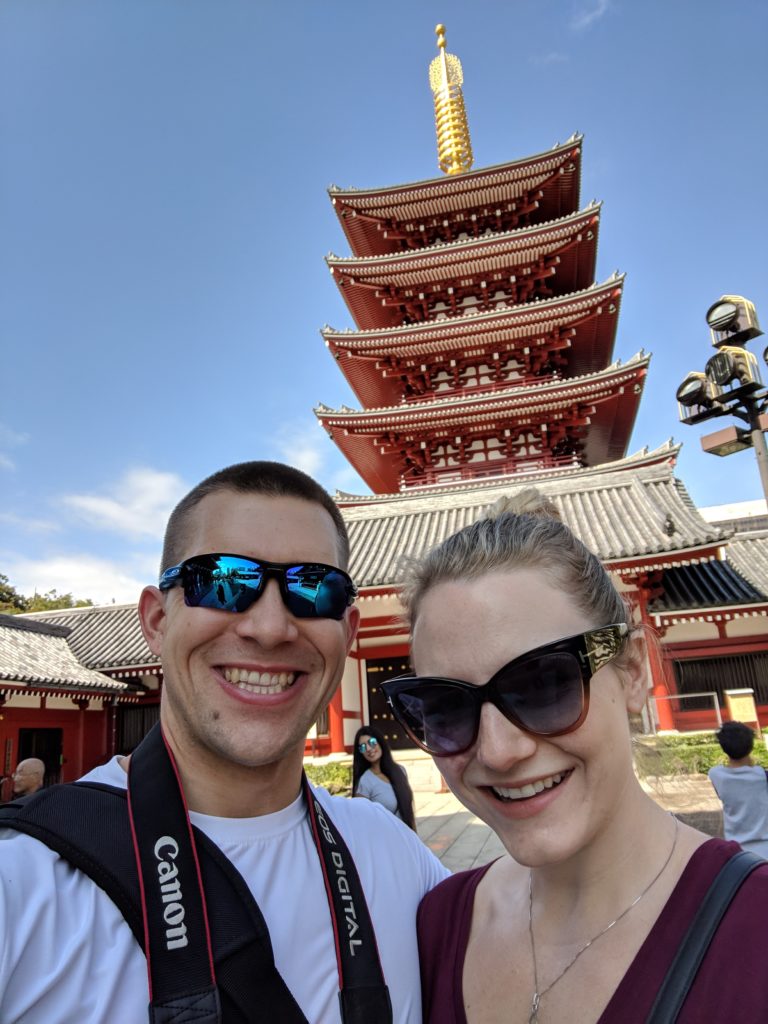
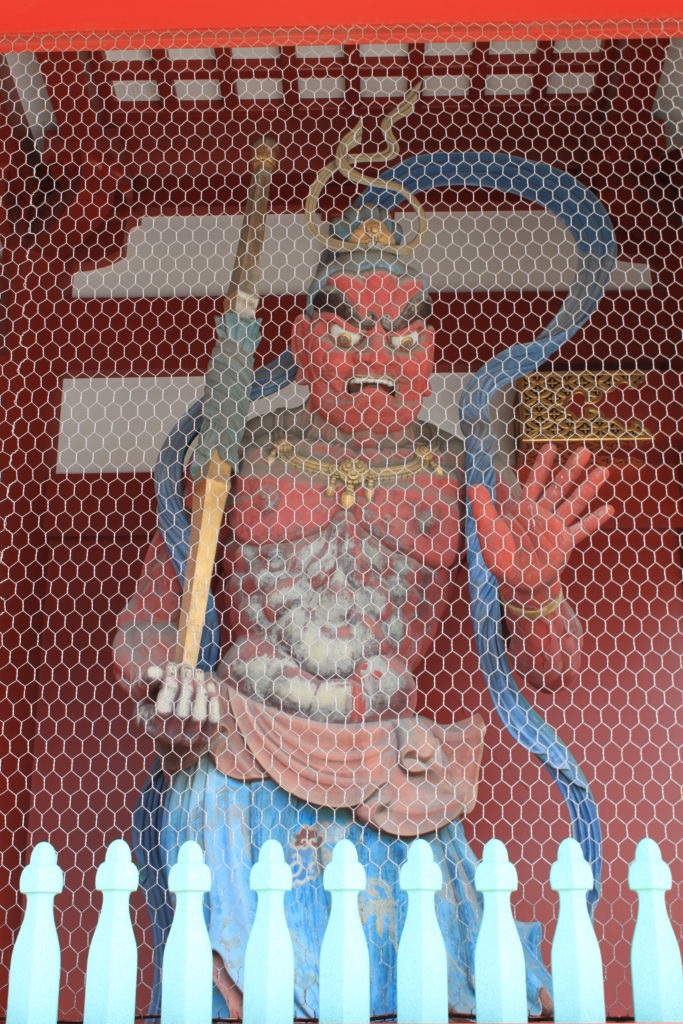
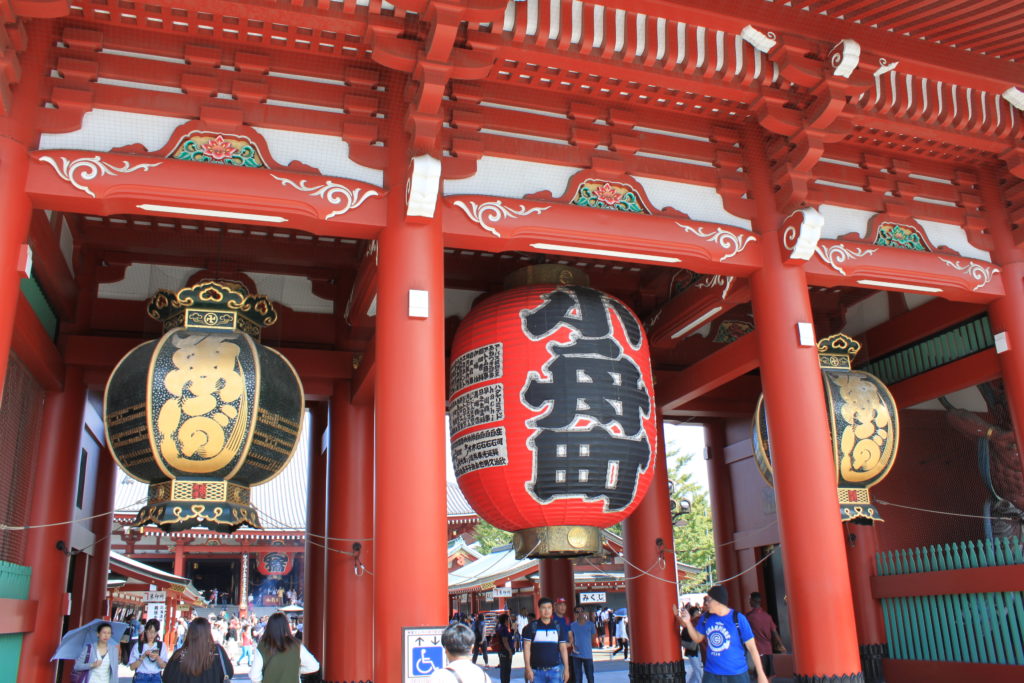
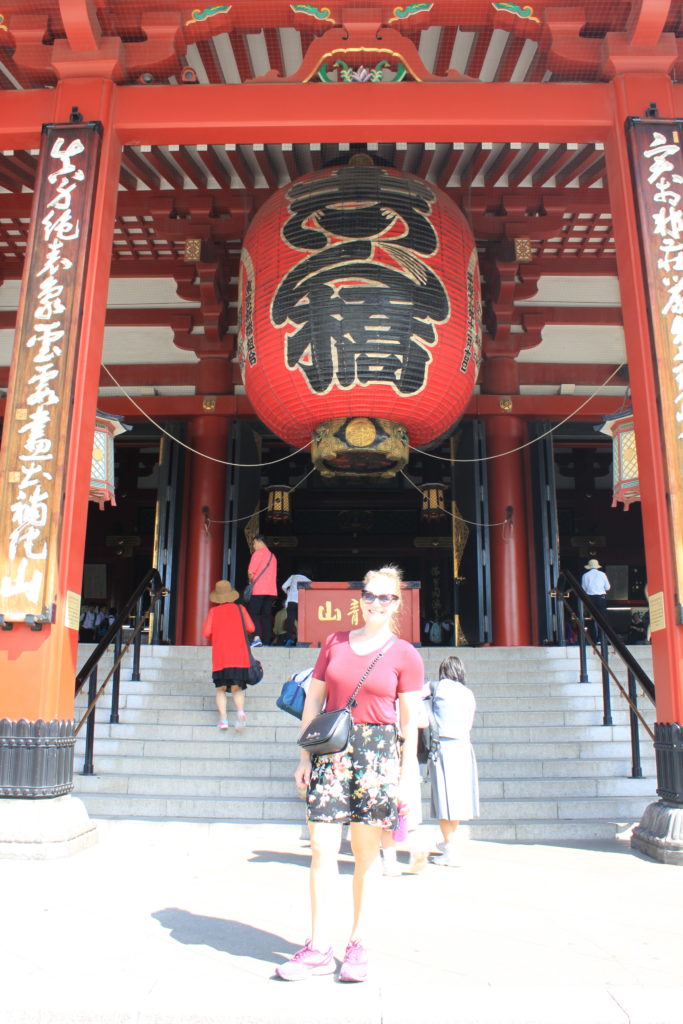
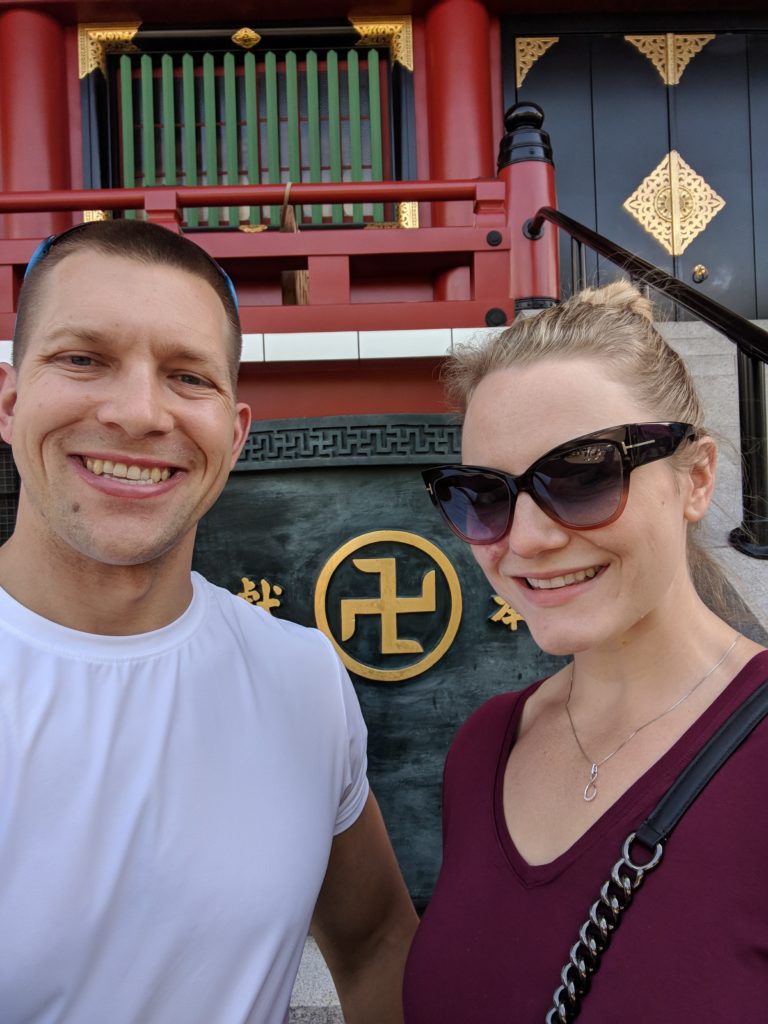
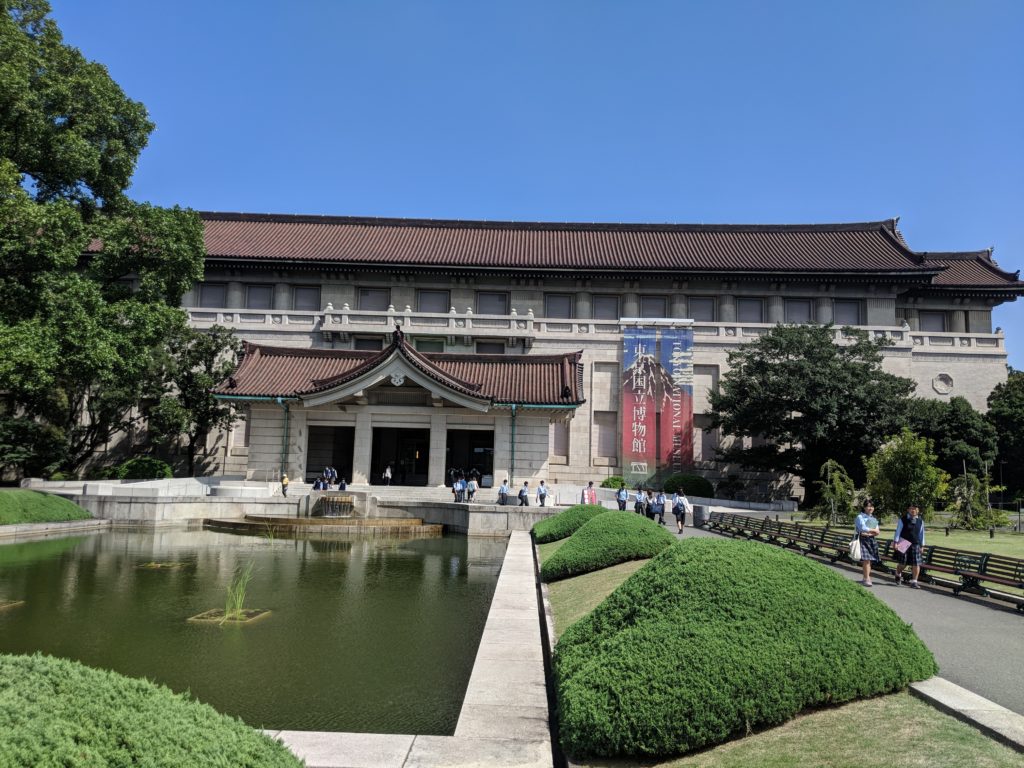
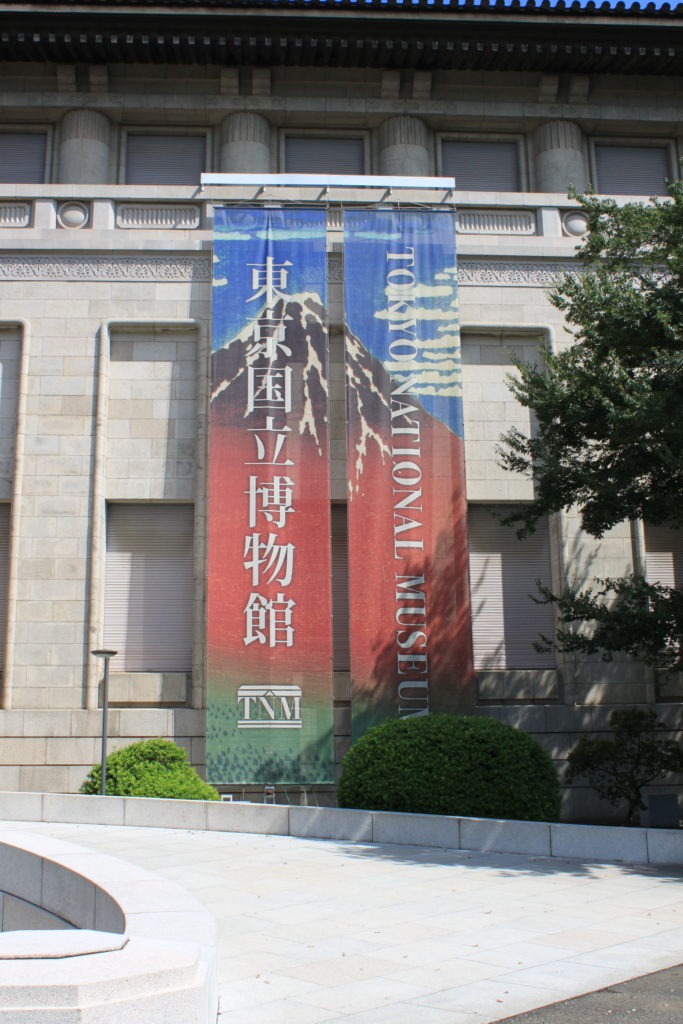
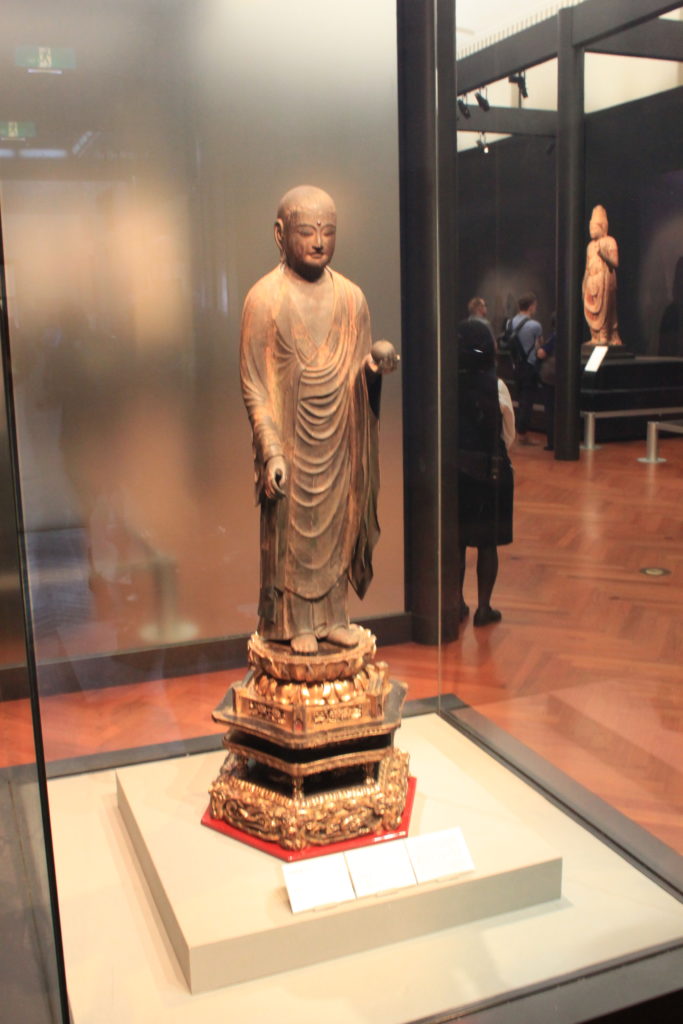
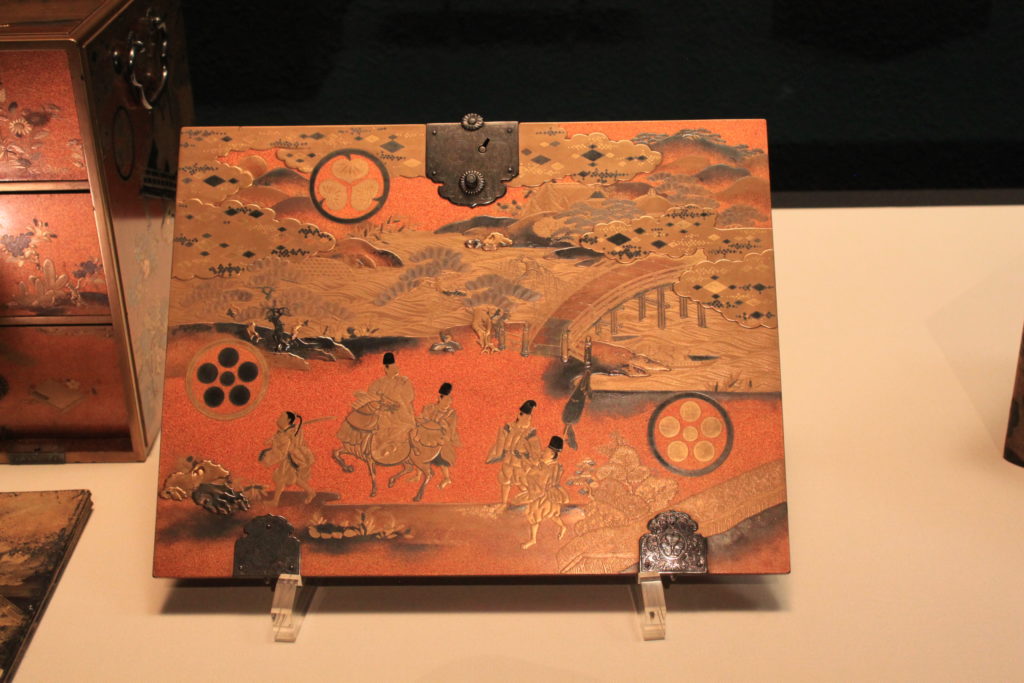
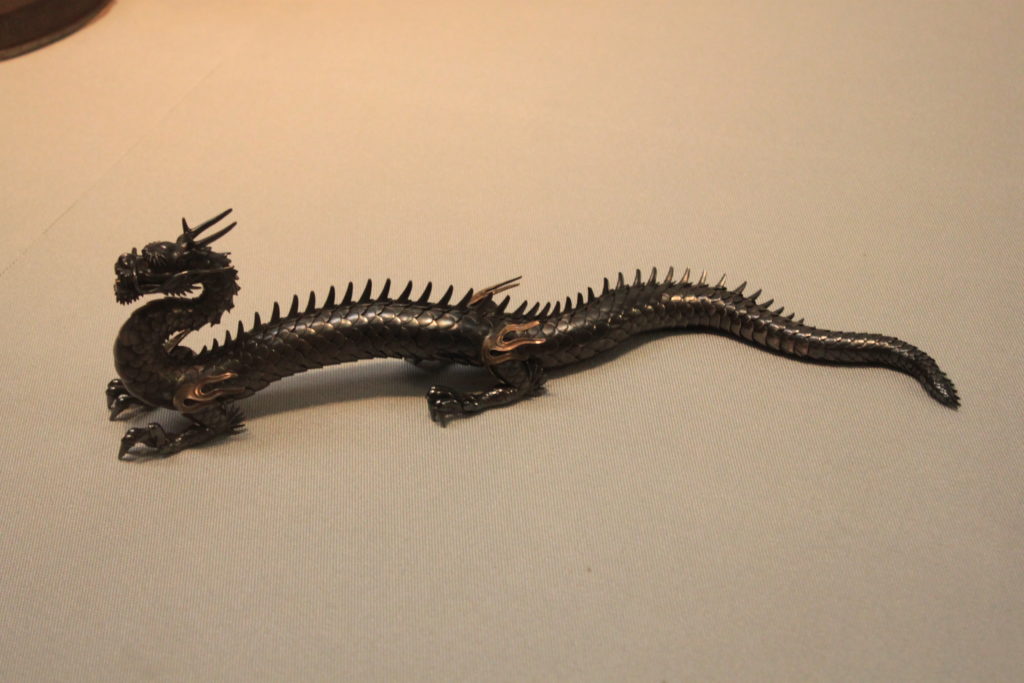
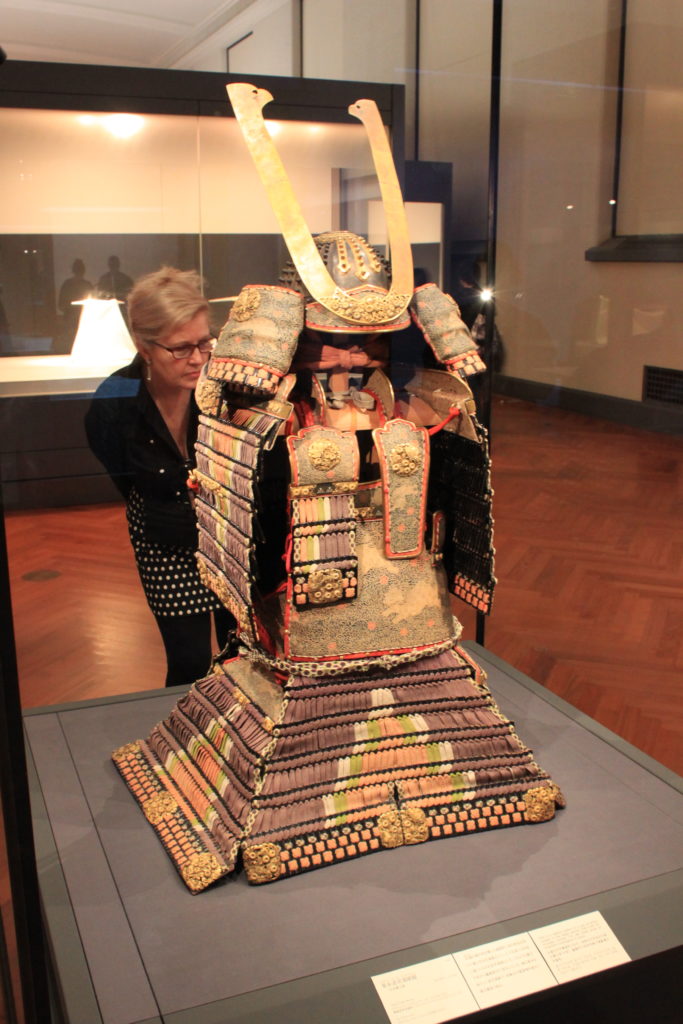
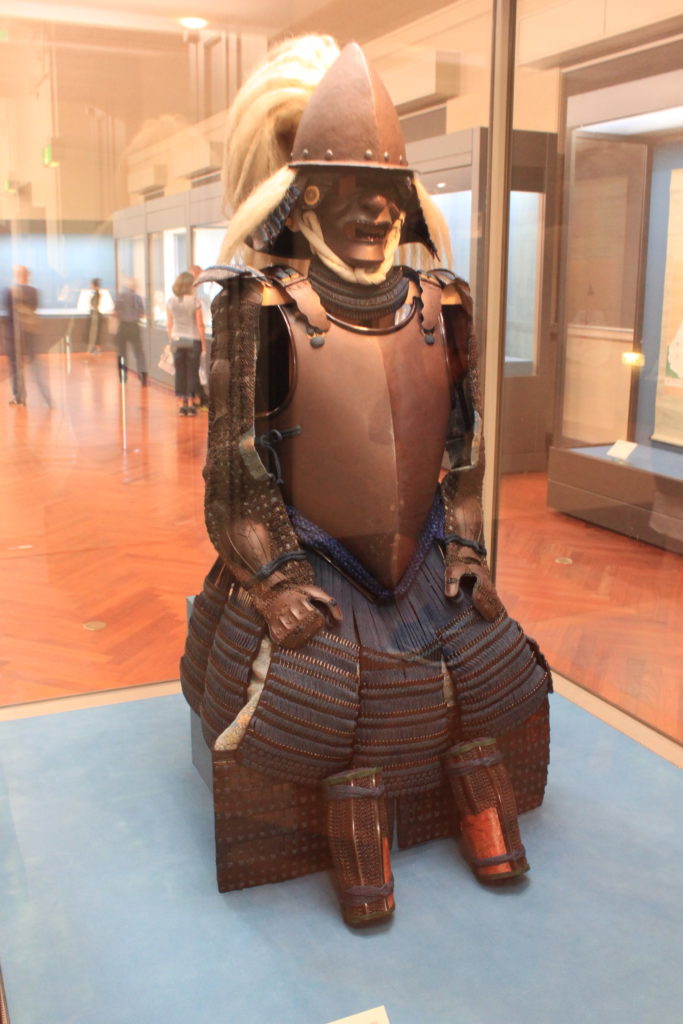
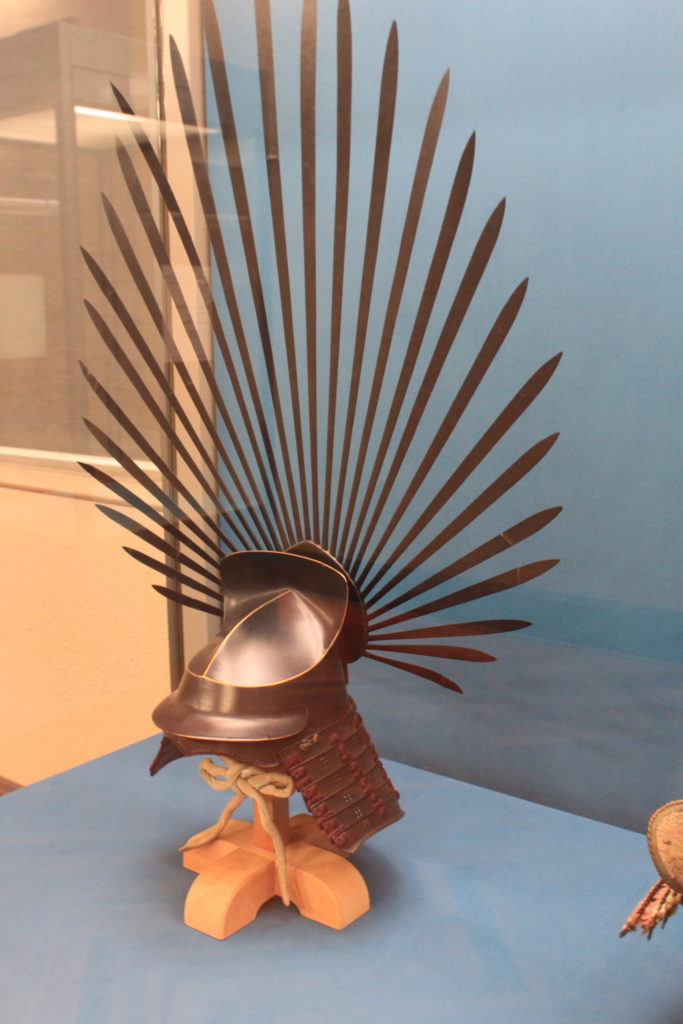
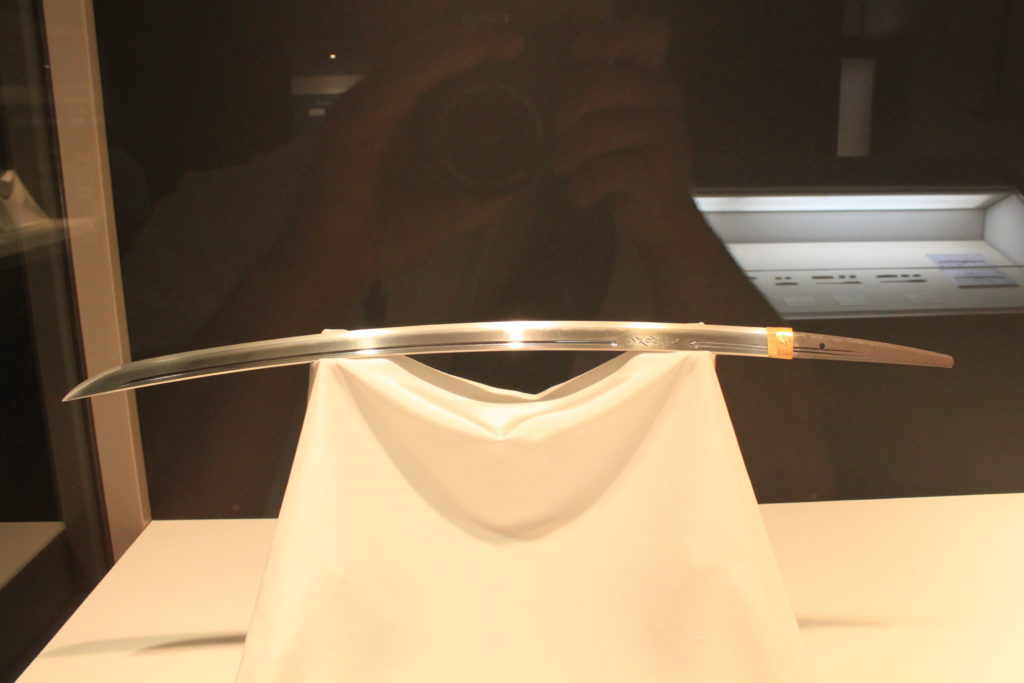
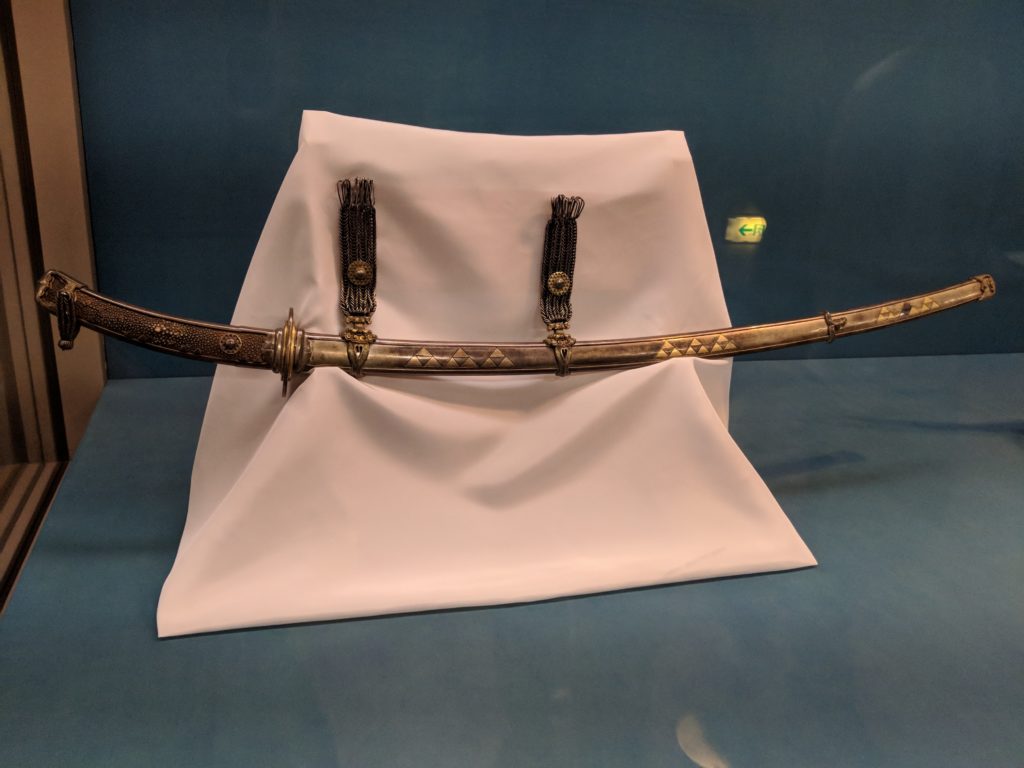
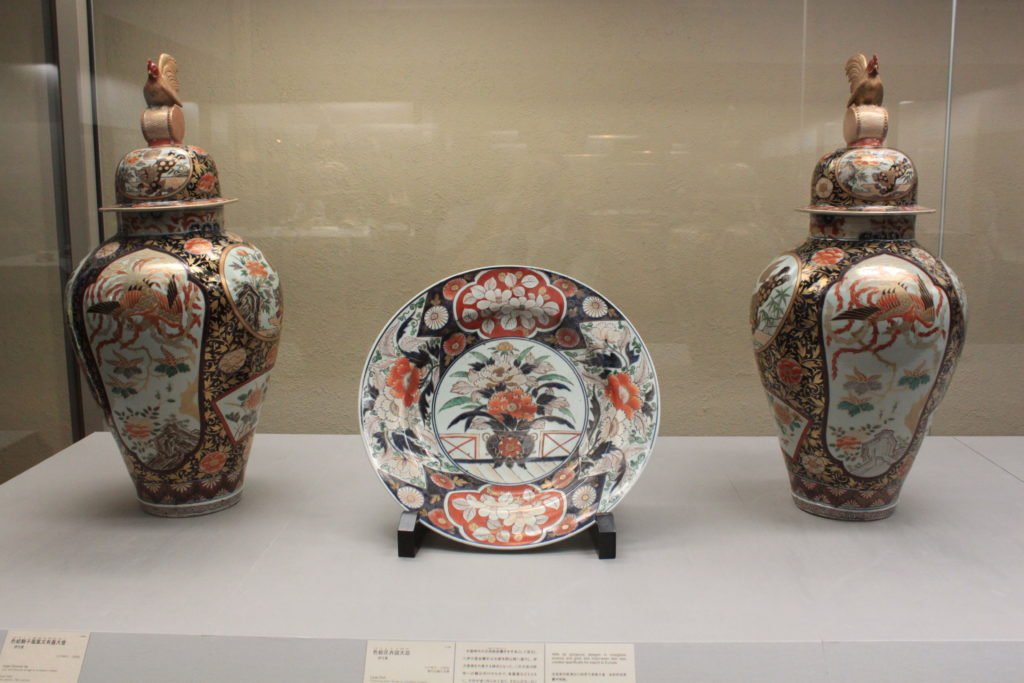
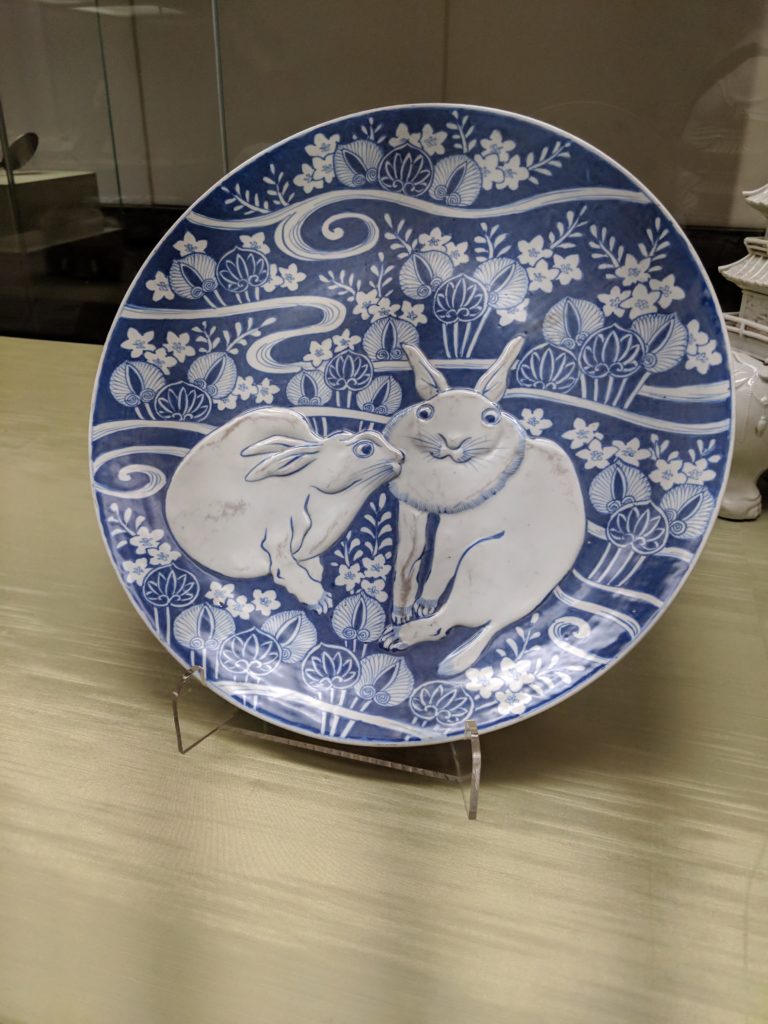
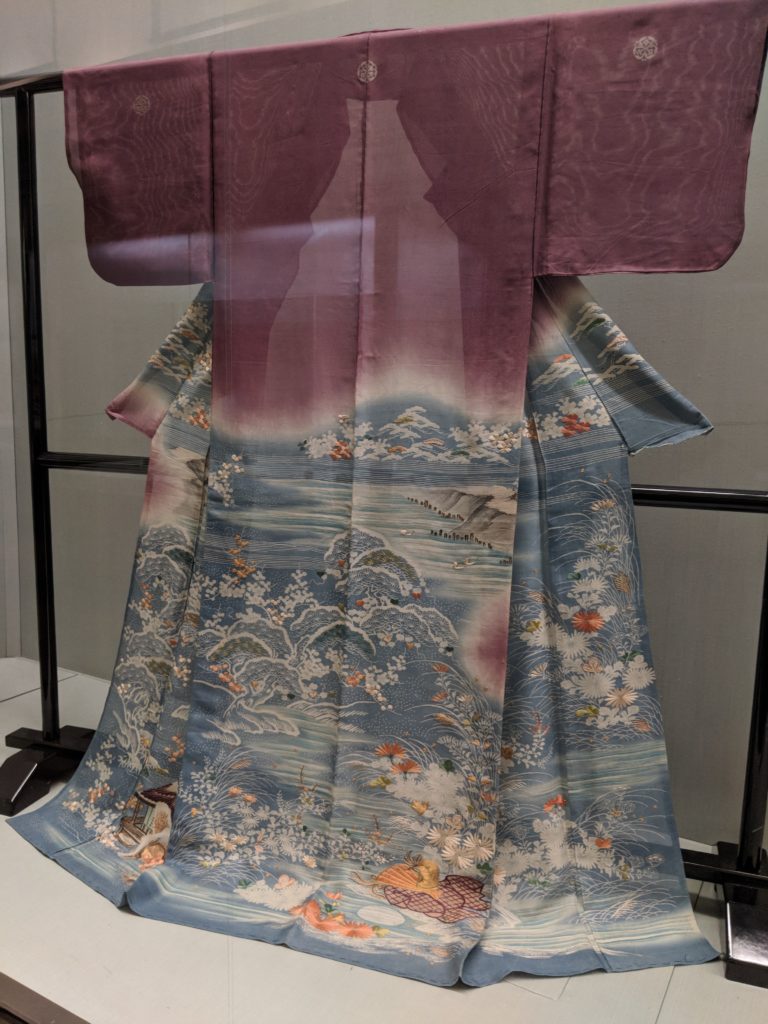
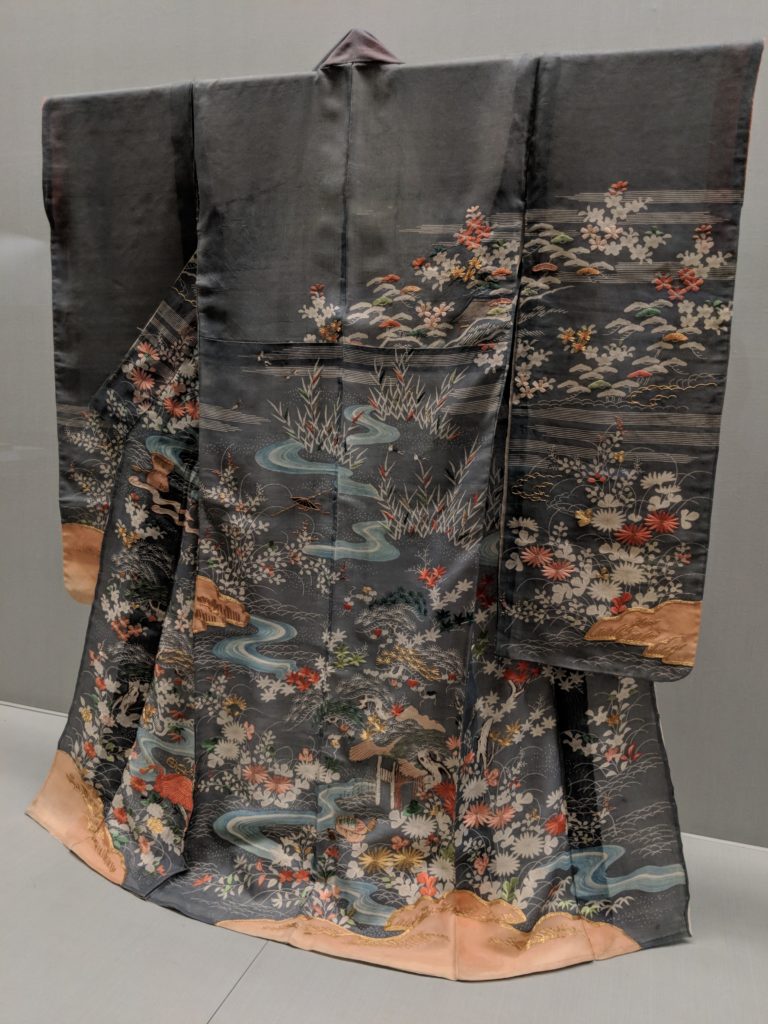
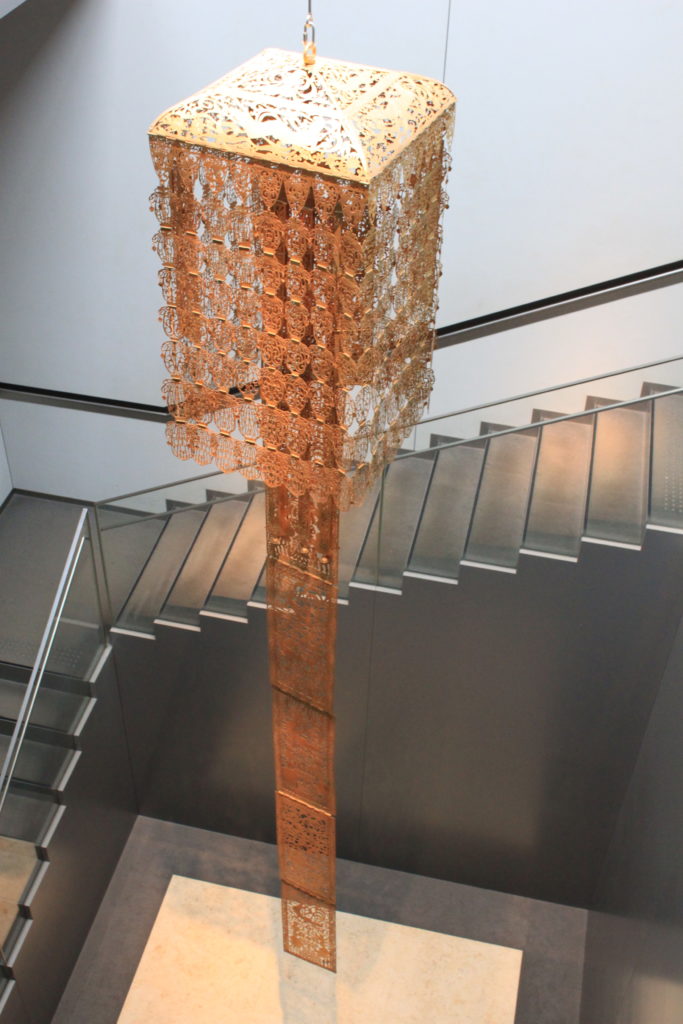

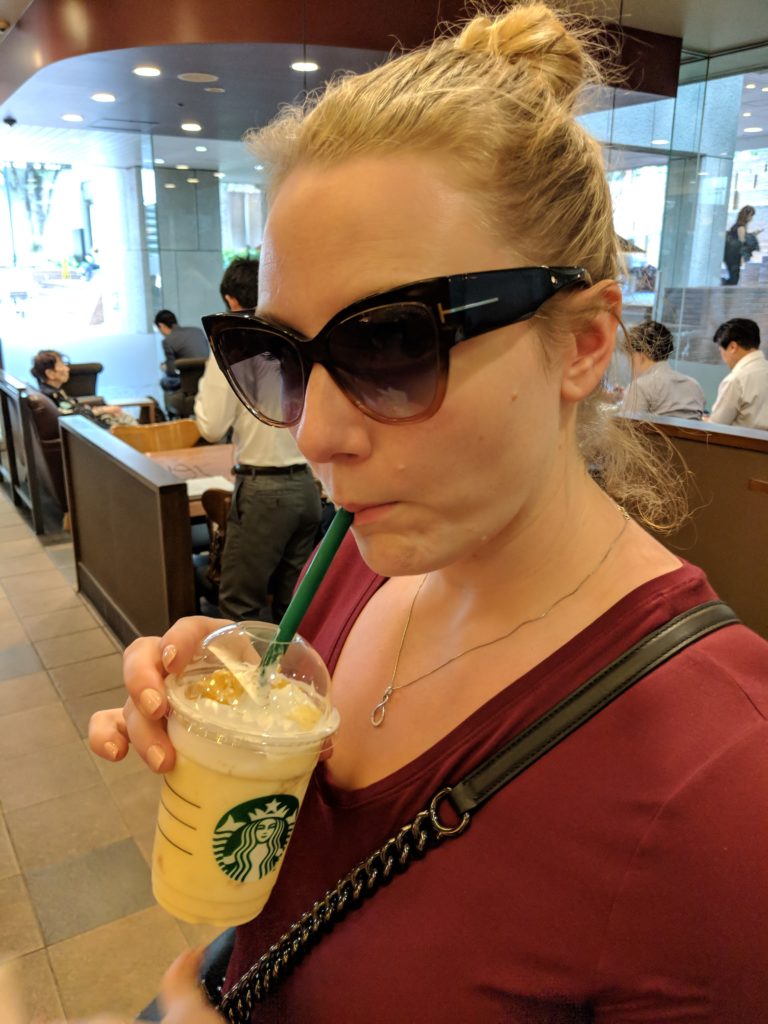
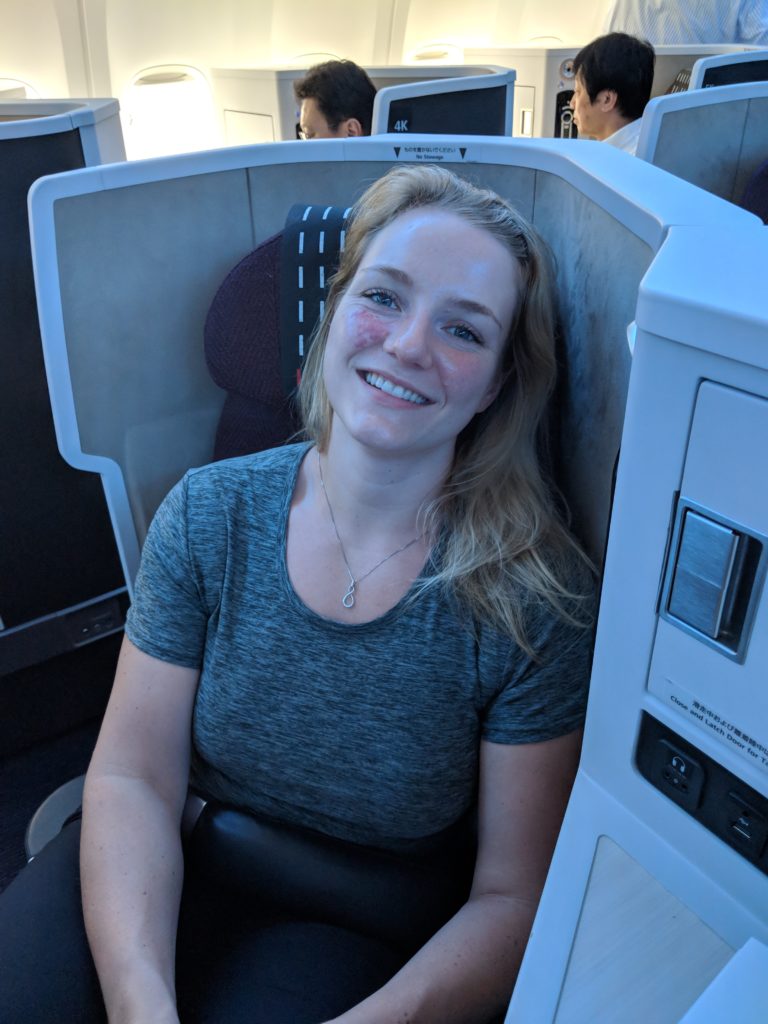
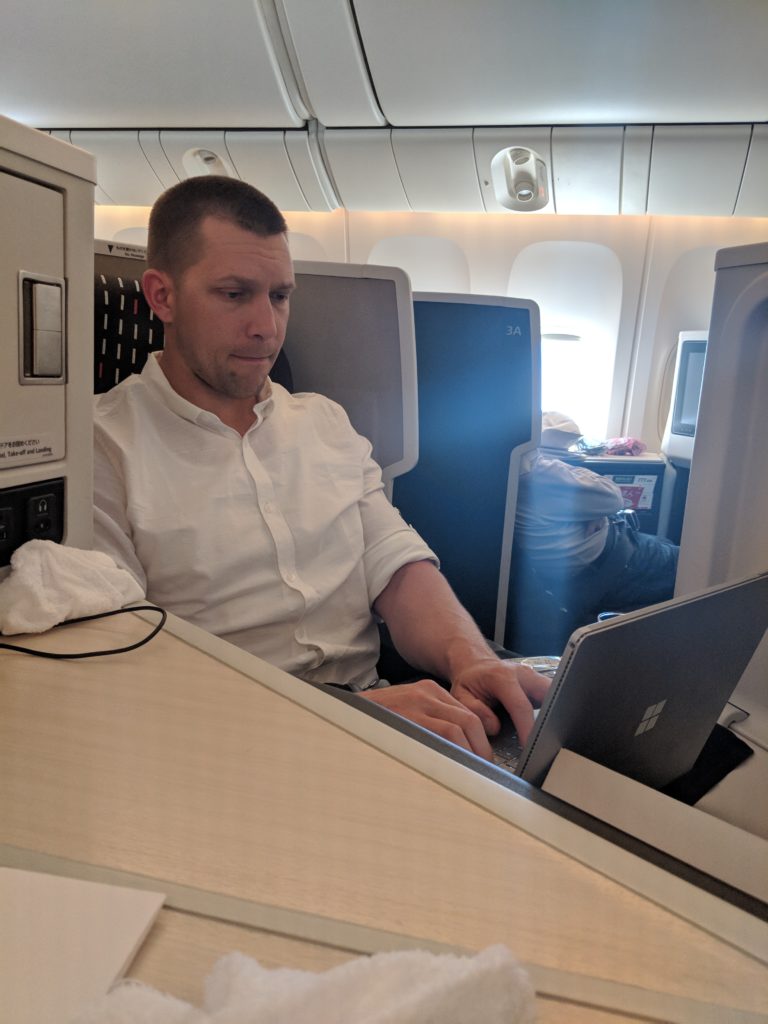
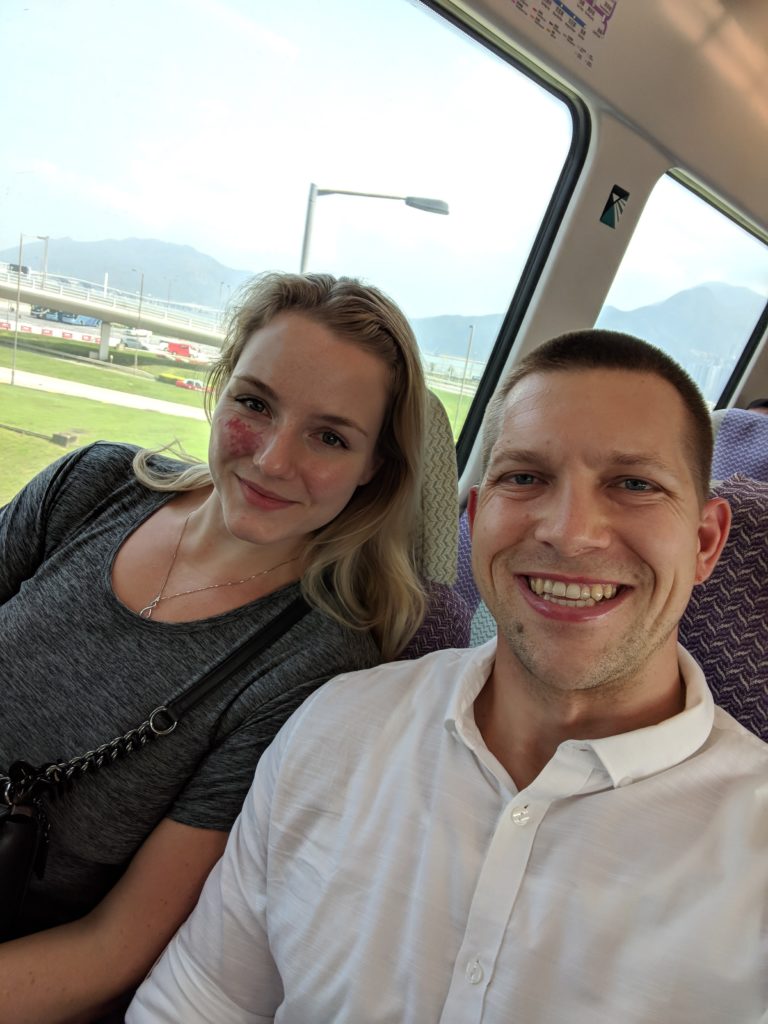
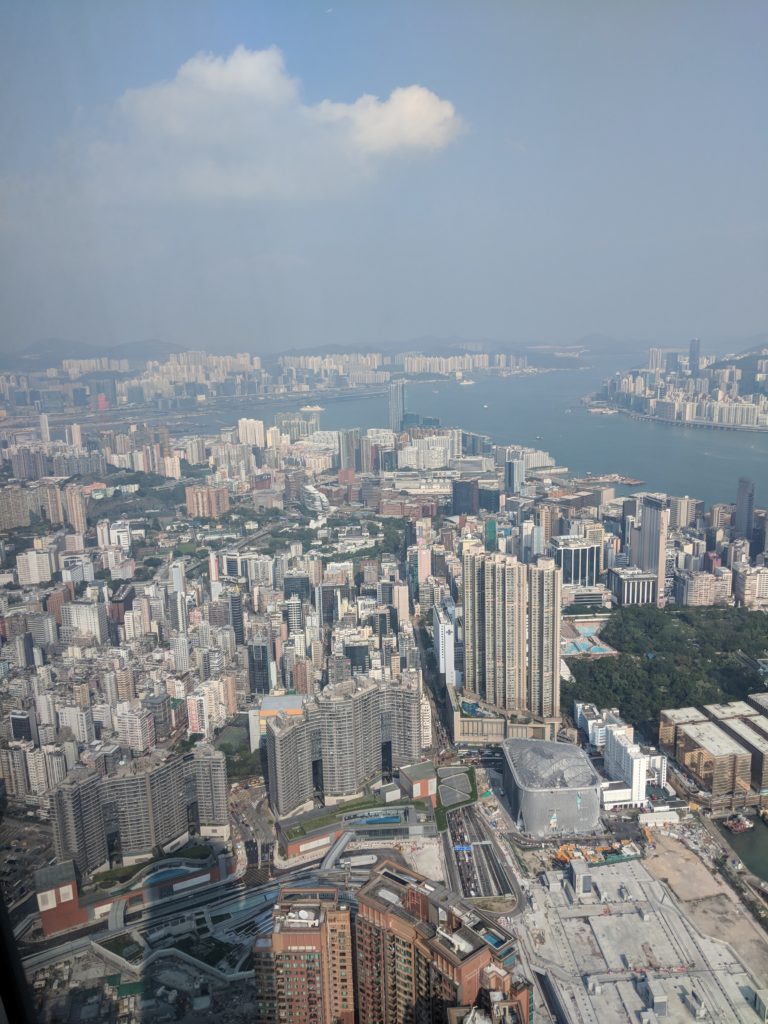
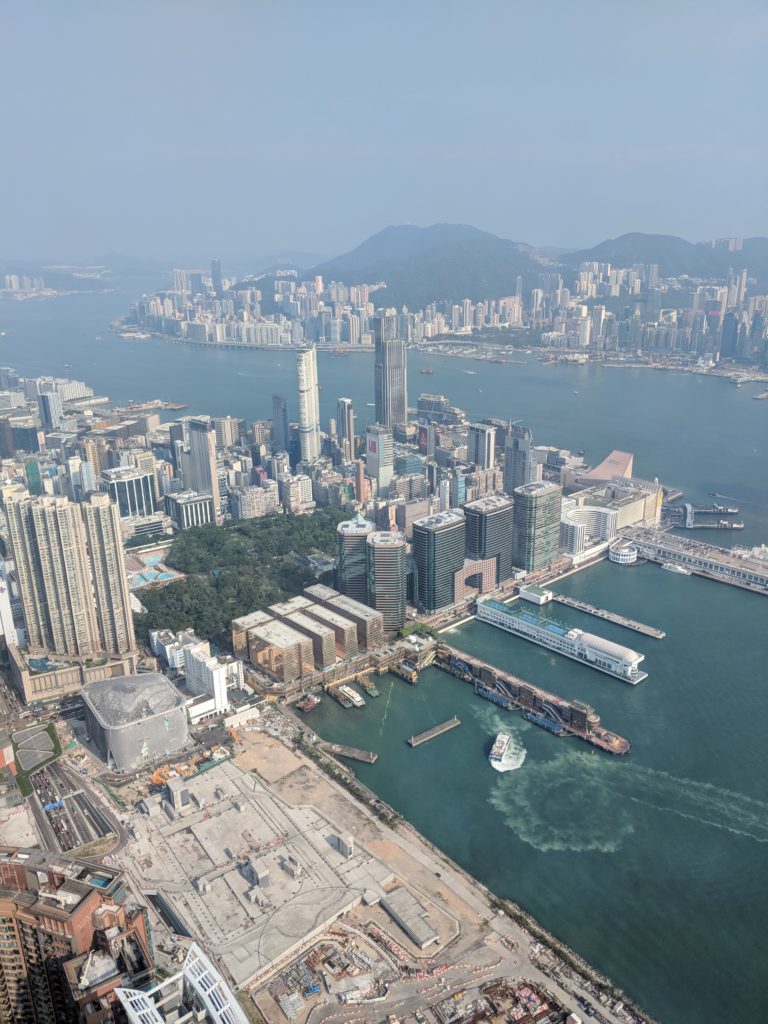
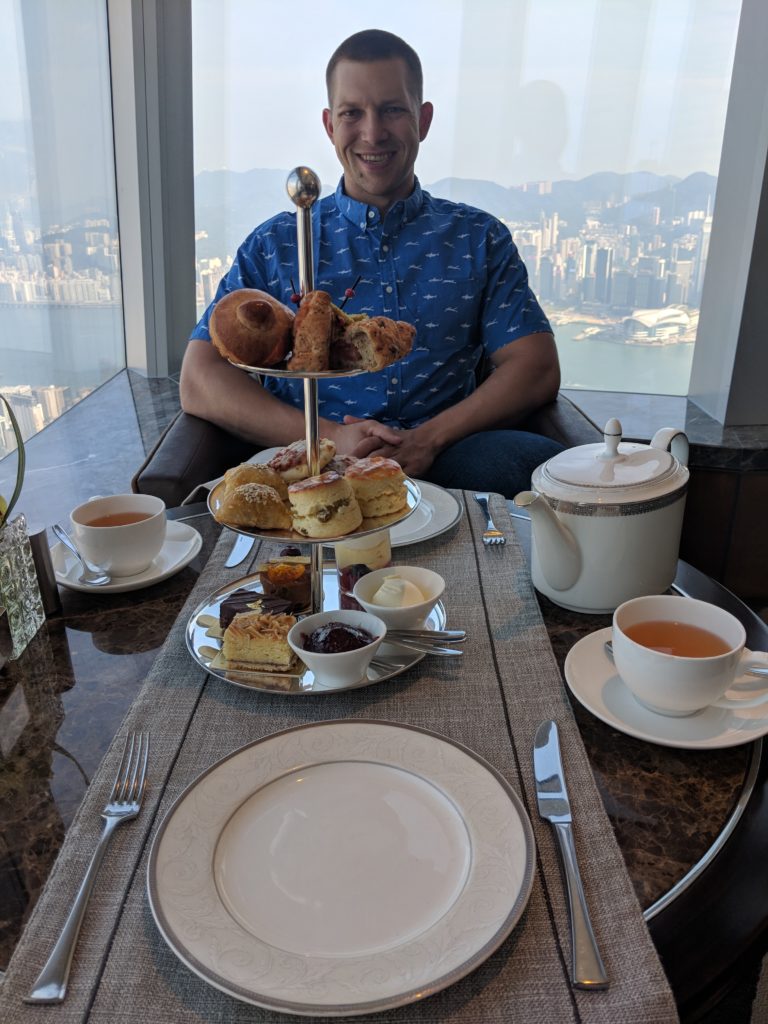
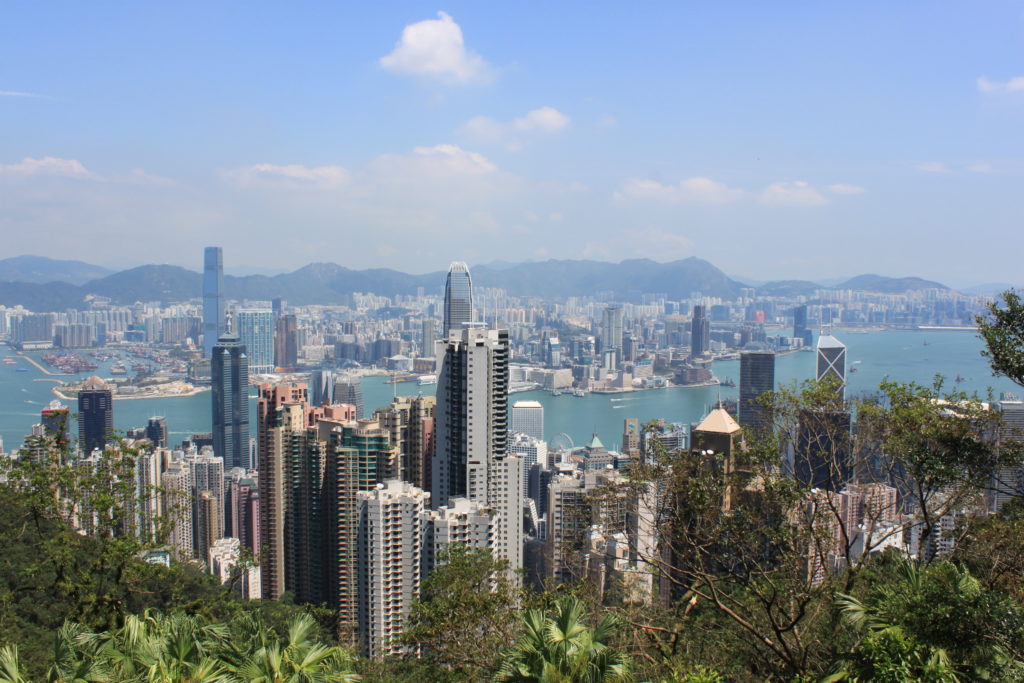
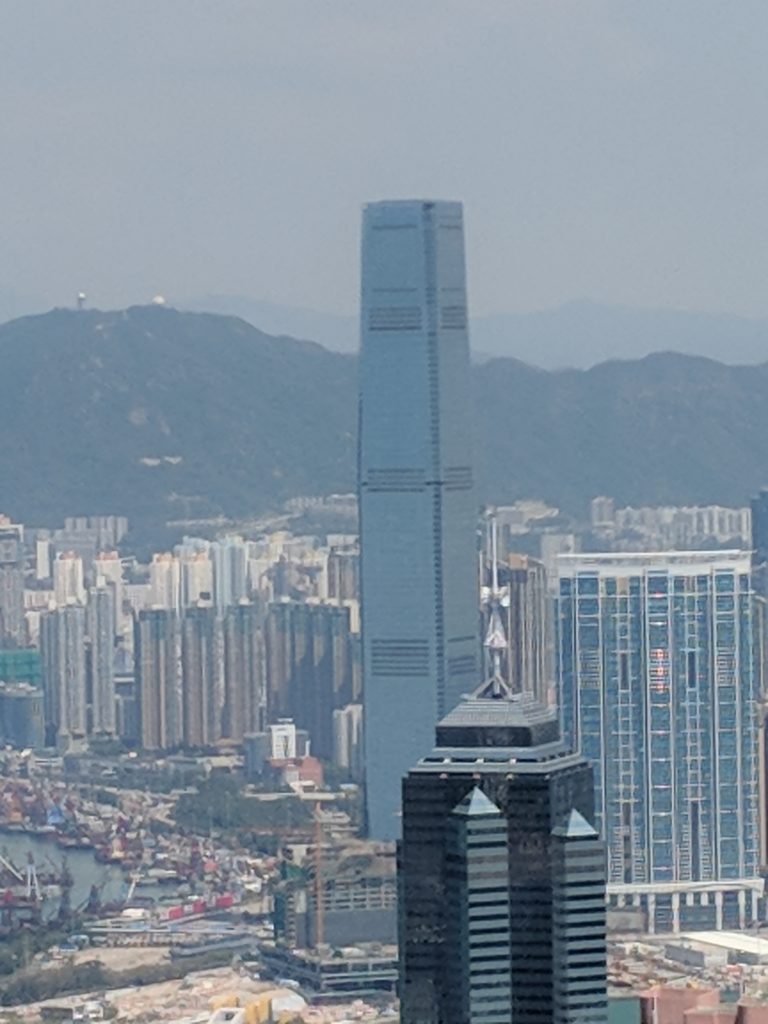
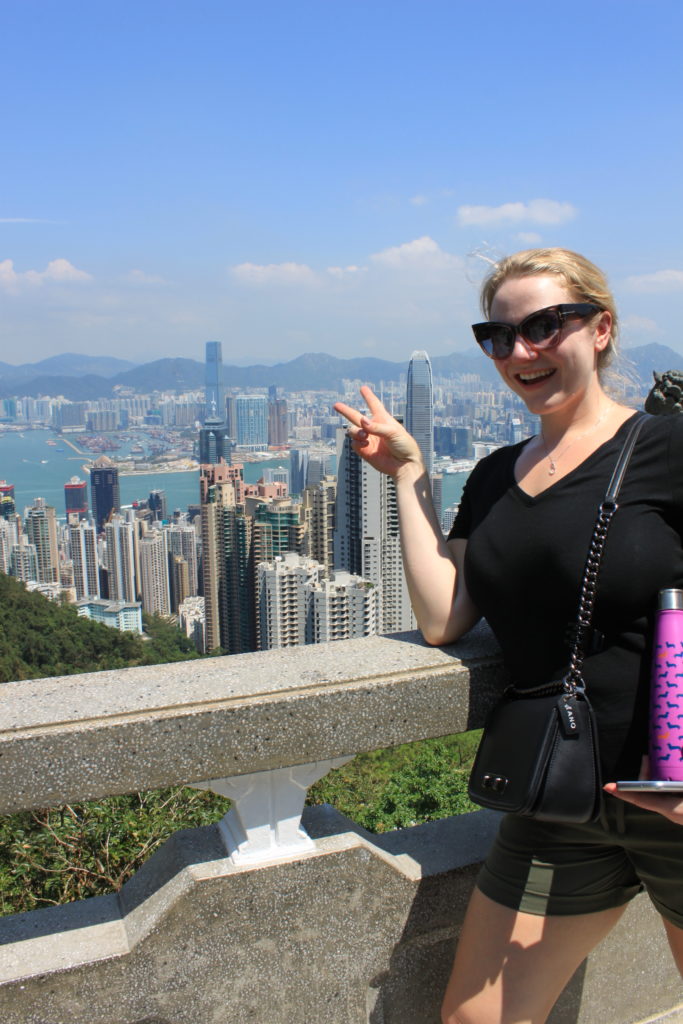
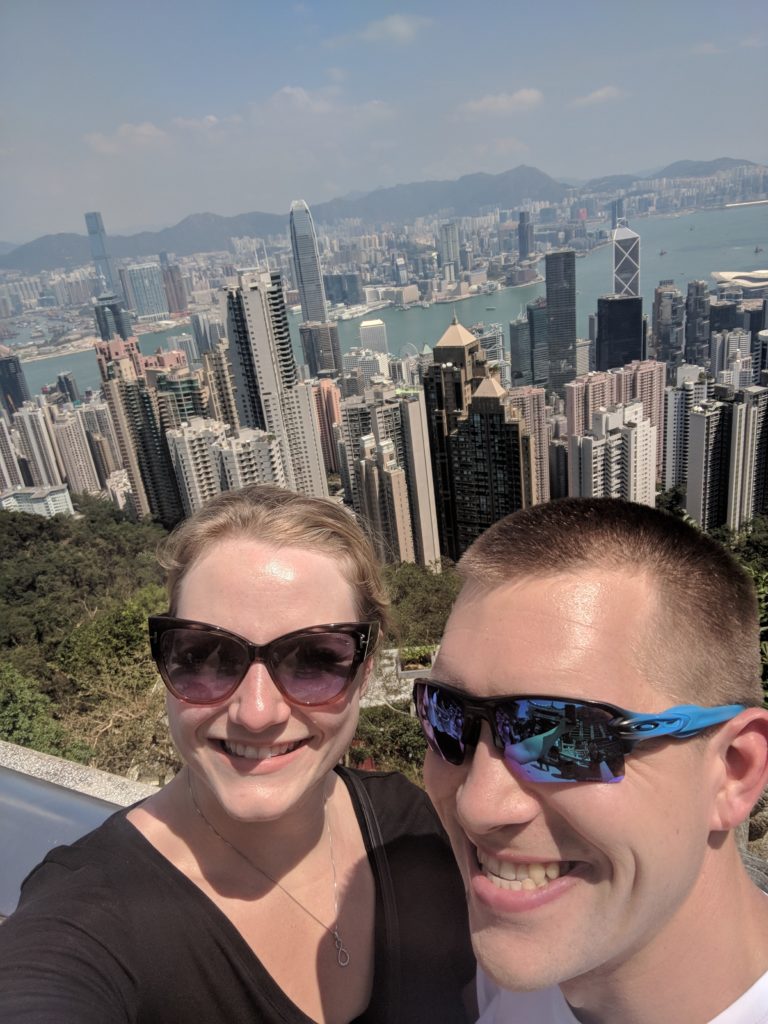
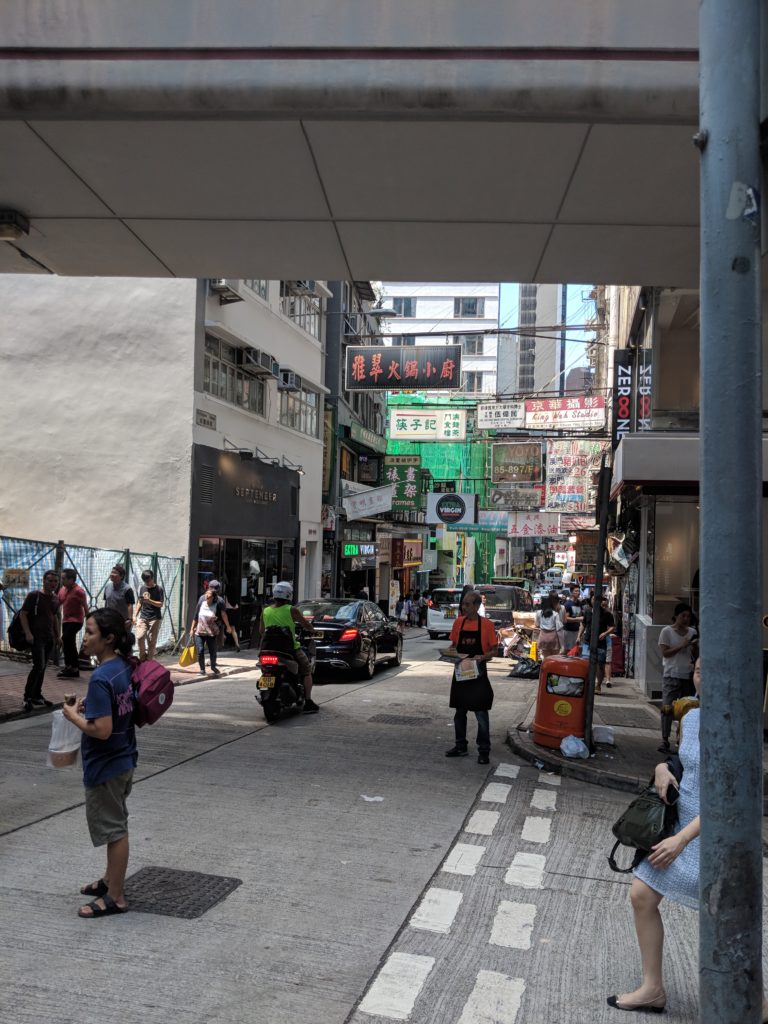
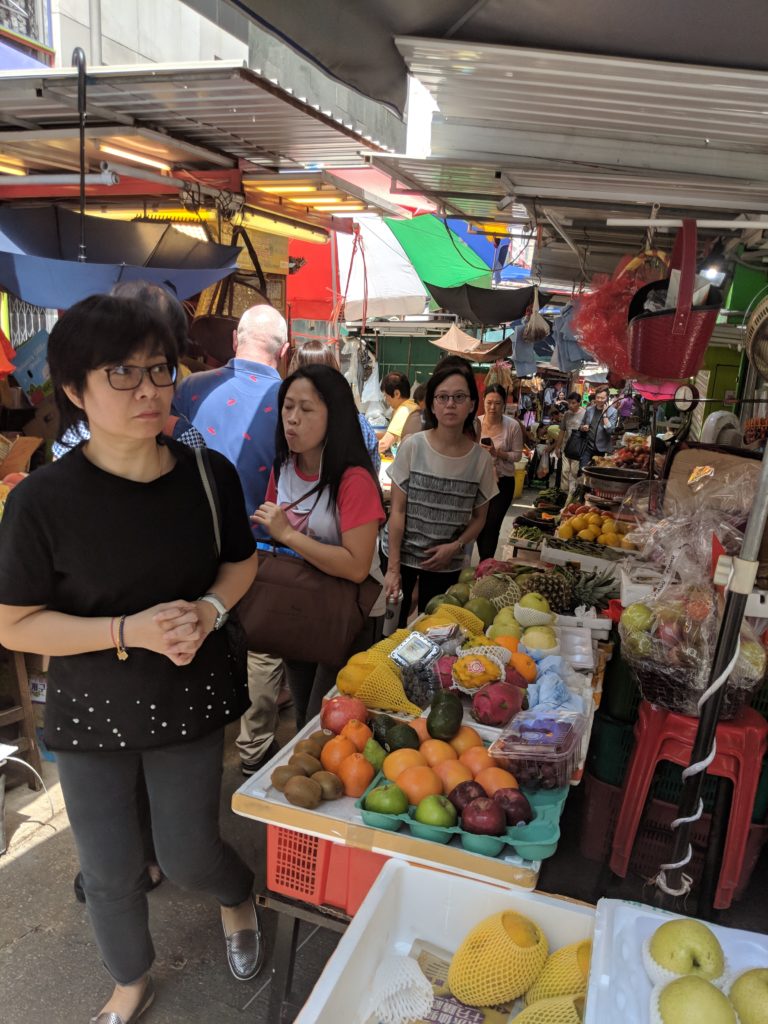
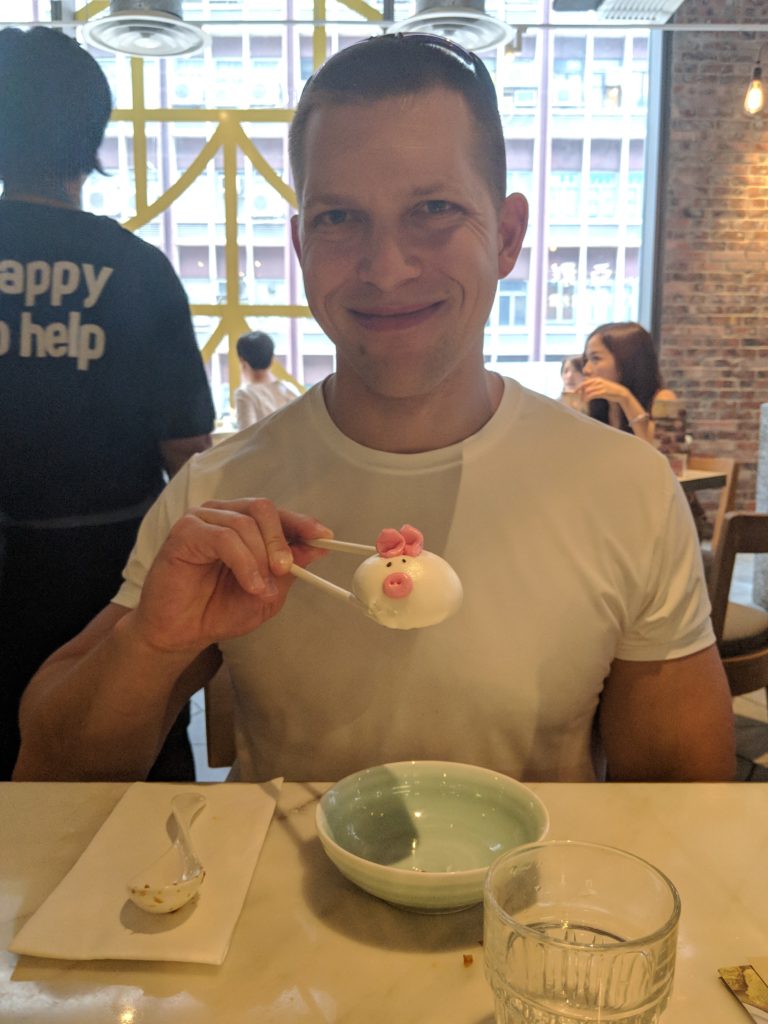
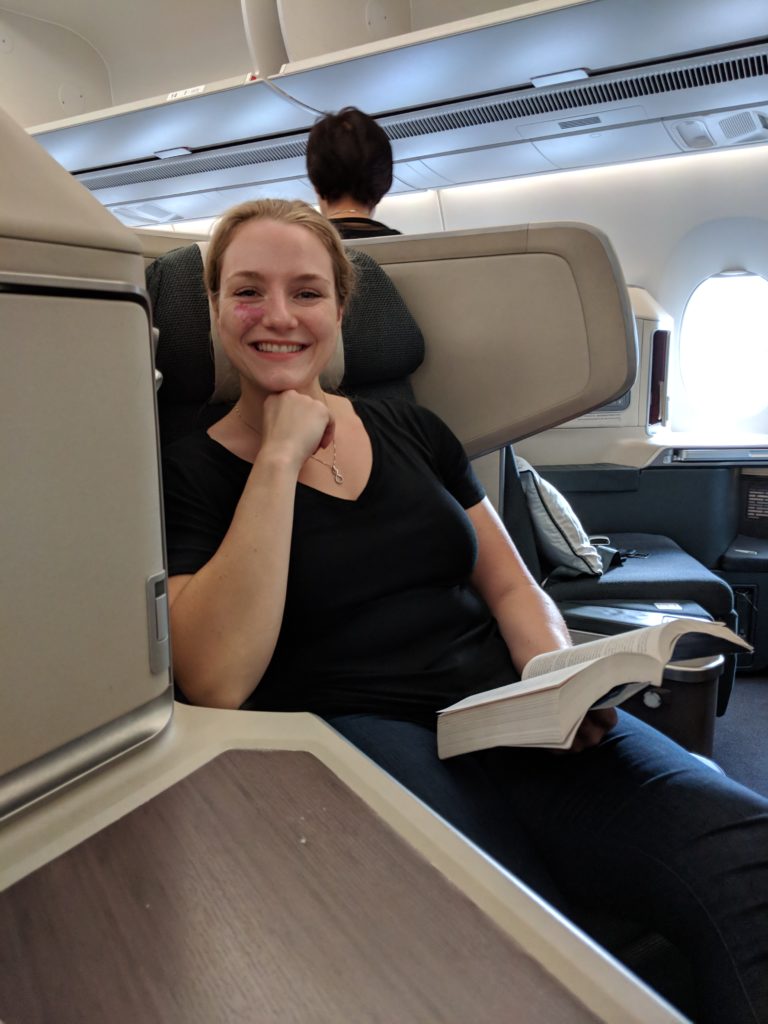
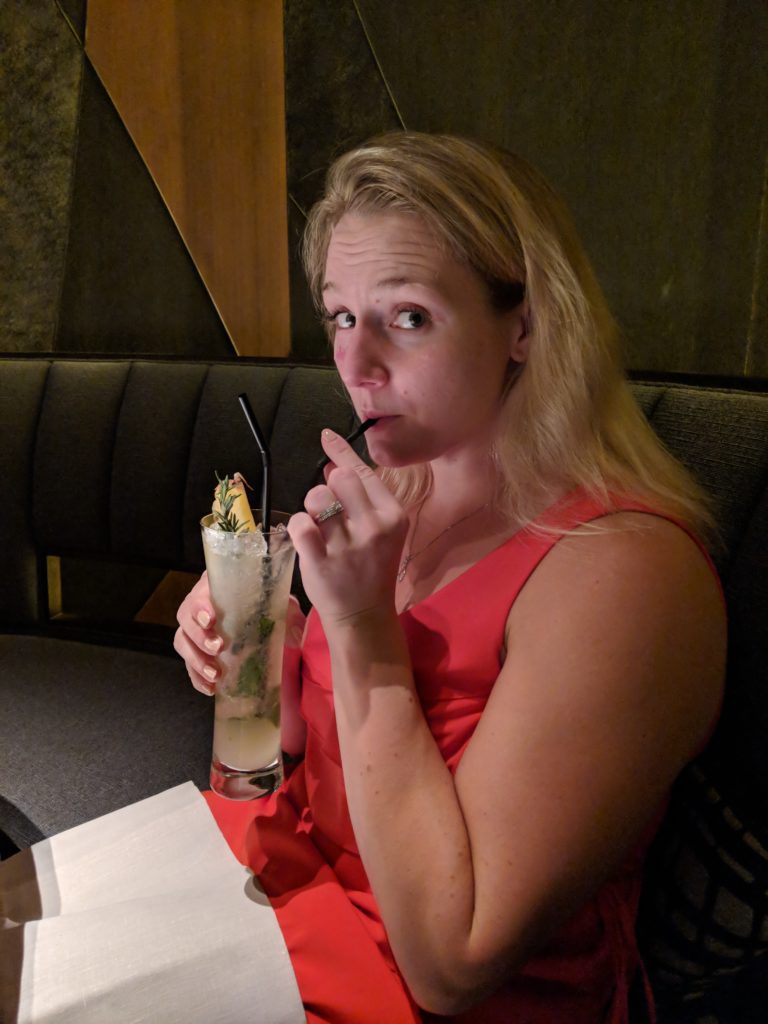
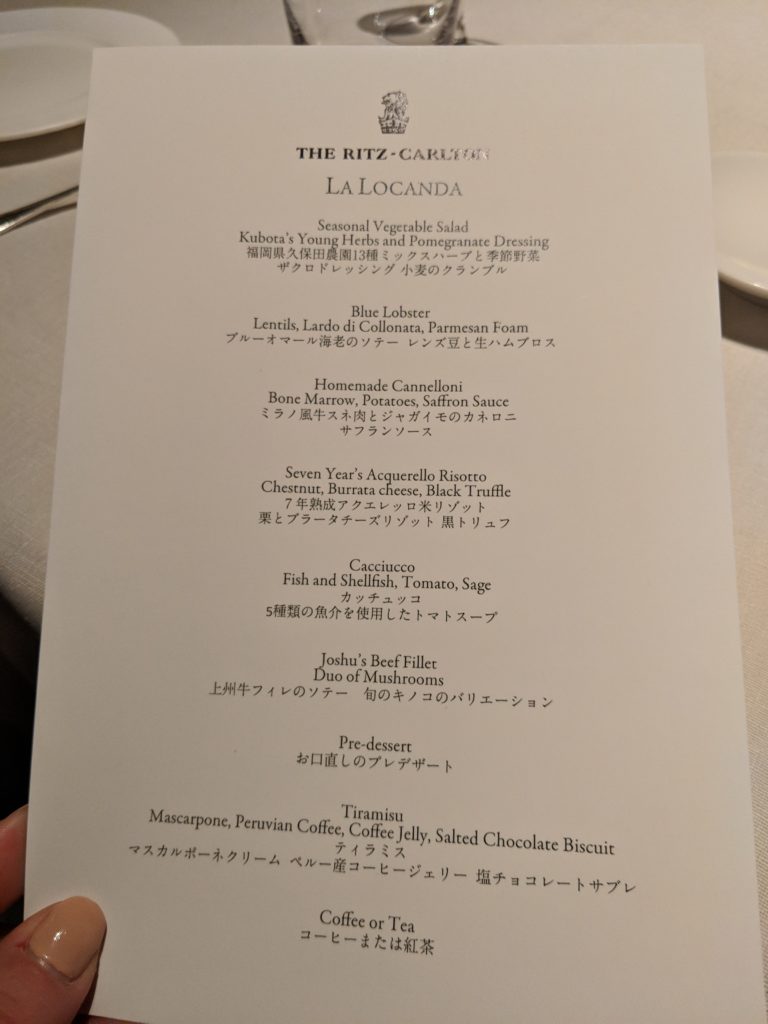
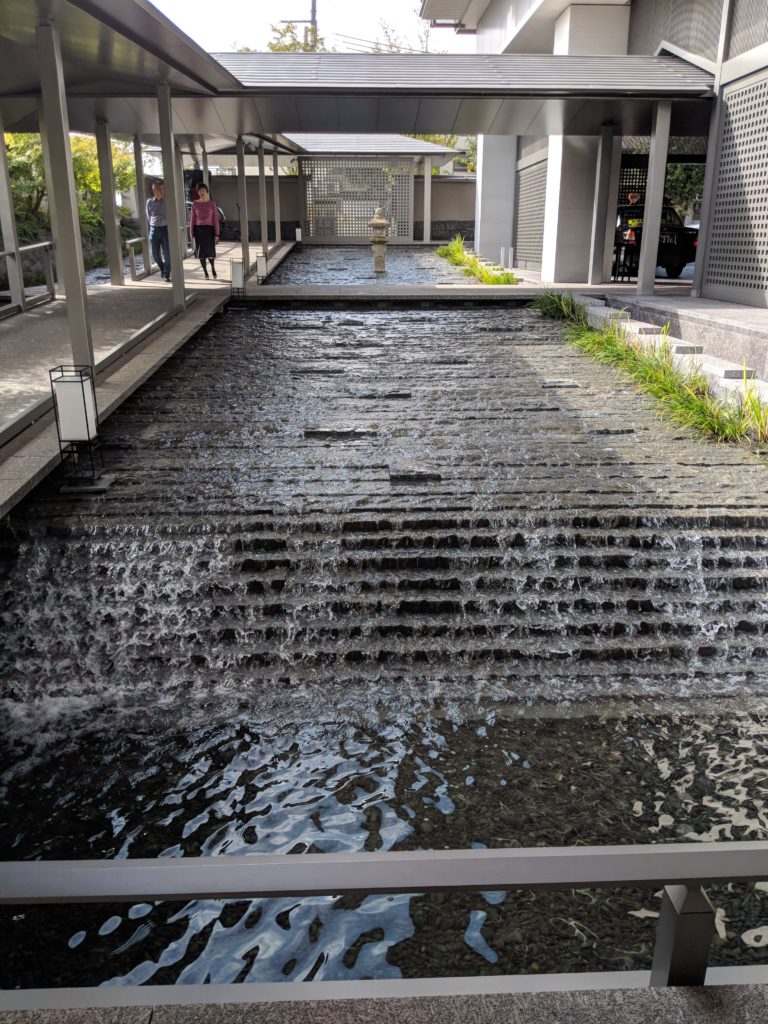
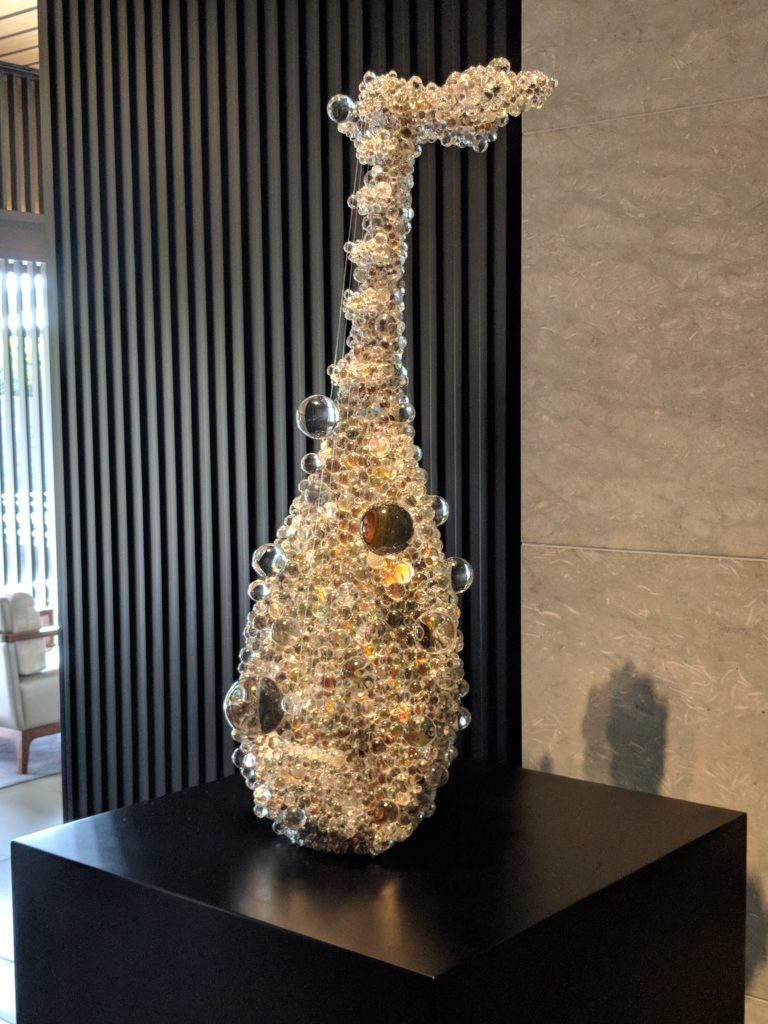
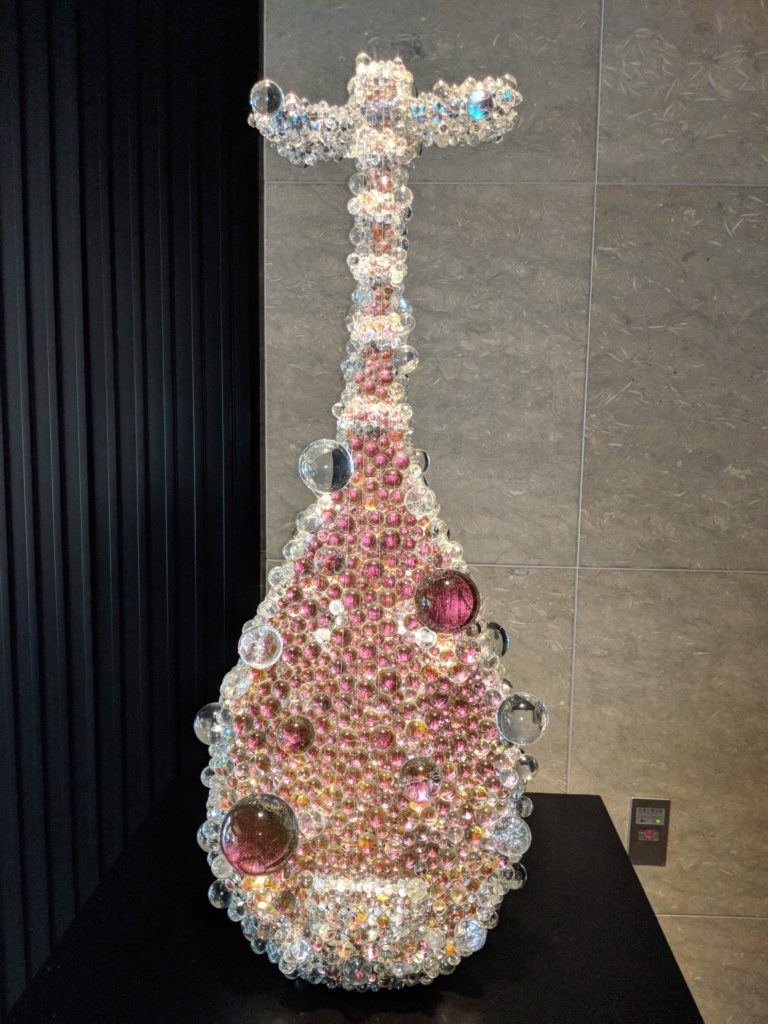
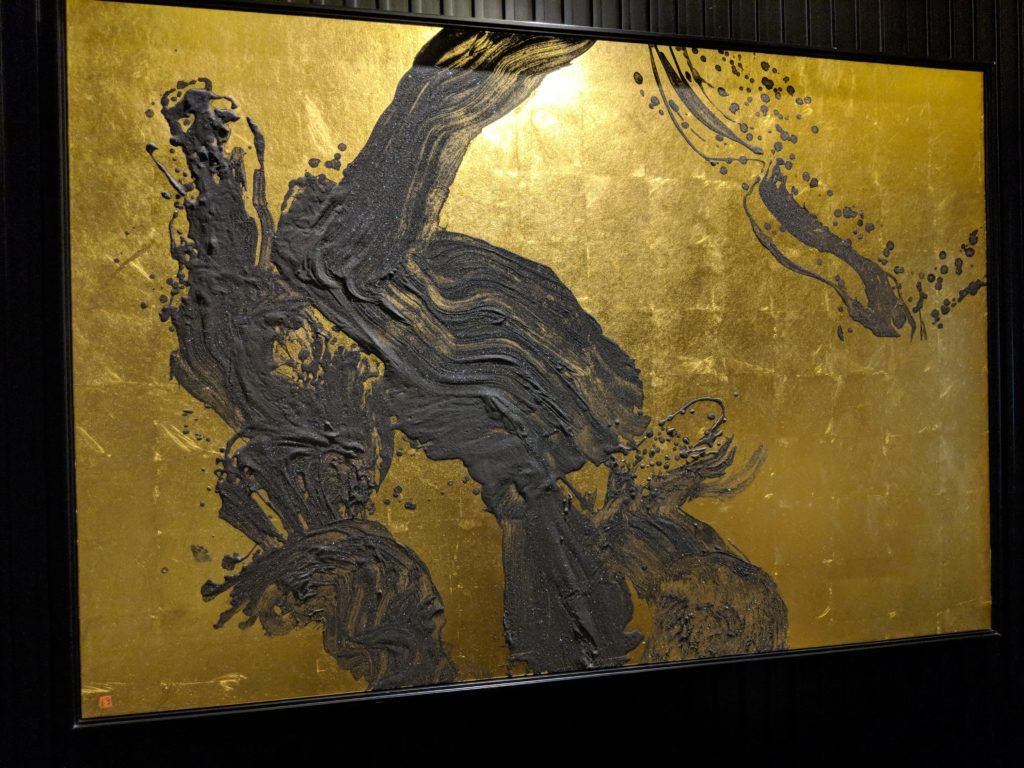
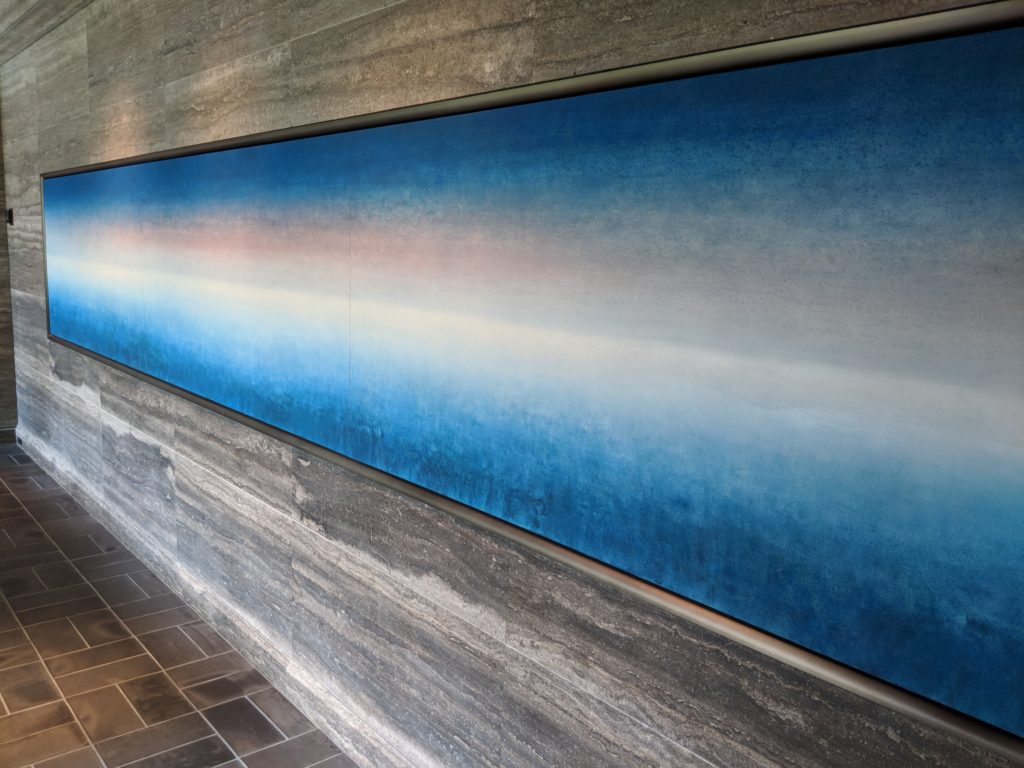
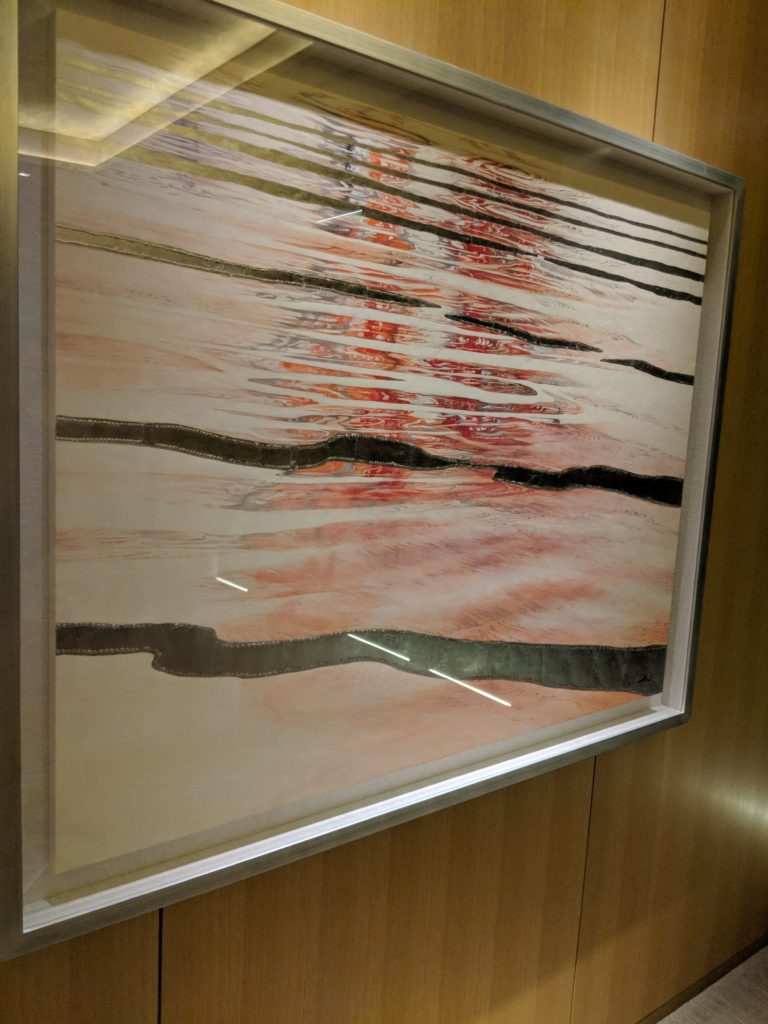
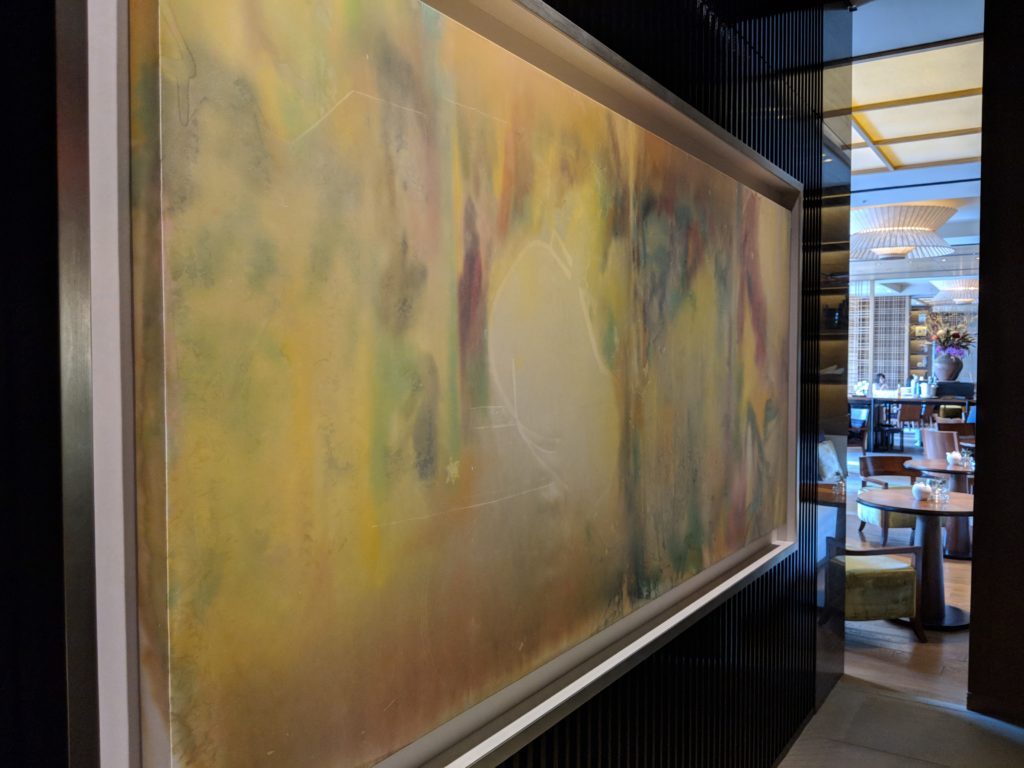
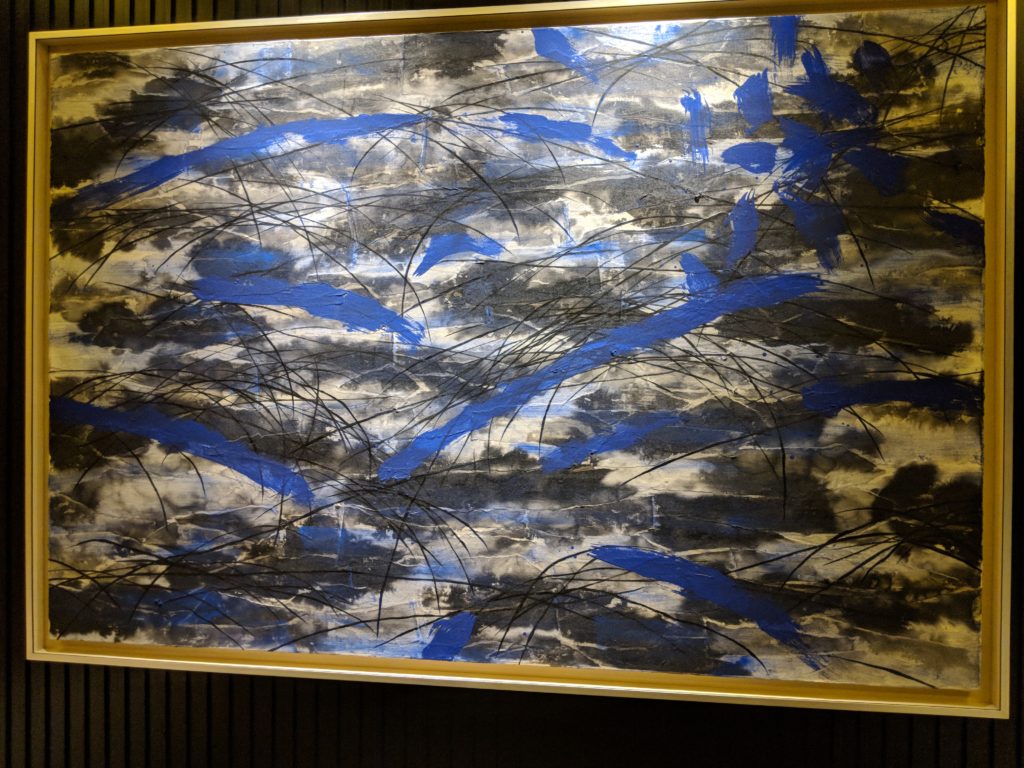
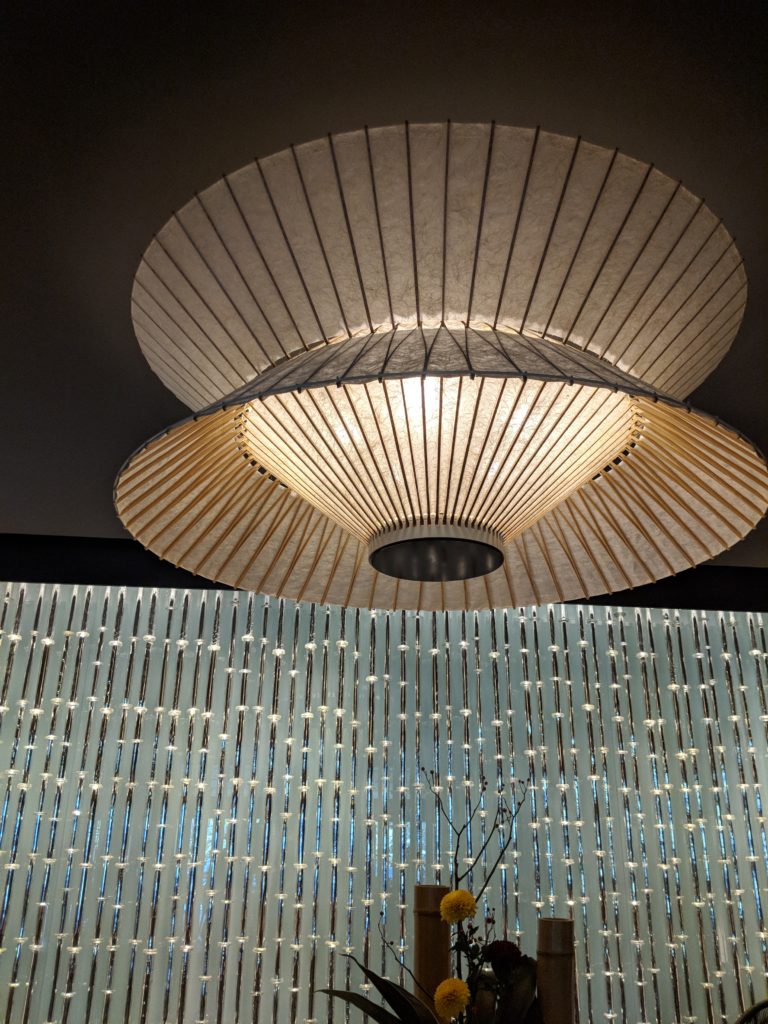
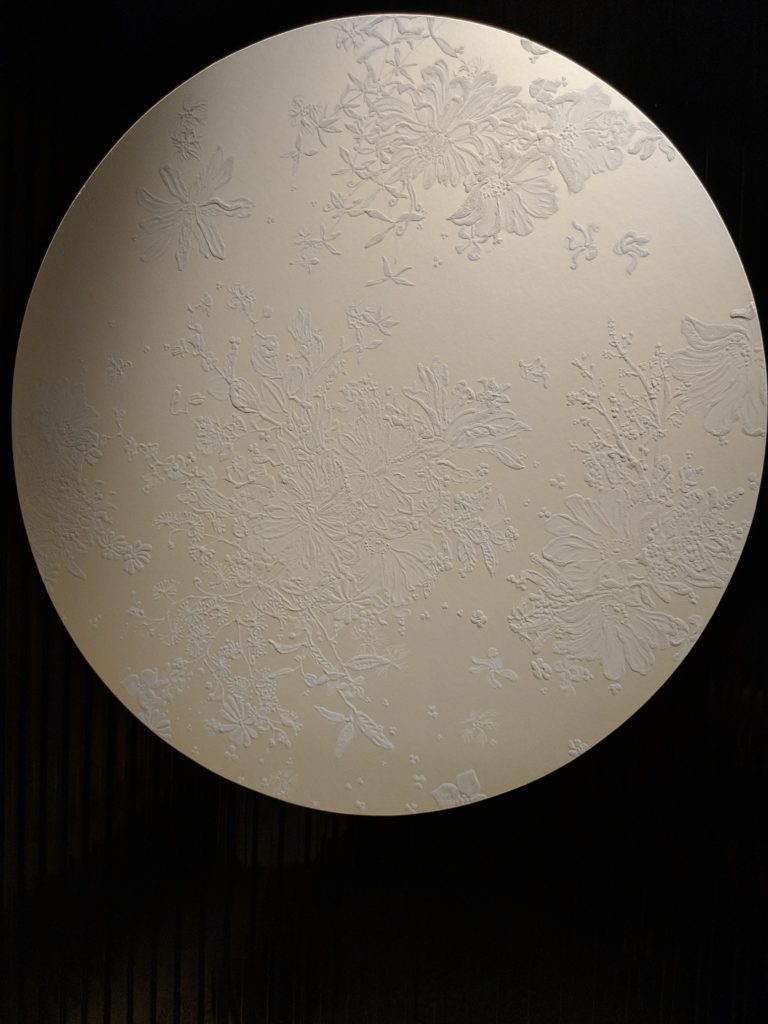
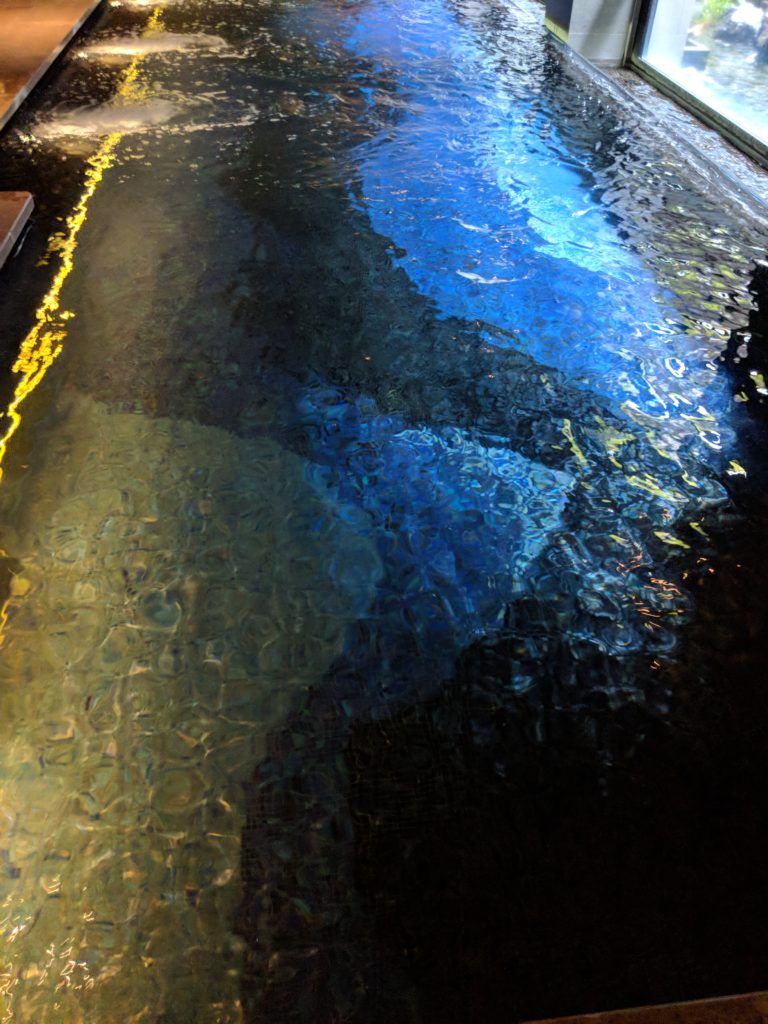
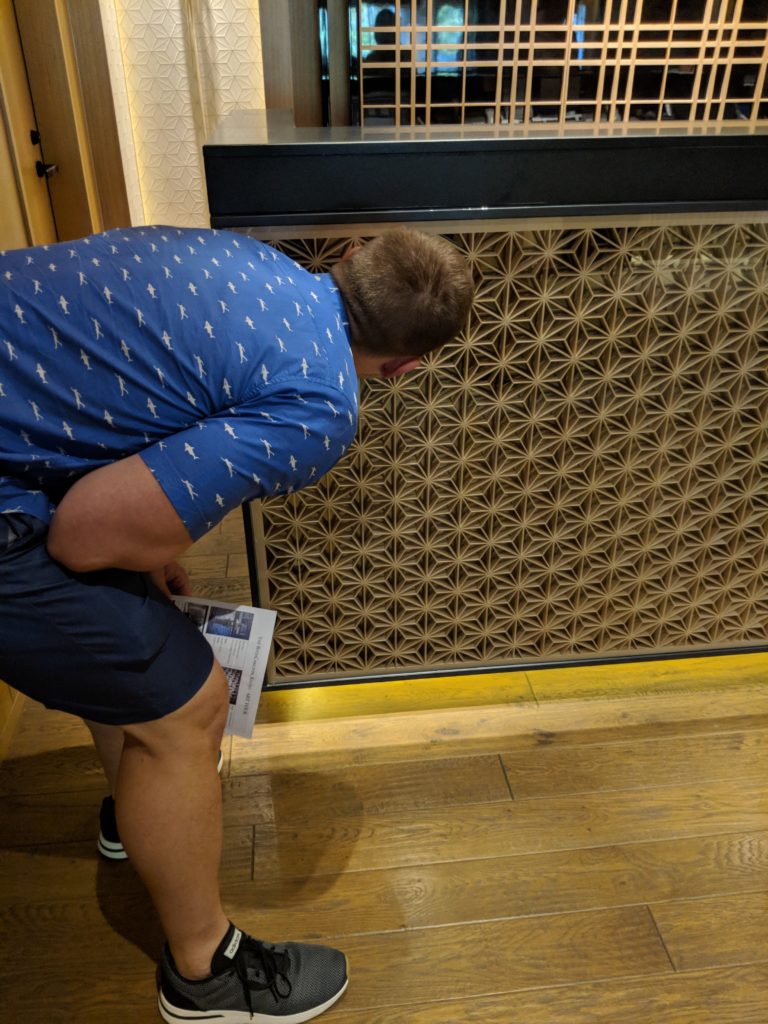
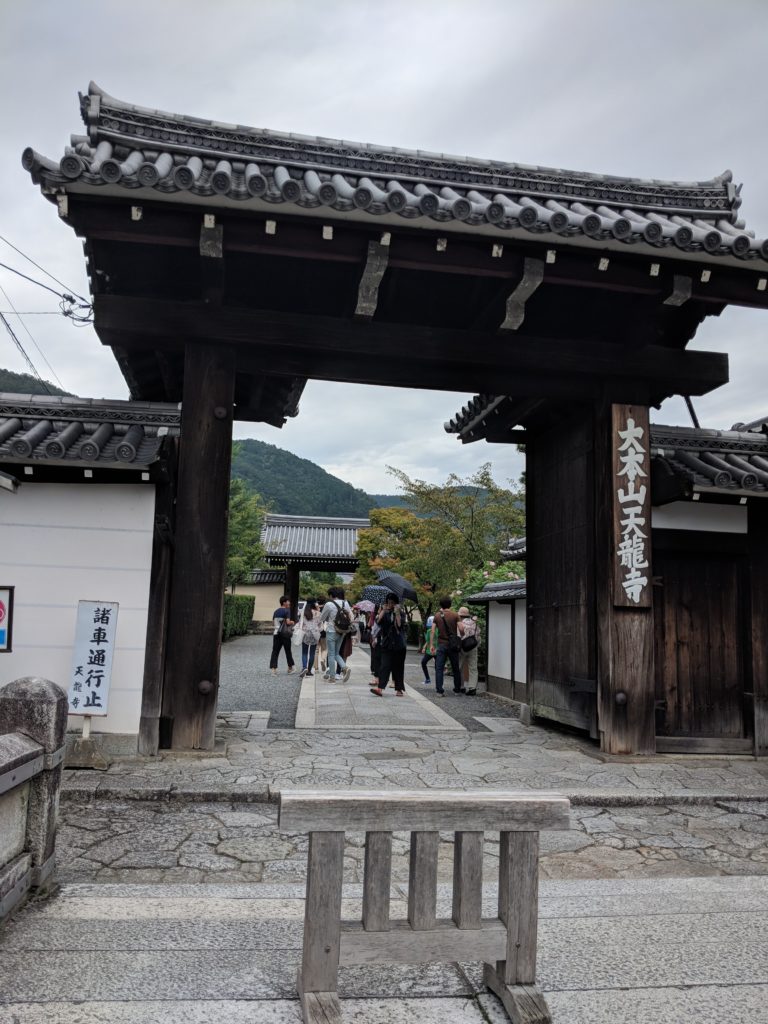
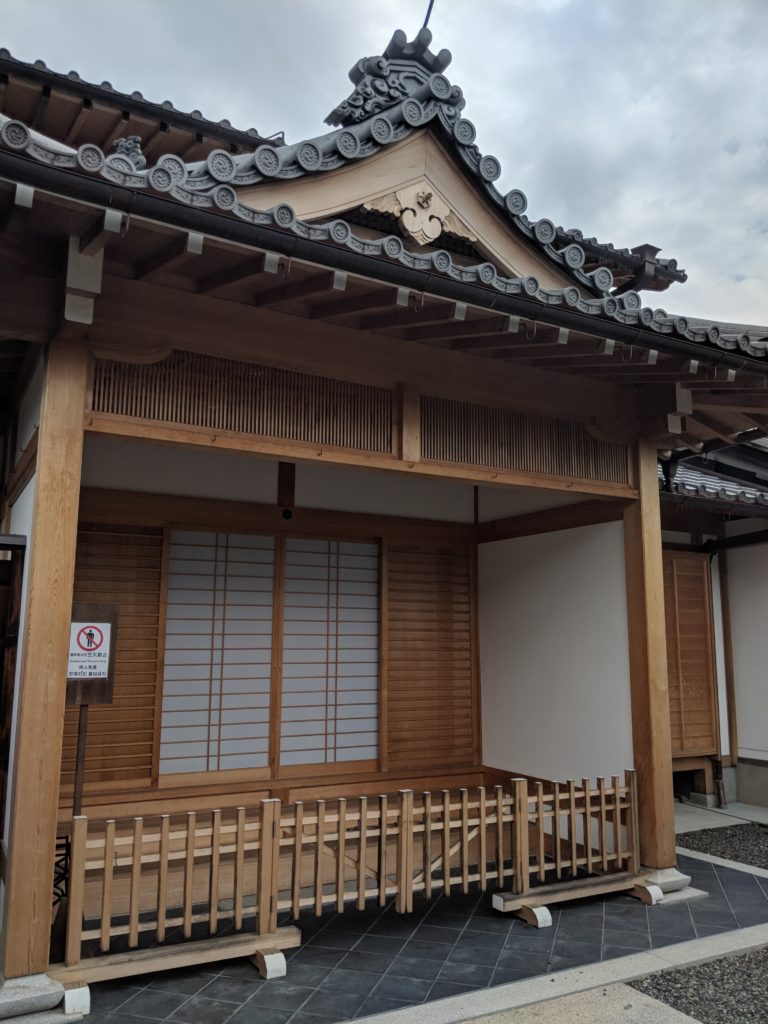
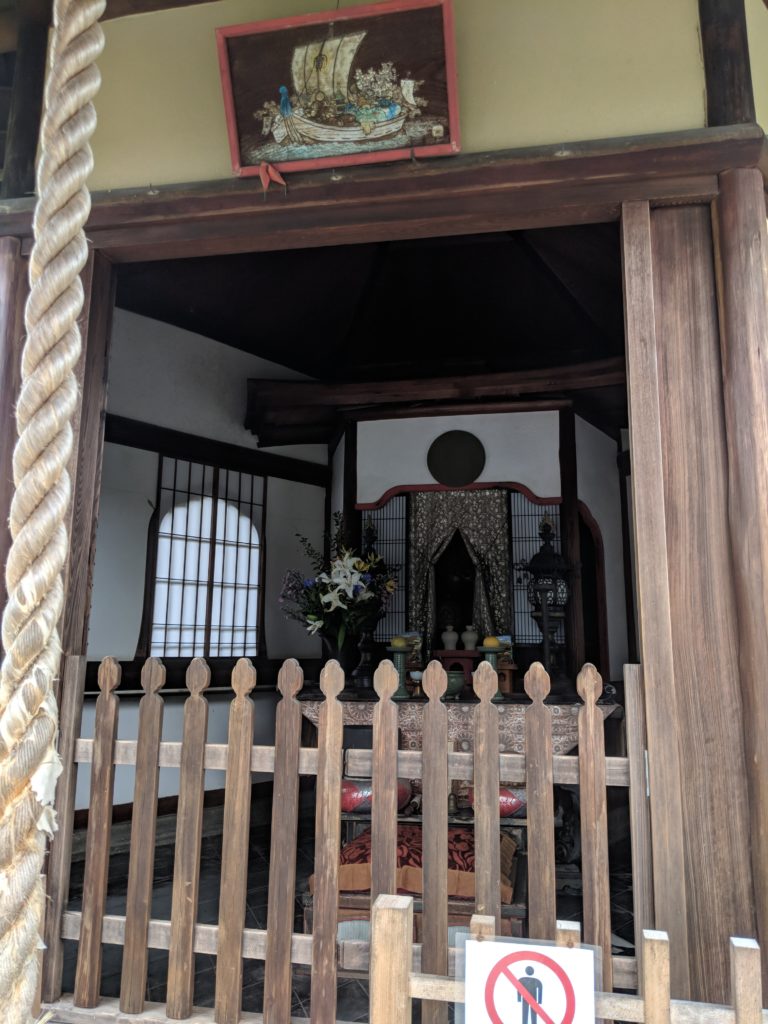
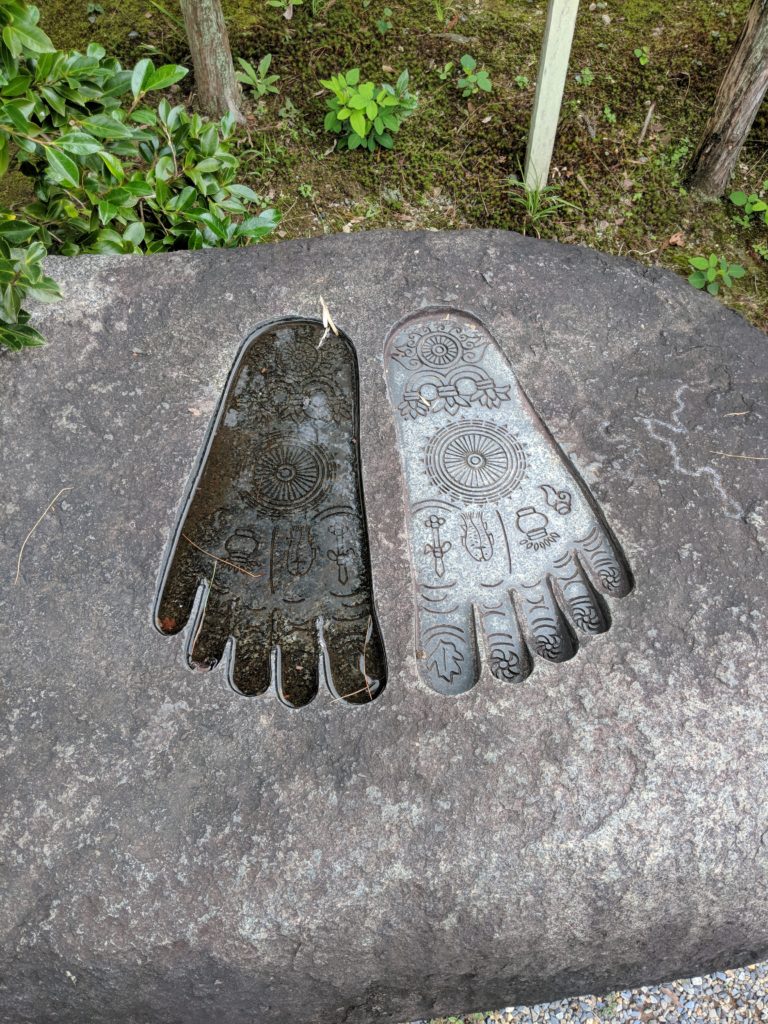
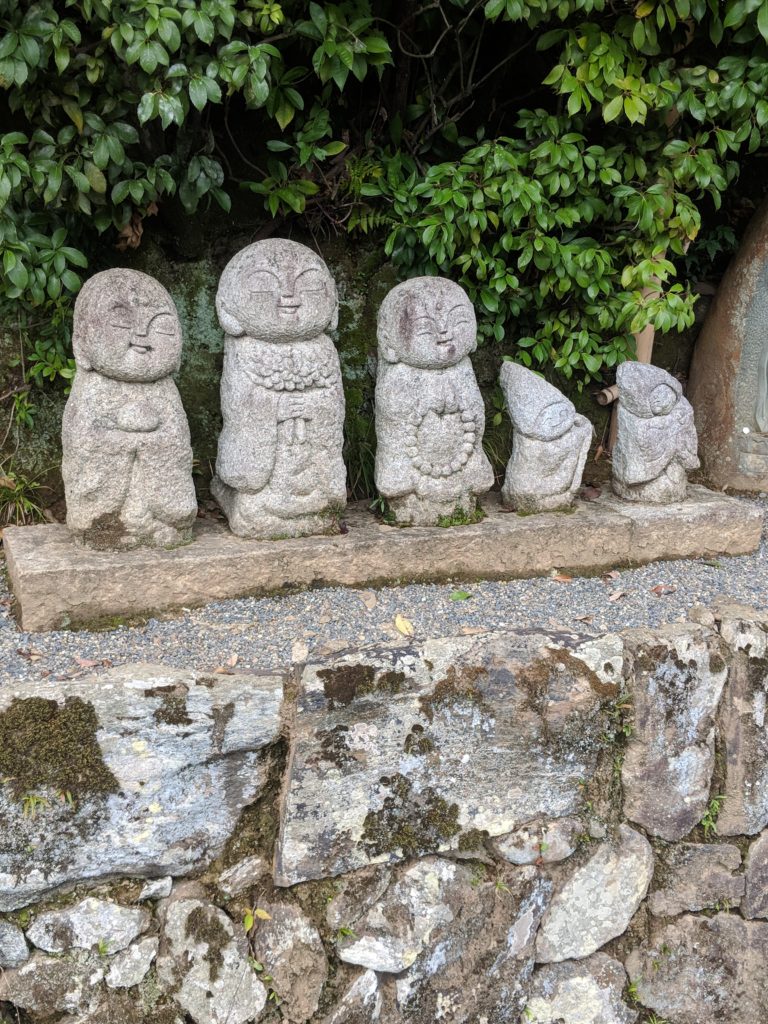
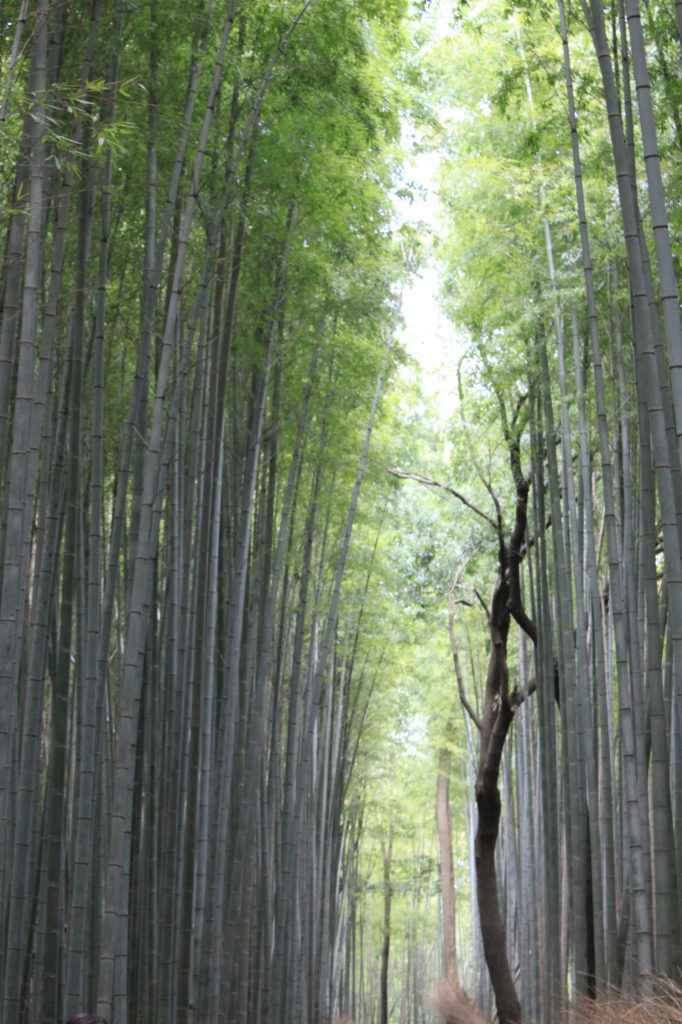
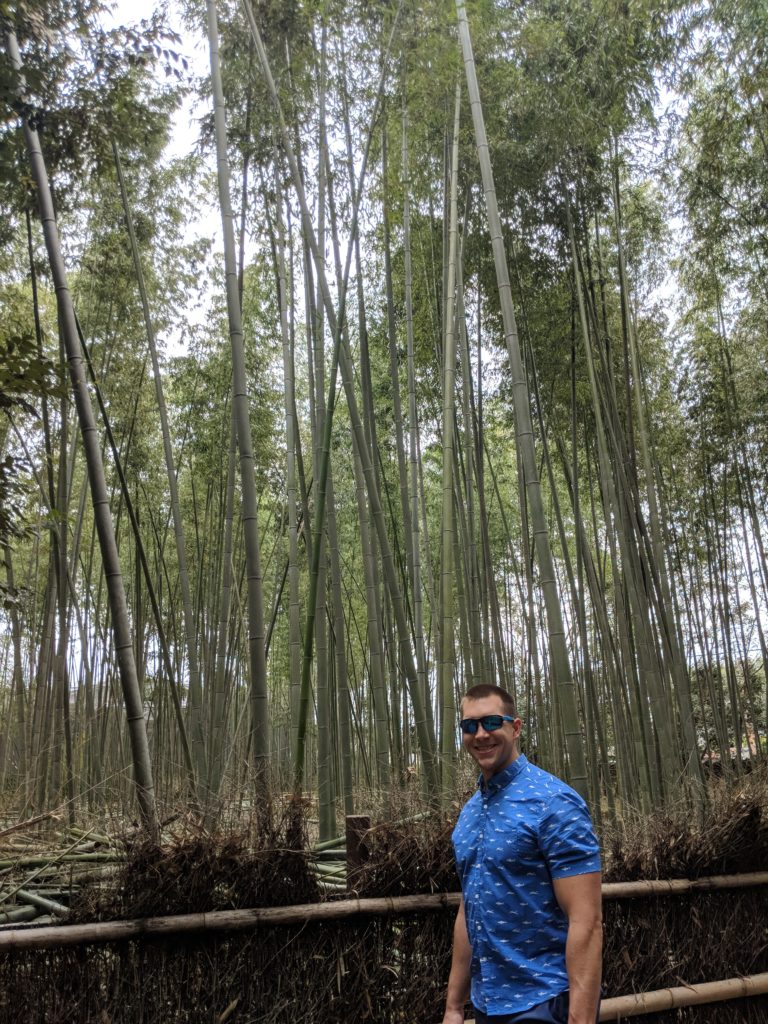
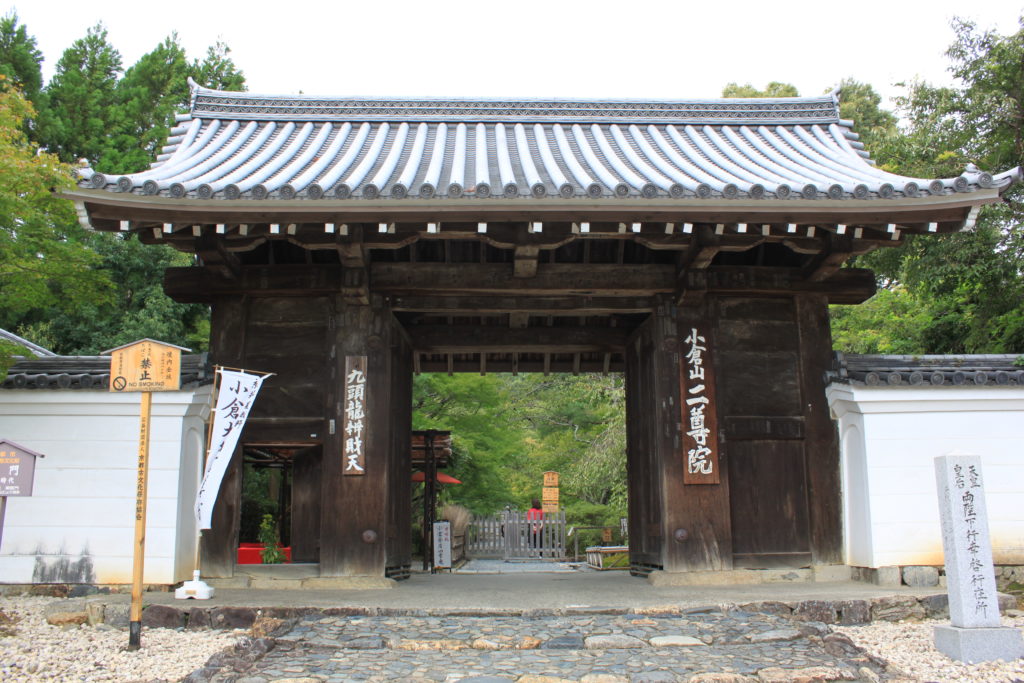
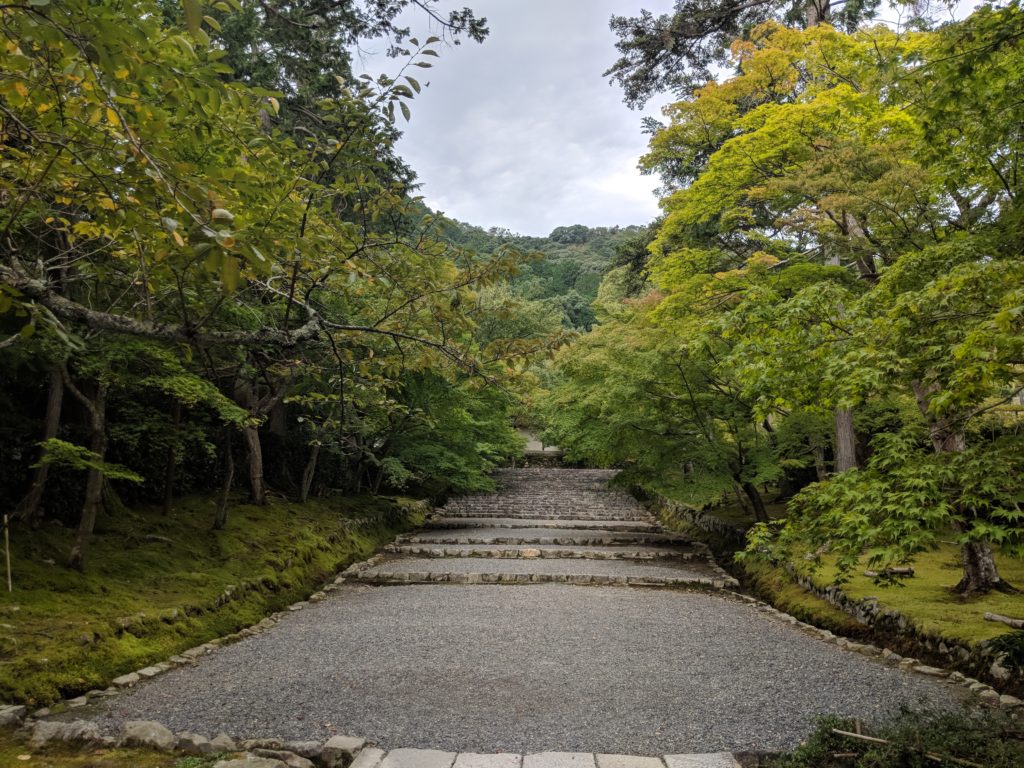
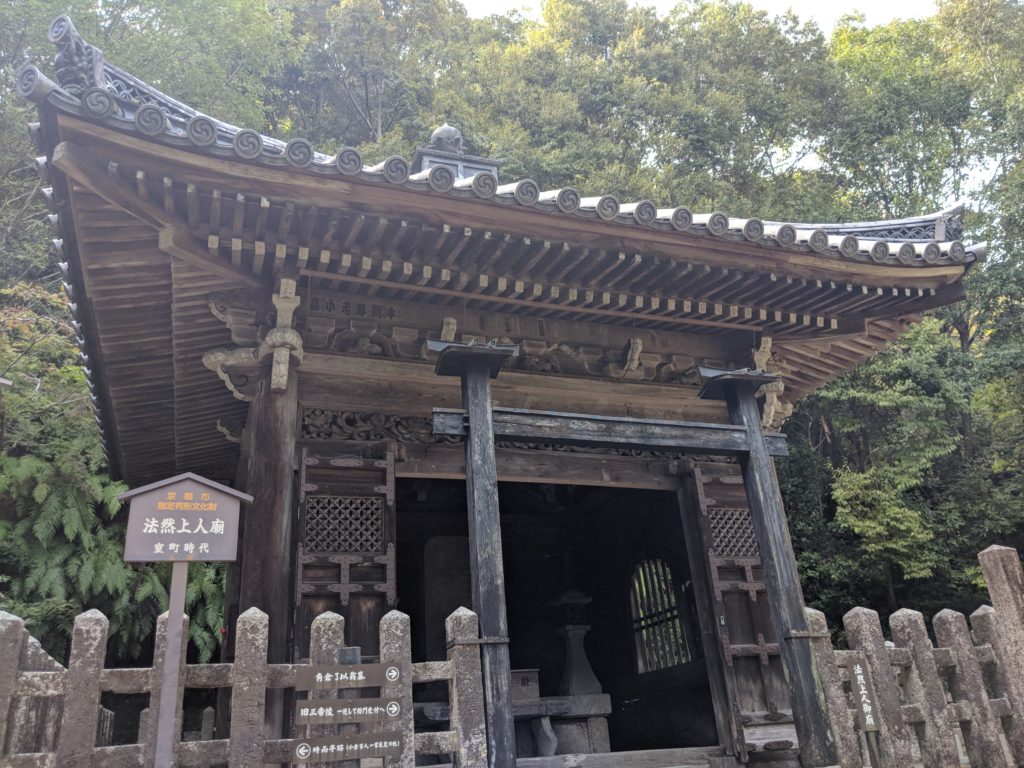
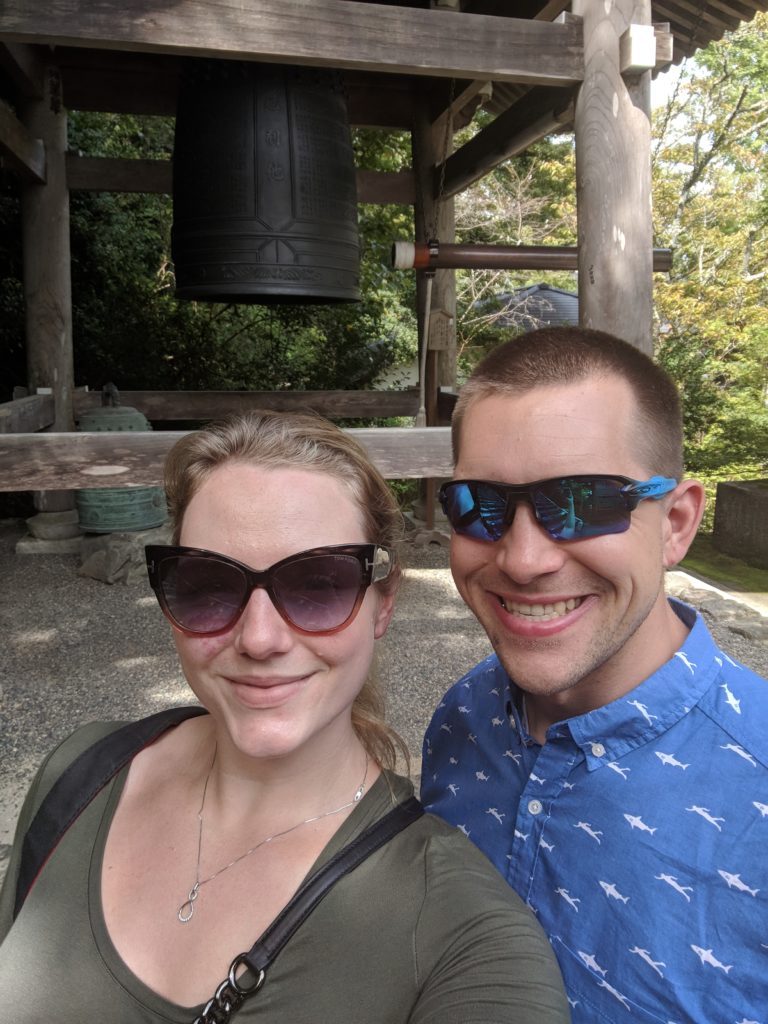
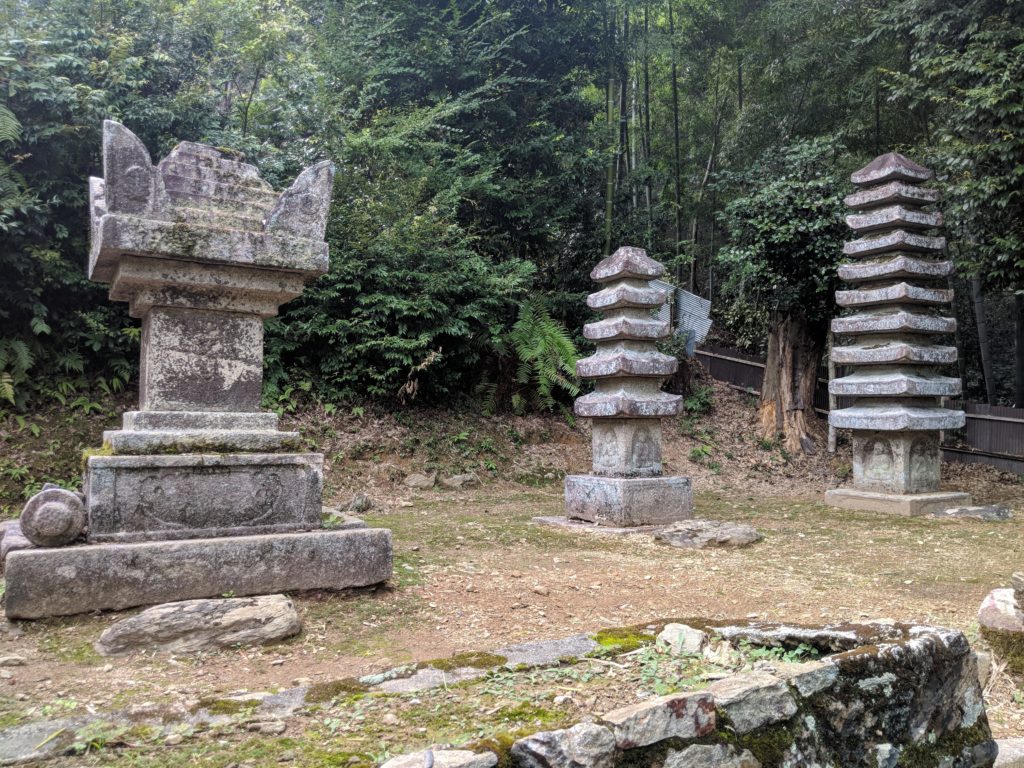
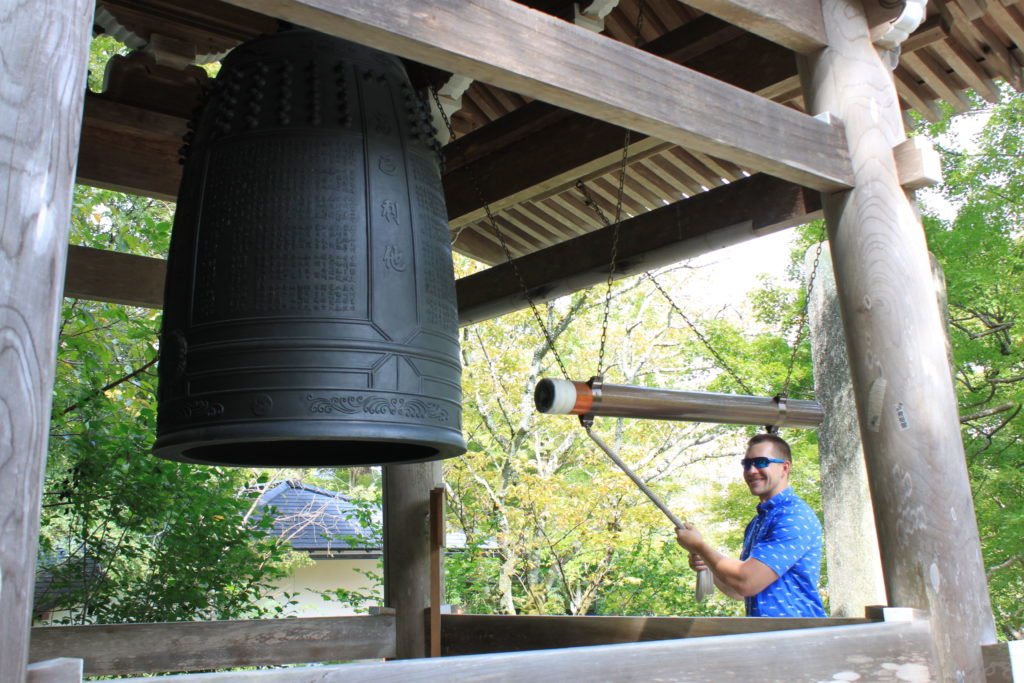
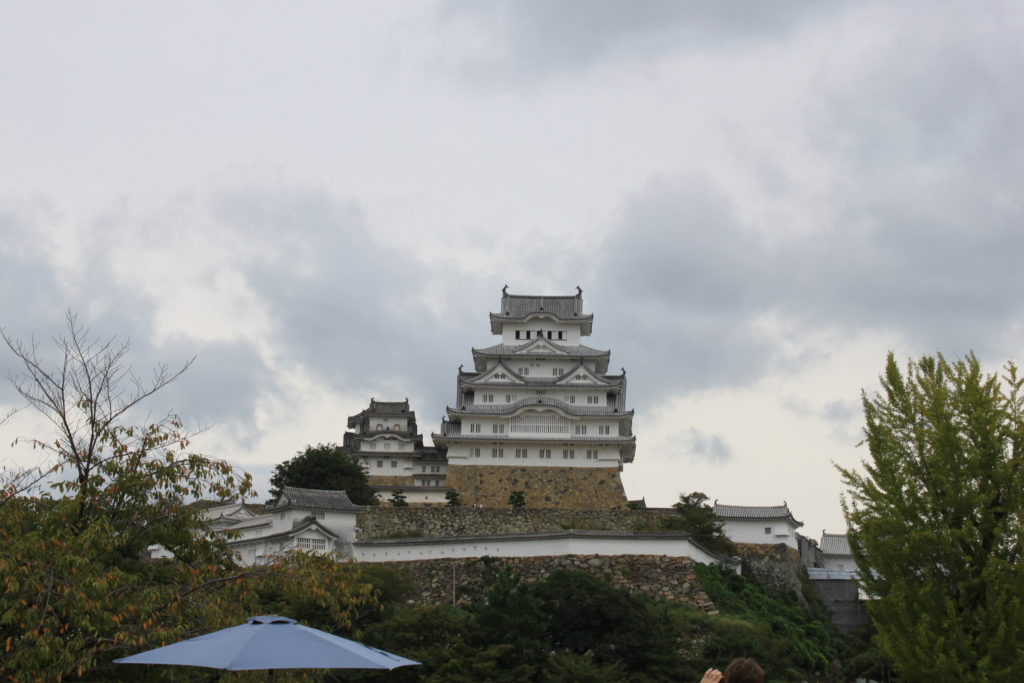
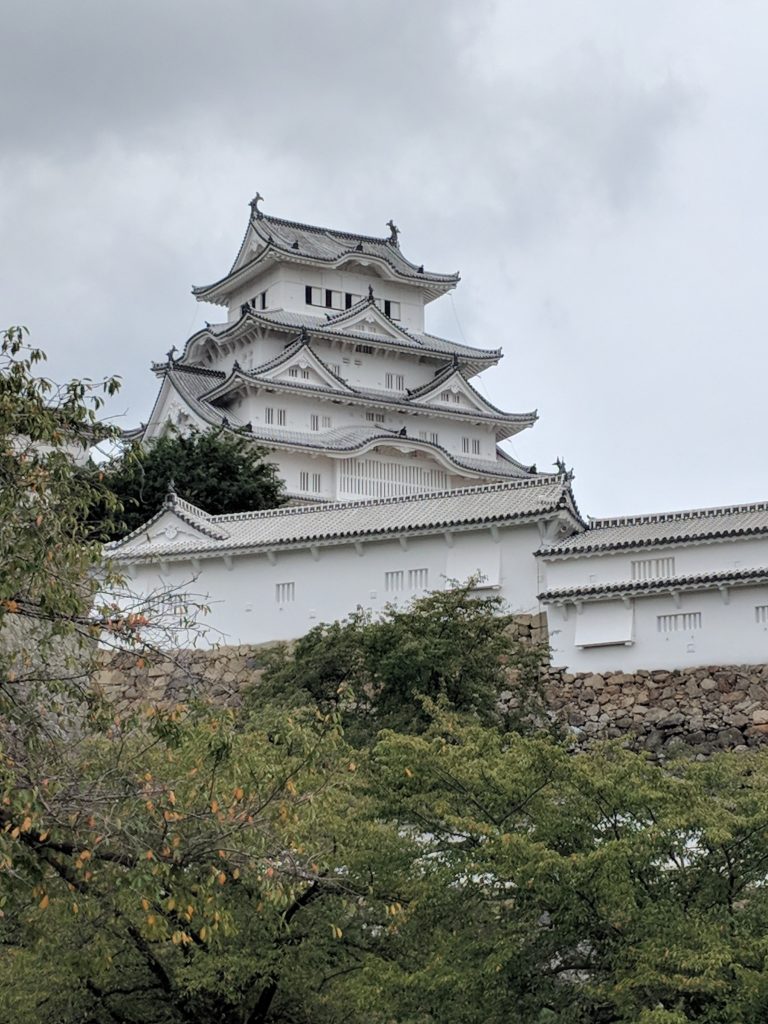
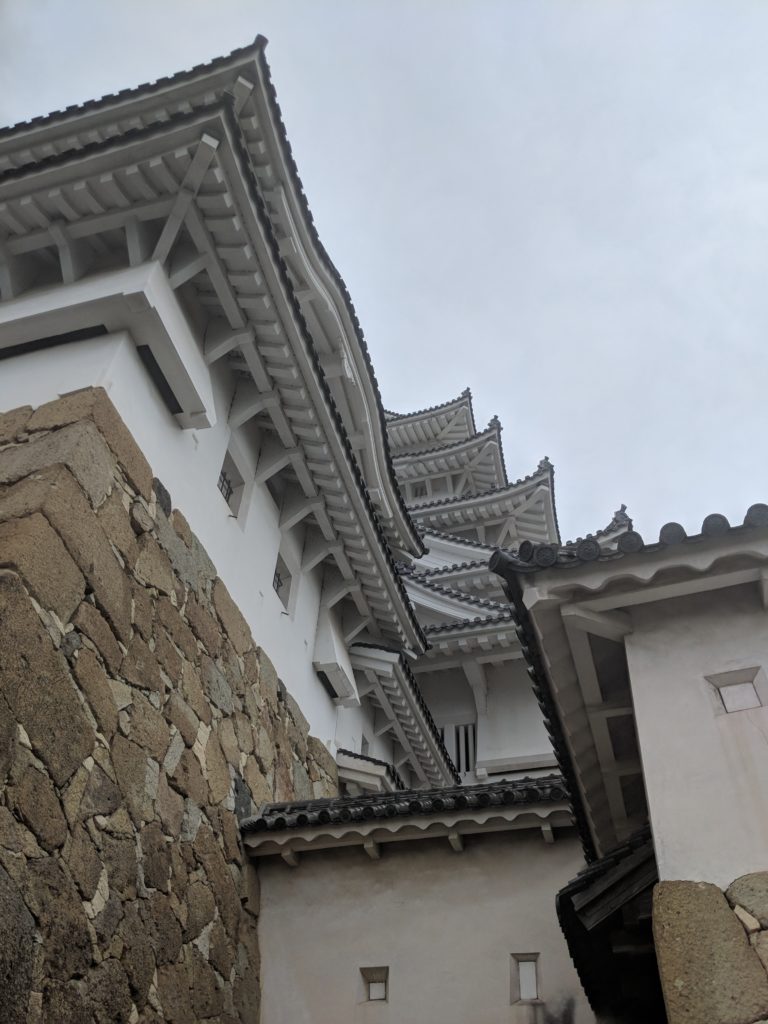
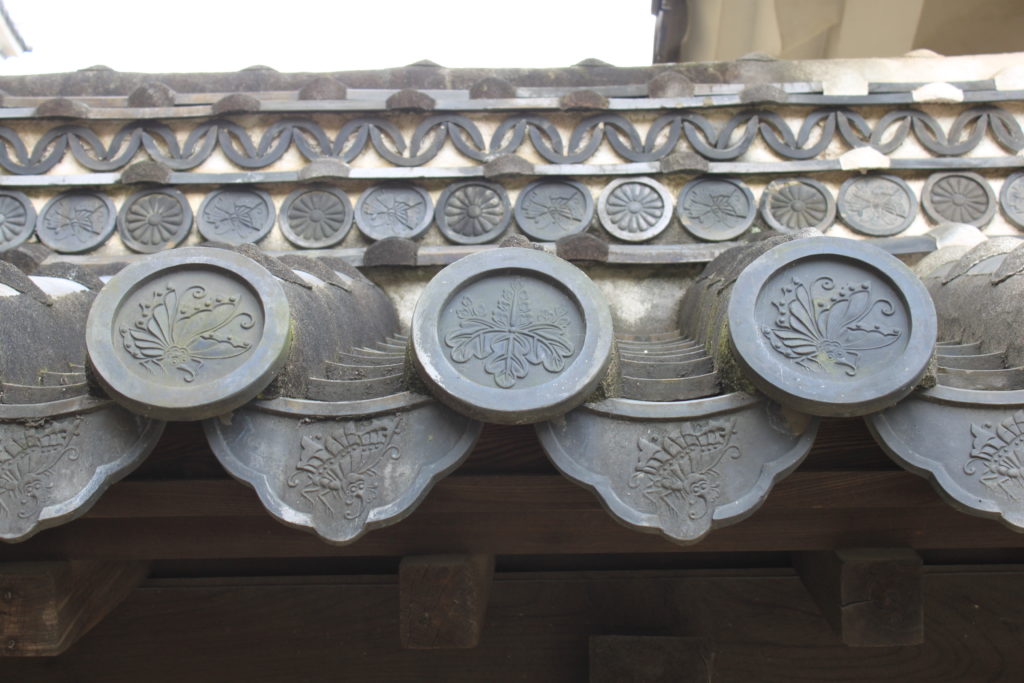
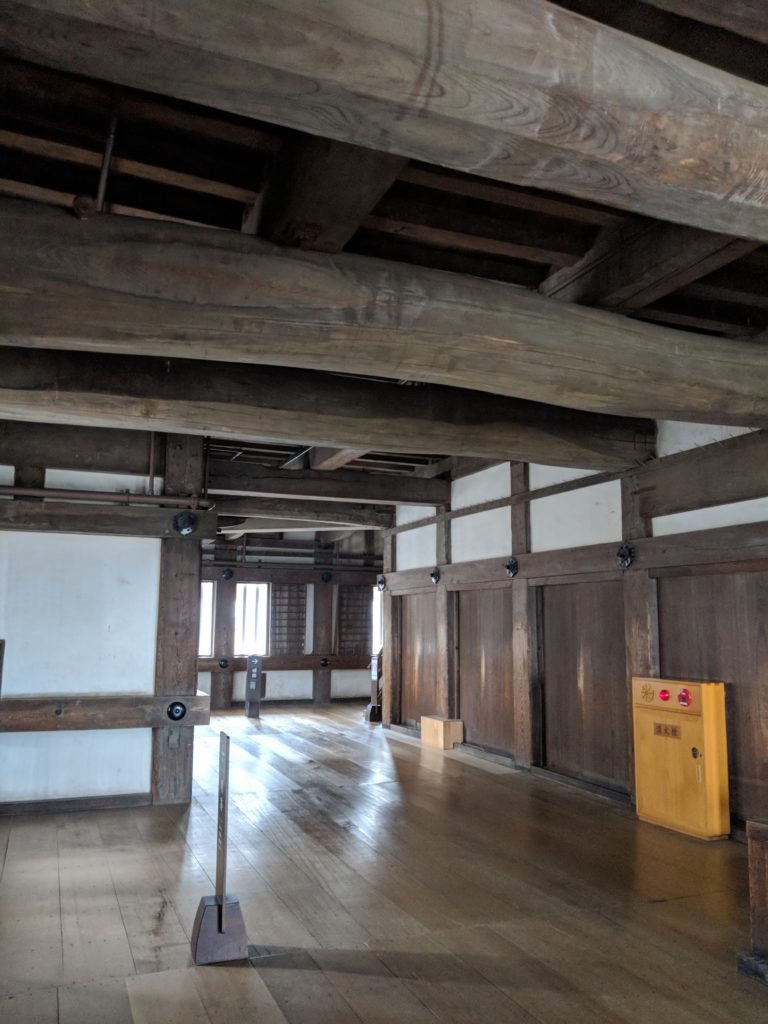
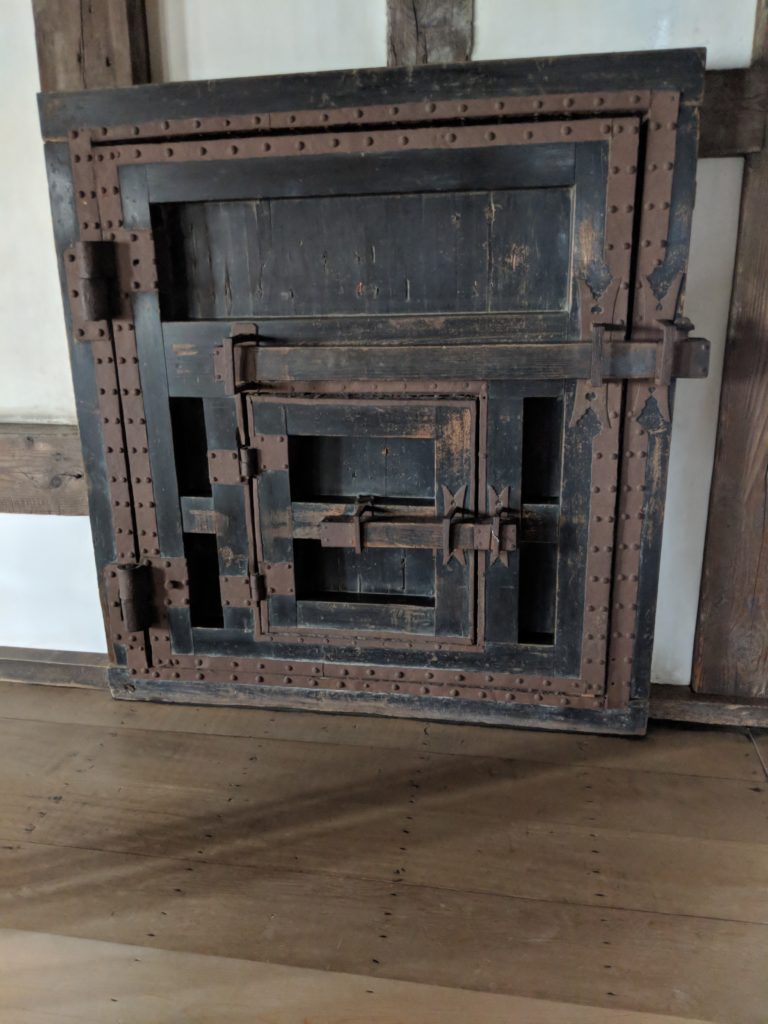
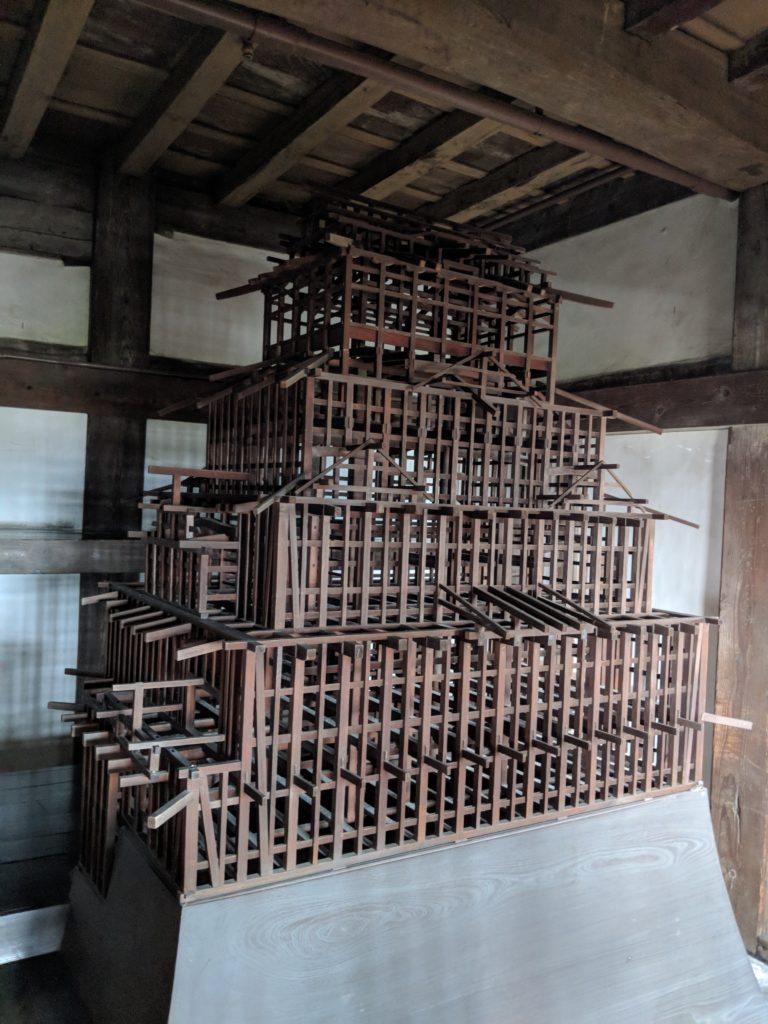
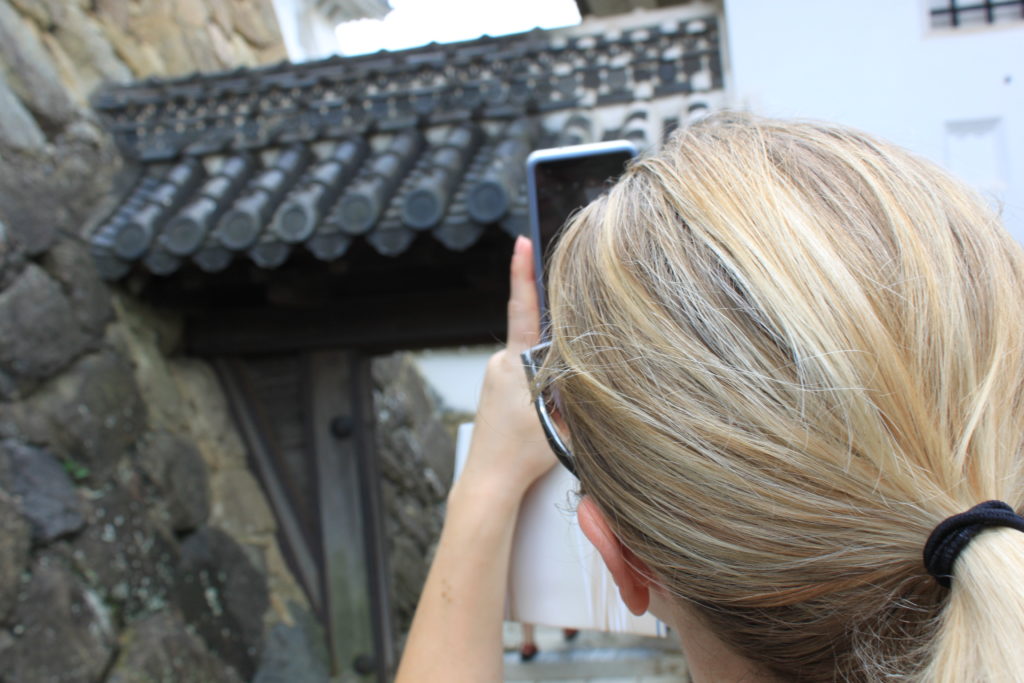
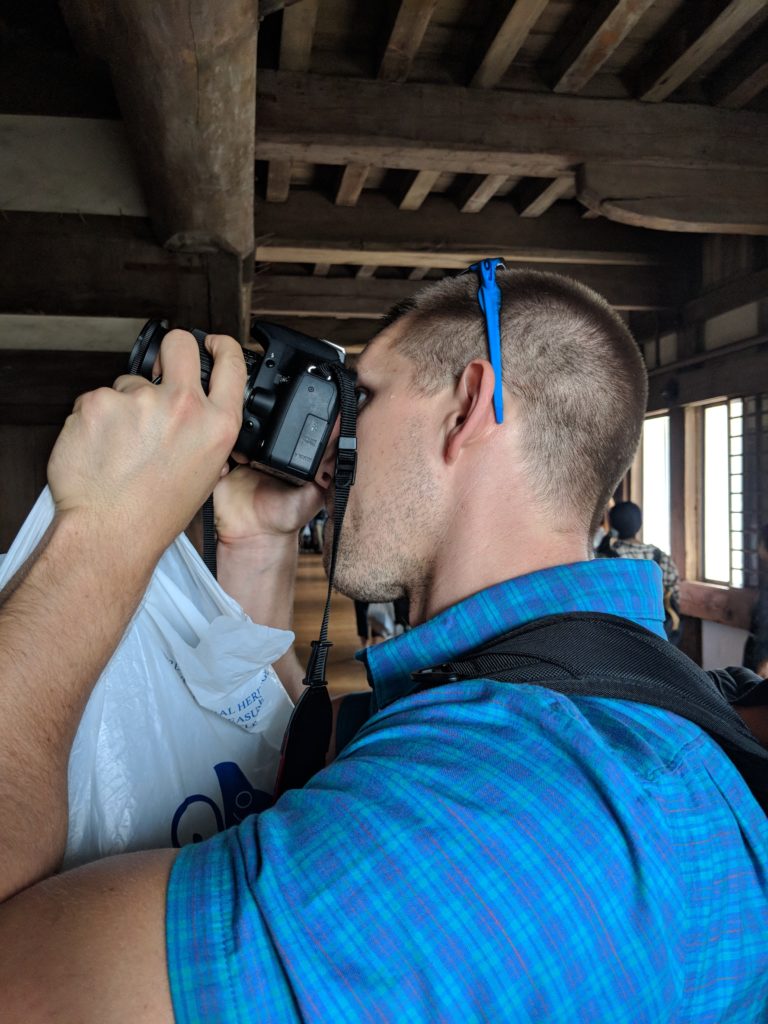
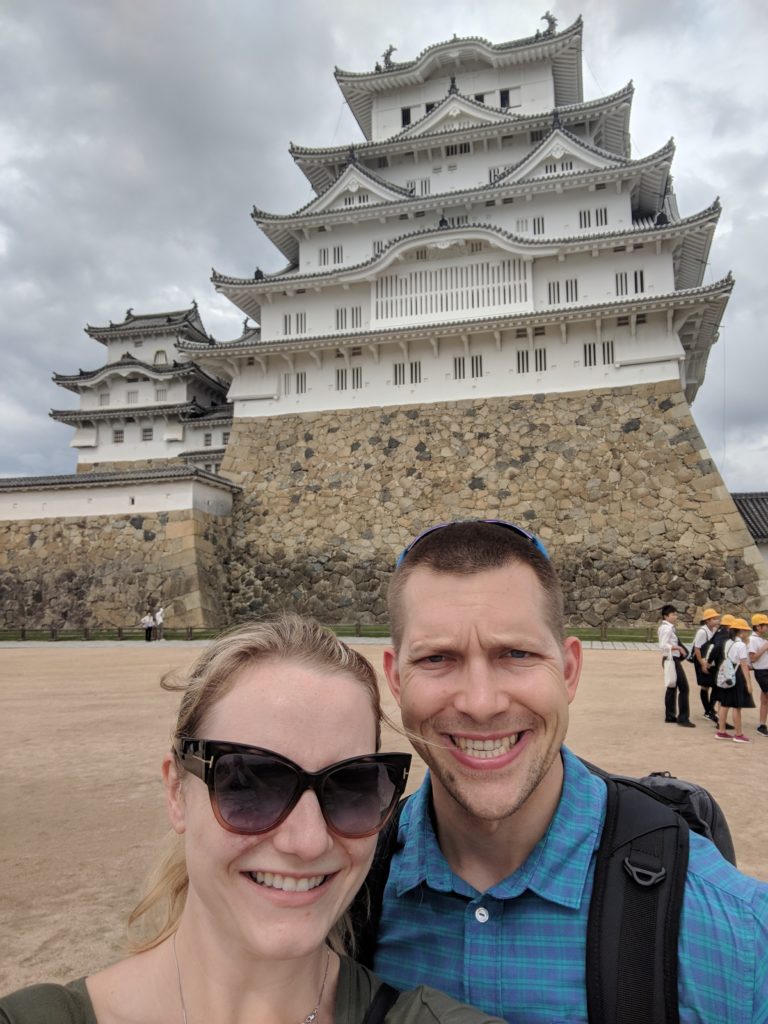
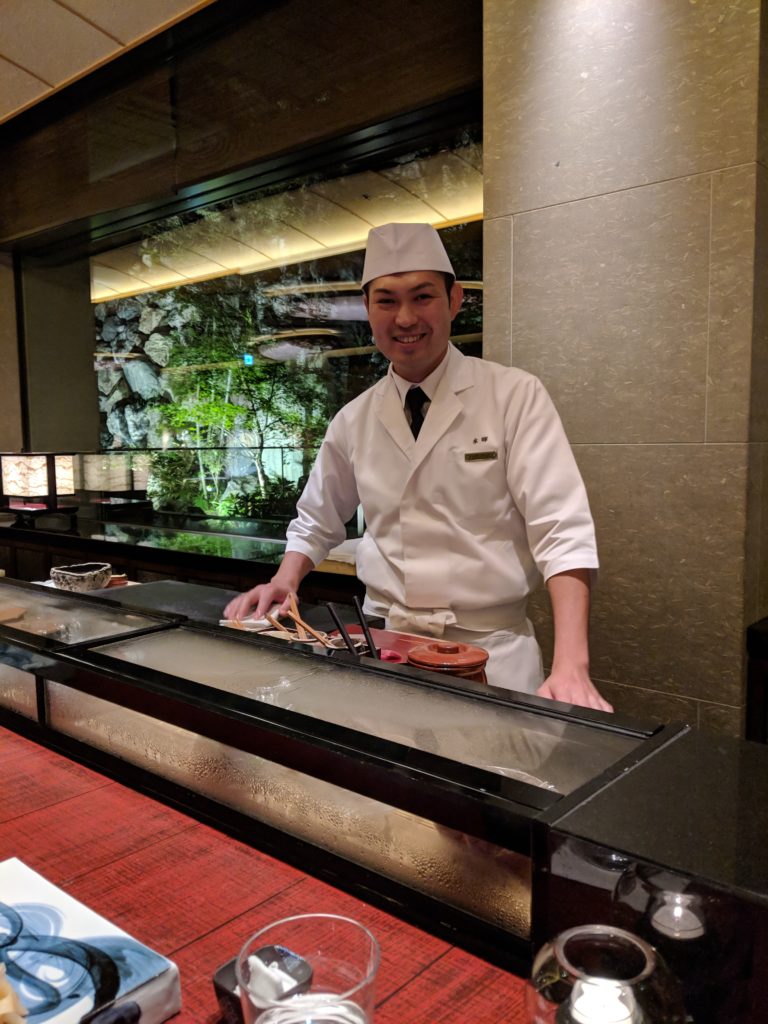
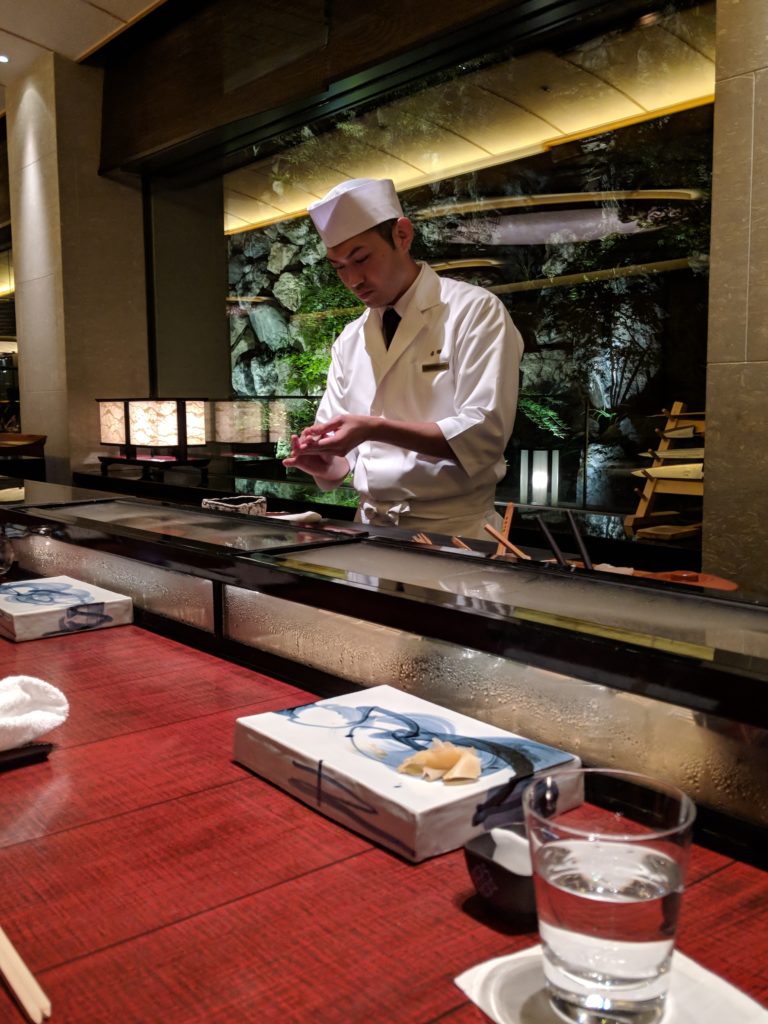
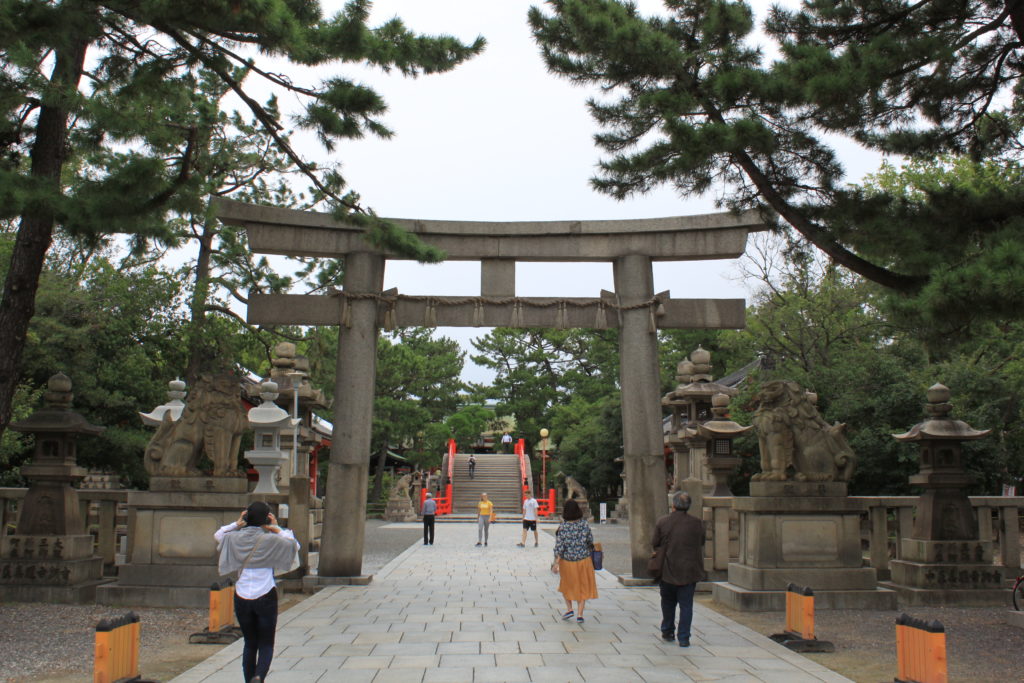
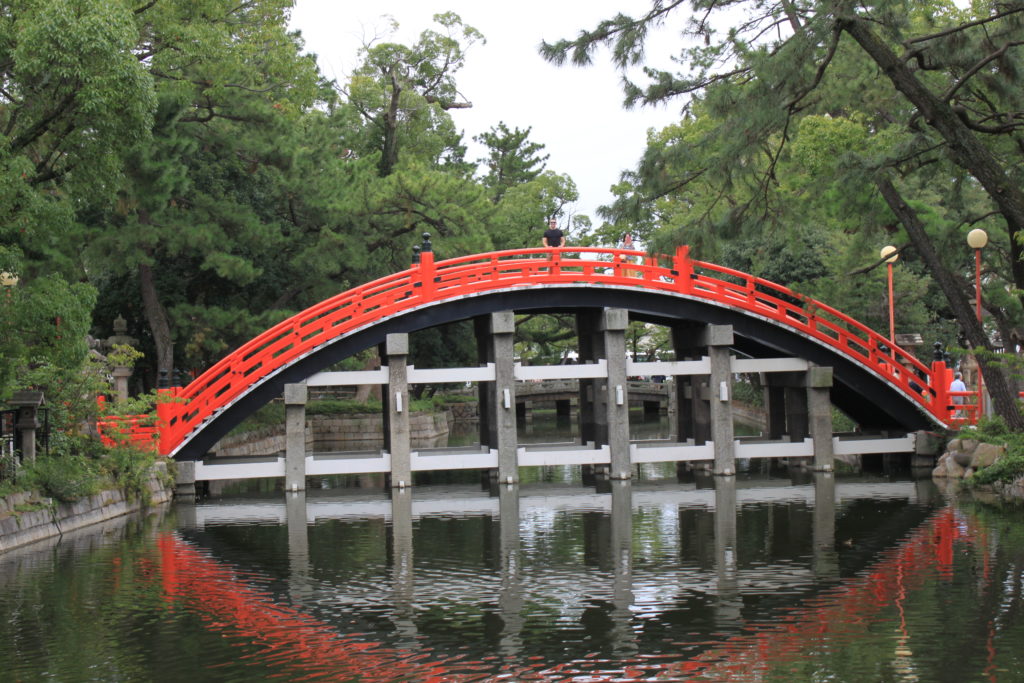
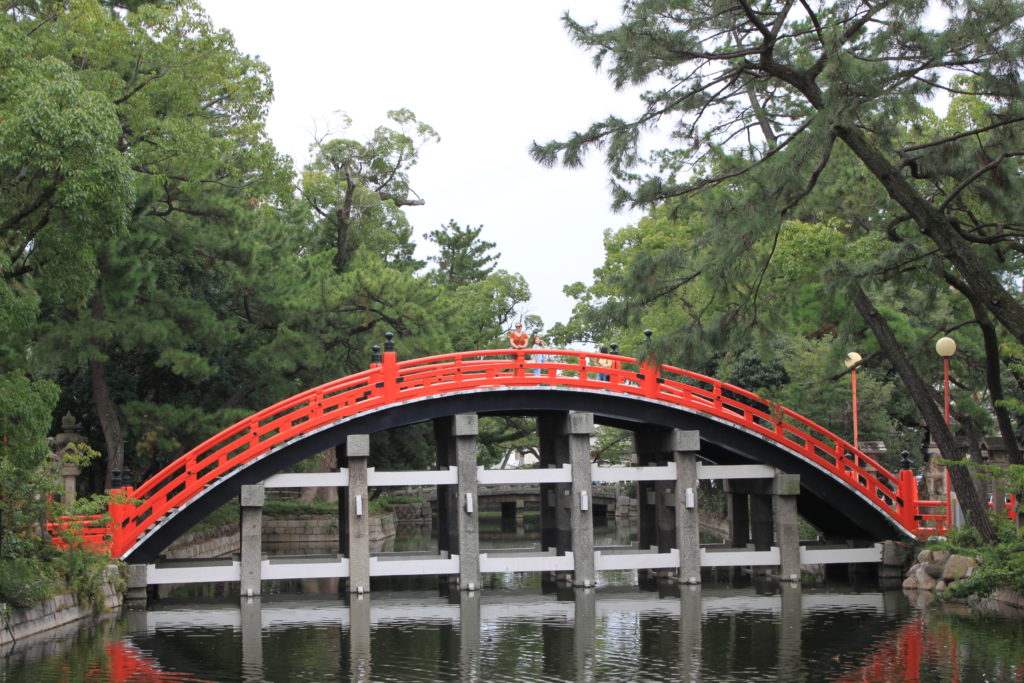
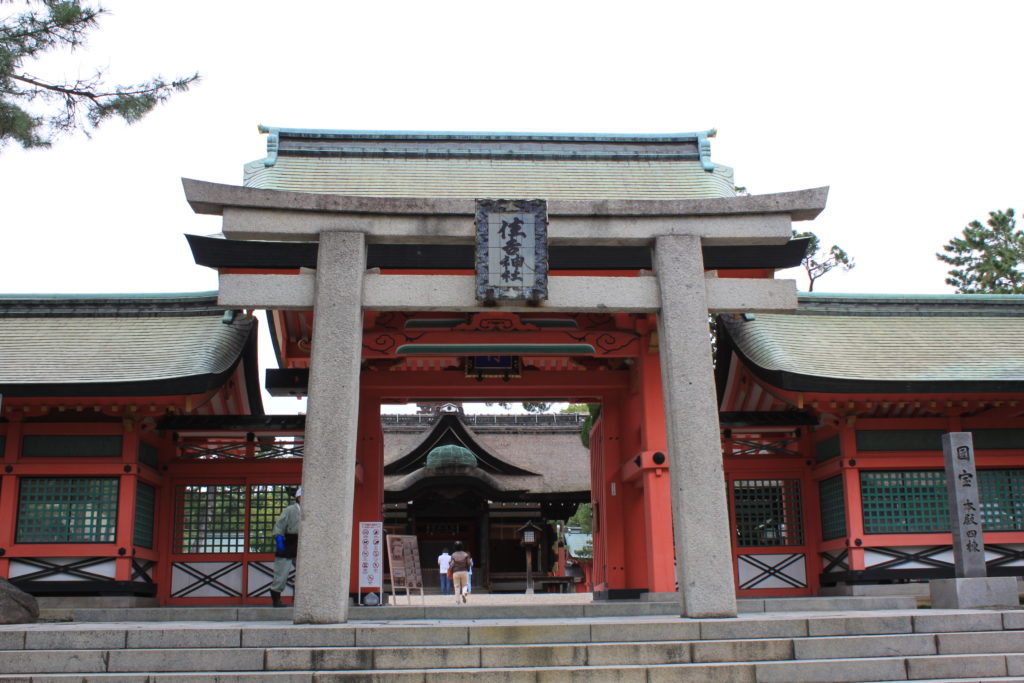
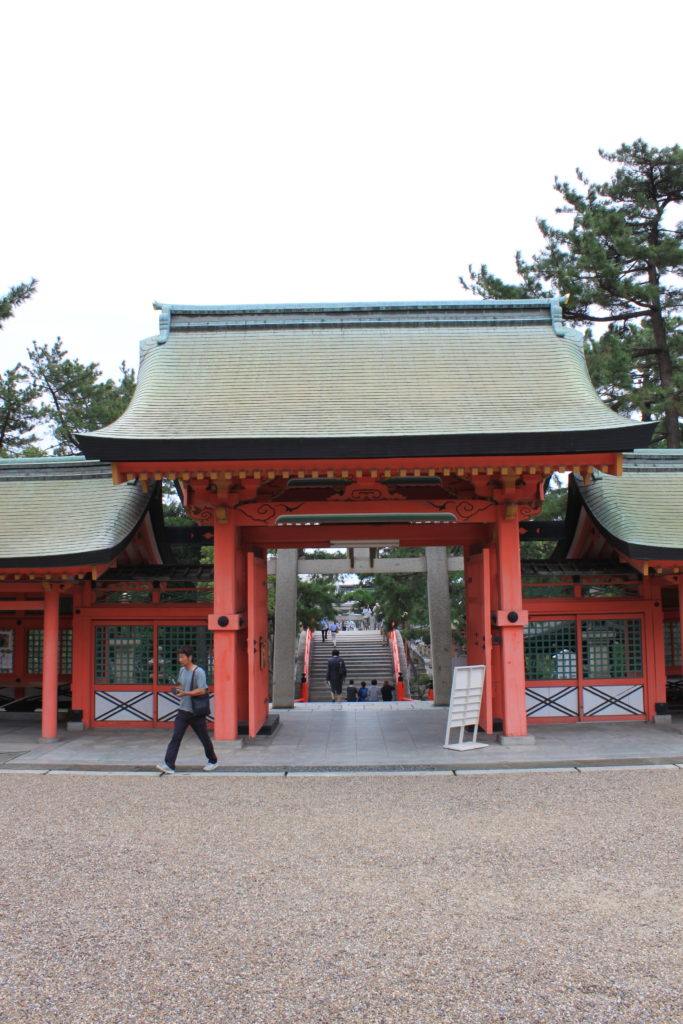
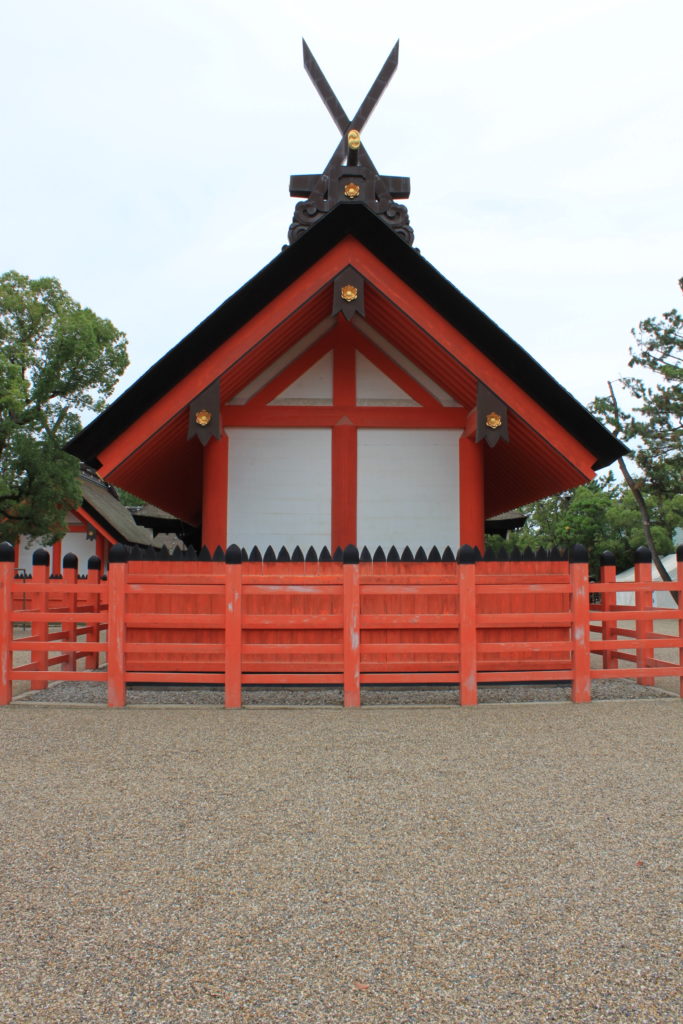
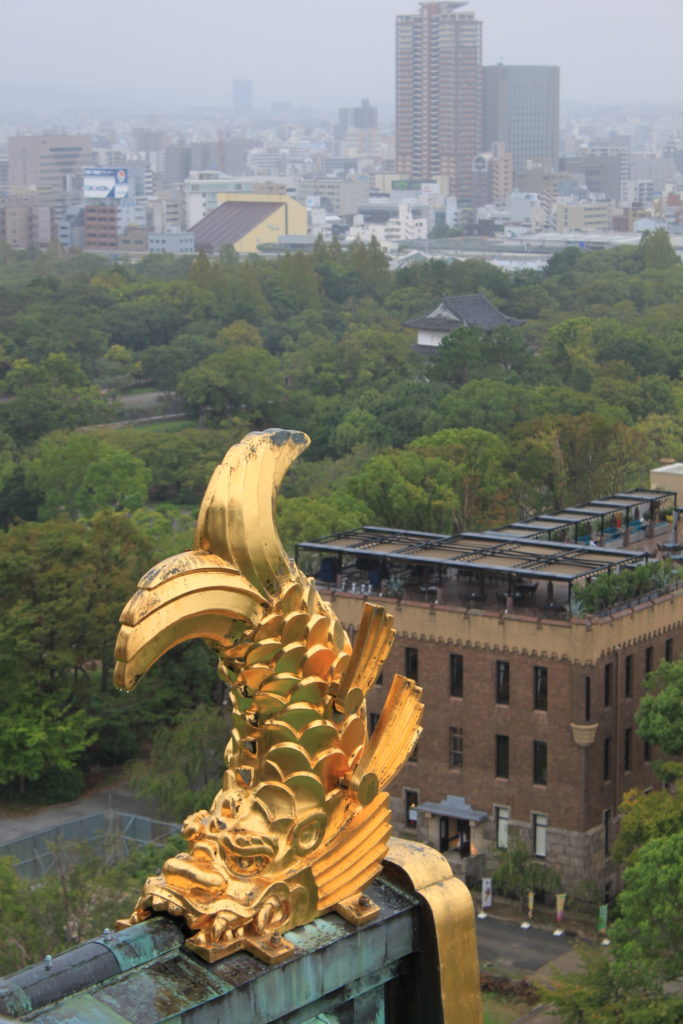
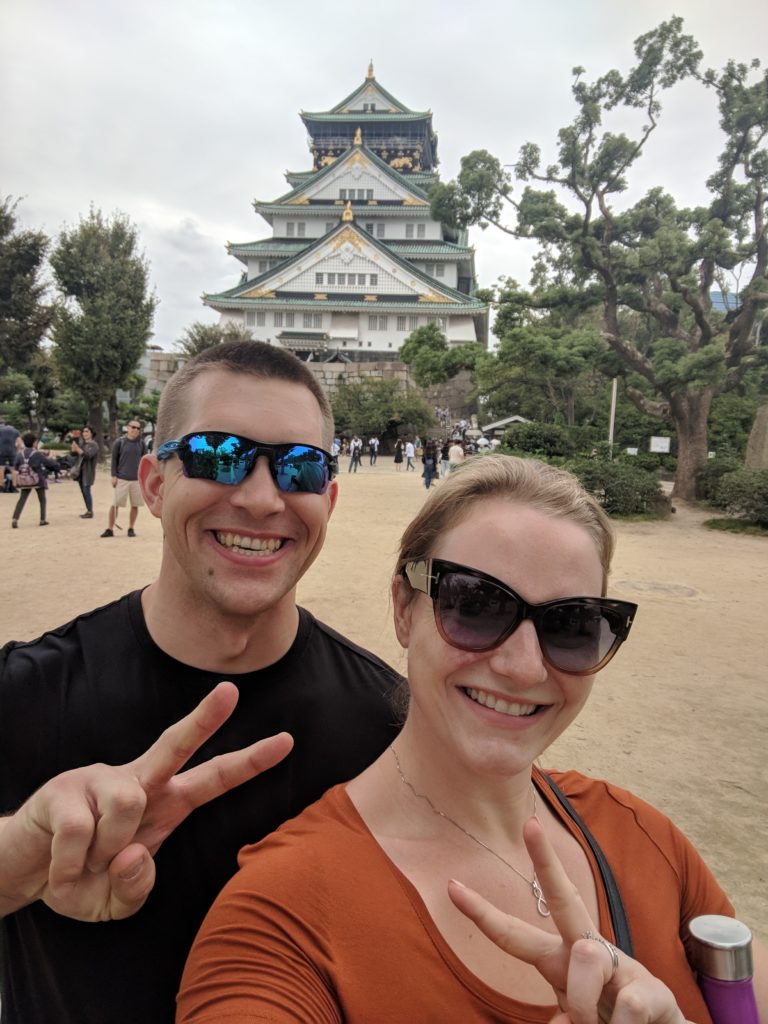
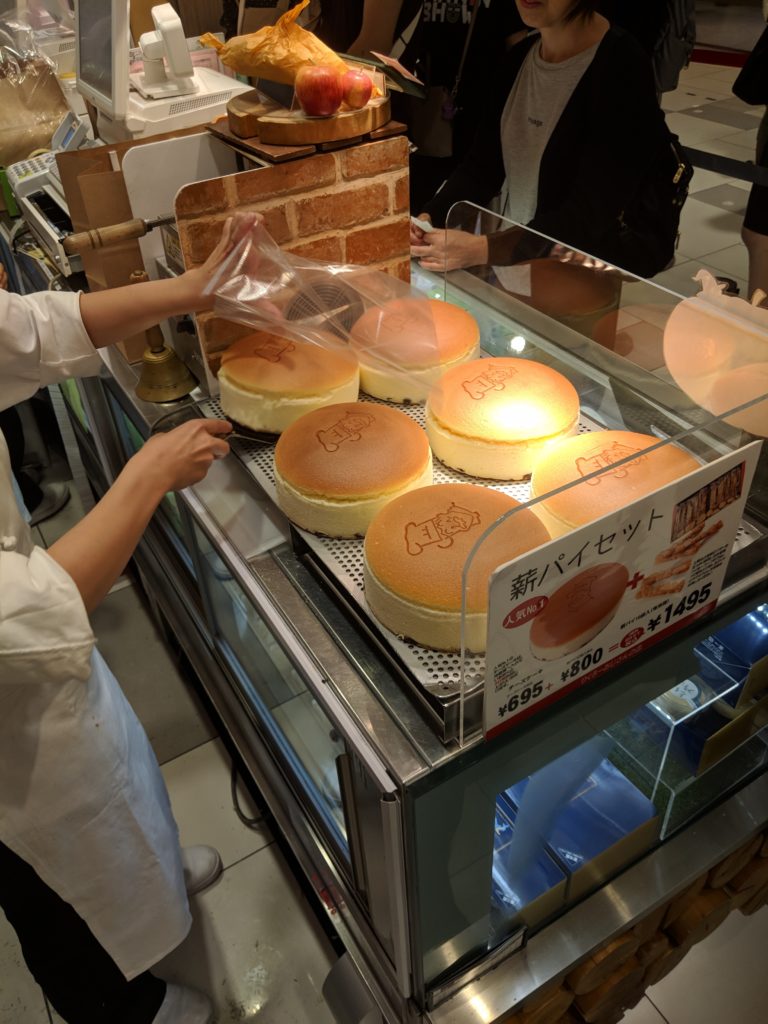
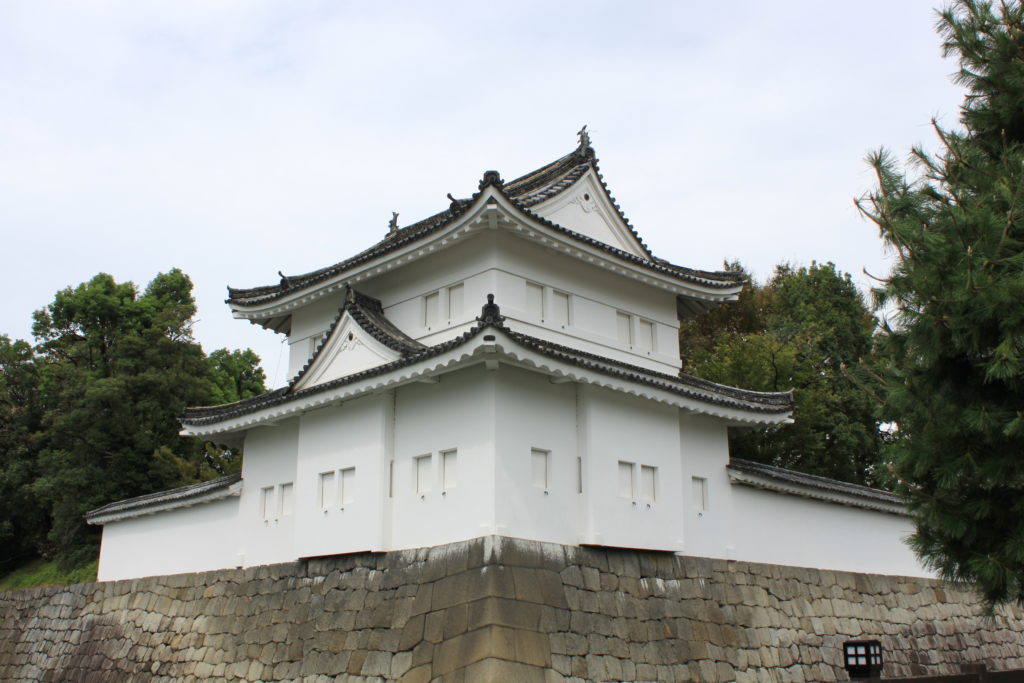
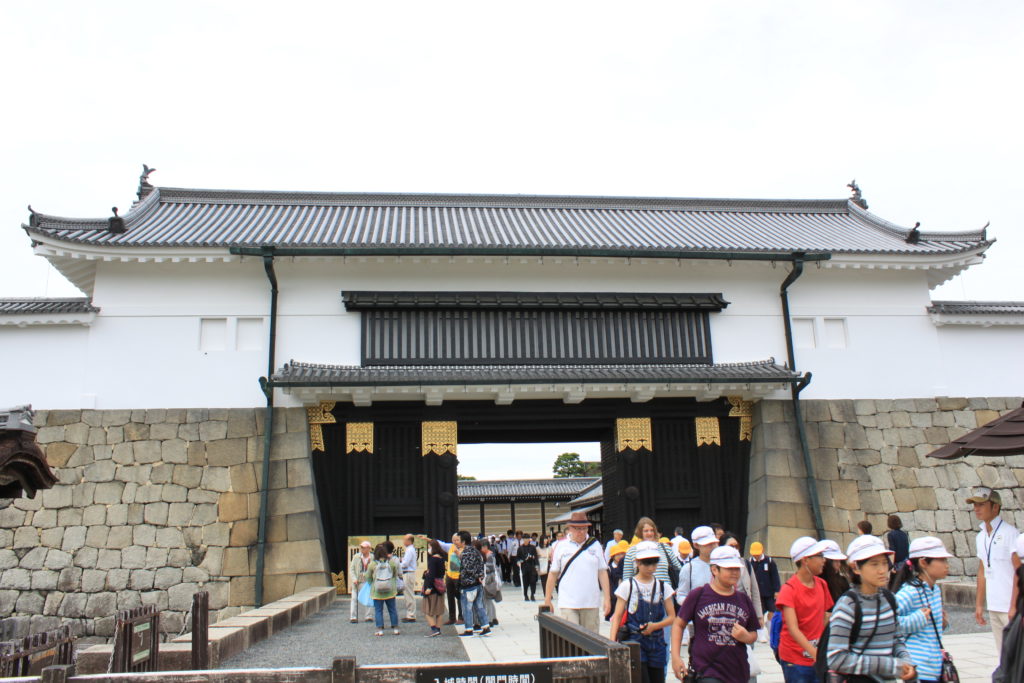
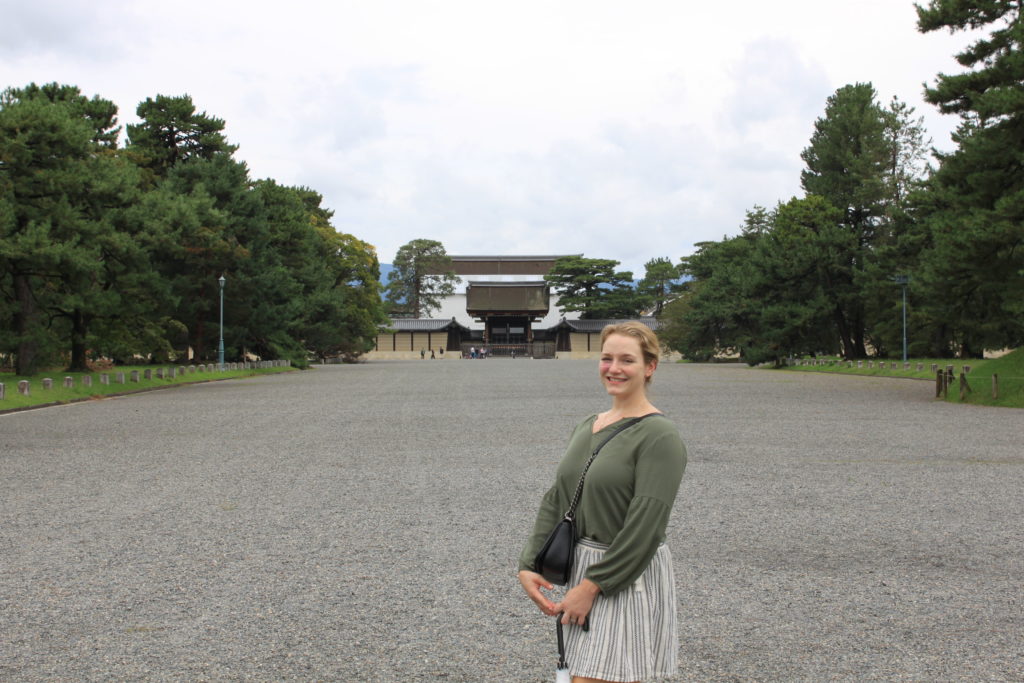
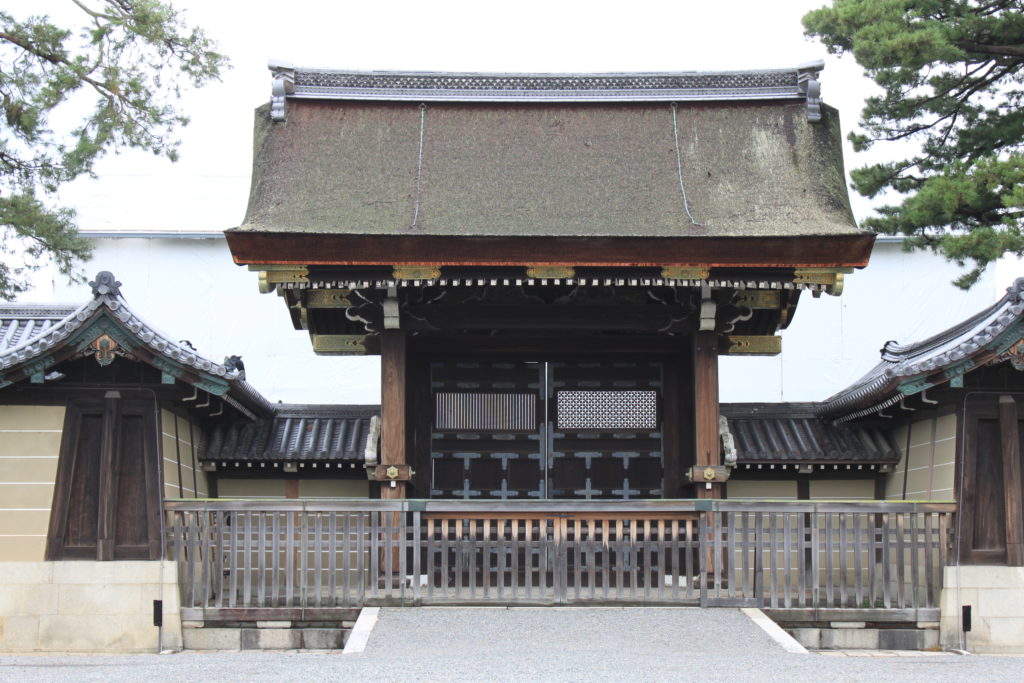
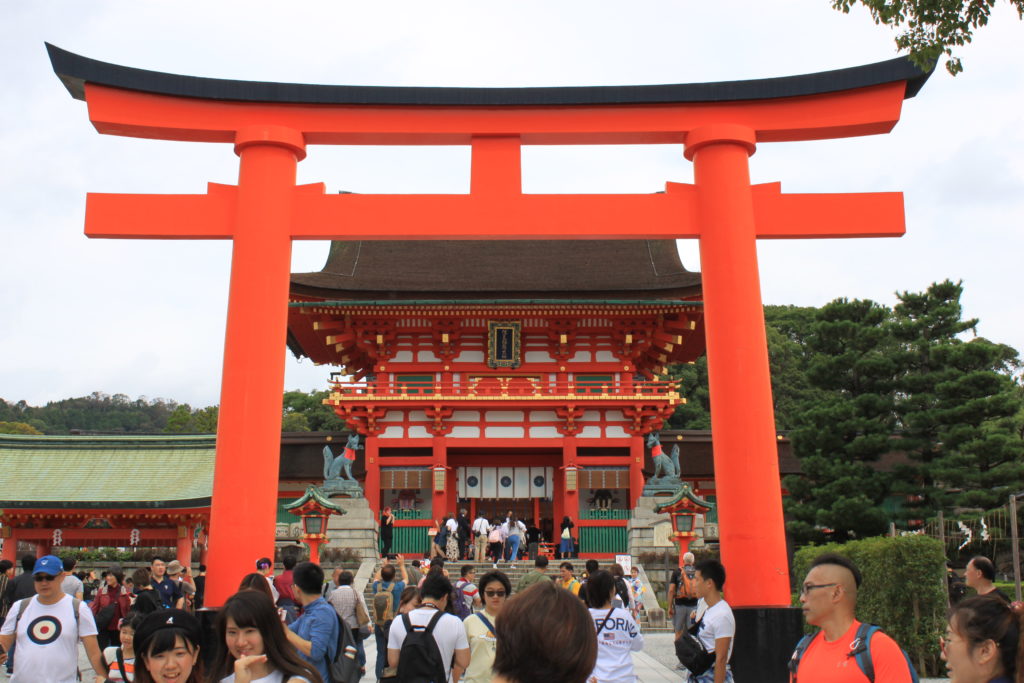
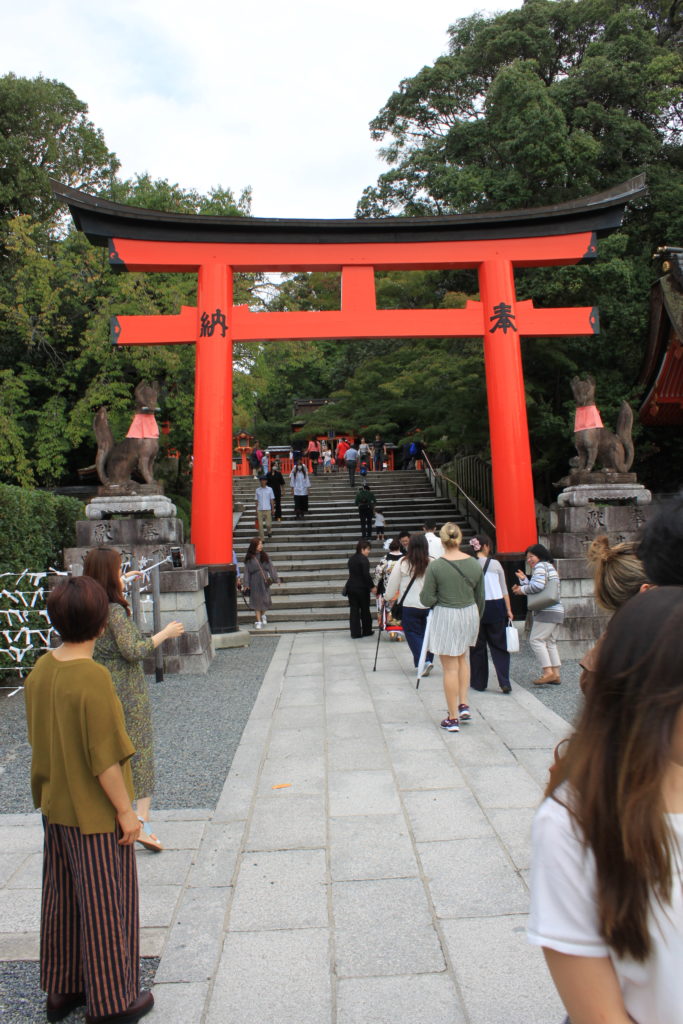
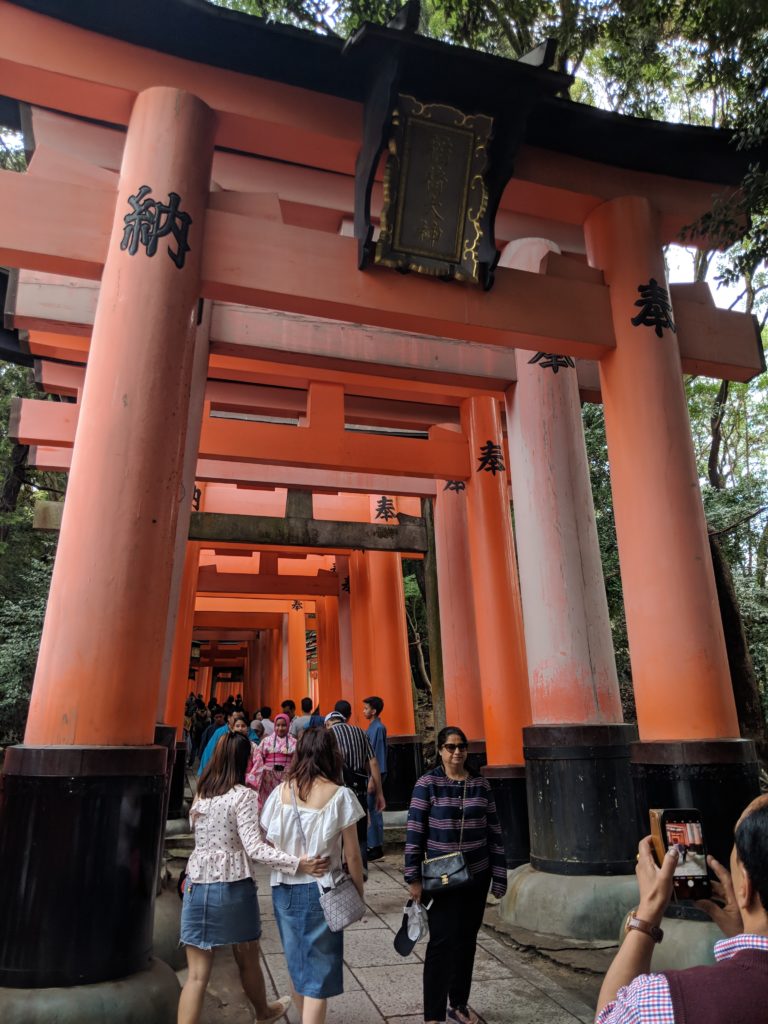
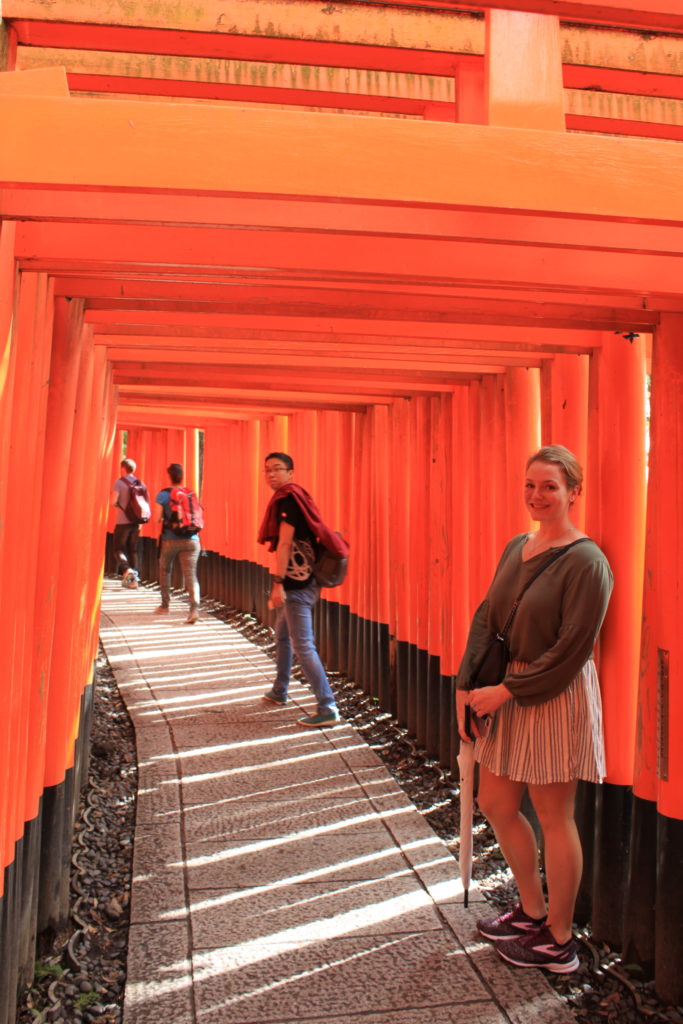
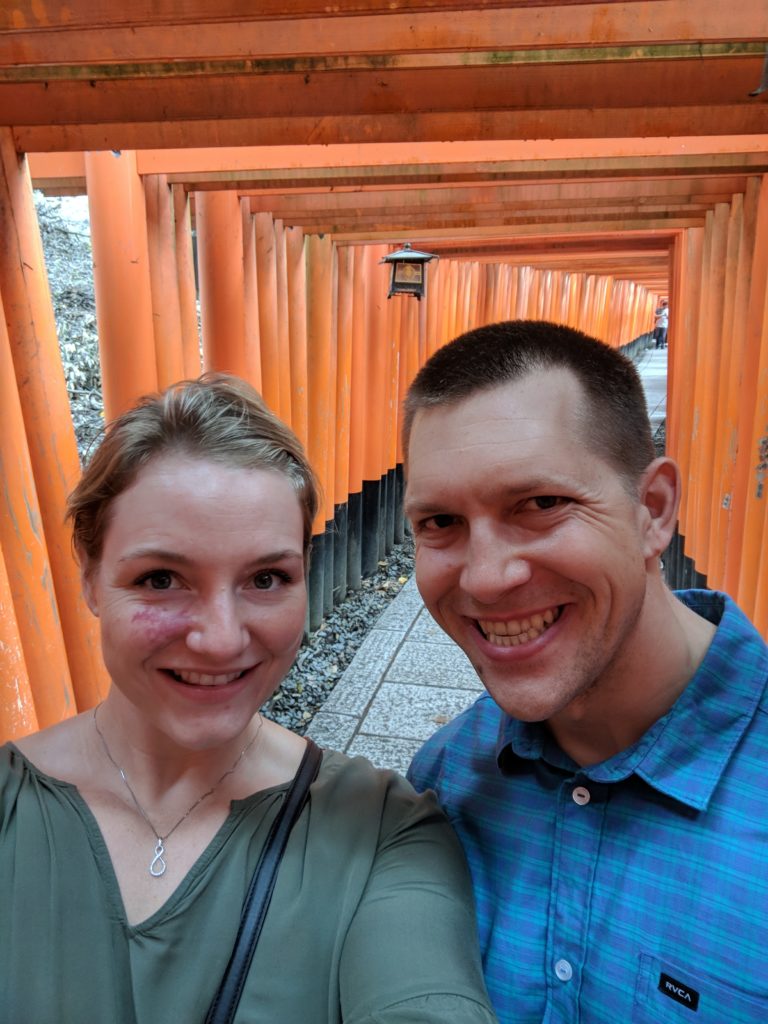
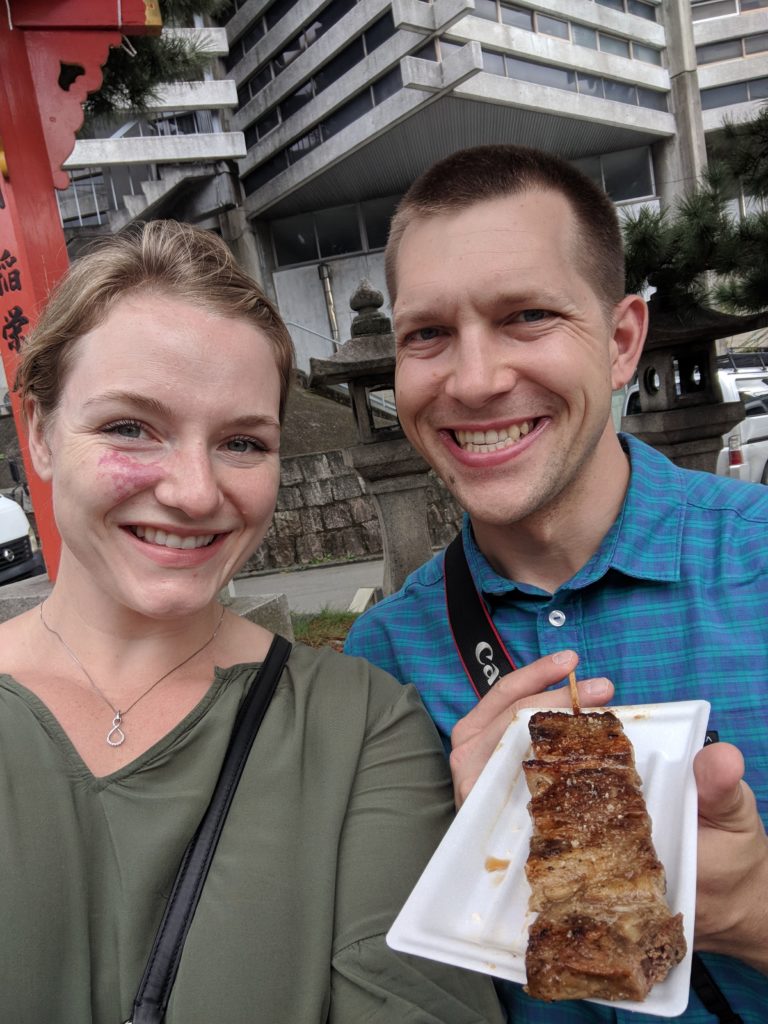
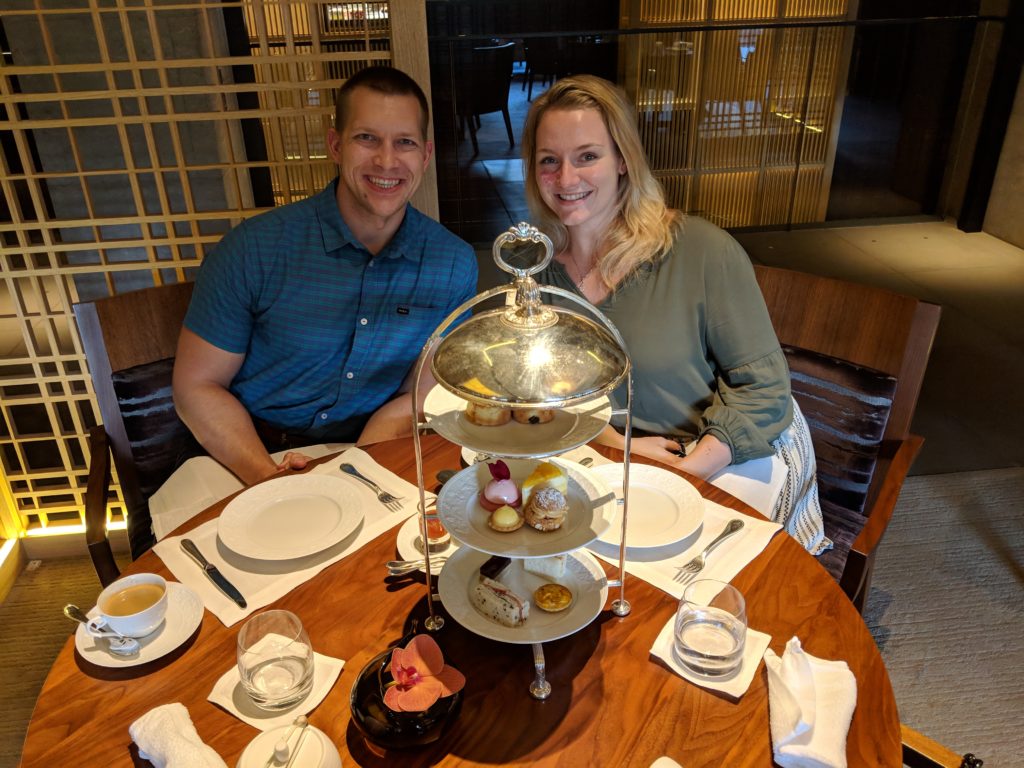
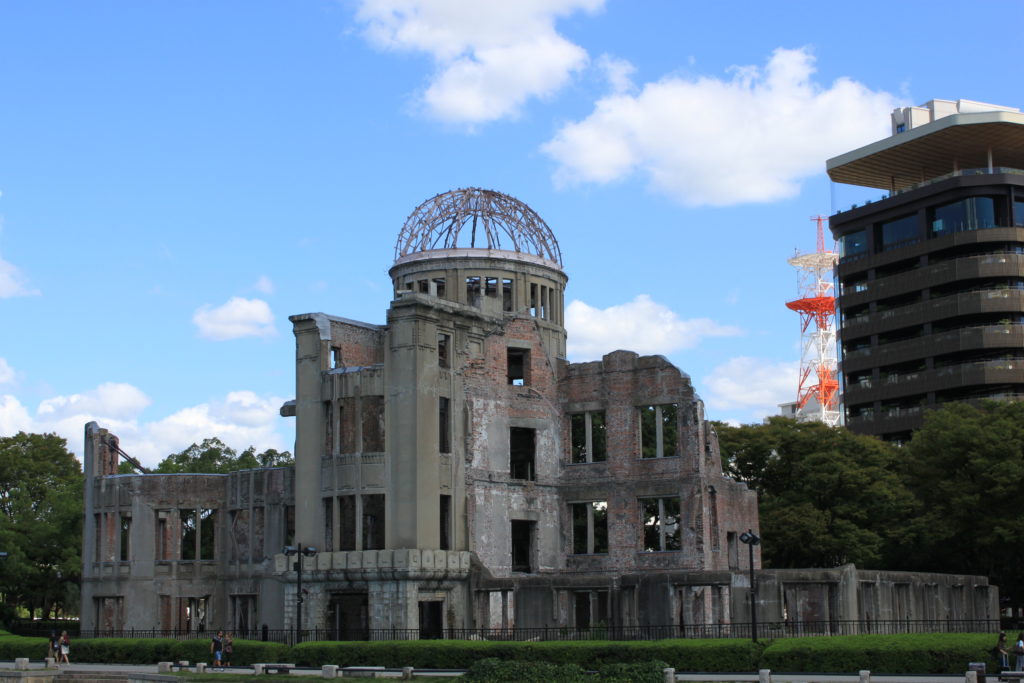
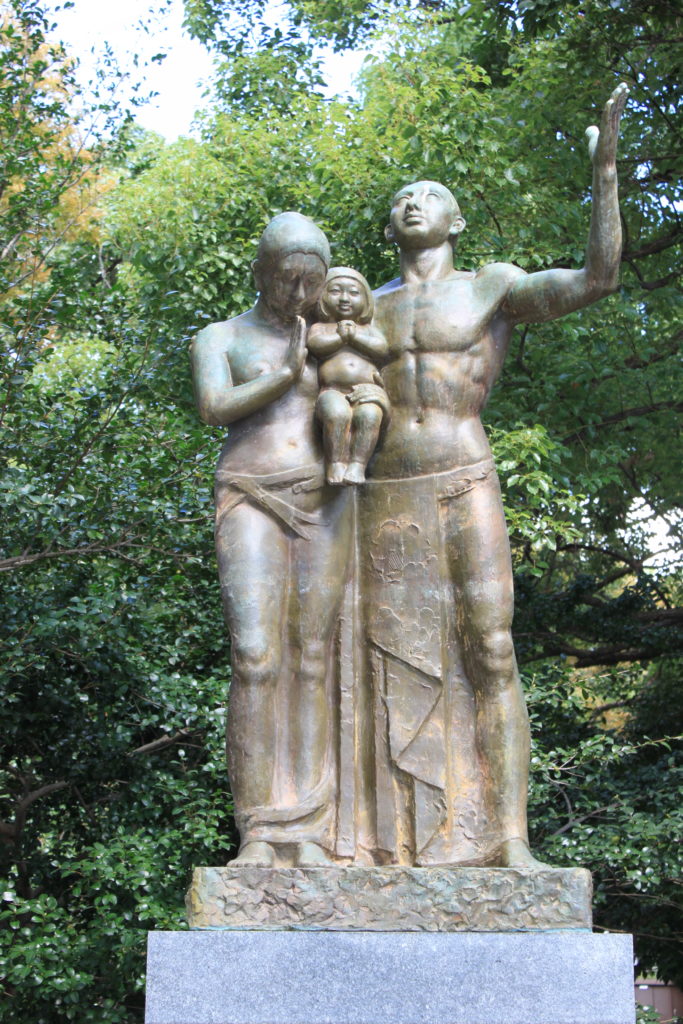
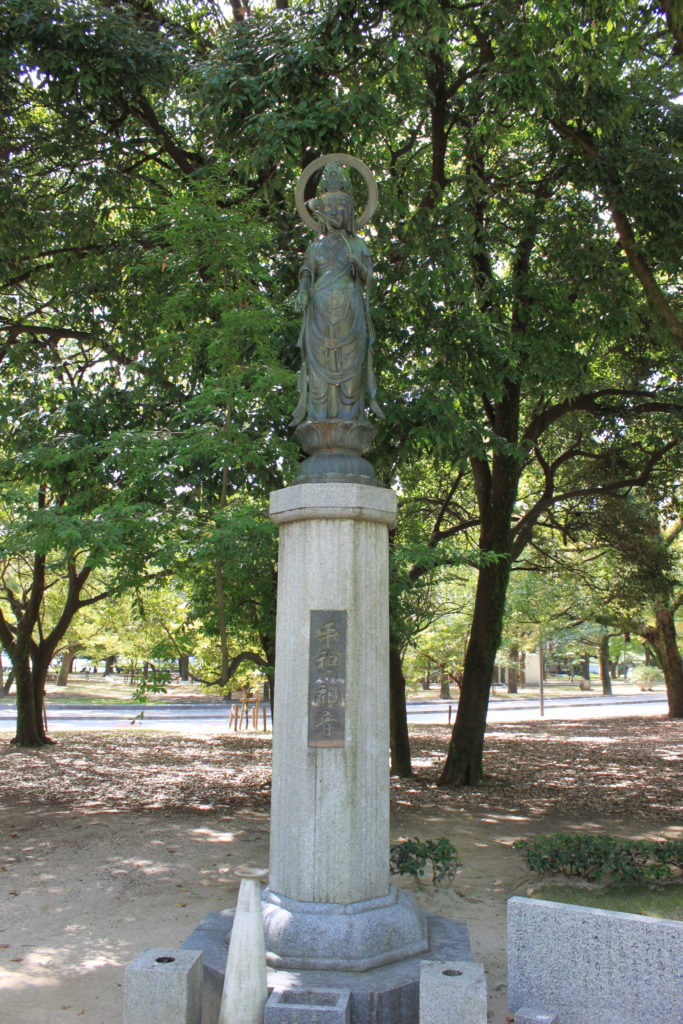
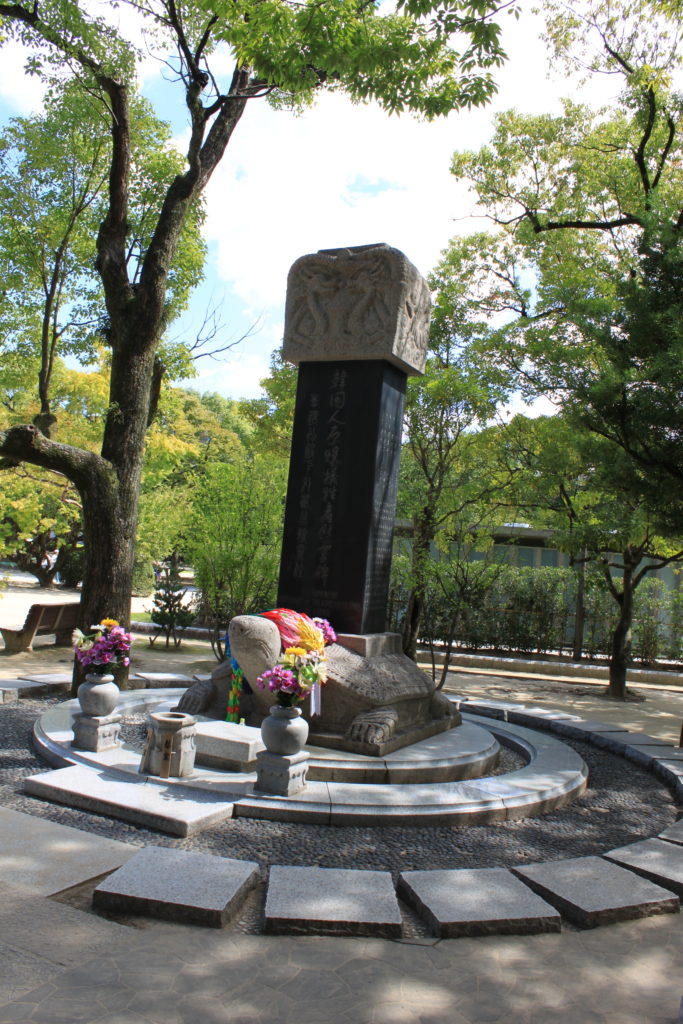
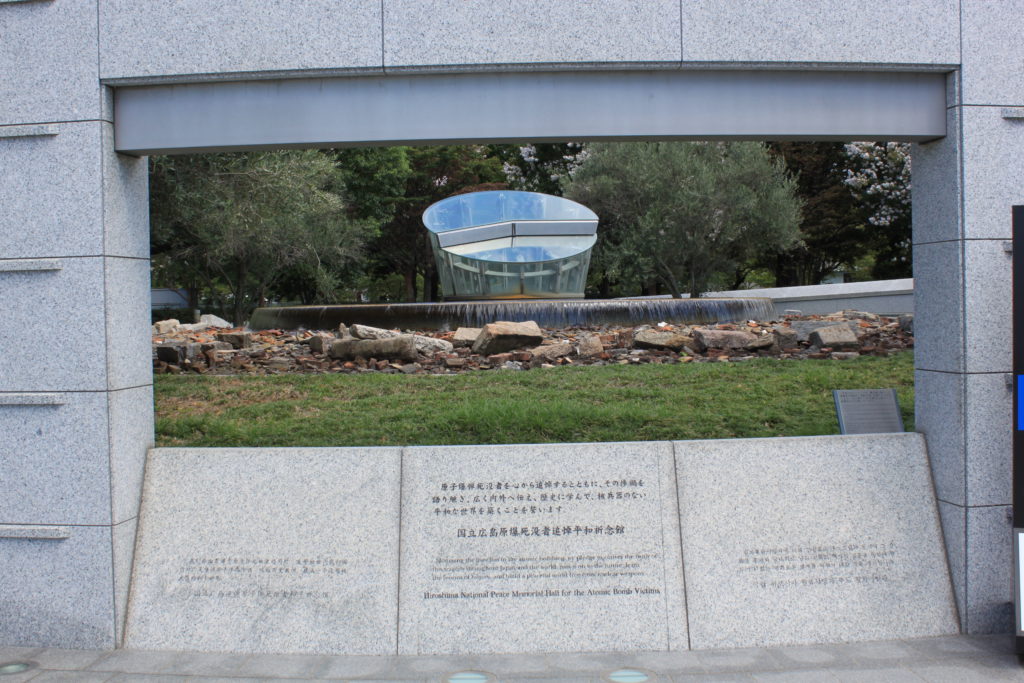
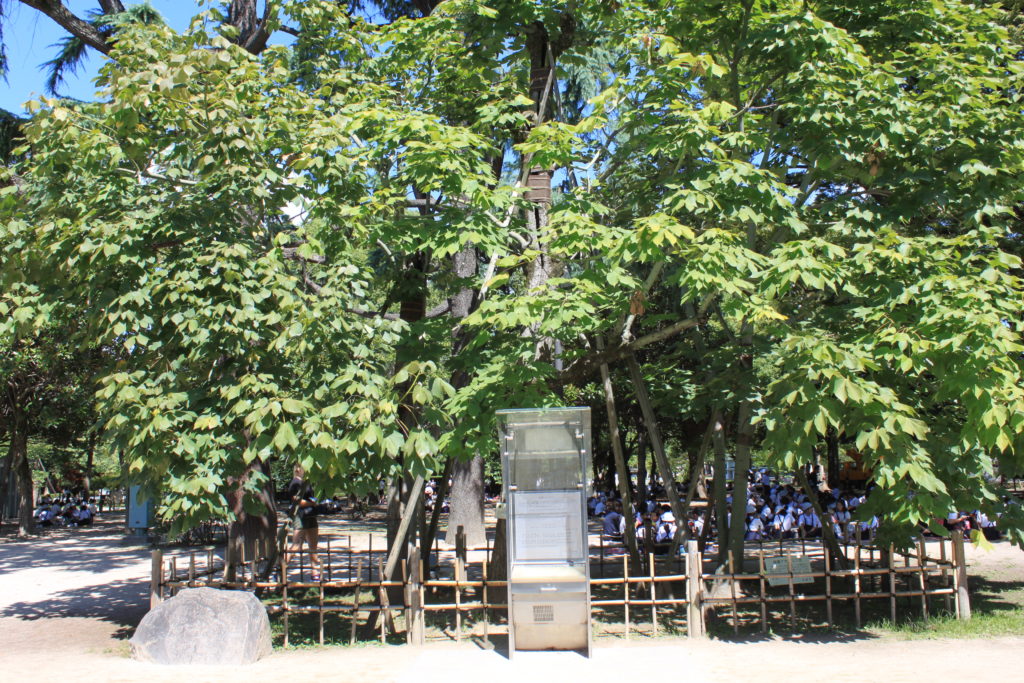
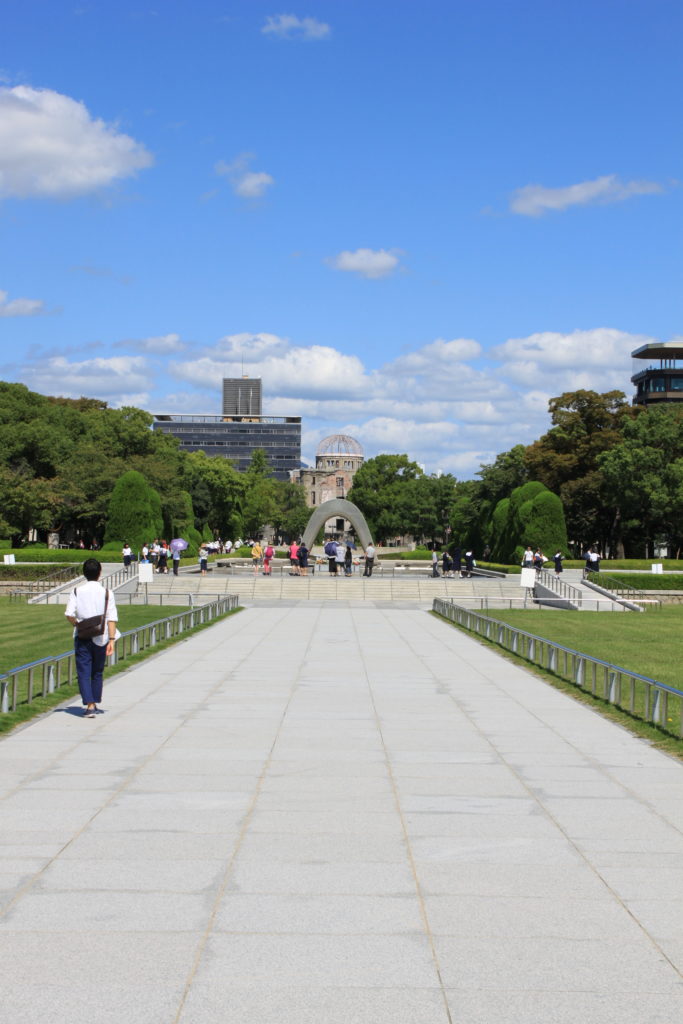
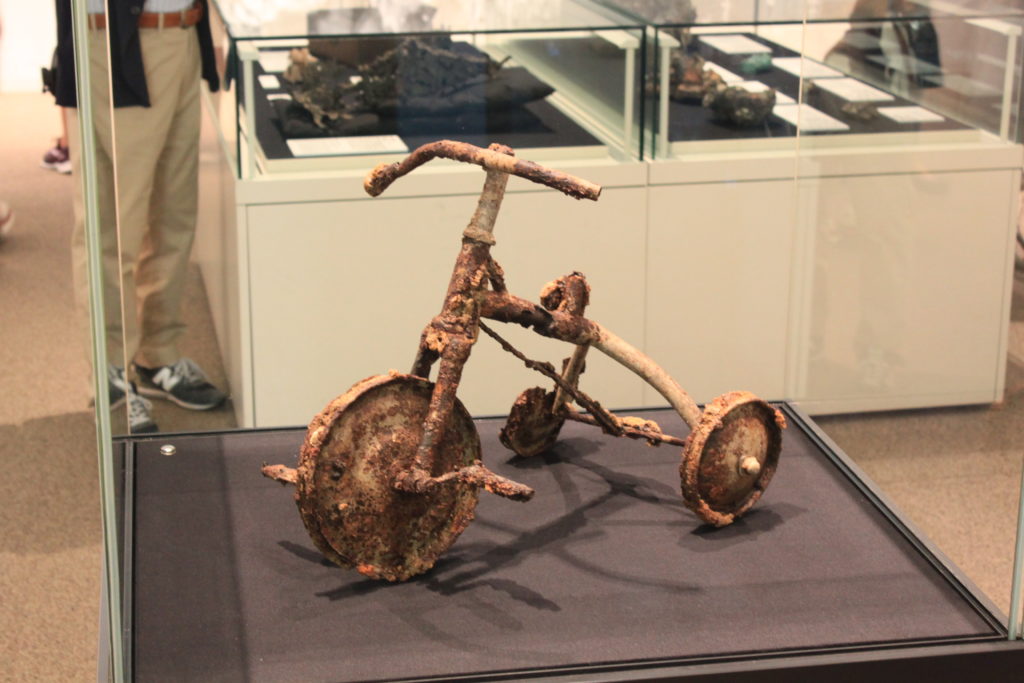
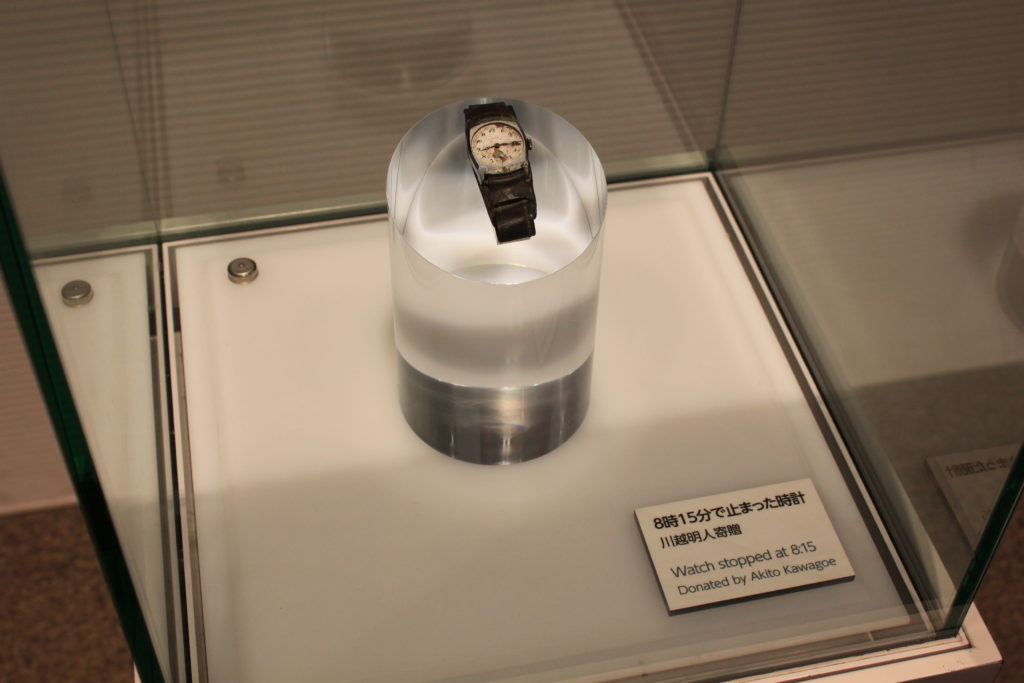
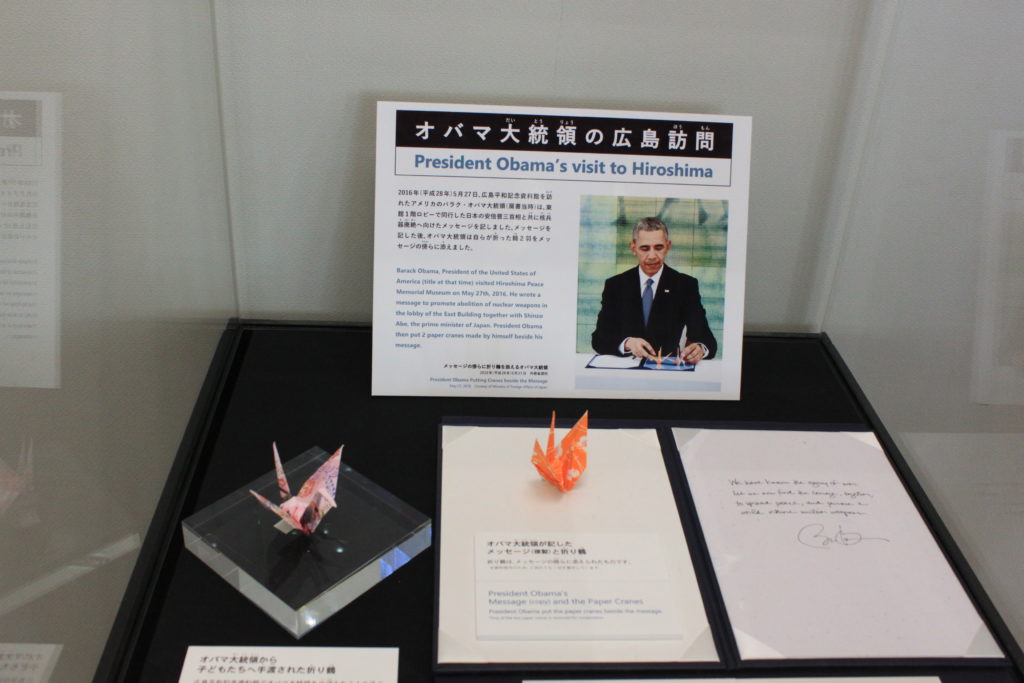
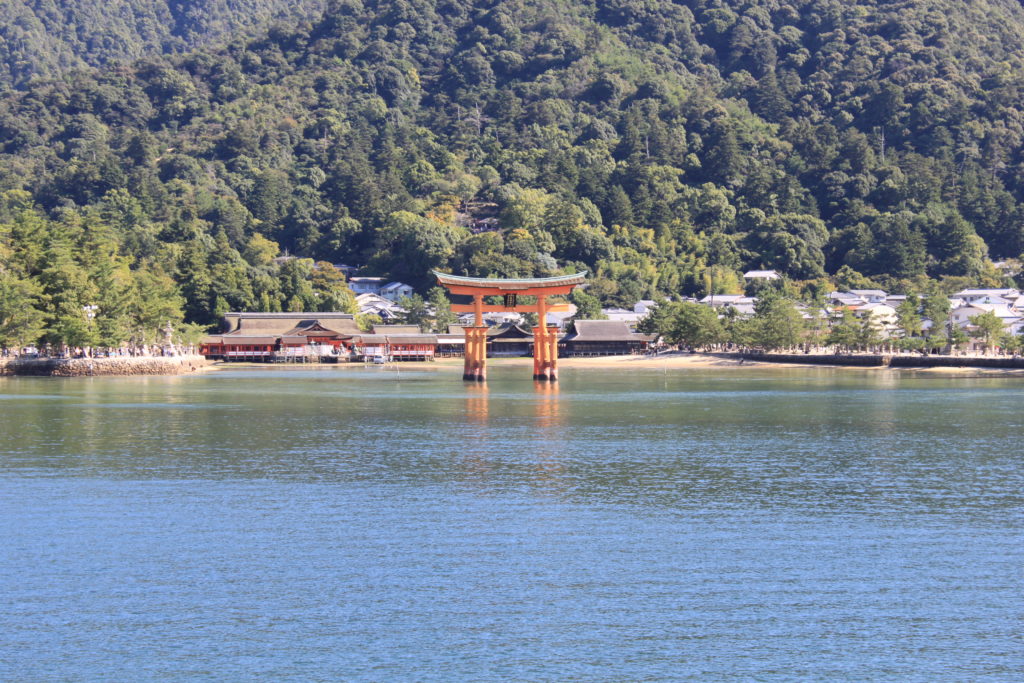
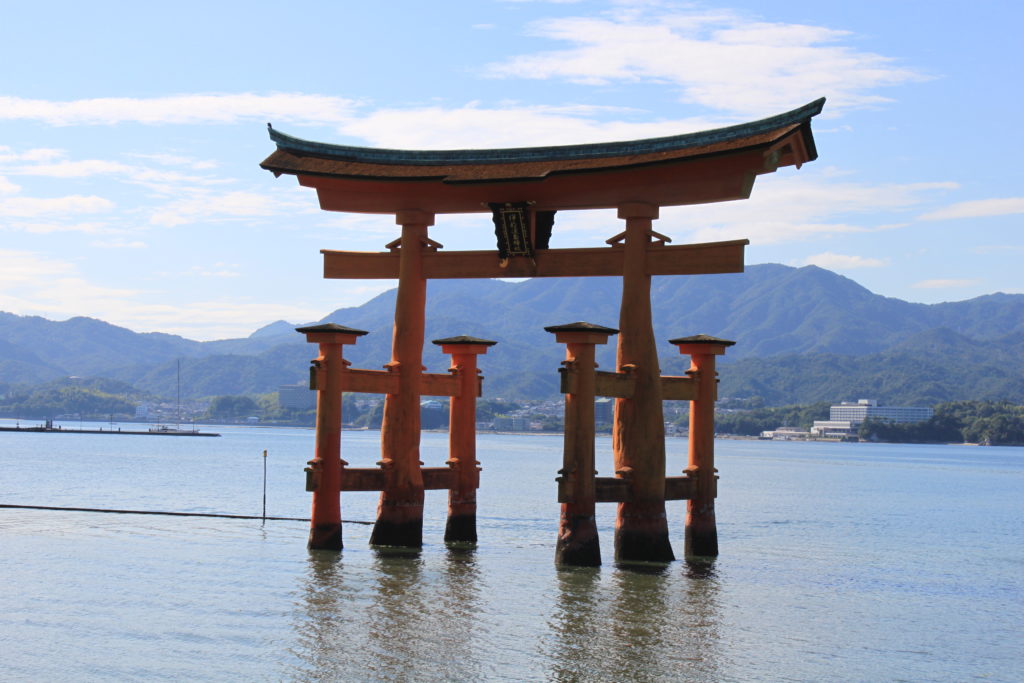
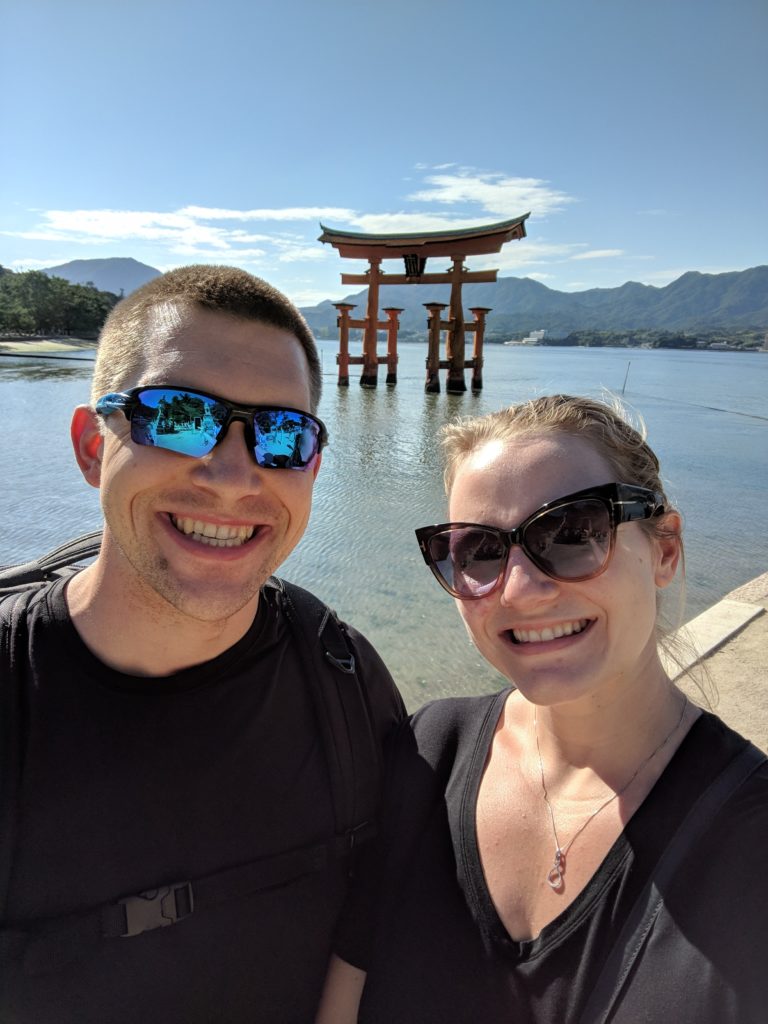
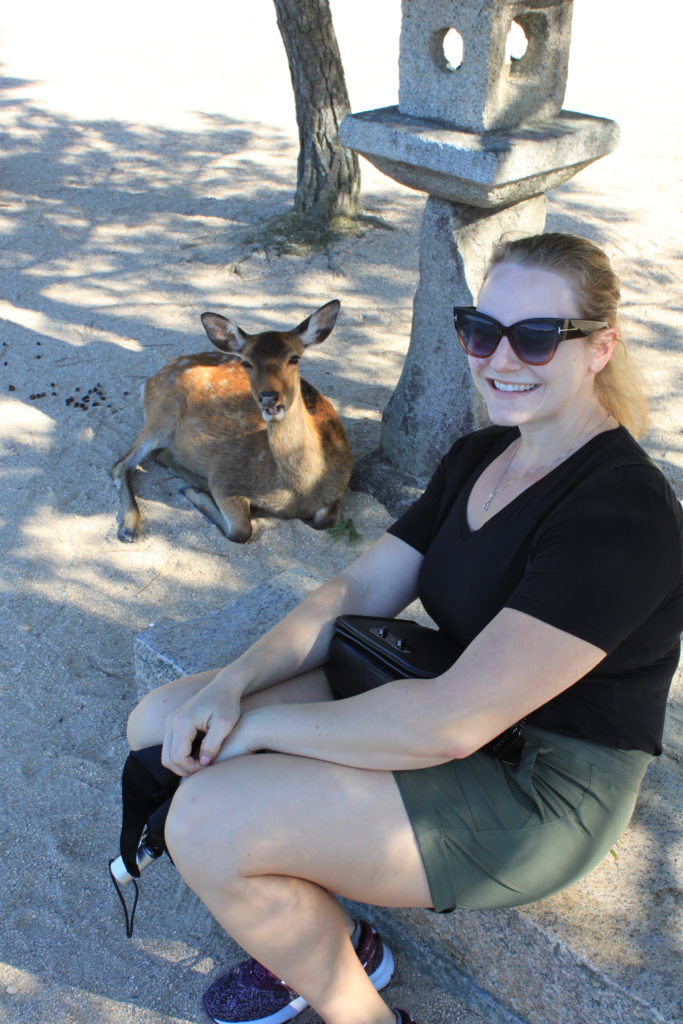
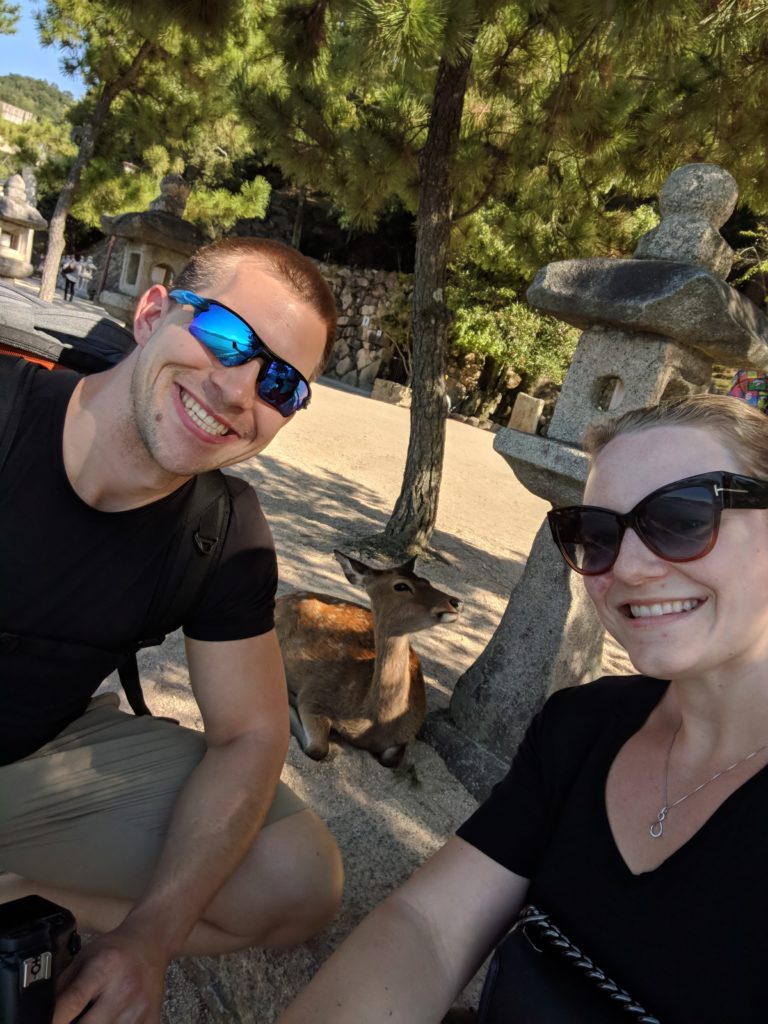
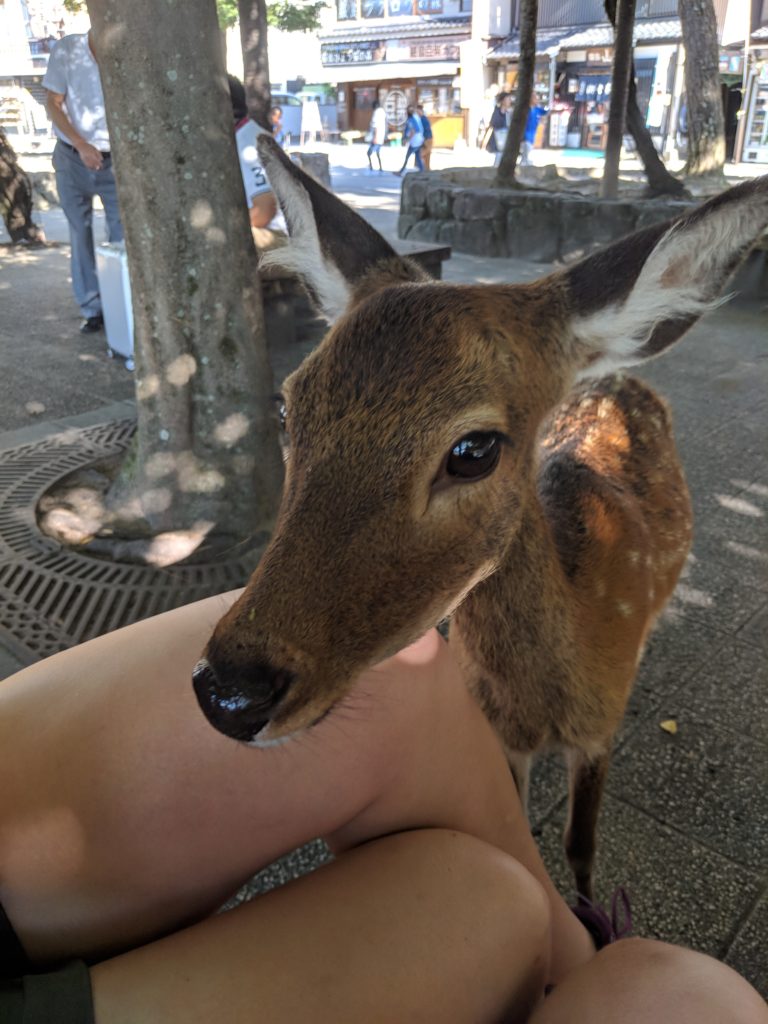
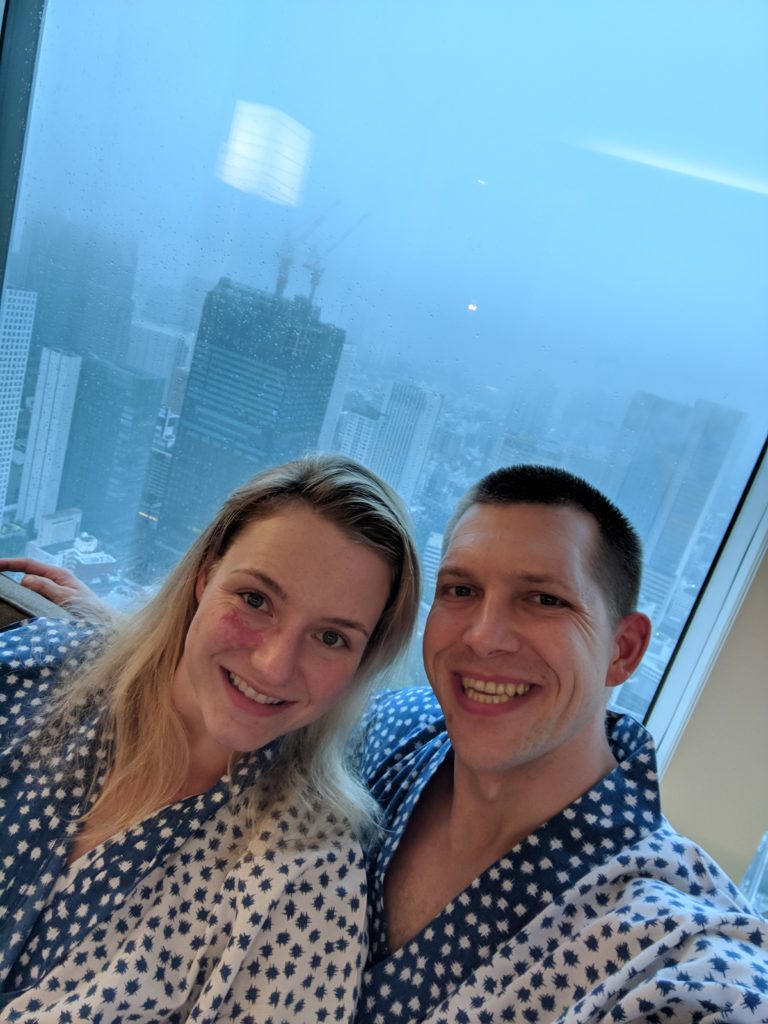
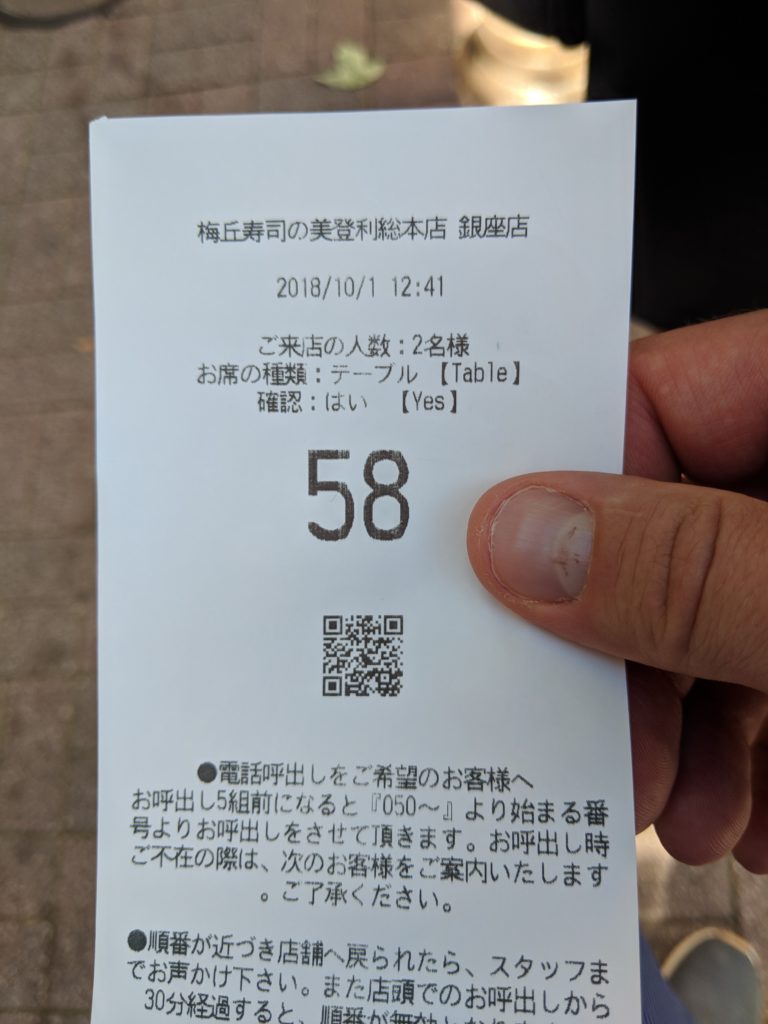
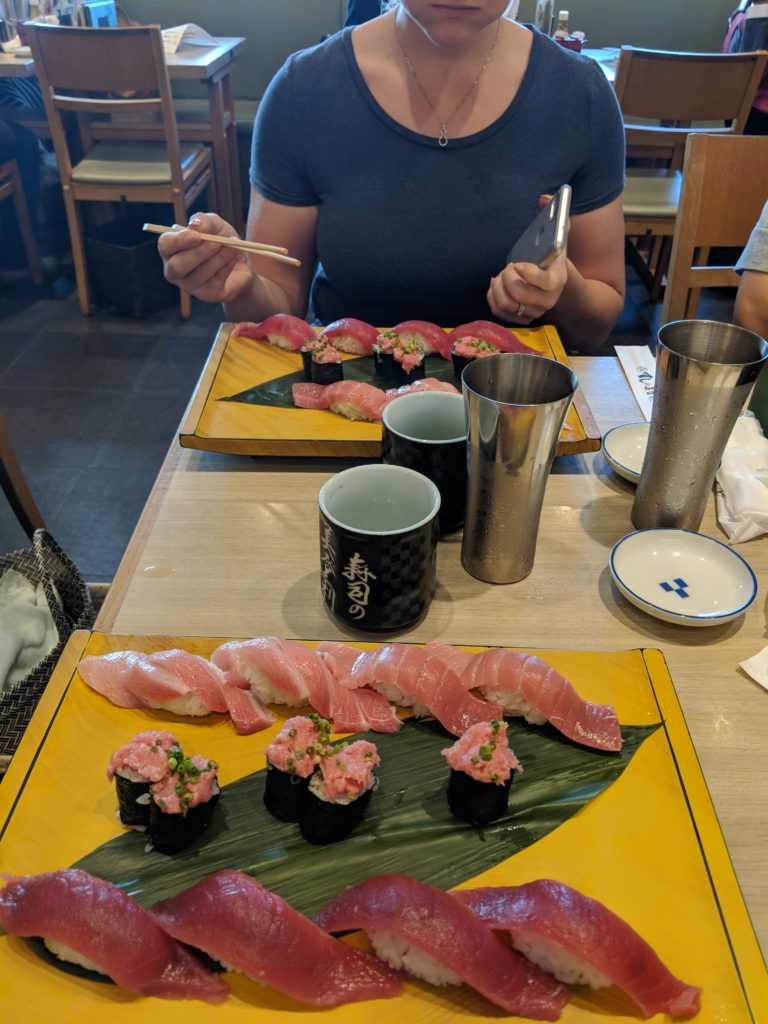
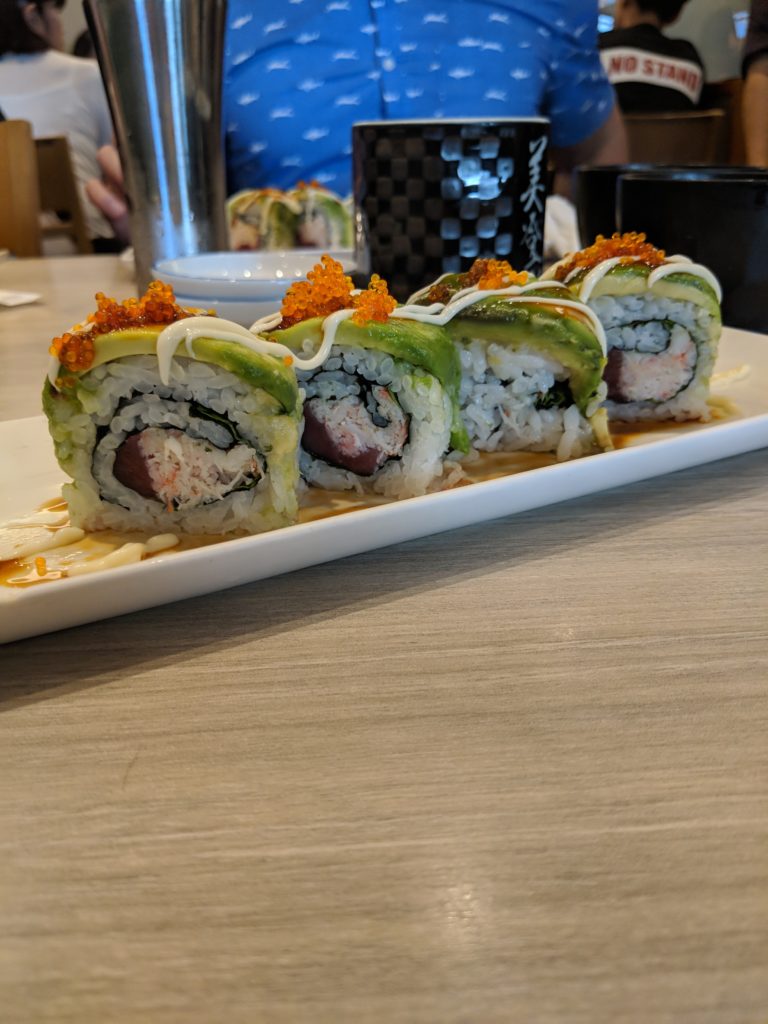
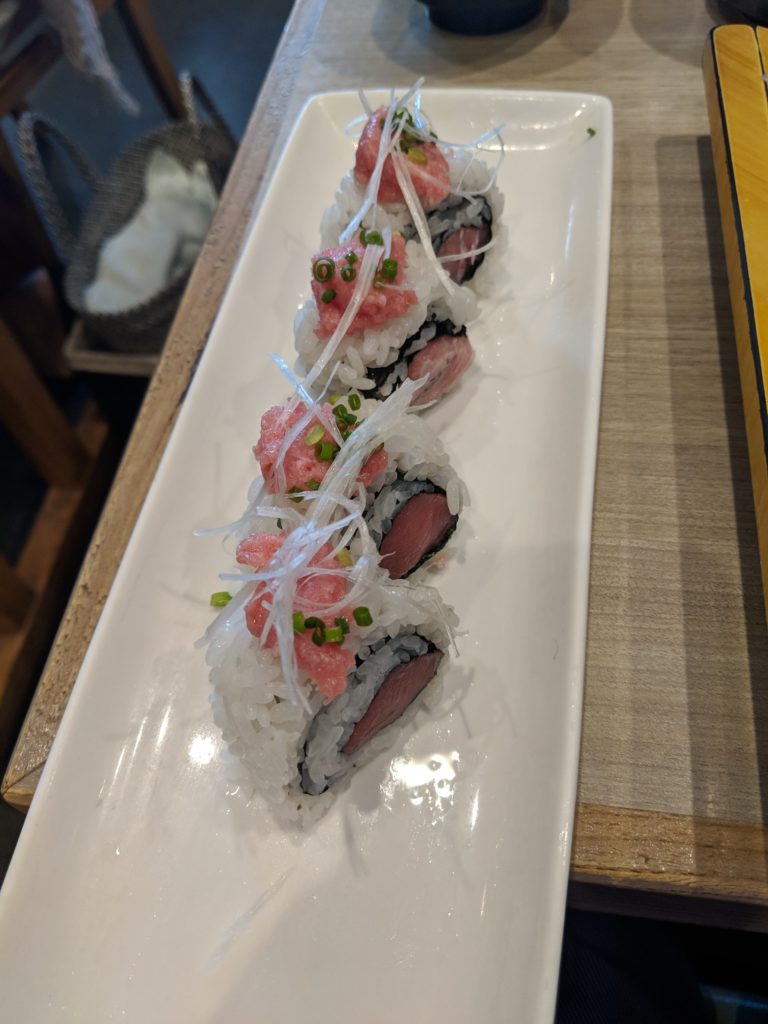
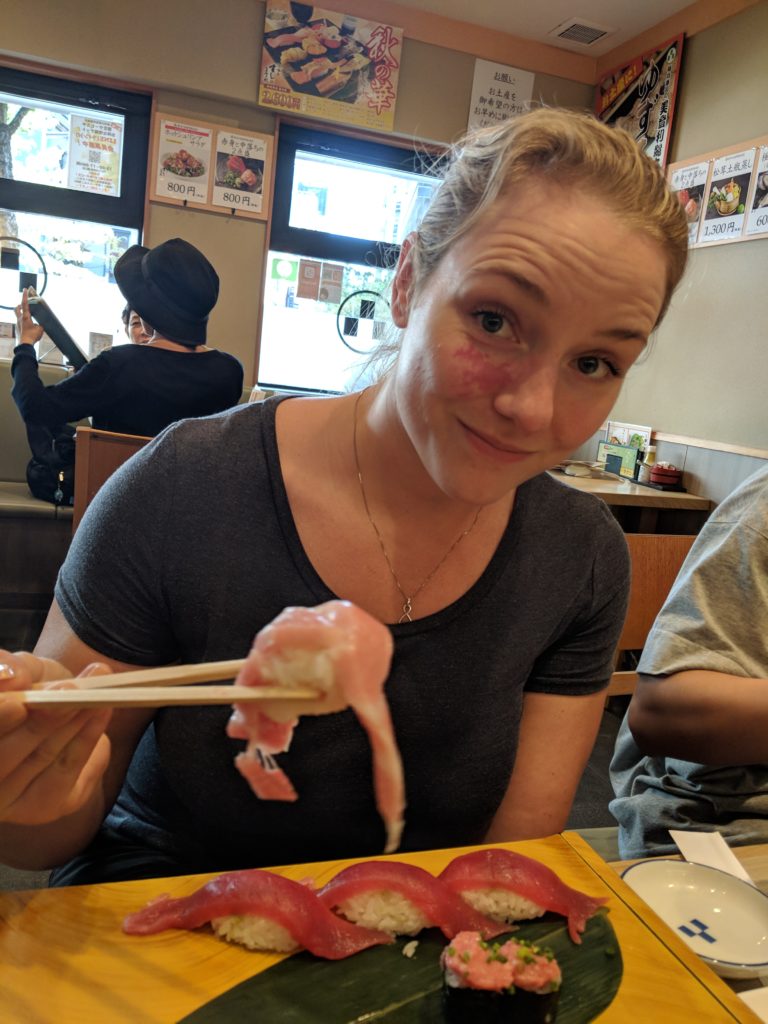
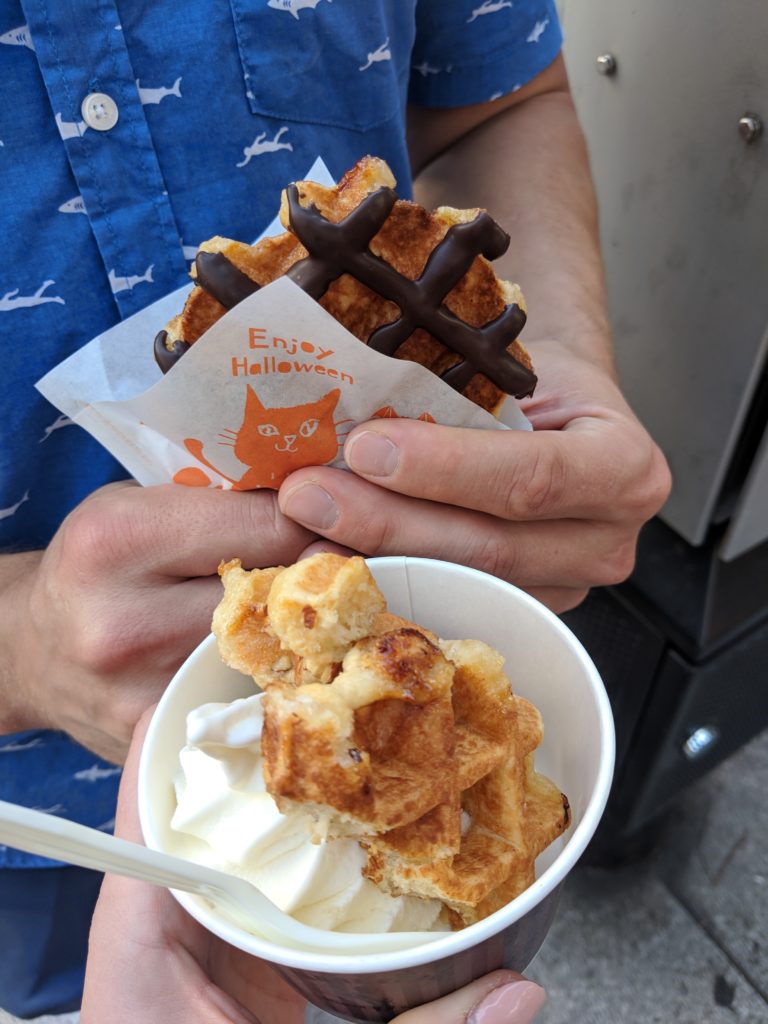
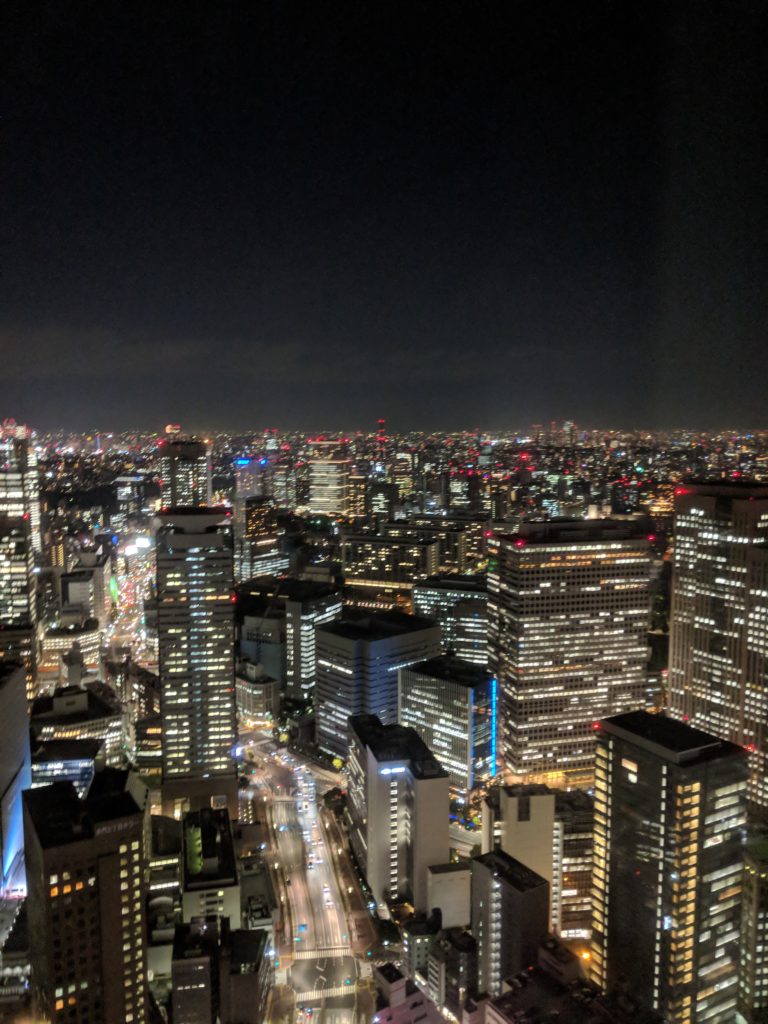
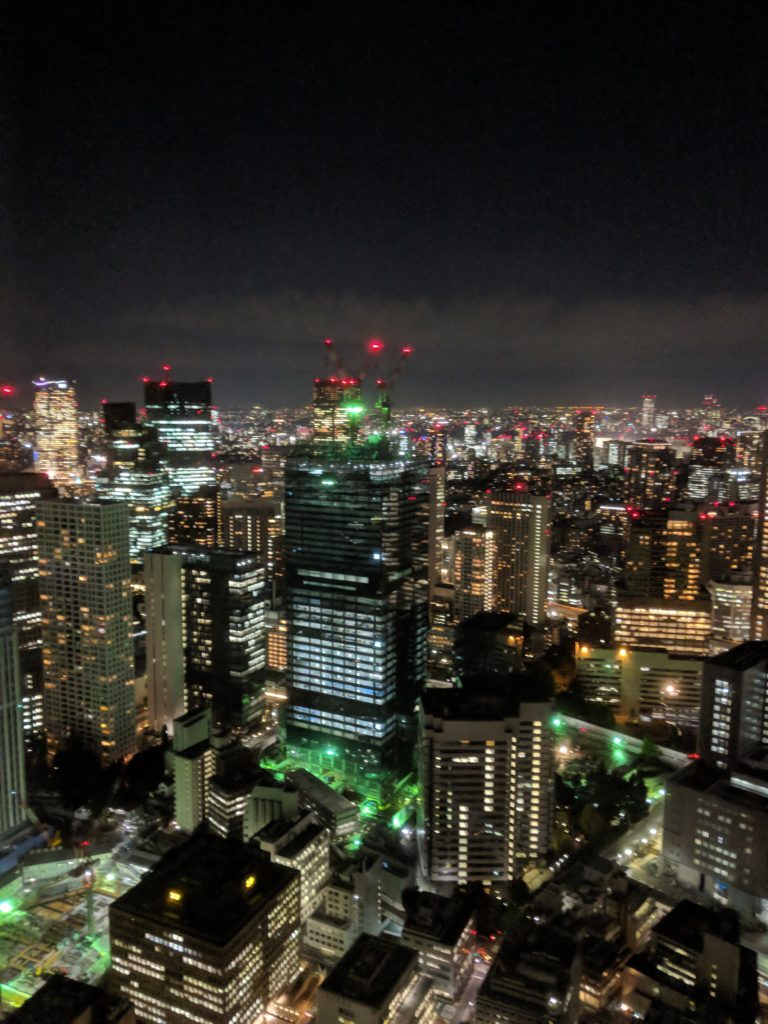
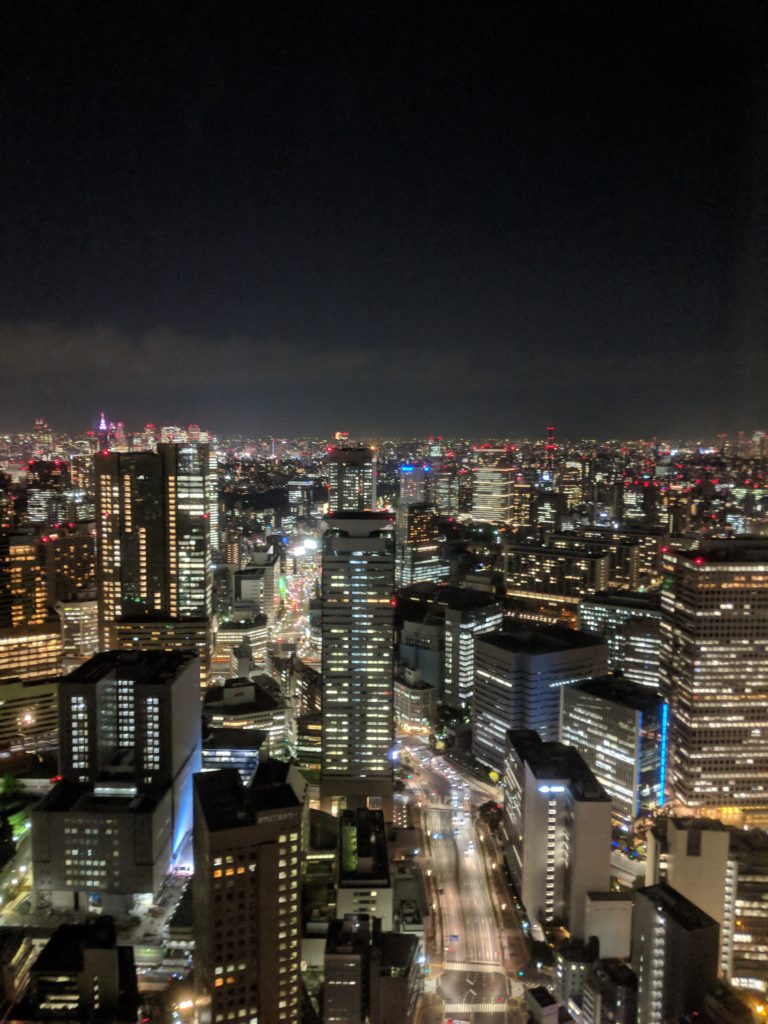
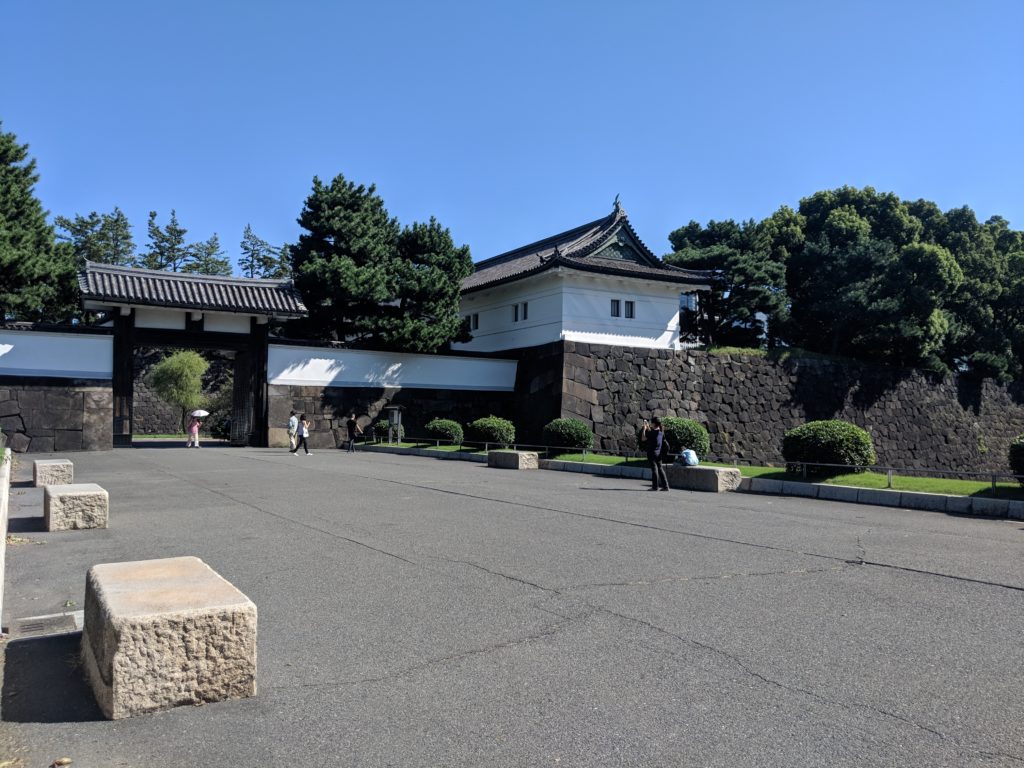
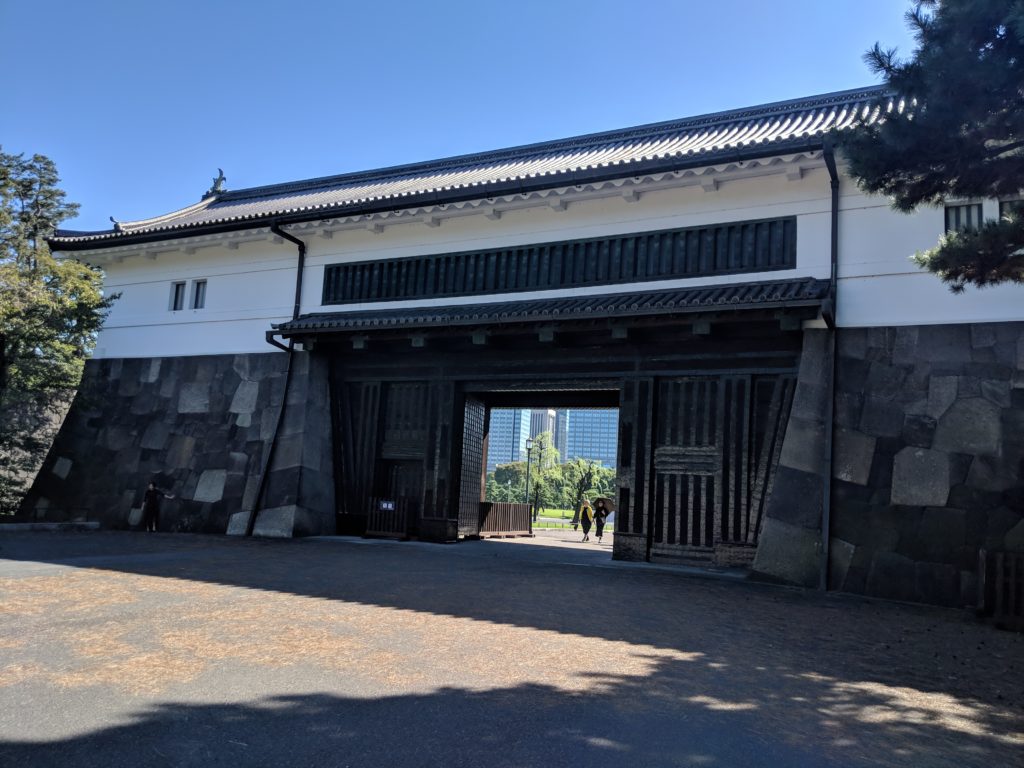
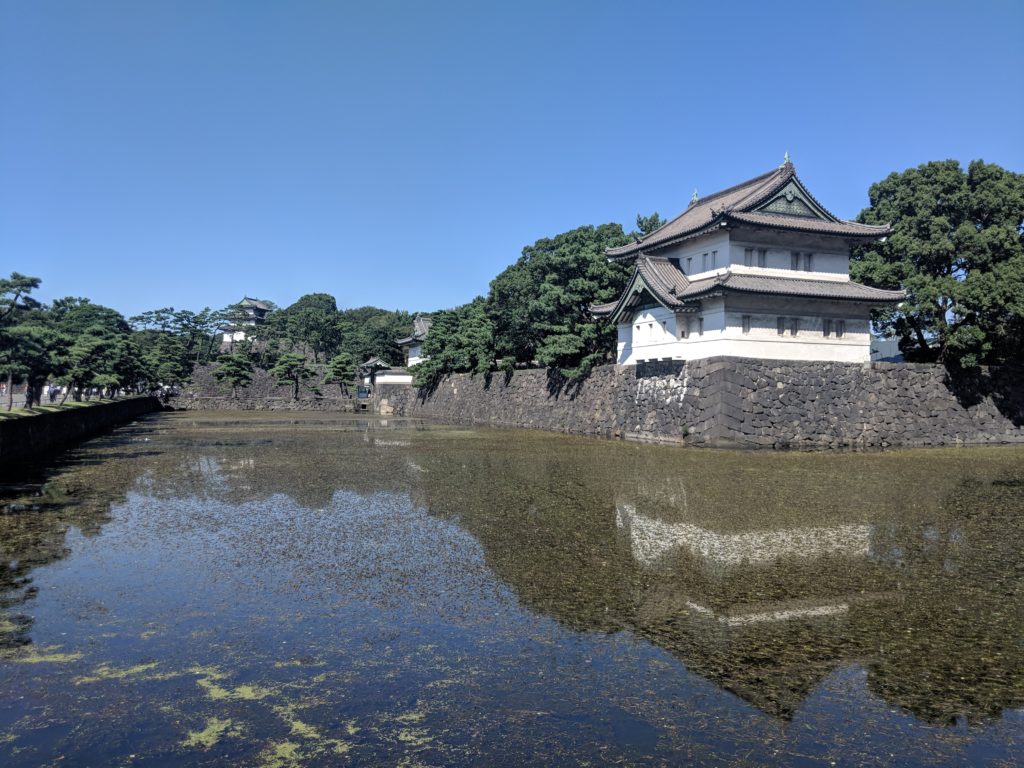
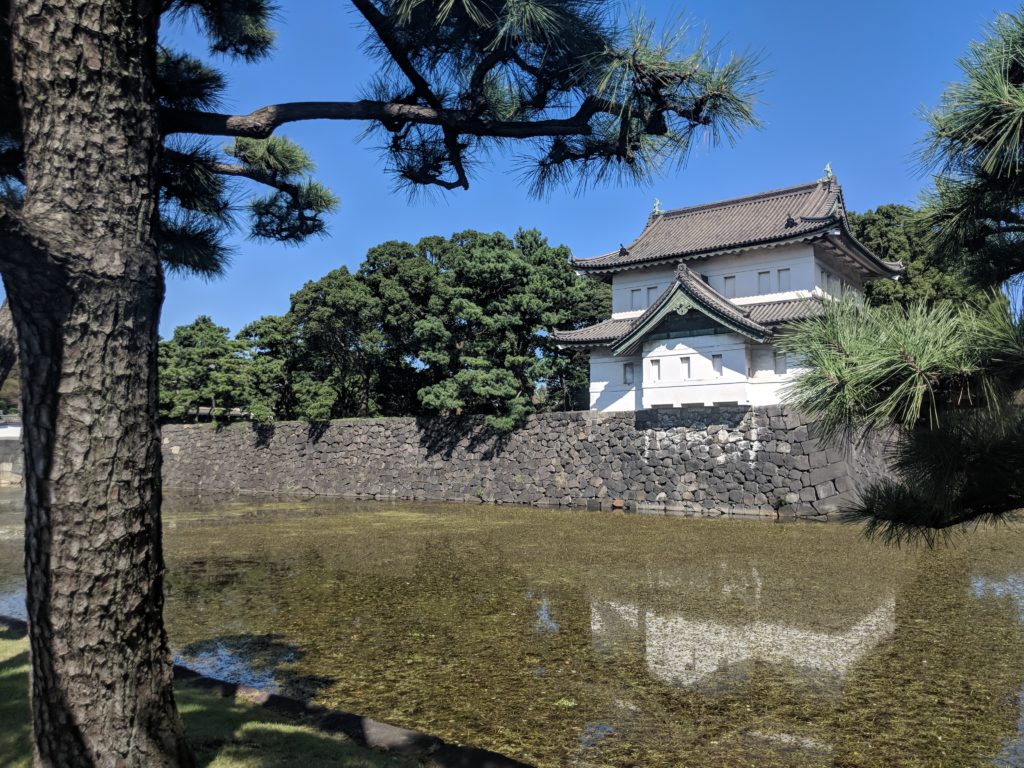
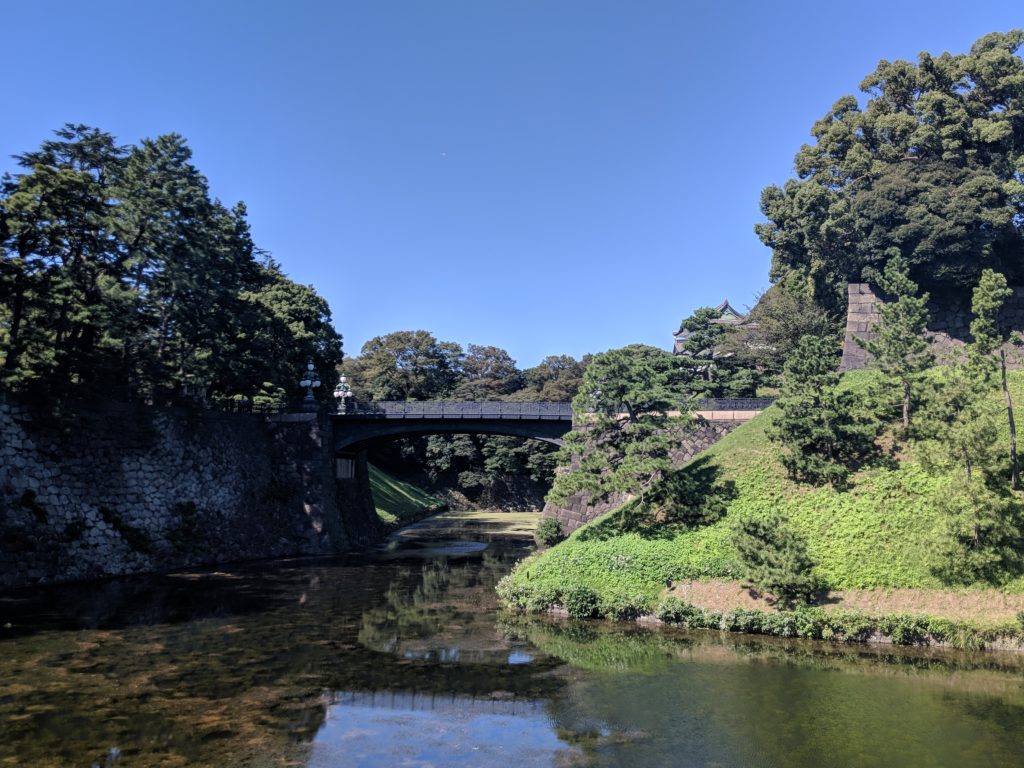
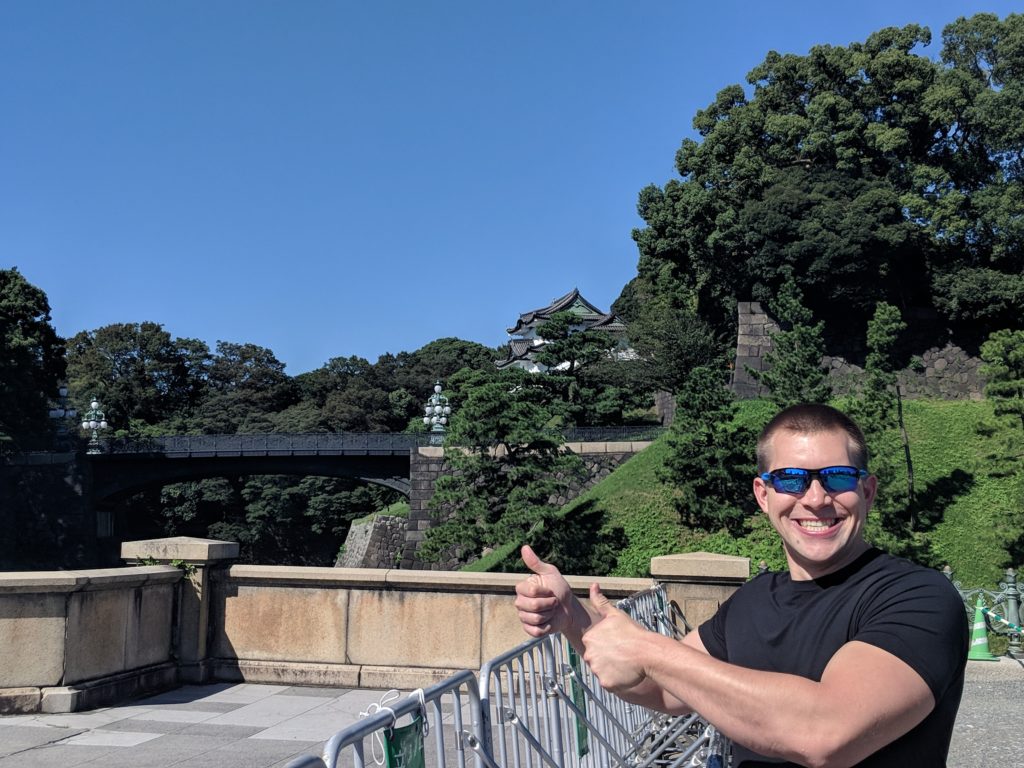
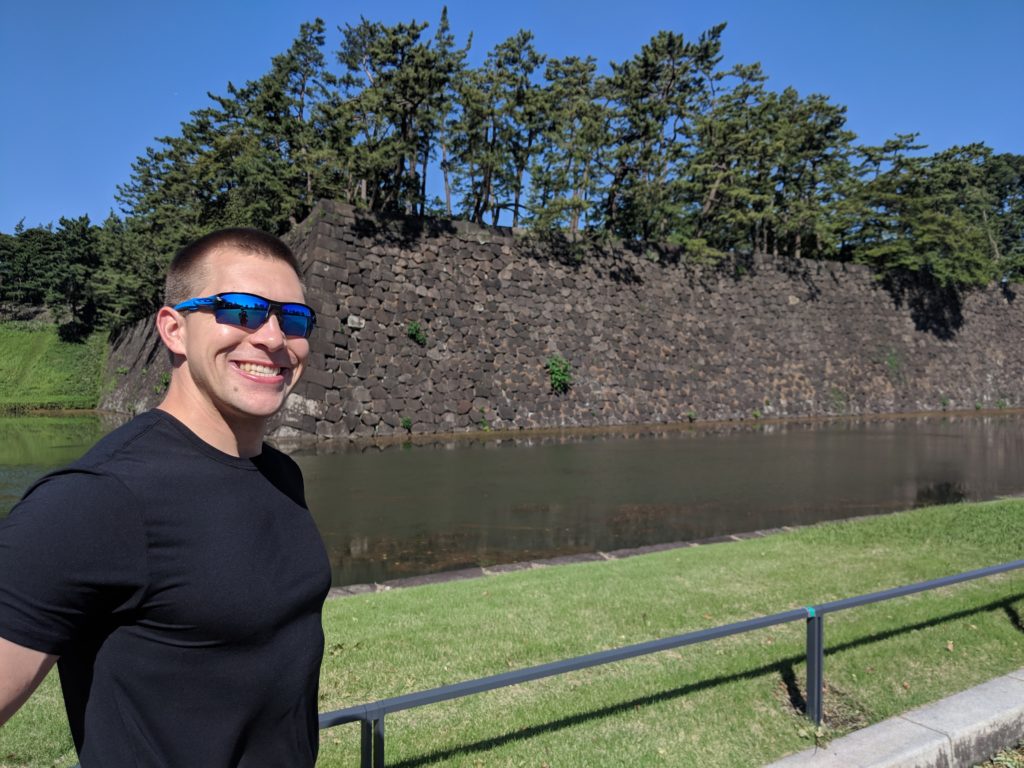
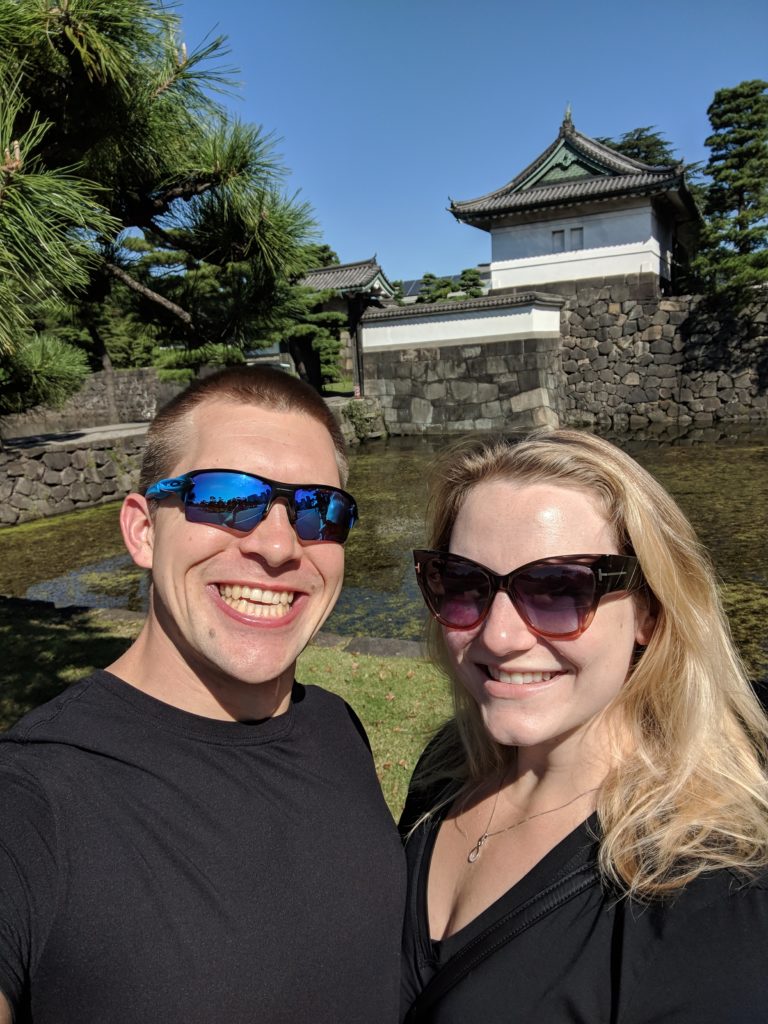
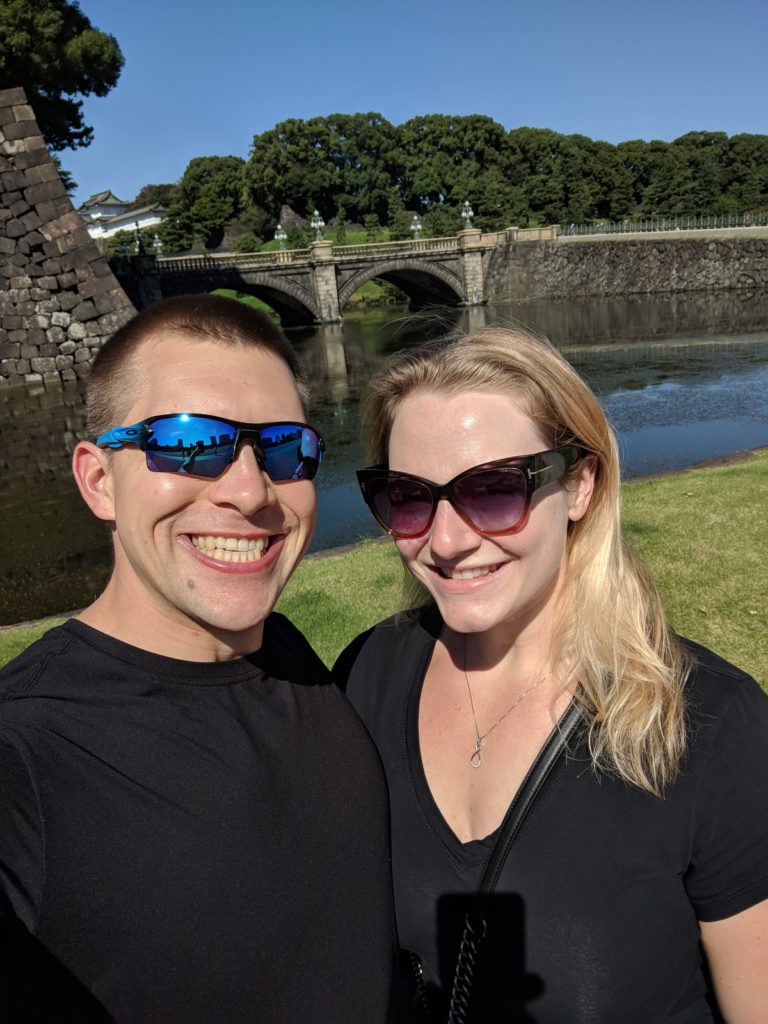
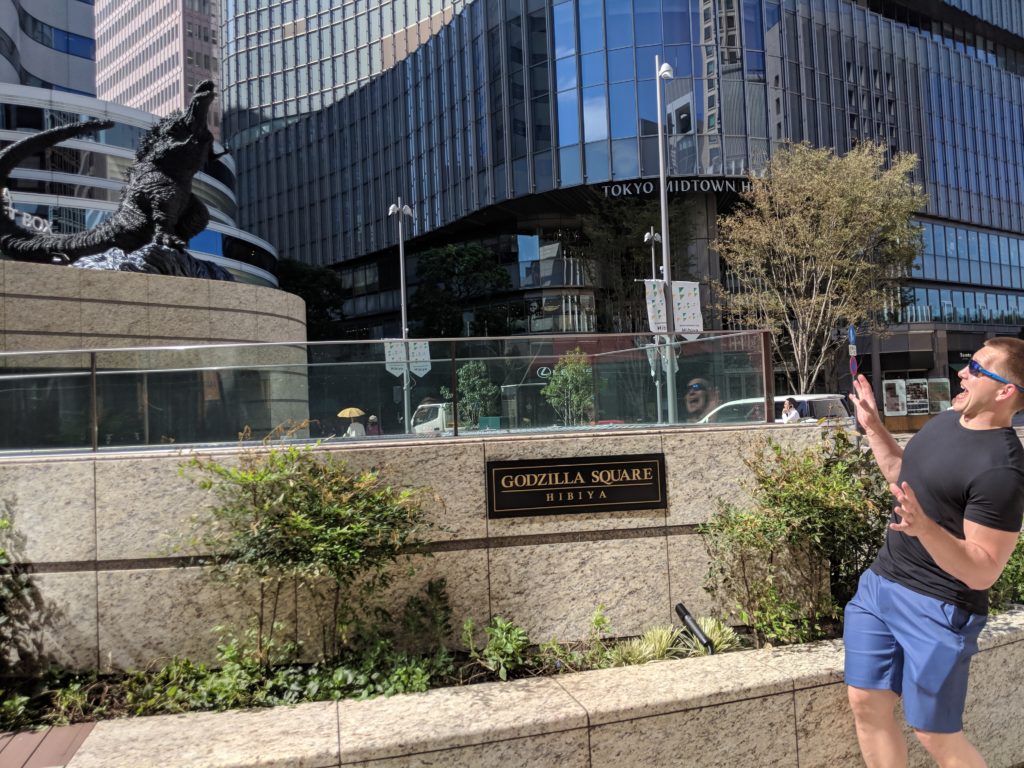
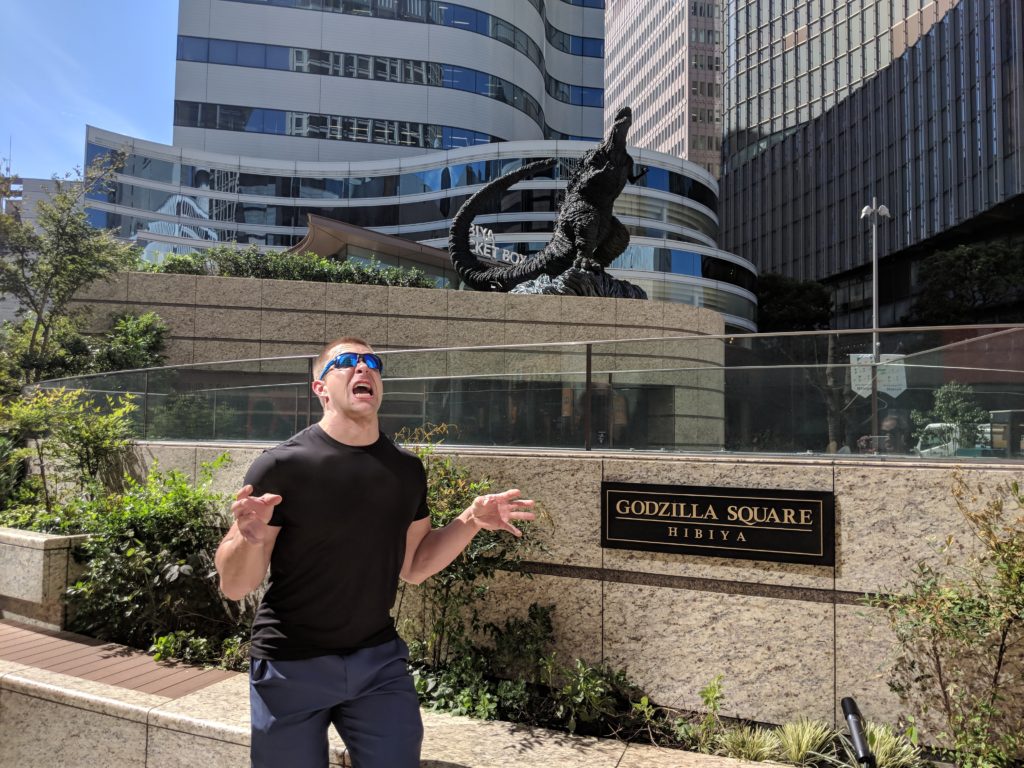
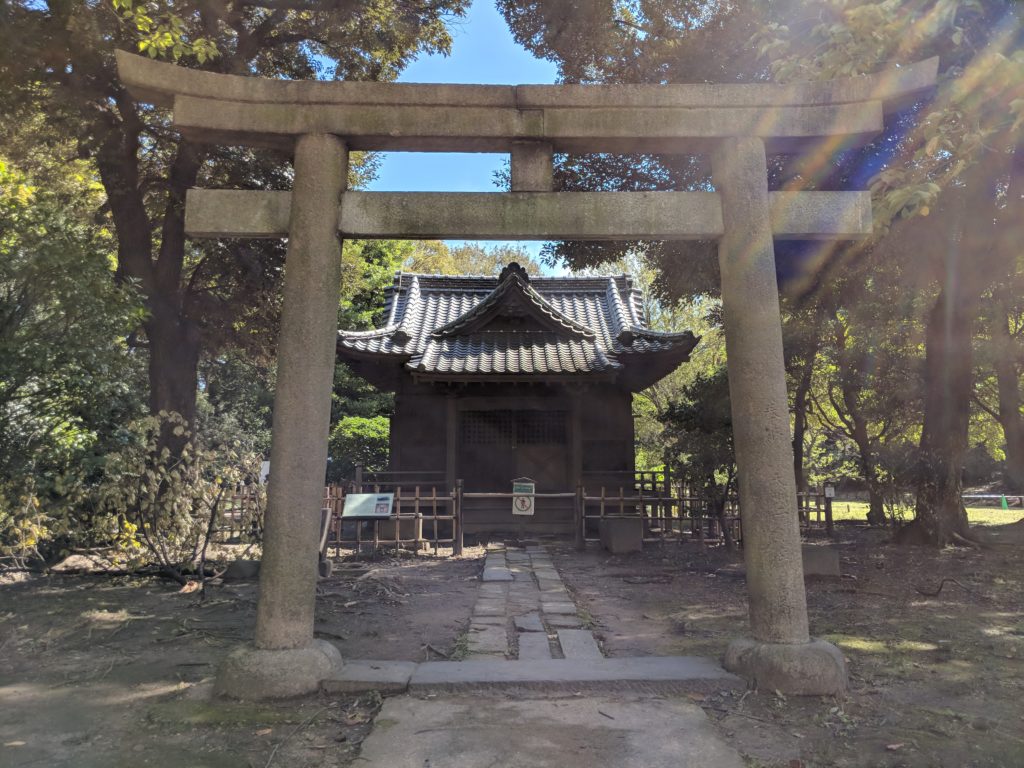
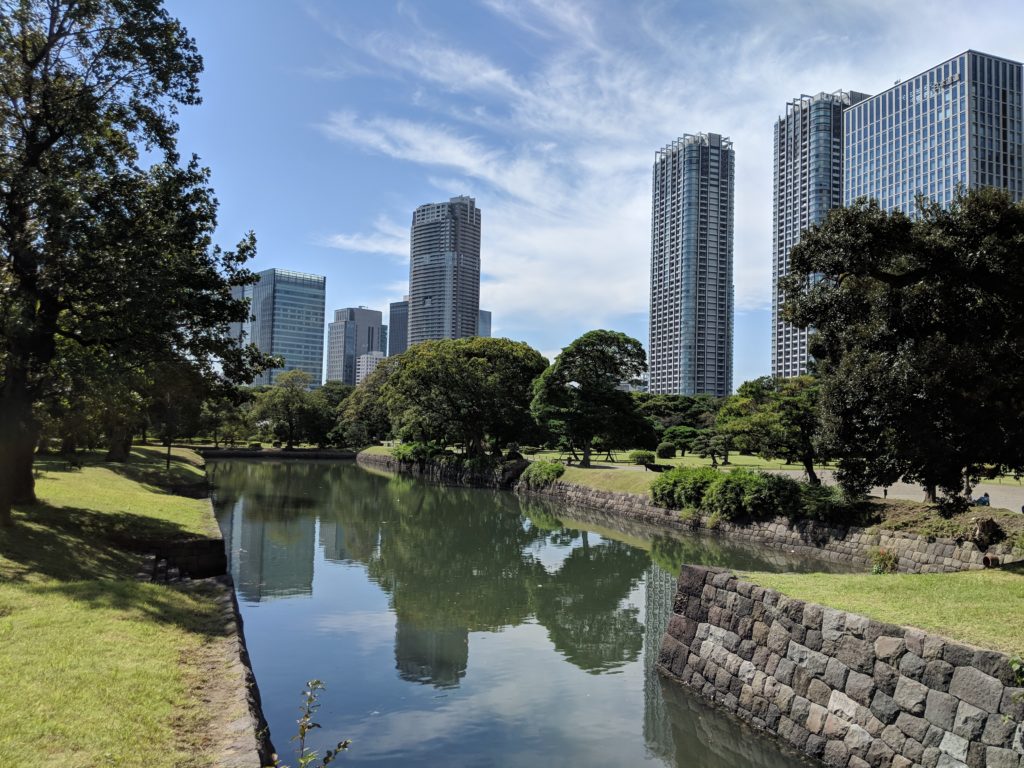
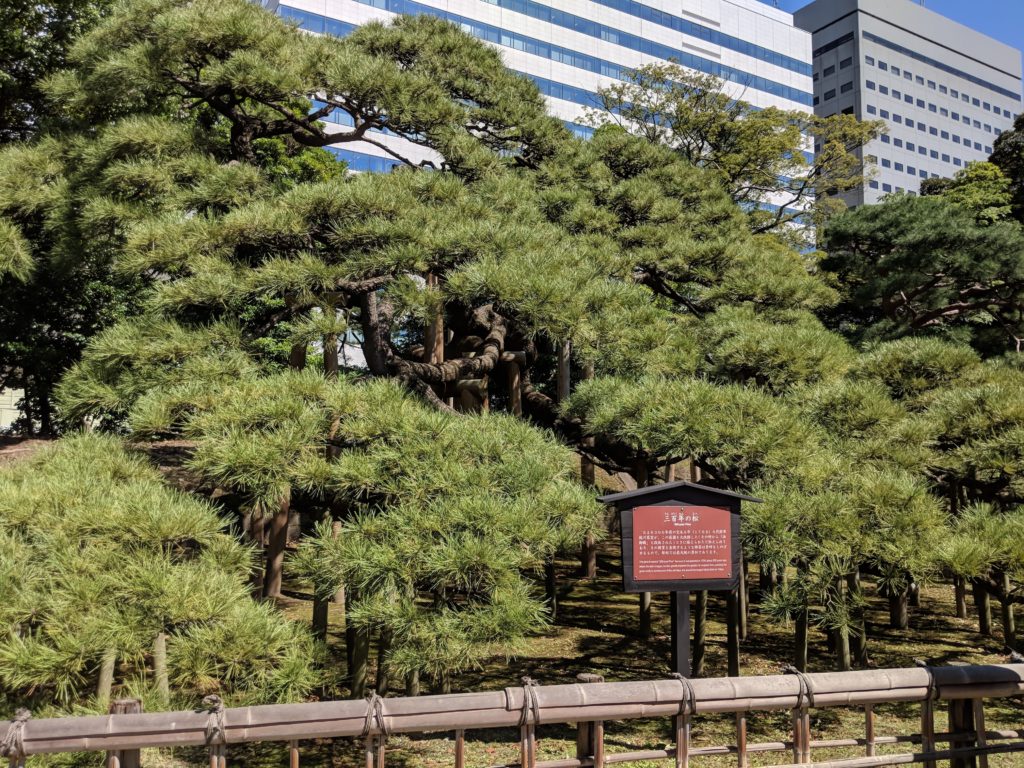
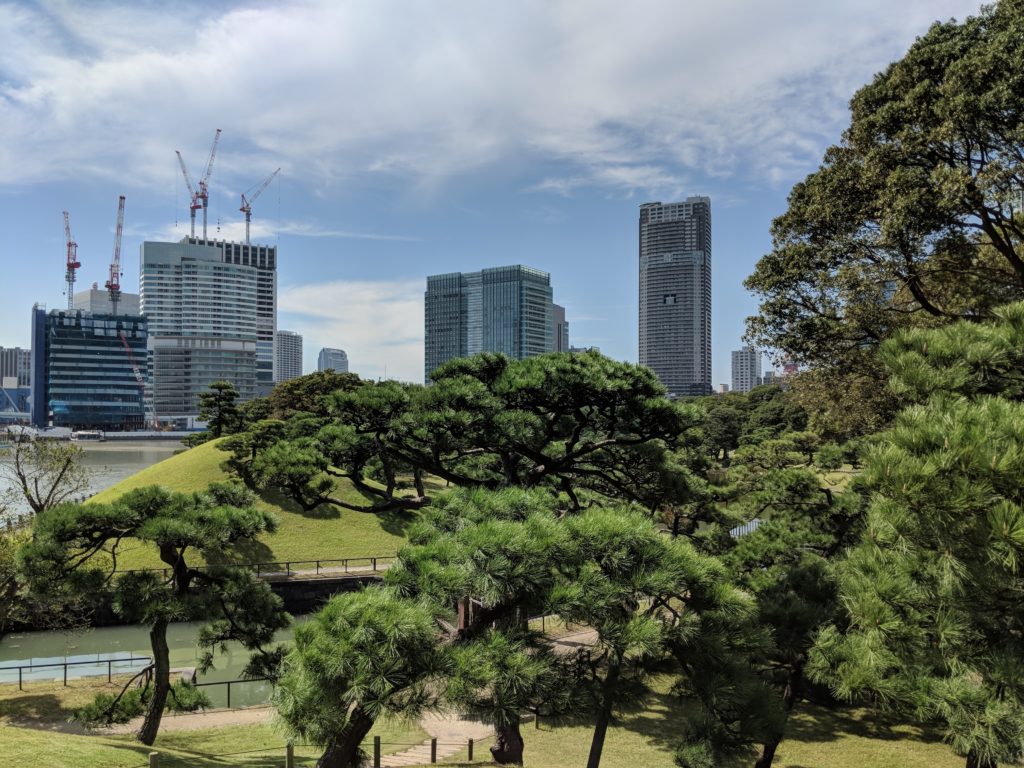
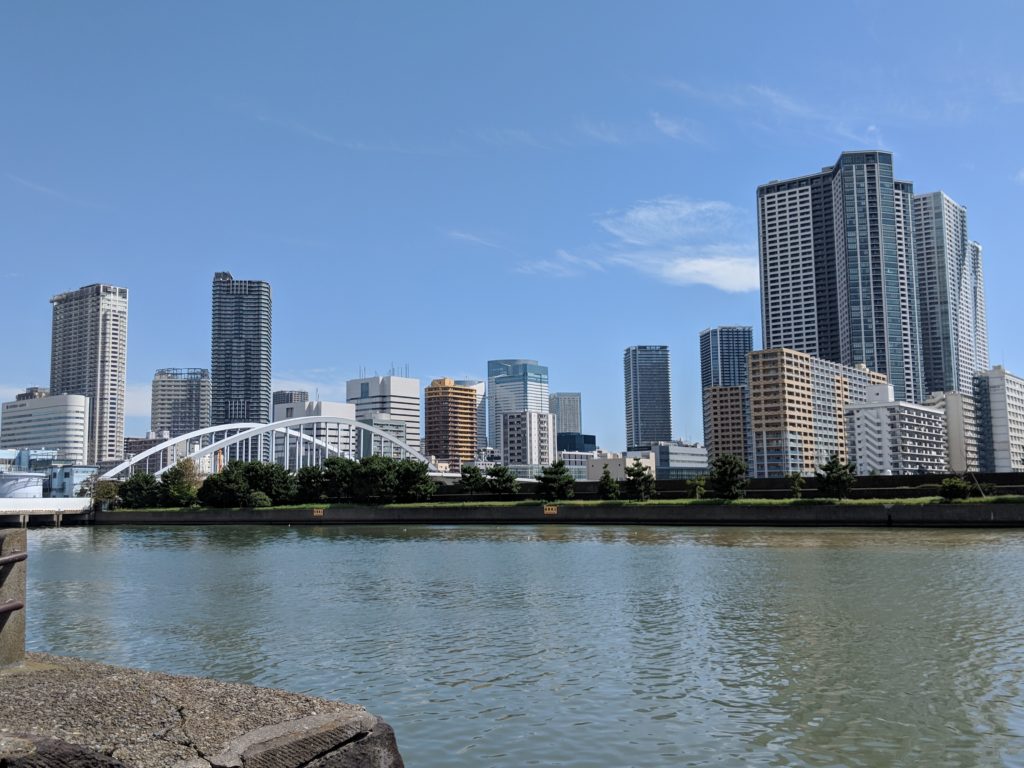
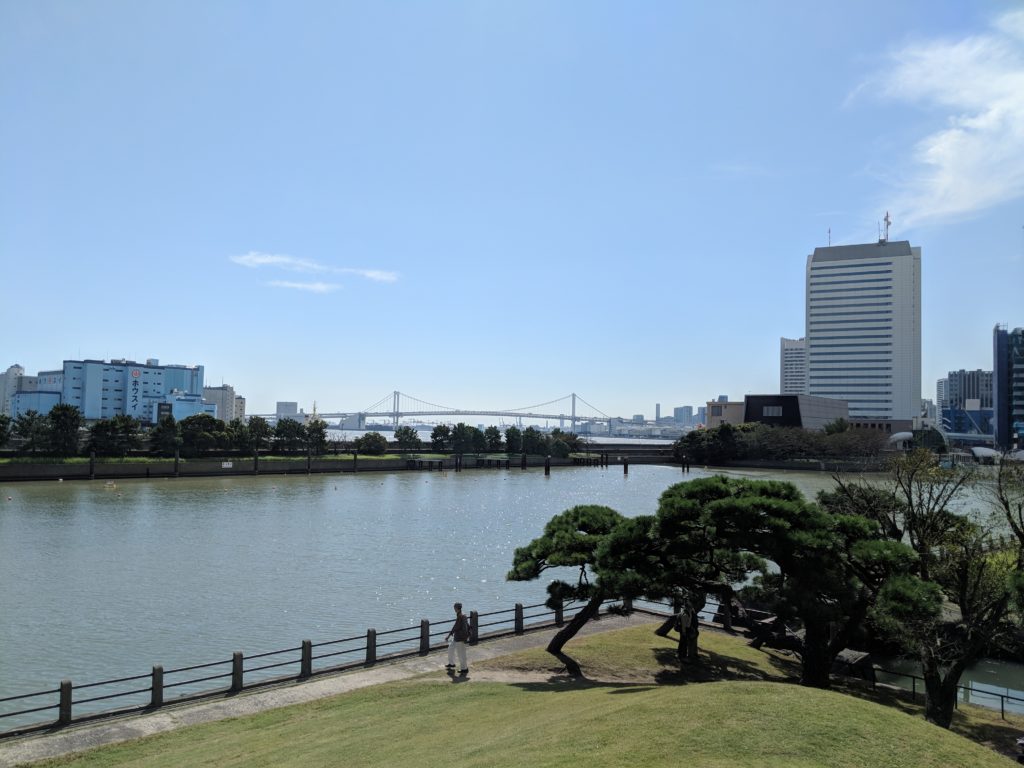
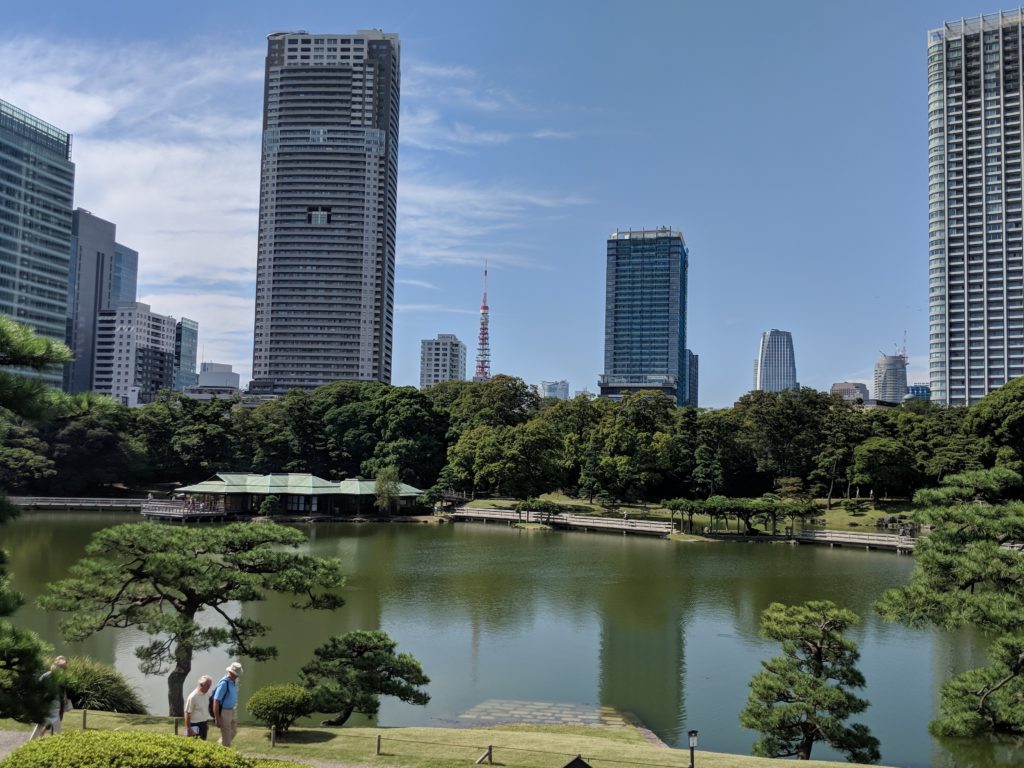
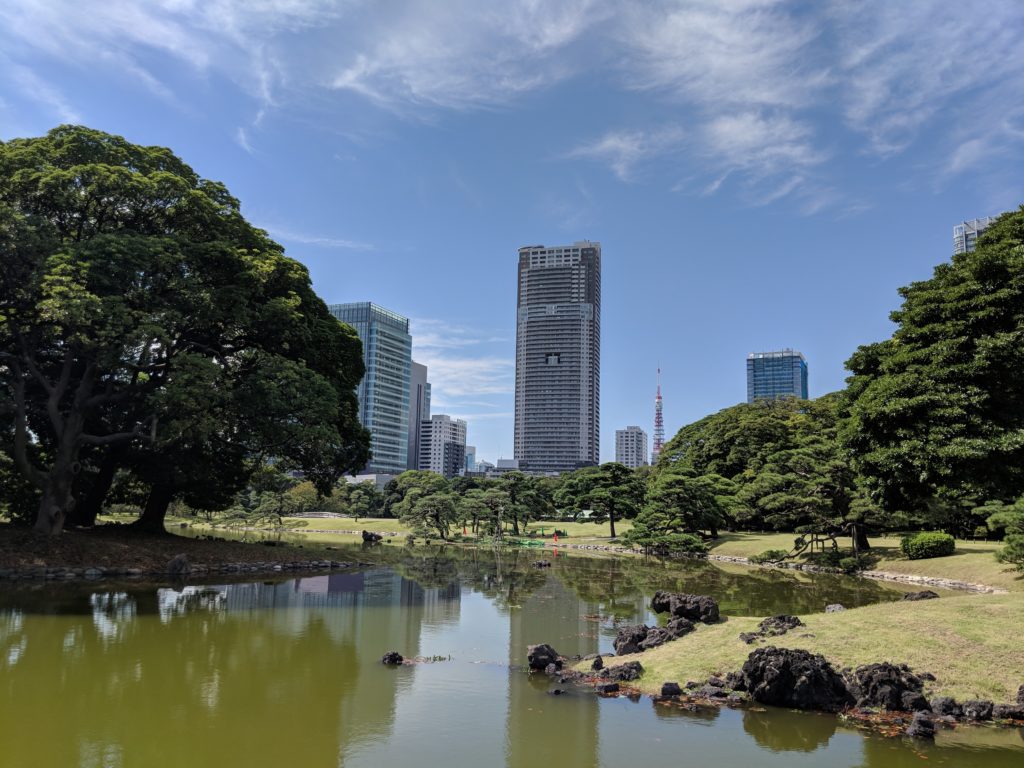
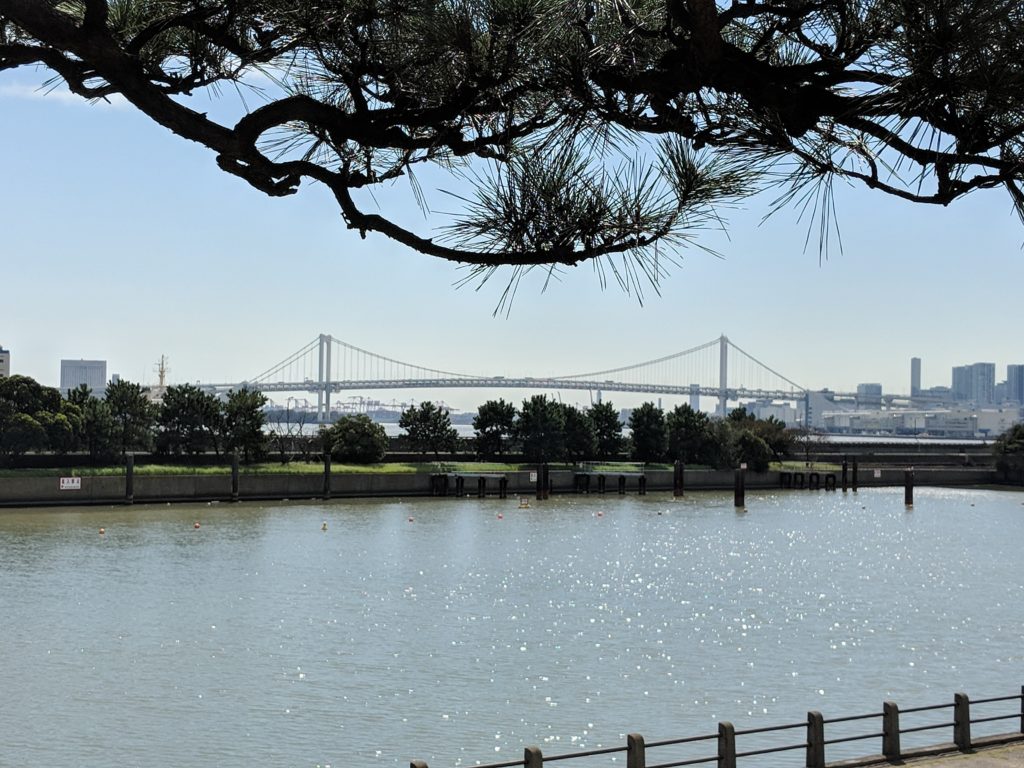
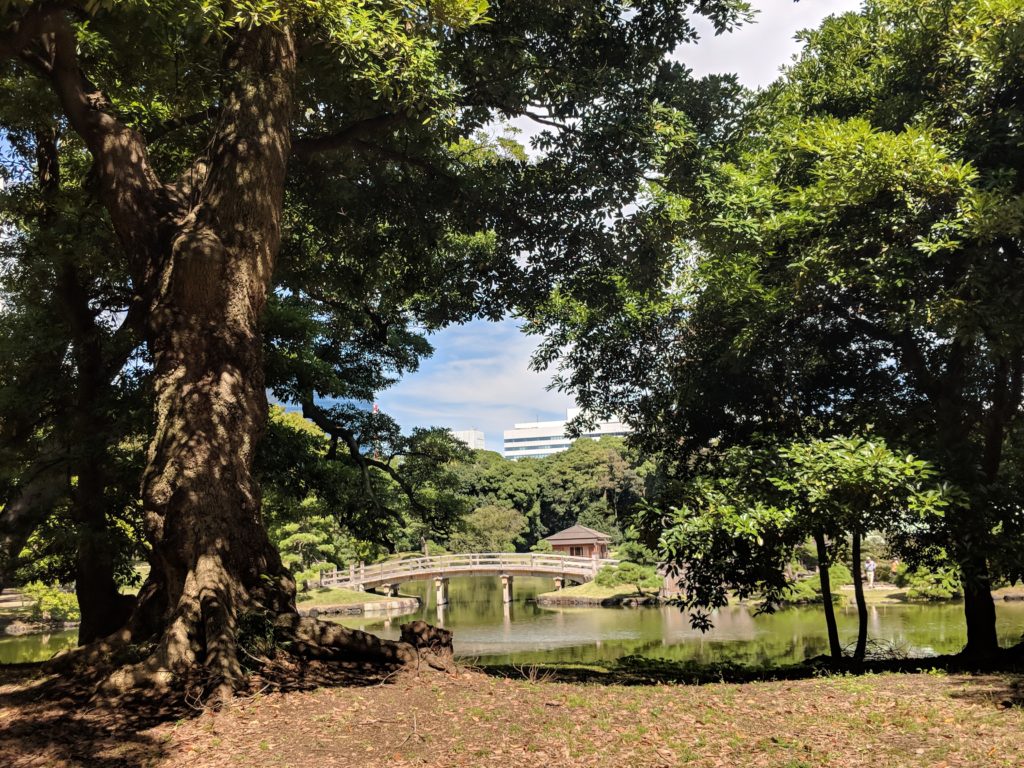
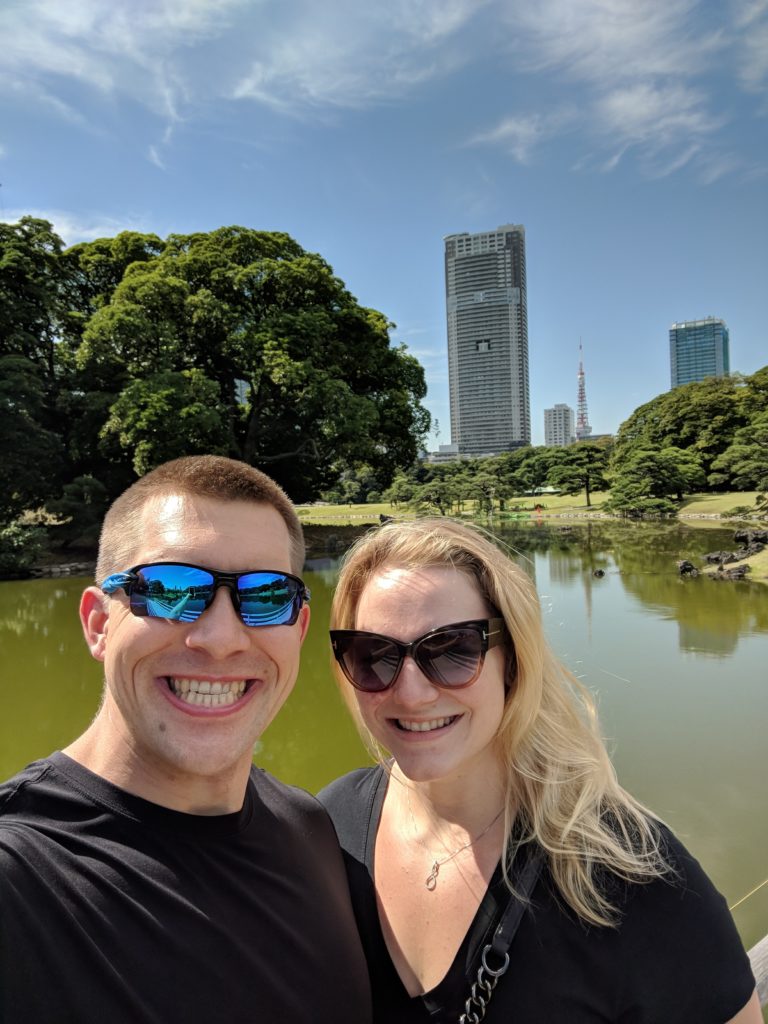
4 responses to “An Eastern Excursion
Our First Trip to Asia”
Very well written. Glad you both enjoyed it as much as you had hoped!
FABULOUS!!
Thank you and thank you for reading!
[…] first stop was Yum Cha, where we visited on our previous trip to Hong Kong. We ate a wider variety of dishes on this visit, but I was happy to order, pose with, and eat the […]